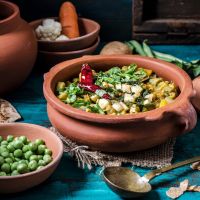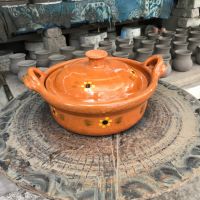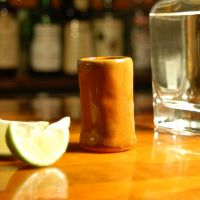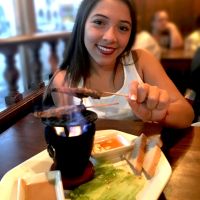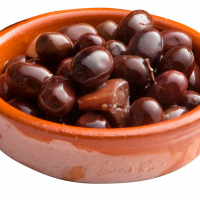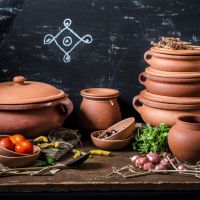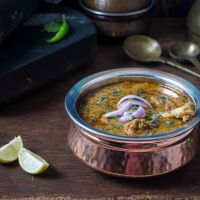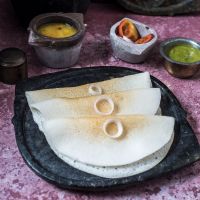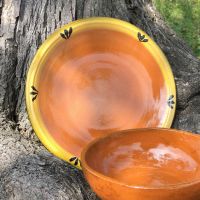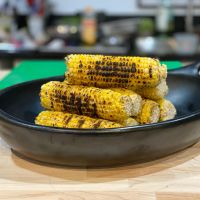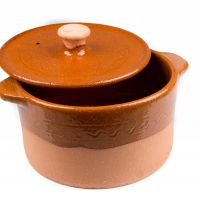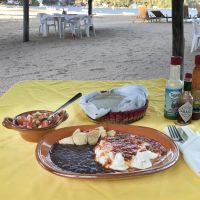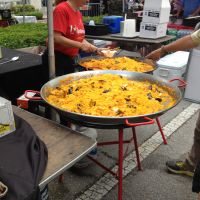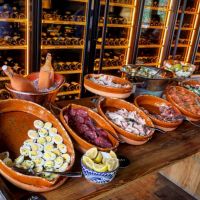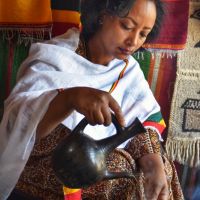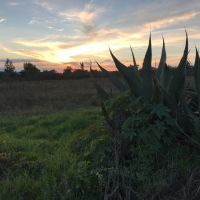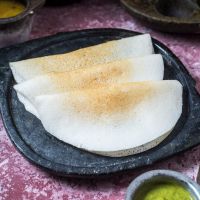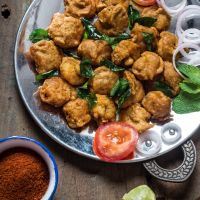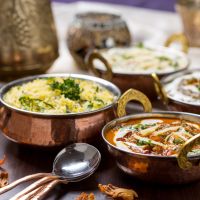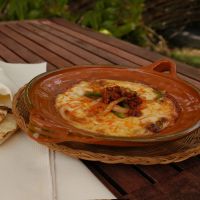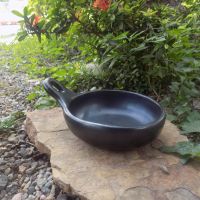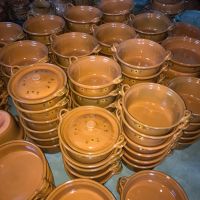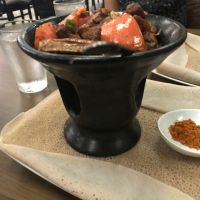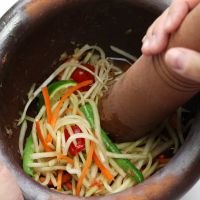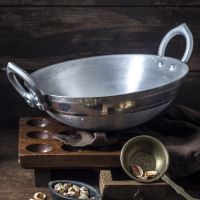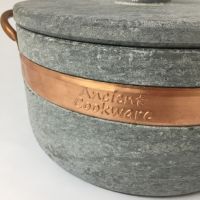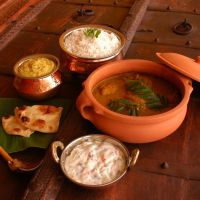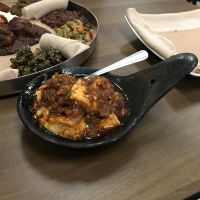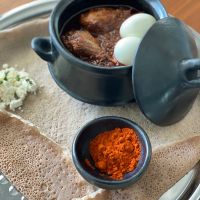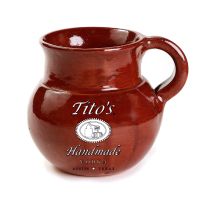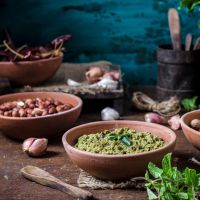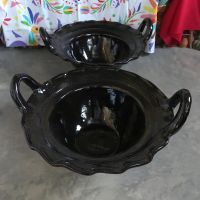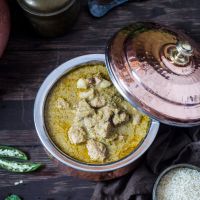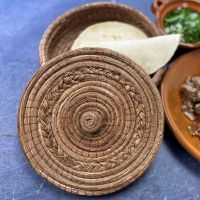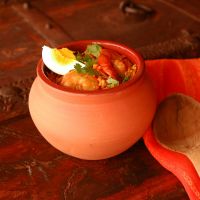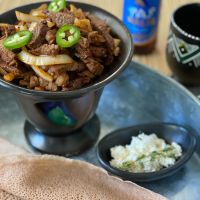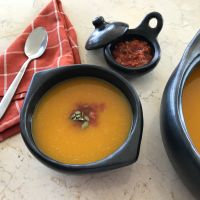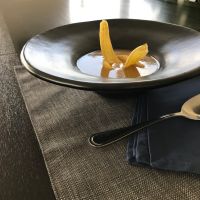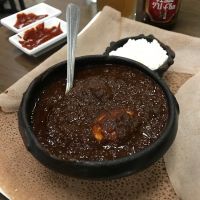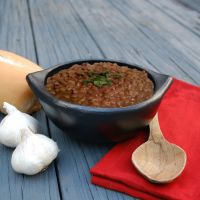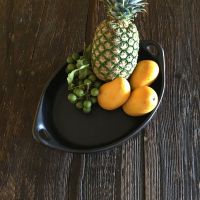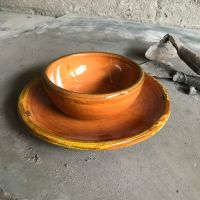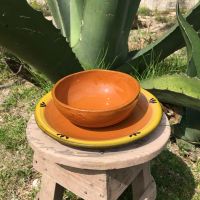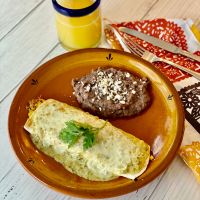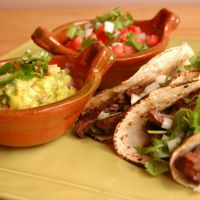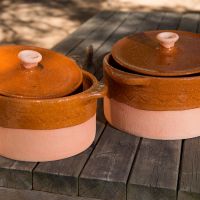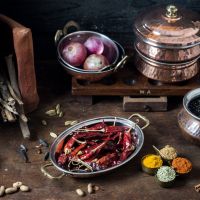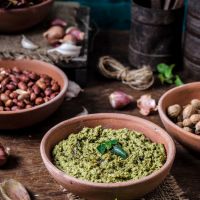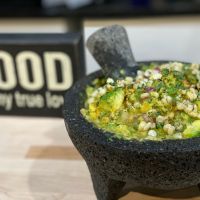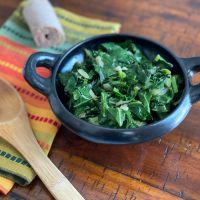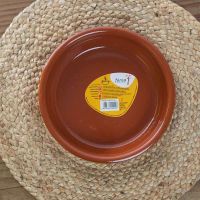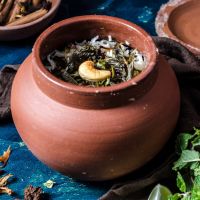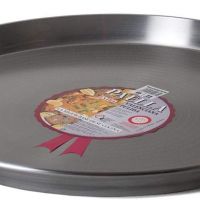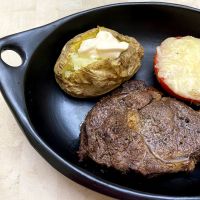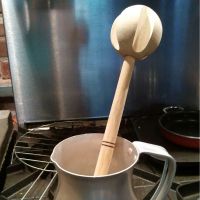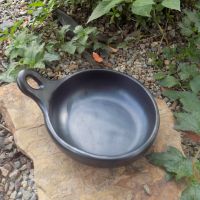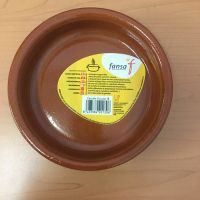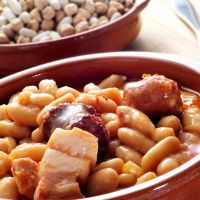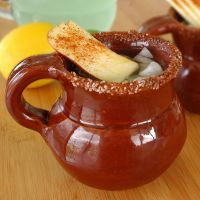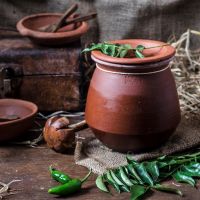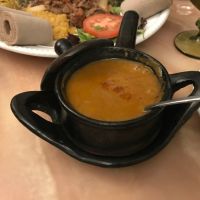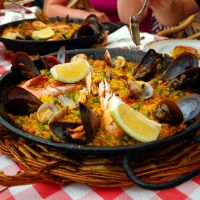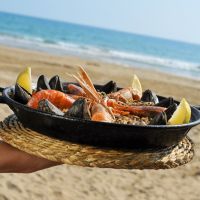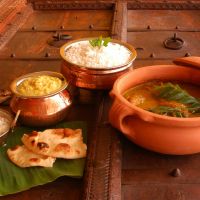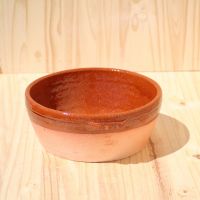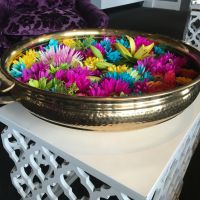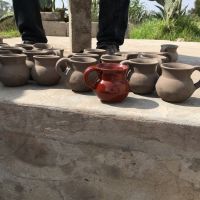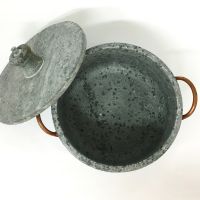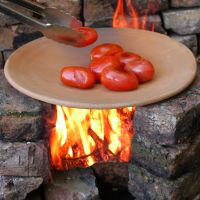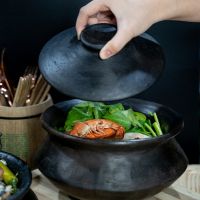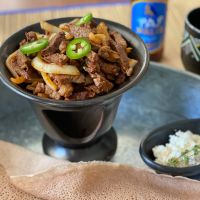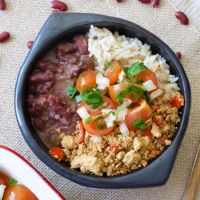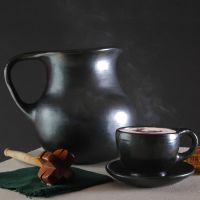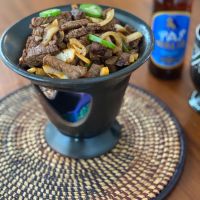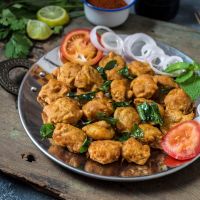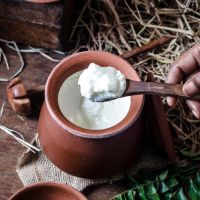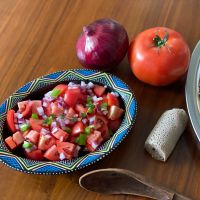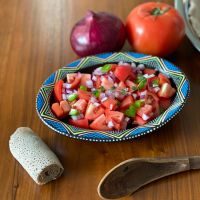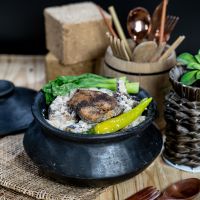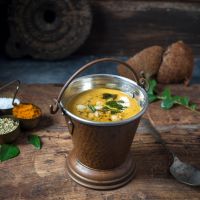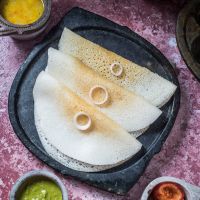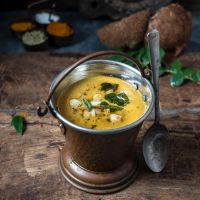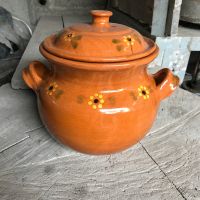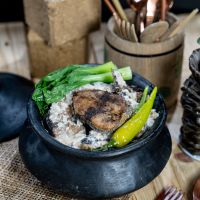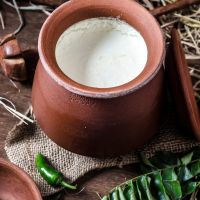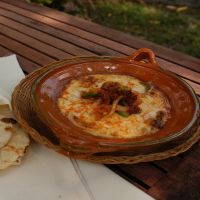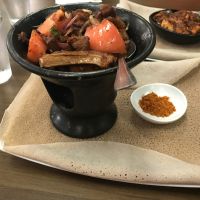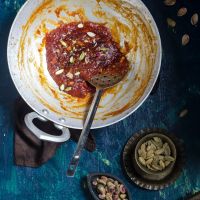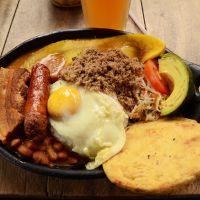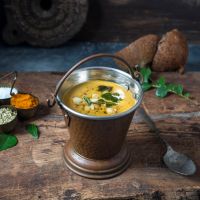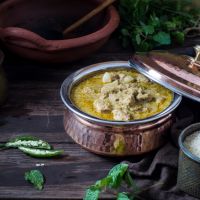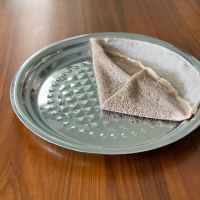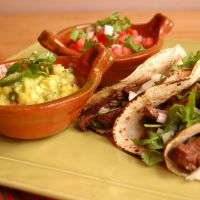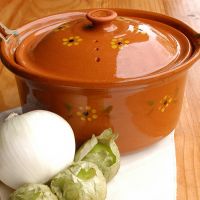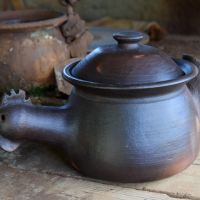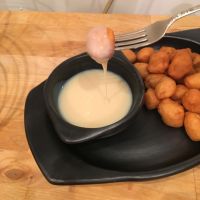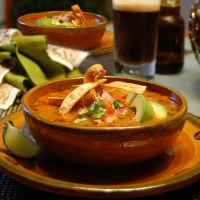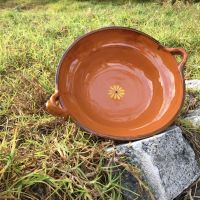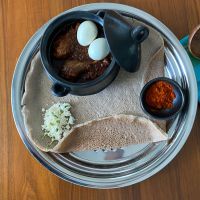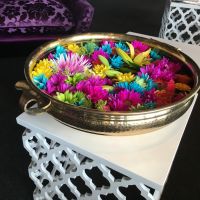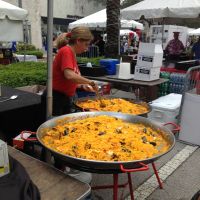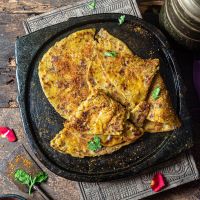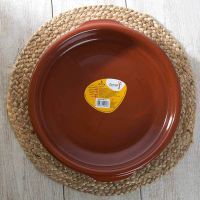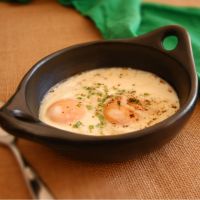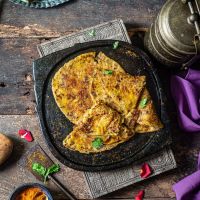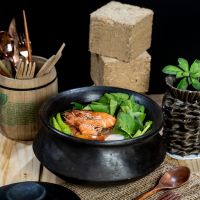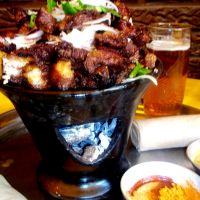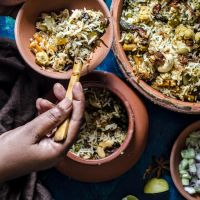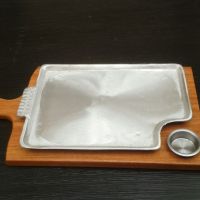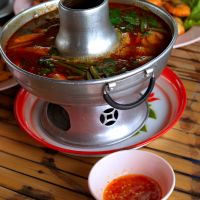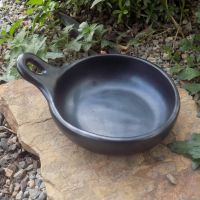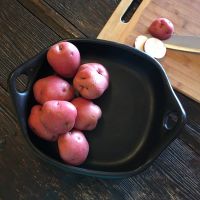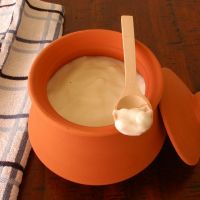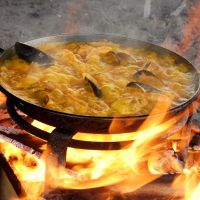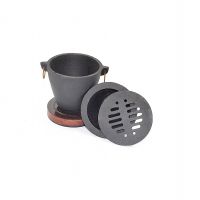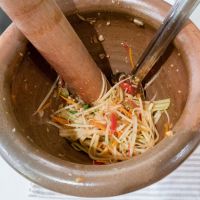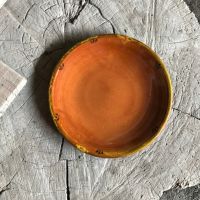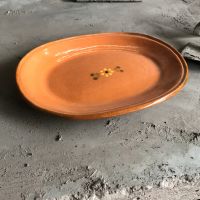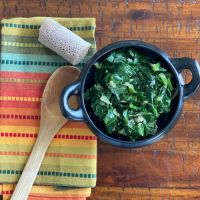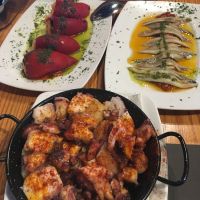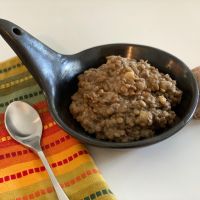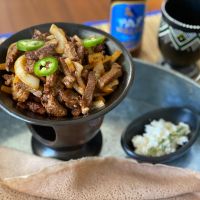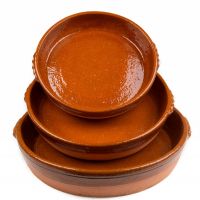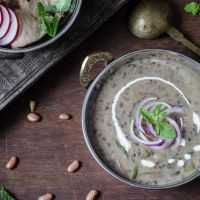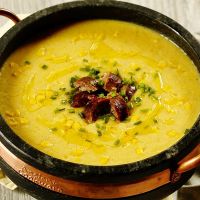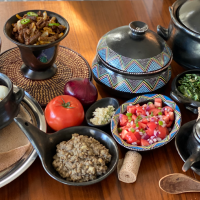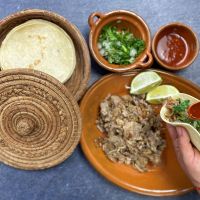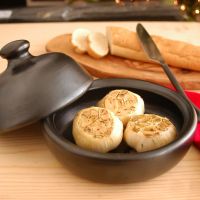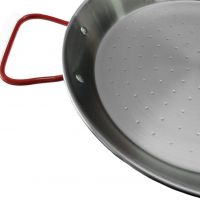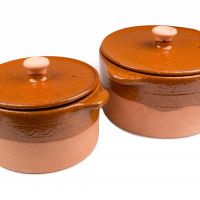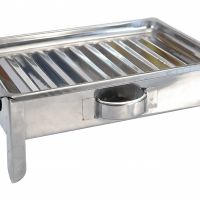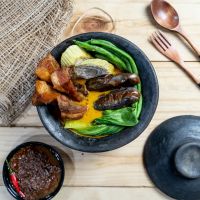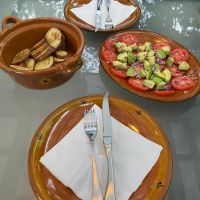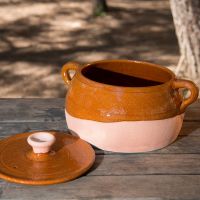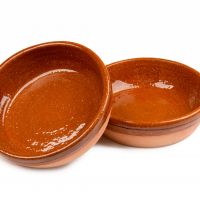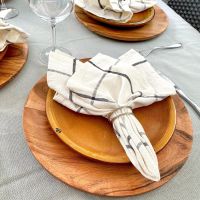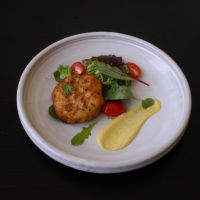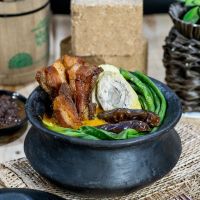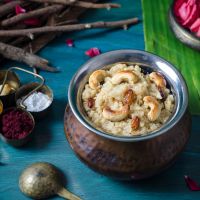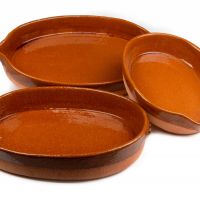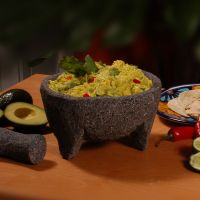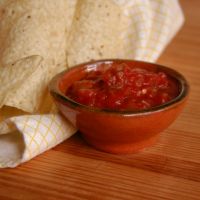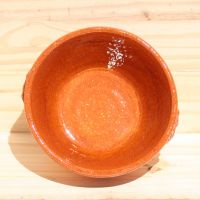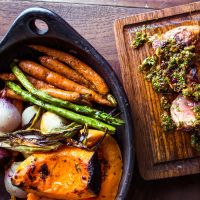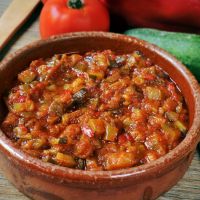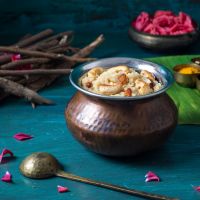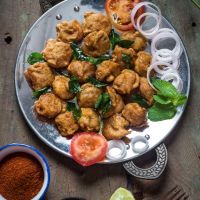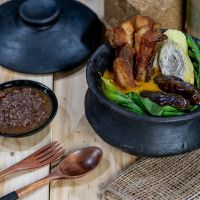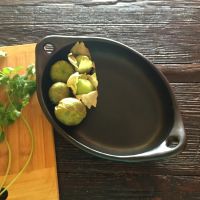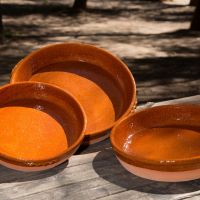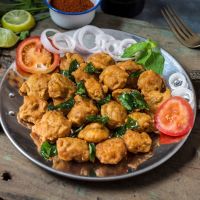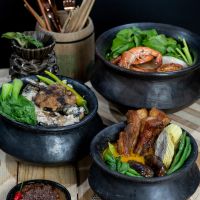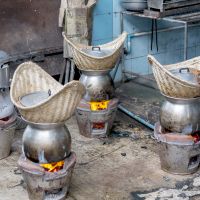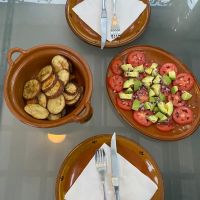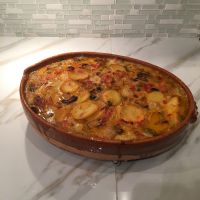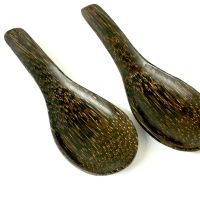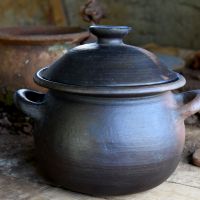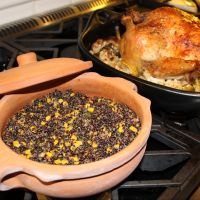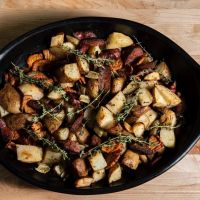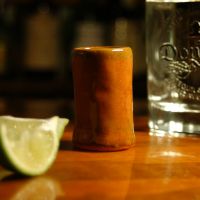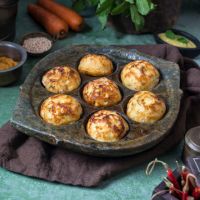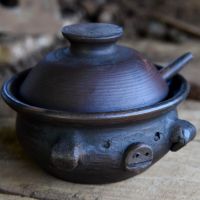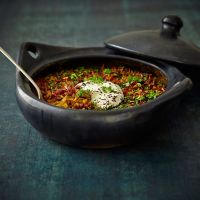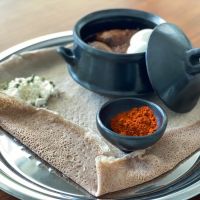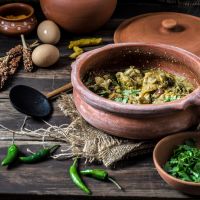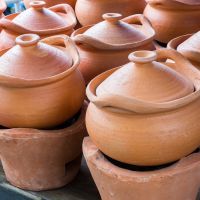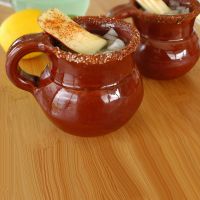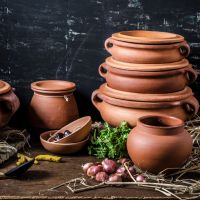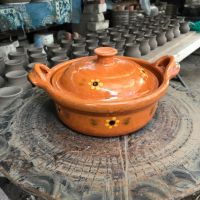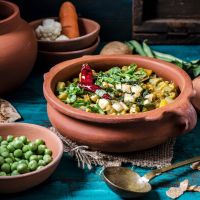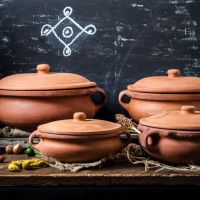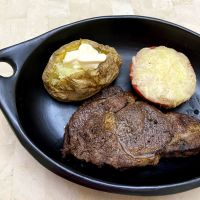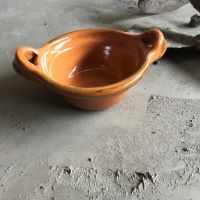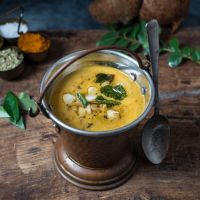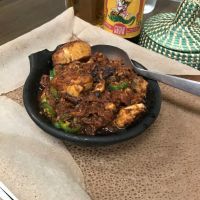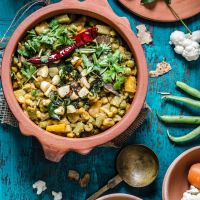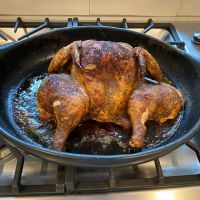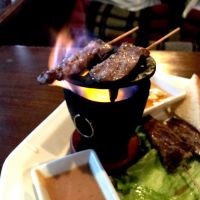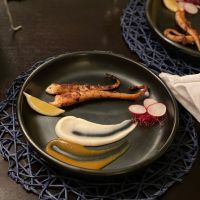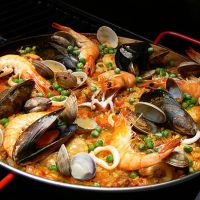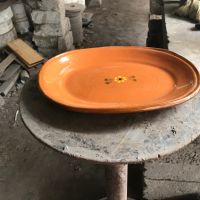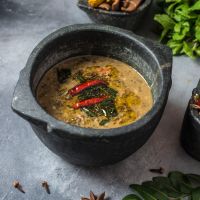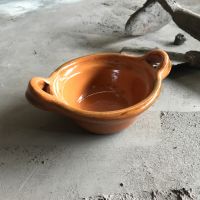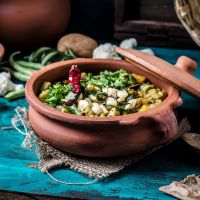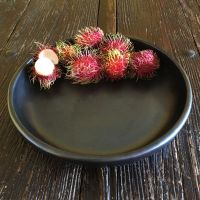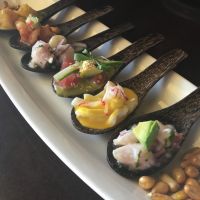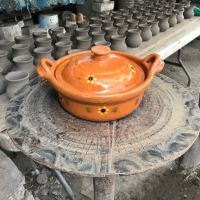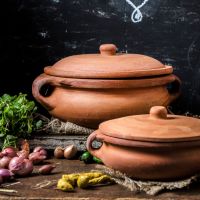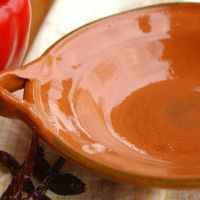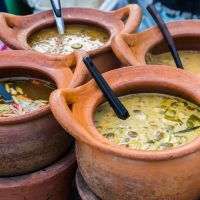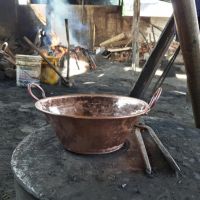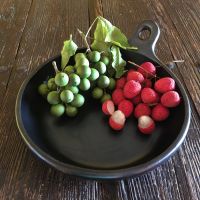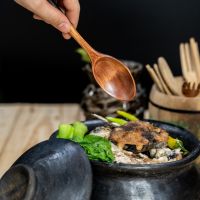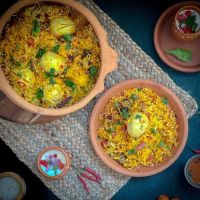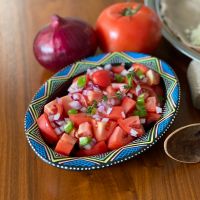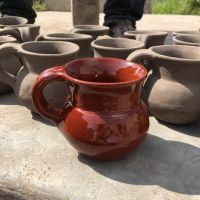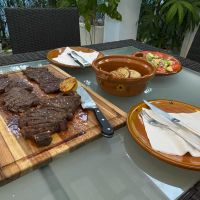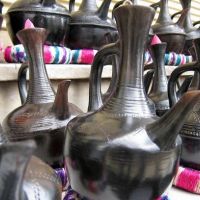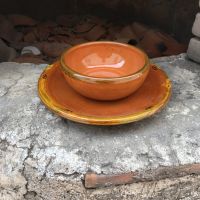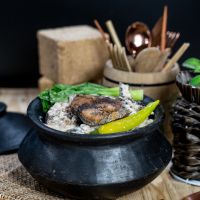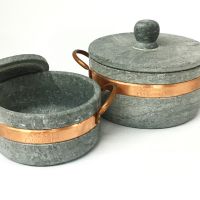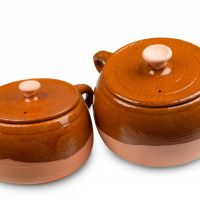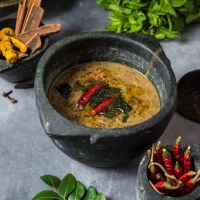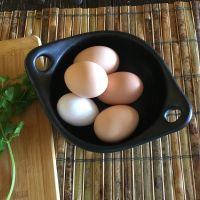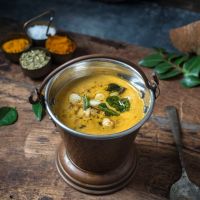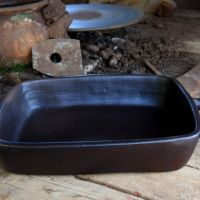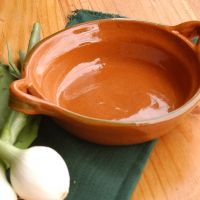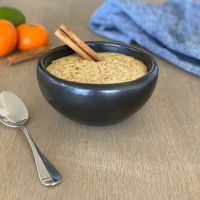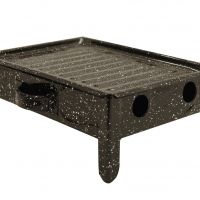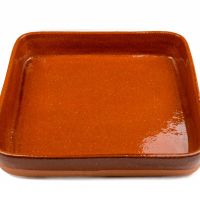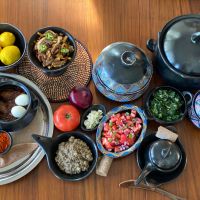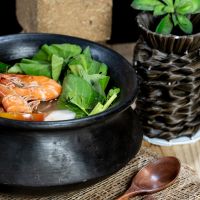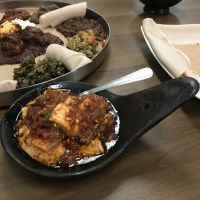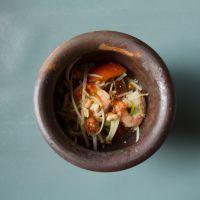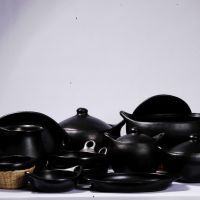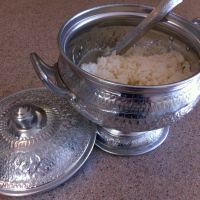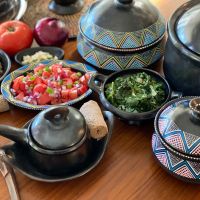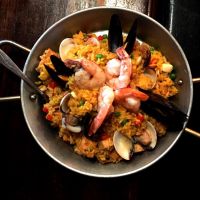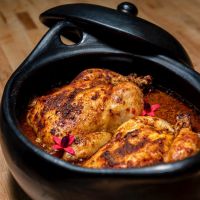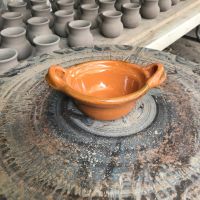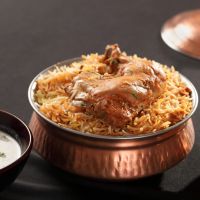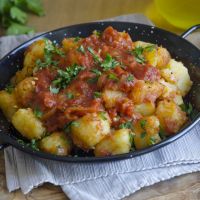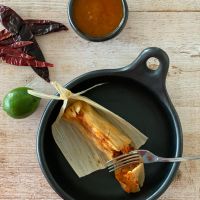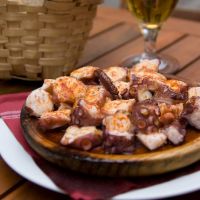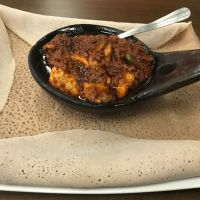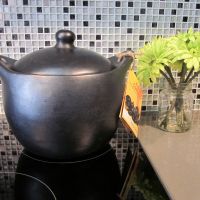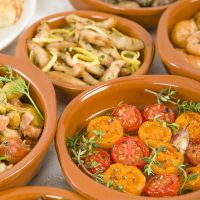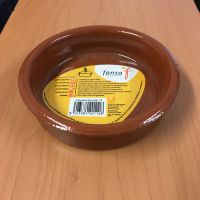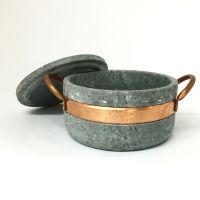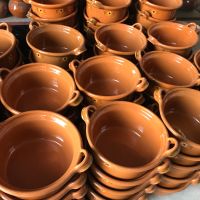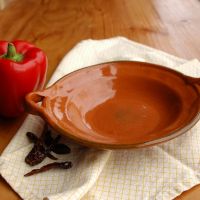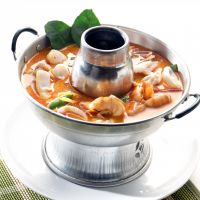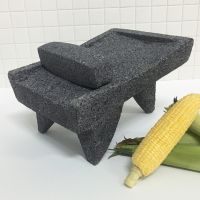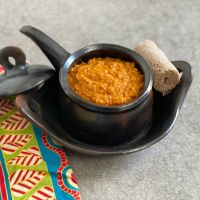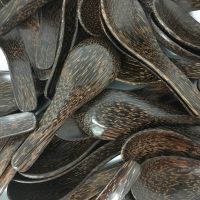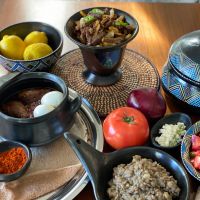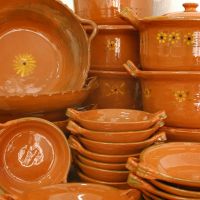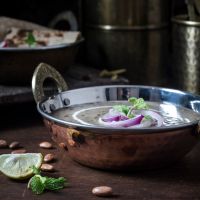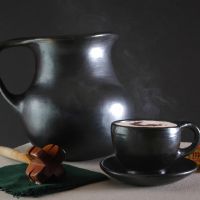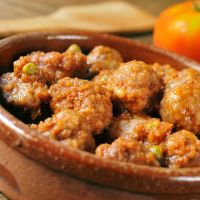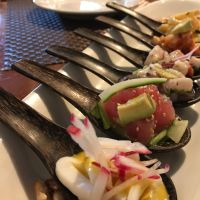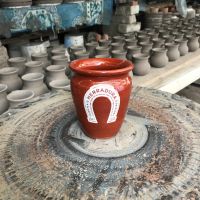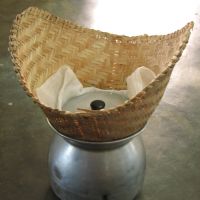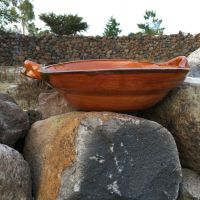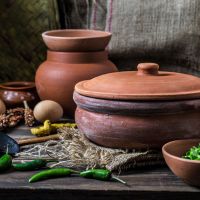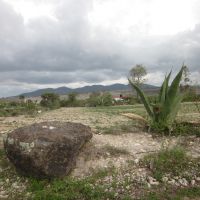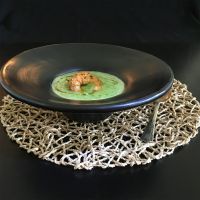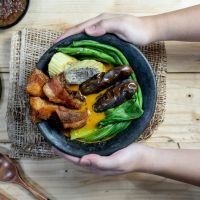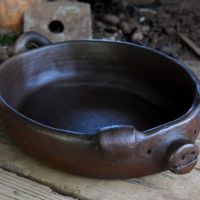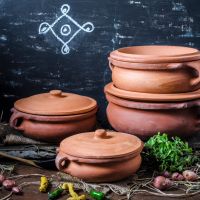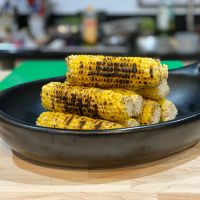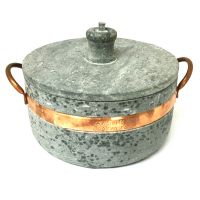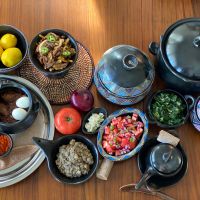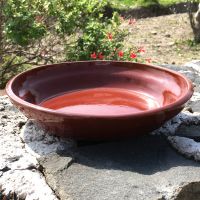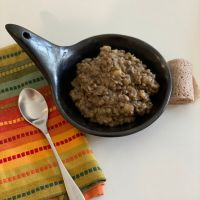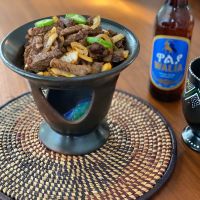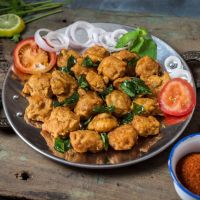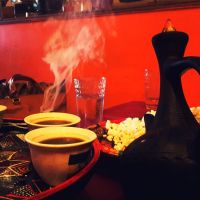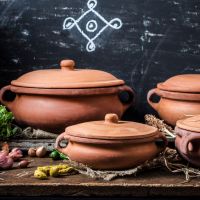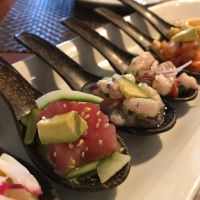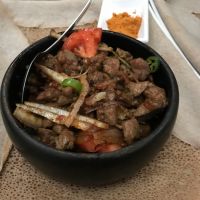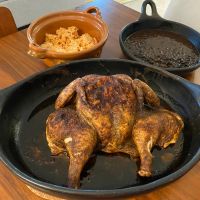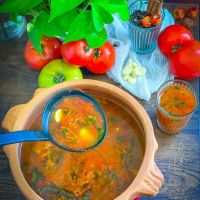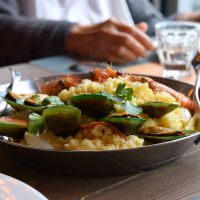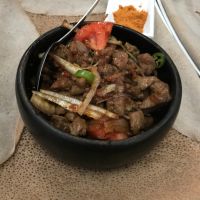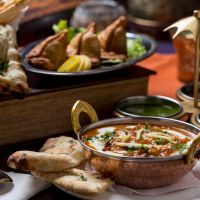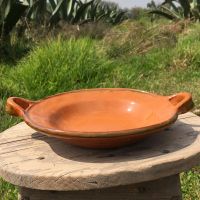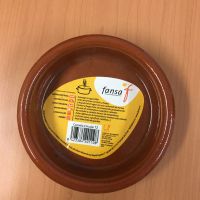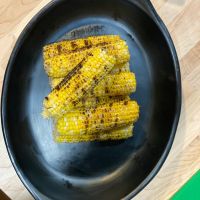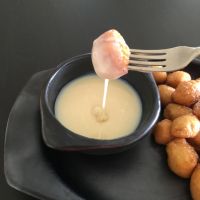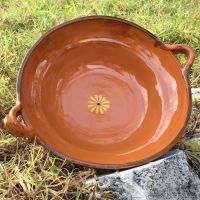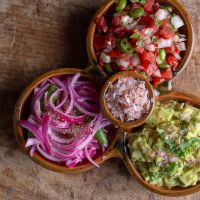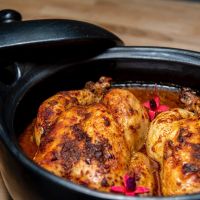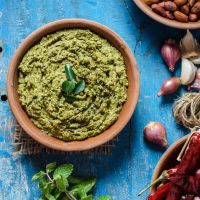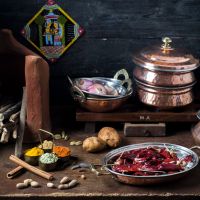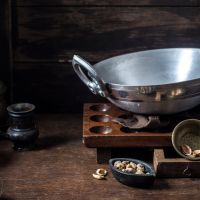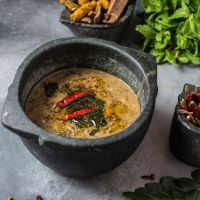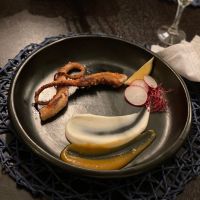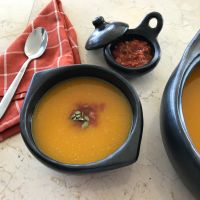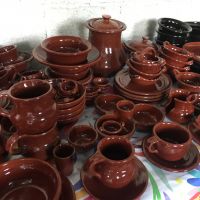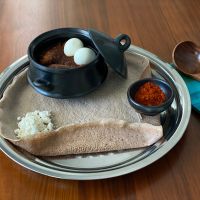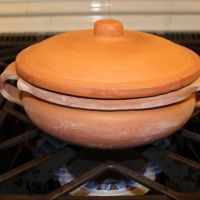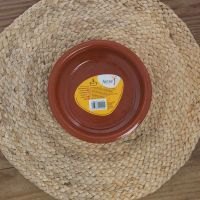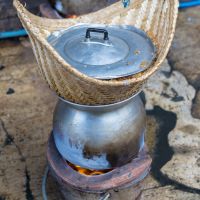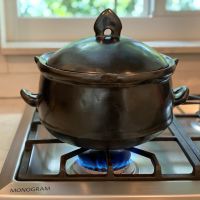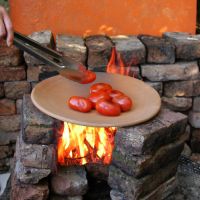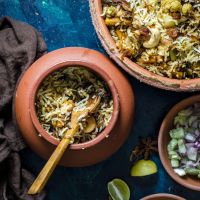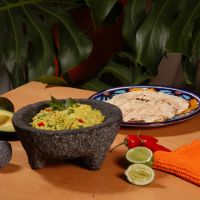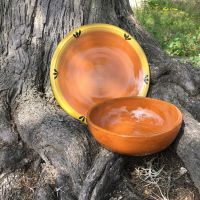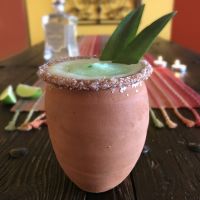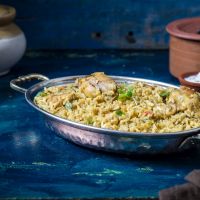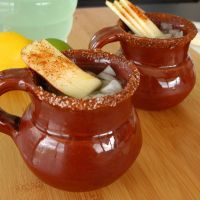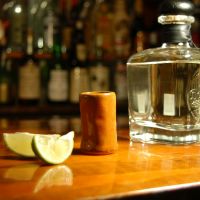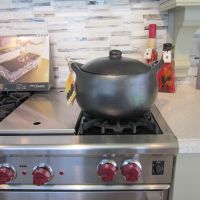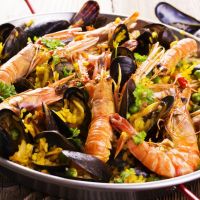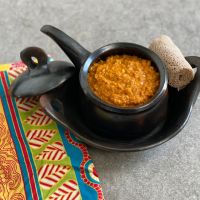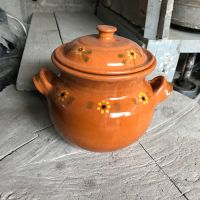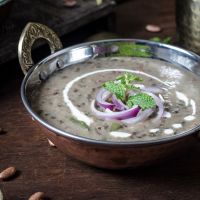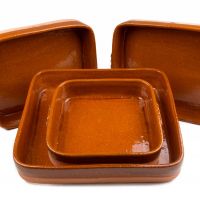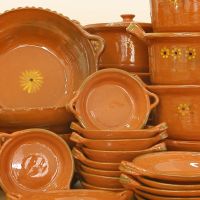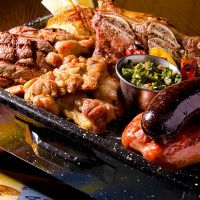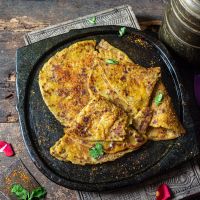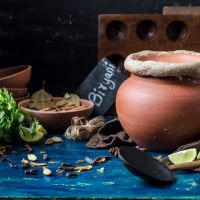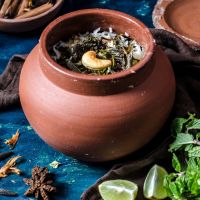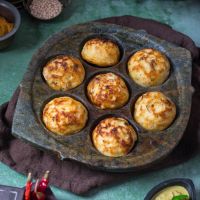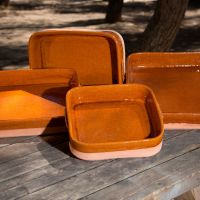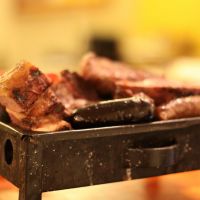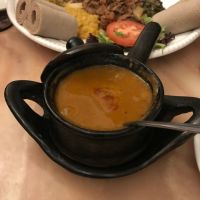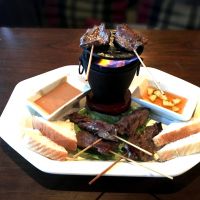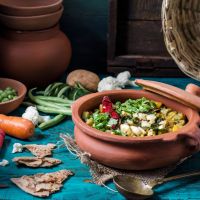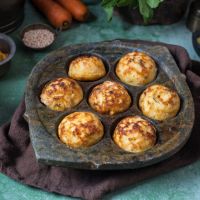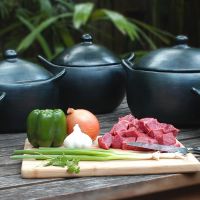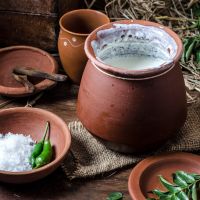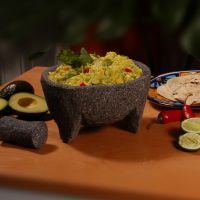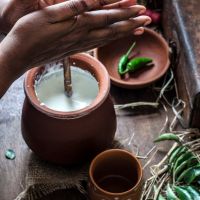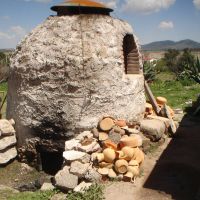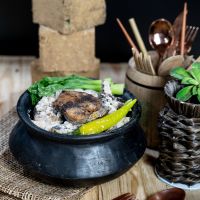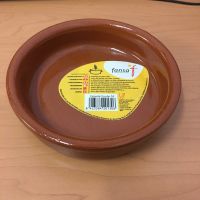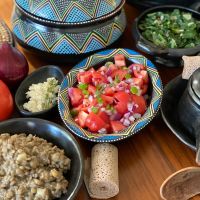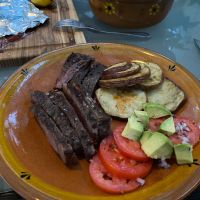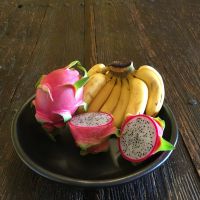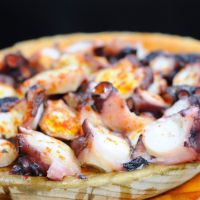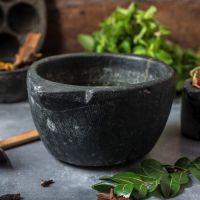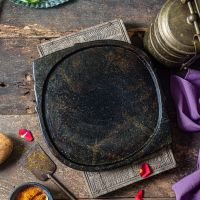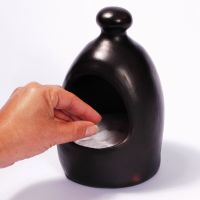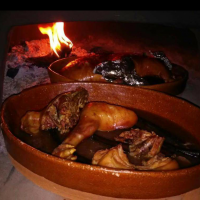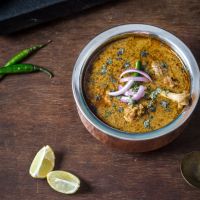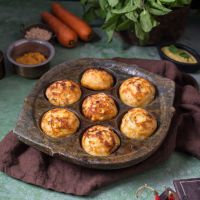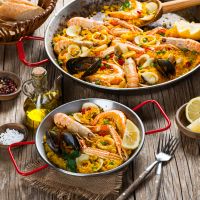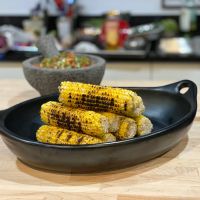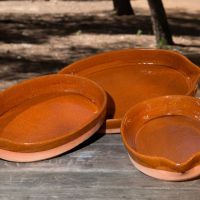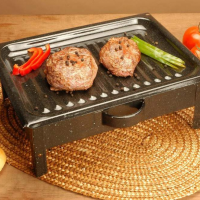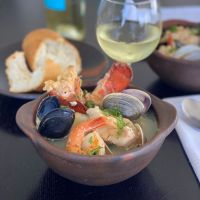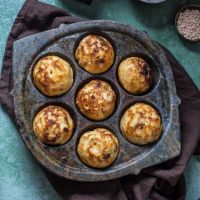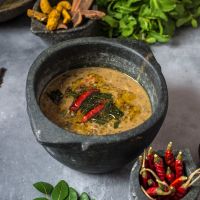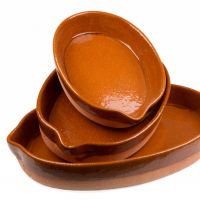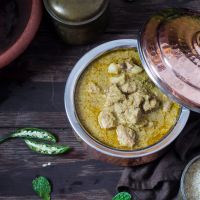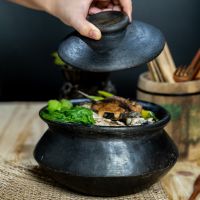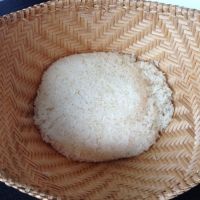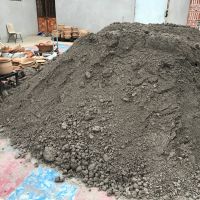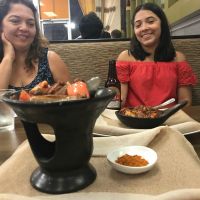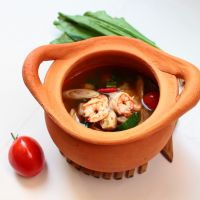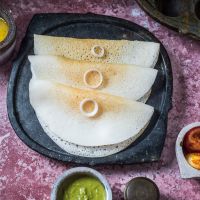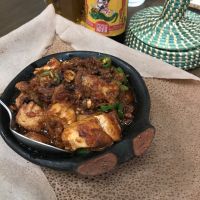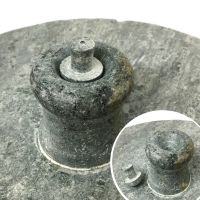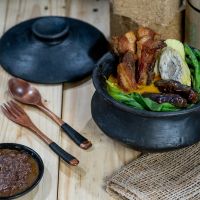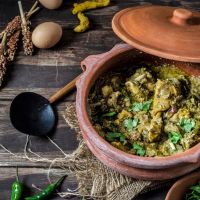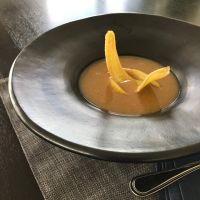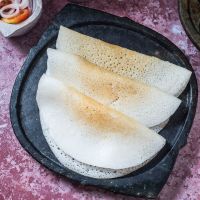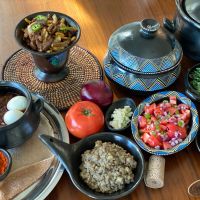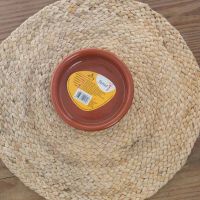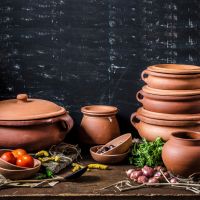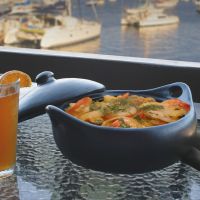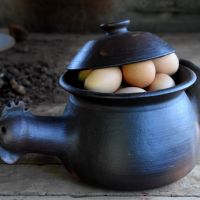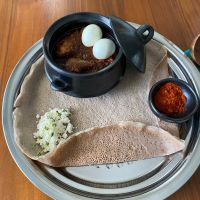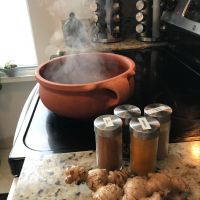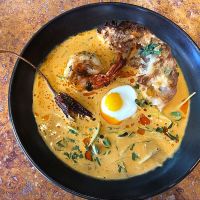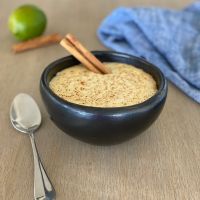-
7 inch currypot Vegetable Dalcha Curry 7 inch currypot Vegetable Dalcha Curry
INDIAN CLAY CURRY POT, is one of our best selling clay pots.

INDIAN CLAY CURRY POT, is one of our best selling clay pots.
-
IMG 5033 IMG 5033
The Mexican Flat Casserole is perfect for the slow cooking of stews.

The Mexican Flat Casserole is perfect for the slow cooking of stews.
- mex 7200 01 01 large mex 7200 01 01 large
-
Mini Hibachi Lifestyle Mini Hibachi Lifestyle
SATAY MINI HIBACHI GRILL, generating a festive mood.

SATAY MINI HIBACHI GRILL, generating a festive mood.
-
fansa cazuela 3
fansa cazuela 3

-
Clay curry Pots Clay curry Pots
INDIAN CLAY CURRY POT, very traditional in Kerala's cooking.

INDIAN CLAY CURRY POT, very traditional in Kerala's cooking.
-
Curry Pots Curry Pots
A BEAUTIFUL SET OF INDIAN COOKWARE, for curry and biryani.

A BEAUTIFUL SET OF INDIAN COOKWARE, for curry and biryani.
-
Copper Handi Copper Handi
INDIAN HAMMERED COPPER HYDERABADI HANDI, enjoy Indian cuisine.

INDIAN HAMMERED COPPER HYDERABADI HANDI, enjoy Indian cuisine.
-
23 Kal Dosa Recipe 23 Kal Dosa Recipe
INDIAN SOAPSTONE TAWA, one of the most versatile kitchen tools.

INDIAN SOAPSTONE TAWA, one of the most versatile kitchen tools.
-
mex 2010 07 02 large mex 2010 07 02 large
Our Mexican Clay Plate, is an excellent way of adding a rustic touch to an elegant table.

Our Mexican Clay Plate, is an excellent way of adding a rustic touch to an elegant table.
-
IMG 1305 IMG 1305
Corn never looked so tempting! BLACK CLAY, LA CHAMBA OVAL SERVING DISH WITH HANDLES.

Corn never looked so tempting! BLACK CLAY, LA CHAMBA OVAL SERVING DISH WITH HANDLES.
-
JBP9281 JBP9281
SPANISH STRAIGHT SIDDED CLAY POT - PERERUELA, enjoy your cazuelas.

SPANISH STRAIGHT SIDDED CLAY POT - PERERUELA, enjoy your cazuelas.
-
mex 3211 12 03 large mex 3211 12 03 large
This oval plate can be used to serve beautiful platters of food.

This oval plate can be used to serve beautiful platters of food.
-
IMG 3001 IMG 3001
GARCIMA PAELLA PAN SETS, imported from Spain.

GARCIMA PAELLA PAN SETS, imported from Spain.
-
chef s table lunch 1024x821 chef s table lunch 1024x821
SPANISH OVAL ROASTING CAZUELA - PERERUELA, roasting meats.

SPANISH OVAL ROASTING CAZUELA - PERERUELA, roasting meats.
-
IMG 3335
IMG 3335

-
IMG01 IMG01
Deep inside Mexico our cazuelas are made by artisans whose craft has been handed down for several generations.

Deep inside Mexico our cazuelas are made by artisans whose craft has been handed down for several generations.
-
25 Soapstone Tawa 25 Soapstone Tawa
INDIAN SOAPSTONE TAWA, one of the most versatile kitchen tools.

INDIAN SOAPSTONE TAWA, one of the most versatile kitchen tools.
-
6 Copper Serving Tawa 6 Copper Serving Tawa
INDIAN HAMMERED COPPER KADAI SERVING DISH, serve like restaurants do.

INDIAN HAMMERED COPPER KADAI SERVING DISH, serve like restaurants do.
-
Dollarphotoclub 49389597 Dollarphotoclub 49389597
INDIAN HAMMERED COPPER KADAI SERVING DISH, serve your curries in style.

INDIAN HAMMERED COPPER KADAI SERVING DISH, serve your curries in style.
-
mex 3015 08 06 large mex 3015 08 06 large
The Mini Flat Cazuela is perfect for making Queso Fundido, or for individual serving sizes.

The Mini Flat Cazuela is perfect for making Queso Fundido, or for individual serving sizes.
-
AdobeStock 196496561 AdobeStock 196496561
WOODEN TAPA PLATE, serving pulpo a la gallega.

WOODEN TAPA PLATE, serving pulpo a la gallega.
-
DSCN2242 DSCN2242
BLACK CLAY, LA CHAMBA ROUND SAUTÉ PAN, handmade with colombian clay.

BLACK CLAY, LA CHAMBA ROUND SAUTÉ PAN, handmade with colombian clay.
-
IMG99 IMG99
A Mexican Clay Cazuela is not only beautiful but also quite sturdy.

A Mexican Clay Cazuela is not only beautiful but also quite sturdy.
-
IMG 3871
IMG 3871

-
Dollarphotoclub 53688585 Dollarphotoclub 53688585
LAOS STYLE MORTAR AND PESTLE, to grind ingredients.

LAOS STYLE MORTAR AND PESTLE, to grind ingredients.
-
ind 3275 01 large ind 3275 01 large
ALUMINUM KADAI, a versatile piece.

ALUMINUM KADAI, a versatile piece.
-
IMG 4851 IMG 4851
BRAZILIAN SOAPSTONE STEW POT, PANELA DE PEDRA-SABÃO, the oldest culinary traditions in Brazil.

BRAZILIAN SOAPSTONE STEW POT, PANELA DE PEDRA-SABÃO, the oldest culinary traditions in Brazil.
-
DSC 0334 DSC 0334
INDIAN CLAY CURRY POT, serving curry.

INDIAN CLAY CURRY POT, serving curry.
-
IMG 4820
IMG 4820

-
IMG 4033
IMG 4033

-
titos jarritos titos jarritos
Our hand-made Mexican Jarrito is not just for hot beverages, but great for cold ones as well, like Jarrito Loco.

Our hand-made Mexican Jarrito is not just for hot beverages, but great for cold ones as well, like Jarrito Loco.
-
Peanut chutney Peanut chutney
INDIAN CLAY BOWL - SMALL, ideal to serve chutneys.

INDIAN CLAY BOWL - SMALL, ideal to serve chutneys.
-
IMG 4994 IMG 4994
If you need to make mole for A LOT of people, this is your pot.

If you need to make mole for A LOT of people, this is your pot.
-
Chettinadu Lamb Curry Chettinadu Lamb Curry
INDIAN HAMMERED COPPER HYDERABADI HANDI WITH LID, serving curry.

INDIAN HAMMERED COPPER HYDERABADI HANDI WITH LID, serving curry.
-
Mexican Pine Needle Tortilla Basket Mexican Pine Needle Tortilla Basket
A Mexican Tortilla Basket made of Hand-Woven Pine Needle (ocoxal)

A Mexican Tortilla Basket made of Hand-Woven Pine Needle (ocoxal)
-
ind 2091 03 large
ind 2091 03 large

-
IMG 4072
IMG 4072

-
Soup Soup
Black Clay, La Chamba traditional soup bowl servind pumpkin soup.

Black Clay, La Chamba traditional soup bowl servind pumpkin soup.
-
IMG 2306 IMG 2306
A modern look by BLACK CLAY, LA CHAMBA BROADRIMMED BOWL.

A modern look by BLACK CLAY, LA CHAMBA BROADRIMMED BOWL.
-
IMG 9410
IMG 9410

-
Lentils Lentils
Lentils soup served in Black Clay, La Chamba Traditional Soup Bowl.

Lentils soup served in Black Clay, La Chamba Traditional Soup Bowl.
-
col 3010 6 large col 3010 6 large
Black Clay, La Chamba Oval Serving Dish with handles serving fruits.

Black Clay, La Chamba Oval Serving Dish with handles serving fruits.
-
IMG 5054 IMG 5054
The natural terracotta clay color is combined with a translucent green rim.

The natural terracotta clay color is combined with a translucent green rim.
-
IMG 0498 IMG 0498
The bowl is made of extra thin clay which makes it very durable.

The bowl is made of extra thin clay which makes it very durable.
-
IMG 4972 IMG 4972
Our hand-made, 10 inches Mexican Clay Plate, is an excellent way of adding a rustic touch to an elegant table.

Our hand-made, 10 inches Mexican Clay Plate, is an excellent way of adding a rustic touch to an elegant table.
-
Tiny Cazuela 4 Tiny Cazuela 4
Its beautiful terra cotta or dark glazed finish make a great presentation.

Its beautiful terra cotta or dark glazed finish make a great presentation.
-
JBP0631 JBP0631
SPANISH STRAIGHT SIDDED CLAY POT - PERERUELA, enjoy your cazuelas.

SPANISH STRAIGHT SIDDED CLAY POT - PERERUELA, enjoy your cazuelas.
-
wide angle shot 1 wide angle shot 1
INDIAN HAMMERED COPPER MUGHLAI RICE SERVER, adding beauty.

INDIAN HAMMERED COPPER MUGHLAI RICE SERVER, adding beauty.
-
Peanut Mint chutney Peanut Mint chutney
INDIAN CLAY BOWL - SMALL, ideal to serve chutneys.

INDIAN CLAY BOWL - SMALL, ideal to serve chutneys.
-
IMG 1310 IMG 1310
The Molcajetes we carry are completely hand-carved by our artisans in Mexico from a single block of the best quality basalt volcanic rock.

The Molcajetes we carry are completely hand-carved by our artisans in Mexico from a single block of the best quality basalt volcanic rock.
-
IMG 4044
IMG 4044

-
fansa cazuelas 21cm 12126.1411072676.1000.1000
fansa cazuelas 21cm 12126.1411072676.1000.1000

-
ind 2091 04 large
ind 2091 04 large

-
610baxA4ysL. AC SL1181 610baxA4ysL. AC SL1181
GARCIMA STAINLESS STEEL PAELLA PAN, made from high-quality 18/8 stainless steel.

GARCIMA STAINLESS STEEL PAELLA PAN, made from high-quality 18/8 stainless steel.
-
IMG 5967 IMG 5967
Black Clay, La Chamba Oval Serving Dish with steak and potatoes.

Black Clay, La Chamba Oval Serving Dish with steak and potatoes.
-
col 7062 1 large col 7062 1 large
Traditional chocolate with COLOMBIAN MOLINILLO.

Traditional chocolate with COLOMBIAN MOLINILLO.
-
DSCN2245 DSCN2245
BLACK CLAY, LA CHAMBA ROUND SAUTÉ PAN, handmade with colombian clay.

BLACK CLAY, LA CHAMBA ROUND SAUTÉ PAN, handmade with colombian clay.
-
IMG 8637
IMG 8637

-
AdobeStock 49278753
AdobeStock 49278753

-
mex 7019 04 red 04 large mex 7019 04 red 04 large
The clay keep the heat or cold temperature for a long time, and nothing like sipping hot Mexican chocolate with it.

The clay keep the heat or cold temperature for a long time, and nothing like sipping hot Mexican chocolate with it.
-
Curd in a Pot Curd in a Pot
INDIAN CLAY YOGURT POT, made from pure natural clay.

INDIAN CLAY YOGURT POT, made from pure natural clay.
-
IMG 3036
IMG 3036

-
AdobeStock 4973705 AdobeStock 4973705
GARCIMA ENAMELED PAELLA PAN, perfect for making and serving delicious paella.

GARCIMA ENAMELED PAELLA PAN, perfect for making and serving delicious paella.
-
AdobeStock 70965316 AdobeStock 70965316
GARCIMA ENAMELED PAELLA PAN, perfect for making and serving delicious paella.

GARCIMA ENAMELED PAELLA PAN, perfect for making and serving delicious paella.
-
DSC 0324 DSC 0324
INDIAN CLAY CURRY POT, serving curry.

INDIAN CLAY CURRY POT, serving curry.
-
spanish cazuela 1 spanish cazuela 1
SPANISH PAELLA CAZUELA - PERERUELA, mainly used for making paellas and other rice dishes.

SPANISH PAELLA CAZUELA - PERERUELA, mainly used for making paellas and other rice dishes.
-
IMG 8685
IMG 8685

-
IMG 0507 IMG 0507
The clay keeps the heat or cold temperature for a long time, and nothing like sipping hot Mexican chocolate with it.

The clay keeps the heat or cold temperature for a long time, and nothing like sipping hot Mexican chocolate with it.
-
brz 1768 6 large brz 1768 6 large
BRAZILIAN SOAPSTONE SEMI-PRESSURE COOKER, PANELA DE PEDRA-SABÃO, great for making beans.

BRAZILIAN SOAPSTONE SEMI-PRESSURE COOKER, PANELA DE PEDRA-SABÃO, great for making beans.
-
mex 7463 14 05 large mex 7463 14 05 large
These are authentic clay Comals made with natural untreated clay (comal de barro).

These are authentic clay Comals made with natural untreated clay (comal de barro).
-
DSC1179 DSC1179
PALAYOK - FILIPINO CLAY POT, a handcrafted work of art.
-
IMG 4069
IMG 4069

-
IMG 4872 IMG 4872
Cazuela de frijoles served in Black Clay, La Chamba Traditional Soup Bowl.

Cazuela de frijoles served in Black Clay, La Chamba Traditional Soup Bowl.
-
col 7038 3 large col 7038 3 large
Hot Chocolate with BLACK CLAY, LA CHAMBA CLAY PITCHER.

Hot Chocolate with BLACK CLAY, LA CHAMBA CLAY PITCHER.
-
IMG 4077
IMG 4077

-
8 Prawn Pakora 8 Prawn Pakora
INDIAN HAMMERED COPPER KADAI SERVING DISH, serve like restaurants do.

INDIAN HAMMERED COPPER KADAI SERVING DISH, serve like restaurants do.
- Curd Curd
-
IMG 4036
IMG 4036

-
IMG 4042
IMG 4042

-
DSC1156 DSC1156
PALAYOK - FILIPINO CLAY POT, a handcrafted work of art.

PALAYOK - FILIPINO CLAY POT, a handcrafted work of art.
-
col 7109 1 large col 7109 1 large
BLACK CLAY, LA CHAMBA ESPRESSO CUP, serving Colombian Coffee.

BLACK CLAY, LA CHAMBA ESPRESSO CUP, serving Colombian Coffee.
-
4 Poondu Kuzhambu
4 Poondu Kuzhambu

-
24 Rice Lentil Pancakes 24 Rice Lentil Pancakes
INDIAN SOAPSTONE TAWA, one of the most versatile kitchen tools.

INDIAN SOAPSTONE TAWA, one of the most versatile kitchen tools.
-
2 Curry served in a copper bucket
2 Curry served in a copper bucket

-
IMG 5025 IMG 5025
These hand-made bean pots are excellent for making beans.

These hand-made bean pots are excellent for making beans.
-
DSC1158 DSC1158
PALAYOK - FILIPINO CLAY POT, a handcrafted work of art.

PALAYOK - FILIPINO CLAY POT, a handcrafted work of art.
-
Curd Clay Pot Curd Clay Pot
INDIAN CLAY YOGURT POT, made from pure natural clay.

INDIAN CLAY YOGURT POT, made from pure natural clay.
-
mex 3015 08 04 large mex 3015 08 04 large
The Mini Flat Cazuela is perfect for making Queso Fundido, or for individual serving sizes.

The Mini Flat Cazuela is perfect for making Queso Fundido, or for individual serving sizes.
-
IMG 3870
IMG 3870

-
Sweet Tomato Halwa Sweet Tomato Halwa
ALUMINUM KADAI, a versatile piece.

ALUMINUM KADAI, a versatile piece.
-
8580633113 053455f662 k 1 8580633113 053455f662 k 1
Bandeja Paisa served in Black Clay, La Chamba Oval Serving Dish.

Bandeja Paisa served in Black Clay, La Chamba Oval Serving Dish.
-
5 South Indian style Garlic Curry
5 South Indian style Garlic Curry

-
Chettinadu Style Mutton Curry Chettinadu Style Mutton Curry
INDIAN HAMMERED COPPER HYDERABADI HANDI WITH LID, serving curry.

INDIAN HAMMERED COPPER HYDERABADI HANDI WITH LID, serving curry.
-
IMG 4024
IMG 4024

-
IMG 3142 IMG 3142
Roasting chicken in BLACK CLAY, LA CHAMBA OVAL CASSEROLE.

Roasting chicken in BLACK CLAY, LA CHAMBA OVAL CASSEROLE.
-
DSC 0220 DSC 0220
The Tiny Cazuela is a super miniature of a normal Mexican Cazuela, and great for serving accompaniments on any dish.

The Tiny Cazuela is a super miniature of a normal Mexican Cazuela, and great for serving accompaniments on any dish.
-
mex 3030 10 5 large mex 3030 10 5 large
This Lidded Cazuela is great for making soups, stews, and other casserole-style dishes.

This Lidded Cazuela is great for making soups, stews, and other casserole-style dishes.
-
5427 5427
The gen-looking pot is ideal for storing eggs.

The gen-looking pot is ideal for storing eggs.
-
IMG 42847 IMG 42847
Black Clay, La Chamba Oval Serving Dish as an appetizer plate.

Black Clay, La Chamba Oval Serving Dish as an appetizer plate.
-
Bowl 1 Bowl 1
Our hand-made Mexican clay Soup bowl is an excellent way of adding a rustic touch to an elegant table.

Our hand-made Mexican clay Soup bowl is an excellent way of adding a rustic touch to an elegant table.
-
IMG 0641 IMG 0641
This Un-Lidded Cazuela is great for making mole and other casserole-style dishes.

This Un-Lidded Cazuela is great for making mole and other casserole-style dishes.
-
IMG 4029
IMG 4029

-
col 7036 5 large col 7036 5 large
Roasting to perfection with BLACK CLAY, LA CHAMBA BEER CAN CHICKEN ROASTER.

Roasting to perfection with BLACK CLAY, LA CHAMBA BEER CAN CHICKEN ROASTER.
-
IMG 8684
IMG 8684

-
IMG 3002 IMG 3002
GARCIMA PAELLA PAN SETS, imported from Spain.

GARCIMA PAELLA PAN SETS, imported from Spain.
-
kara poli 4 kara poli 4
INDIAN SOAPSTONE TAWA is used to prepare all kinds of roti or indian breads.

INDIAN SOAPSTONE TAWA is used to prepare all kinds of roti or indian breads.
-
fansa cazuelas 28cm 23071.1411072676.1000.1000
fansa cazuelas 28cm 23071.1411072676.1000.1000

-
col 3040 1 large col 3040 1 large
BLACK CLAY, LA CHAMBA ROUND SERVING DISH serving "huevos a la crema".

BLACK CLAY, LA CHAMBA ROUND SERVING DISH serving "huevos a la crema".
-
kara poli 2 kara poli 2
INDIAN SOAPSTONE TAWA is used to prepare all kinds of roti or indian breads.
-
DSC1153 DSC1153
PALAYOK - FILIPINO CLAY POT, a handcrafted work of art.

PALAYOK - FILIPINO CLAY POT, a handcrafted work of art.
-
IMG 3108
IMG 3108

-
Serving Biryani Serving Biryani
INDIAN CLAY CURRY POT, serving curry.

INDIAN CLAY CURRY POT, serving curry.
-
IMG 3463 IMG 3463
CHURRASCO SIZZLING PLATTER FROM COLOMBIA, serving churrasco steak.

CHURRASCO SIZZLING PLATTER FROM COLOMBIA, serving churrasco steak.
-
Delicious thai food 01 Delicious thai food 01
THAI FIRE POT, serving soup.

THAI FIRE POT, serving soup.
-
col 3050 5 large col 3050 5 large
BLACK CLAY, LA CHAMBA ROUND SAUTÉ PAN handmade with Colombian clay.

BLACK CLAY, LA CHAMBA ROUND SAUTÉ PAN handmade with Colombian clay.
-
col 3029 4 large col 3029 4 large
BLACK CLAY, LA CHAMBA SQUARE ROASTING PAN, a beautiful piece to bring to the table.

BLACK CLAY, LA CHAMBA SQUARE ROASTING PAN, a beautiful piece to bring to the table.
-
DSC 0300 DSC 0300
Homemade yogurt prepared in INDIAN CLAY YOGURT POT.

Homemade yogurt prepared in INDIAN CLAY YOGURT POT.
-
AdobeStock 14060692 AdobeStock 14060692
GARCIMA ENAMELED PAELLA PAN, perfect for making and serving delicious paella.

GARCIMA ENAMELED PAELLA PAN, perfect for making and serving delicious paella.
-
DSC 2963 2 DSC 2963 2
SATAY MINI HIBACHI GRILL, generating a festive mood.

SATAY MINI HIBACHI GRILL, generating a festive mood.
-
Thai Mortar and Pestle Thai Mortar and Pestle
LAOS STYLE MORTAR AND PESTLE, used in curry paste preparation.

LAOS STYLE MORTAR AND PESTLE, used in curry paste preparation.
-
IMG 5045 IMG 5045
The plate is made of extra thin clay which makes it very durable.

The plate is made of extra thin clay which makes it very durable.
-
IMG 5038 IMG 5038
The MEXICAN CLAY OVAL PLATE can be used to serve beautiful platters of food.

The MEXICAN CLAY OVAL PLATE can be used to serve beautiful platters of food.
-
IMG 4043
IMG 4043

-
IMG 3174 IMG 3174
GARCIMA ENAMELED PAELLA PAN, perfect for making and serving delicious paella.

GARCIMA ENAMELED PAELLA PAN, perfect for making and serving delicious paella.
-
IMG 4055
IMG 4055

-
IMG 4064
IMG 4064

-
JBP9450 JBP9450
SPANISH PAELLA CAZUELA - PERERUELA, making paellas.

SPANISH PAELLA CAZUELA - PERERUELA, making paellas.
-
col 7019 1 large col 7019 1 large
Colombian chocolate served on BLACK CLAY, LA CHAMBA COFFEE CUP.

Colombian chocolate served on BLACK CLAY, LA CHAMBA COFFEE CUP.
-
Dal Makhani Dal Makhani
INDIAN HAMMERED COPPER KADAI SERVING DISH, serve your curries in style.

INDIAN HAMMERED COPPER KADAI SERVING DISH, serve your curries in style.
-
BRAZILIAN SOAPSTONE LOW POT, PANELA DE PEDRA-SABÃO, excellent for frying.Brazilian Corn Chowder Sopa de Milho Verde by Denise Browning FromBrazilToYou Org 1 Brazilian Corn Chowder Sopa de Milho Verde by Denise Browning FromBrazilToYou Org 1
 BRAZILIAN SOAPSTONE LOW POT, PANELA DE PEDRA-SABÃO, excellent for frying.
BRAZILIAN SOAPSTONE LOW POT, PANELA DE PEDRA-SABÃO, excellent for frying. -
IMG 4106
IMG 4106

-
Mexican Pine Needle Tortilla Basket Mexican Pine Needle Tortilla Basket
A Mexican Tortilla Basket made of Hand-Woven Pine Needle (ocoxal)

A Mexican Tortilla Basket made of Hand-Woven Pine Needle (ocoxal)
-
col 7035 1 large col 7035 1 large
BLACK CLAY, LA CHAMBA GARLIC ROASTER, enjoy the aroma.

BLACK CLAY, LA CHAMBA GARLIC ROASTER, enjoy the aroma.
-
518Yp7PBmPL. AC SL1000 518Yp7PBmPL. AC SL1000
GARCIMA CARBON STEEL PAELLA PAN, the most common and popular paella pan in Spain.

GARCIMA CARBON STEEL PAELLA PAN, the most common and popular paella pan in Spain.
-
JBP9290 JBP9290
SPANISH STRAIGHT SIDDED CLAY POT - PERERUELA, enjoy your cazuelas.

SPANISH STRAIGHT SIDDED CLAY POT - PERERUELA, enjoy your cazuelas.
-
5004 brasero de acero inoxidable 5004 brasero de acero inoxidable
ARGENTINEAN BRASERO DE MESA - STAINLESS STEEL, to keep the meats warm at the table.

ARGENTINEAN BRASERO DE MESA - STAINLESS STEEL, to keep the meats warm at the table.
-
DSC1172 DSC1172
PALAYOK - FILIPINO CLAY POT, a handcrafted work of art.

PALAYOK - FILIPINO CLAY POT, a handcrafted work of art.
-
IMG 5689 IMG 5689
The plate is made of extra thin clay which makes it very durable.

The plate is made of extra thin clay which makes it very durable.
-
JBP0628 JBP0628
SPANISH CLAY POT - PERERUELA, great for wood burning ovens.

SPANISH CLAY POT - PERERUELA, great for wood burning ovens.
-
JBP9467 JBP9467
SPANISH PAELLA CAZUELA - PERERUELA, making paellas.
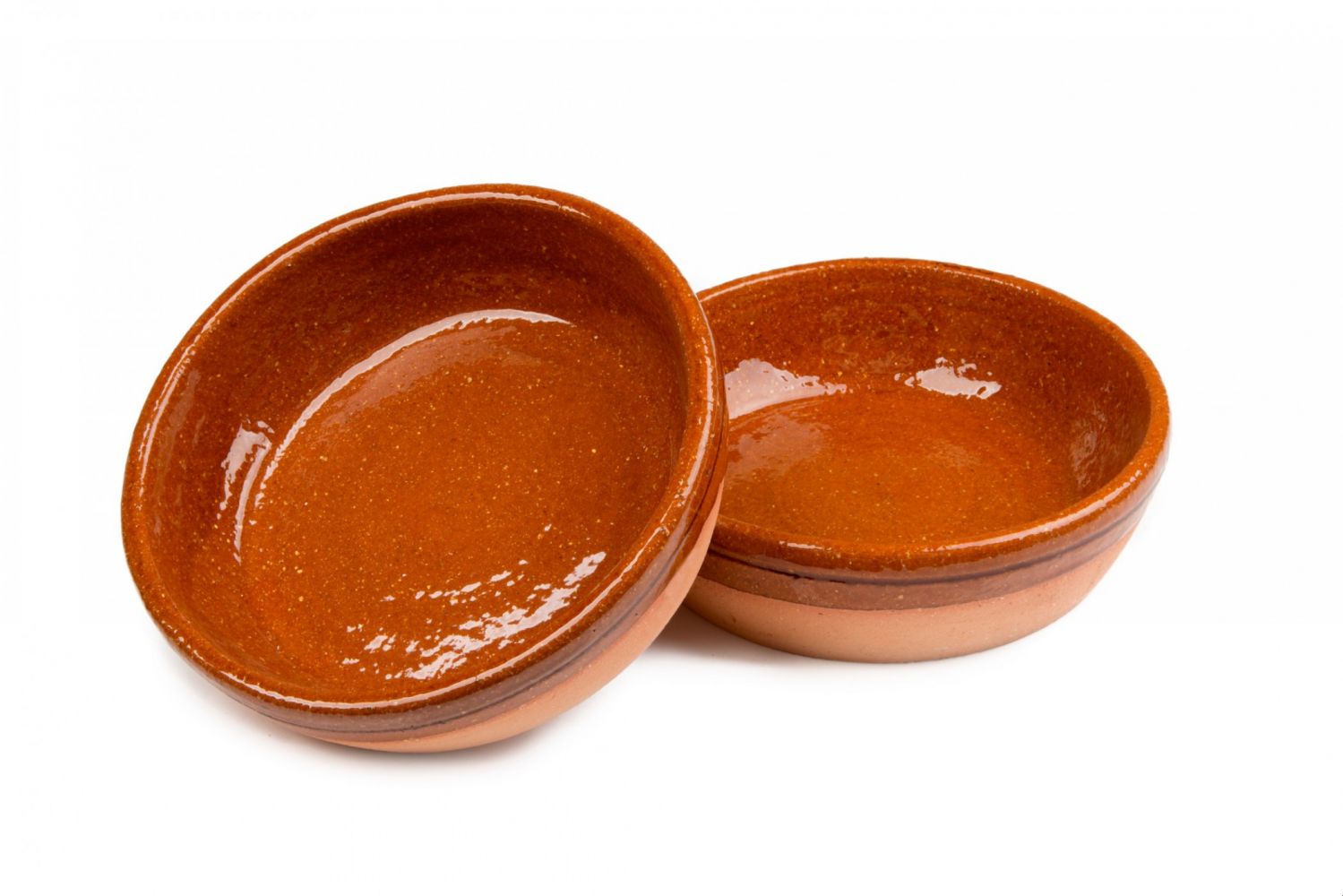
SPANISH PAELLA CAZUELA - PERERUELA, making paellas.
-
IMG 2779 IMG 2779
Our hand-made, 10 inches Mexican Clay Plate, is an excellent way of adding a rustic touch to an elegant table.

Our hand-made, 10 inches Mexican Clay Plate, is an excellent way of adding a rustic touch to an elegant table.
-
DSC 0383
DSC 0383

-
DSC1159 DSC1159
PALAYOK - FILIPINO CLAY POT, a handcrafted work of art.

PALAYOK - FILIPINO CLAY POT, a handcrafted work of art.
-
Pongal Pongal
INDIAN HAMMERED COPPER PUNJABI HANDI, an authentic and decorative look.

INDIAN HAMMERED COPPER PUNJABI HANDI, an authentic and decorative look.
-
JBP9447 JBP9447
SPANISH OVAL ROASTING CAZUELA - PERERUELA, looking rustic.

SPANISH OVAL ROASTING CAZUELA - PERERUELA, looking rustic.
- mex 7215 08 03 large mex 7215 08 03 large
-
DSC 0230 DSC 0230
Our SMALL SAUCE BOWL CAZUELA is a great vessel for sauces and other accompaniments.

Our SMALL SAUCE BOWL CAZUELA is a great vessel for sauces and other accompaniments.
-
spanish cazuela 2 spanish cazuela 2
SPANISH PAELLA CAZUELA - PERERUELA, mainly used for making paellas and other rice dishes.

SPANISH PAELLA CAZUELA - PERERUELA, mainly used for making paellas and other rice dishes.
-
col 3010 5 large col 3010 5 large
A lovely dinner served in Black Clay, La Chamba Oval Servind Dish.

A lovely dinner served in Black Clay, La Chamba Oval Servind Dish.
-
AdobeStock 69591884
AdobeStock 69591884

-
Sweet Pongal Sweet Pongal
INDIAN HAMMERED COPPER PUNJABI HANDI as used in Kerala's kitchen.

INDIAN HAMMERED COPPER PUNJABI HANDI as used in Kerala's kitchen.
-
INDIAN HAMMERED COPPER KADAI SERVING DISH, serve like restaurants do.7 Prawn Fritters 7 Prawn Fritters
 INDIAN HAMMERED COPPER KADAI SERVING DISH, serve like restaurants do.
INDIAN HAMMERED COPPER KADAI SERVING DISH, serve like restaurants do. -
DSC1161 DSC1161
PALAYOK - FILIPINO CLAY POT, a handcrafted work of art.

PALAYOK - FILIPINO CLAY POT, a handcrafted work of art.
-
IMG 3480 IMG 3480
They can not only be used for serving, but also for roasting with the ease of handles for handling.

They can not only be used for serving, but also for roasting with the ease of handles for handling.
-
JBP0652 JBP0652
SPANISH PAELLA CAZUELA - PERERUELA, making paellas.

SPANISH PAELLA CAZUELA - PERERUELA, making paellas.
-
10 Shrimp Pakora 10 Shrimp Pakora
INDIAN HAMMERED COPPER KADAI SERVING DISH, serve like restaurants do.

INDIAN HAMMERED COPPER KADAI SERVING DISH, serve like restaurants do.
-
DSC1165 DSC1165
PALAYOK - FILIPINO CLAY POT, a handcrafted work of art.

PALAYOK - FILIPINO CLAY POT, a handcrafted work of art.
-
Oven for cooking food Oven for cooking food
THAI STICKER RICE STEAMER SET, cooking rice.

THAI STICKER RICE STEAMER SET, cooking rice.
-
IMG 5699 IMG 5699
The plate is made of extra thin clay which makes it very durable.

The plate is made of extra thin clay which makes it very durable.
-
IMG 4217 IMG 4217
SPANISH OVAL ROASTING CAZUELA - PERERUELA, roasting meats.

SPANISH OVAL ROASTING CAZUELA - PERERUELA, roasting meats.
-
tai 7175 05 2 large tai 7175 05 2 large
THAI COCONUT WOOD SPOON, serving soups.
-
5429 5429
The Round Pomaireware Pot is perfect for slow cooking soups, stews, and casseroles.

The Round Pomaireware Pot is perfect for slow cooking soups, stews, and casseroles.
-
IMG 0516 IMG 0516
INDIAN CLAY CURRY POT, cooking curry.

INDIAN CLAY CURRY POT, cooking curry.
-
IMG 3198 IMG 3198
They can not only be used for serving, but also for roasting with the ease of handles for handling.

They can not only be used for serving, but also for roasting with the ease of handles for handling.
-
DSC 0190 DSC 0190
No better way to serve tequila, than in our hand-made Clay Shot Glass.

No better way to serve tequila, than in our hand-made Clay Shot Glass.
-
18 Kara Paniyaram 18 Kara Paniyaram
INDIAN SOAPSTONE PANIYARAM MAKER, for a perfect paniyaram!

INDIAN SOAPSTONE PANIYARAM MAKER, for a perfect paniyaram!
-
5450 5450
The perfect addition to any Pomaireware™ collection.

The perfect addition to any Pomaireware™ collection.
-
col 3042 1 large col 3042 1 large
BLACK CLAY, LA CHAMBA ROUND SERVING DISH W/LID, a complement to any table for a sophisticated presentation.

BLACK CLAY, LA CHAMBA ROUND SERVING DISH W/LID, a complement to any table for a sophisticated presentation.
-
IMG 4034
IMG 4034

-
10 inch currypot Simple chicken Curry 10 inch currypot Simple chicken Curry
INDIAN CLAY CURRY POT, presenting chicken curry.

INDIAN CLAY CURRY POT, presenting chicken curry.
-
Old style earthwnware Old style earthwnware
THAI CLAY HOT POT, presenting curries and soups.

THAI CLAY HOT POT, presenting curries and soups.
-
mex 7019 04 red 05 large mex 7019 04 red 05 large
The clay keep the heat or cold temperature for a long time, and nothing like sipping hot Mexican chocolate with it.

The clay keep the heat or cold temperature for a long time, and nothing like sipping hot Mexican chocolate with it.
-
Curry and Biryani Pot Curry and Biryani Pot
A BEAUTIFUL SET OF INDIAN COOKWARE, for curry and biryani.

A BEAUTIFUL SET OF INDIAN COOKWARE, for curry and biryani.
-
IMG 5034 IMG 5034
The Flat Casserole is perfect for the slow cooking of stews and casseroles.

The Flat Casserole is perfect for the slow cooking of stews and casseroles.
-
IMG 4528 IMG 4528
INDIAN CLAY CURRY POT, cooking curry.

INDIAN CLAY CURRY POT, cooking curry.
-
Clay Curry Pots 2 Clay Curry Pots 2
INDIAN CLAY CURRY POT, very traditional in Kerala's cooking.

INDIAN CLAY CURRY POT, very traditional in Kerala's cooking.
-
IMG 5969 IMG 5969
Black Clay, La Chamba Oval Serving Dish for a sophisticated presentation.

Black Clay, La Chamba Oval Serving Dish for a sophisticated presentation.
-
IMG 5049 IMG 5049
The Tiny Cazuela is a super miniature of a normal Mexican Cazuela, and great for serving accompaniments on any dish.

The Tiny Cazuela is a super miniature of a normal Mexican Cazuela, and great for serving accompaniments on any dish.
-
1 Copper Serving Bucket
1 Copper Serving Bucket

-
IMG 9408
IMG 9408

-
7 inch currypot Dalcha curry 7 inch currypot Dalcha curry
INDIAN CLAY CURRY POT, is one of our best selling clay pots.

INDIAN CLAY CURRY POT, is one of our best selling clay pots.
-
IMG 5883 IMG 5883
Black Clay, La Chamba Oval Serving Dish with handles, the perfect roasting pan.

Black Clay, La Chamba Oval Serving Dish with handles, the perfect roasting pan.
-
Mini Hibachi 3 Mini Hibachi 3
SATAY MINI HIBACHI GRILL, generating a festive mood.

SATAY MINI HIBACHI GRILL, generating a festive mood.
-
IMG 4092 IMG 4092
Black clay, La Chamba Round Serving Plate with grilled octopus.

Black clay, La Chamba Round Serving Plate with grilled octopus.
-
13660 1 13660 1
GARCIMA CARBON STEEL PAELLA PAN, the most common and popular paella pan in Spain.

GARCIMA CARBON STEEL PAELLA PAN, the most common and popular paella pan in Spain.
-
IMG 5064 IMG 5064
This oval plate can be used to serve beautiful platters of food.

This oval plate can be used to serve beautiful platters of food.
-
13 Makkal Chatti 13 Makkal Chatti
INDIAN SOAPSTONE POT, for an exotic presentation.

INDIAN SOAPSTONE POT, for an exotic presentation.
-
IMG 5050 IMG 5050
The Tiny Cazuela is a super miniature of a normal Mexican Cazuela, and great for serving accompaniments on any dish.

The Tiny Cazuela is a super miniature of a normal Mexican Cazuela, and great for serving accompaniments on any dish.
-
7 inch currypot Curry in a Clay Pot 7 inch currypot Curry in a Clay Pot
INDIAN CLAY CURRY POT, is one of our best selling clay pots.

INDIAN CLAY CURRY POT, is one of our best selling clay pots.
-
col 3153 4 large col 3153 4 large
BLACK CLAY, LA CHAMBA ROUND SERVING PLATE, offering fruits.

BLACK CLAY, LA CHAMBA ROUND SERVING PLATE, offering fruits.
-
IMG 0109 IMG 0109
THAI COCONUT WOOD SPOON, using for appetizers.

THAI COCONUT WOOD SPOON, using for appetizers.
-
IMG 5036 IMG 5036
The Flat Casserole is perfect for the slow cooking of stews and casseroles.

The Flat Casserole is perfect for the slow cooking of stews and casseroles.
-
Clay Pot Clay Pot
INDIAN CLAY CURRY POT, very traditional in Kerala's cooking.

INDIAN CLAY CURRY POT, very traditional in Kerala's cooking.
-
DSC 0048 DSC 0048
Our exclusive design for this Mini Flat Cazuela is perfect for making Queso Fundido, or for individual serving sizes.

Our exclusive design for this Mini Flat Cazuela is perfect for making Queso Fundido, or for individual serving sizes.
-
AdobeStock 85018721 AdobeStock 85018721
GARCIMA CARBON STEEL PAELLA PAN, the most common and popular paella pan in Spain.

GARCIMA CARBON STEEL PAELLA PAN, the most common and popular paella pan in Spain.
-
Thai curry in the clay pot. Thai curry in the clay pot.
THAI CLAY HOT POT, presenting curries and soups.

THAI CLAY HOT POT, presenting curries and soups.
-
IMG 0661 IMG 0661
The Mexican Copper Cazo is used in Mexican households to make cajeta (also known as dulce de leche), carnitas, polenta, chicharrones, and atoles, to name a few.

The Mexican Copper Cazo is used in Mexican households to make cajeta (also known as dulce de leche), carnitas, polenta, chicharrones, and atoles, to name a few.
-
col 3050 3 large col 3050 3 large
Keep your fruits in the table with BLACK CLAY, LA CHAMBA ROUND SAUTÉ PAN

Keep your fruits in the table with BLACK CLAY, LA CHAMBA ROUND SAUTÉ PAN
-
DSC1192 DSC1192
PALAYOK - FILIPINO CLAY POT, a handcrafted work of art.

PALAYOK - FILIPINO CLAY POT, a handcrafted work of art.
-
6143C78F 0F5F 4040 ACF2 43BCAFE6BC7A 6143C78F 0F5F 4040 ACF2 43BCAFE6BC7A
Egg biryani cooked in INDIAN CLAY CURRY POT.

Egg biryani cooked in INDIAN CLAY CURRY POT.
-
IMG 4040
IMG 4040

-
IMG 0508 IMG 0508
Our hand-made Mexican Jarrito is not just for hot beverages, but great for cold ones as well, like Jarrito Loco.

Our hand-made Mexican Jarrito is not just for hot beverages, but great for cold ones as well, like Jarrito Loco.
-
IMG 5690 IMG 5690
Our Mexican Clay Plate makes for a great presentation.

Our Mexican Clay Plate makes for a great presentation.
-
11044813984 9f70375b88 o
11044813984 9f70375b88 o

-
IMG 5042 IMG 5042
Our hand-made Mexican clay Soup bowl is an excellent way of adding a rustic touch to an elegant table.

Our hand-made Mexican clay Soup bowl is an excellent way of adding a rustic touch to an elegant table.
-
DSC1157 DSC1157
PALAYOK - FILIPINO CLAY POT, a handcrafted work of art.

PALAYOK - FILIPINO CLAY POT, a handcrafted work of art.
-
BRAZILIAN SOAPSTONE STEW POT, PANELA DE PEDRA-SABÃO, the oldest culinary traditions in Brazil.brz 1060 1 large brz 1060 1 large
 BRAZILIAN SOAPSTONE STEW POT, PANELA DE PEDRA-SABÃO, the oldest culinary traditions in Brazil.
BRAZILIAN SOAPSTONE STEW POT, PANELA DE PEDRA-SABÃO, the oldest culinary traditions in Brazil. -
JBP9473 JBP9473
SPANISH CLAY POT - PERERUELA, great for wood burning ovens.

SPANISH CLAY POT - PERERUELA, great for wood burning ovens.
-
12 Curry in a Soapstone Bowl 12 Curry in a Soapstone Bowl
INDIAN SOAPSTONE POT, for an exotic presentation.

INDIAN SOAPSTONE POT, for an exotic presentation.
-
IMG 3459 IMG 3459
These round plates with a deep side make great plates for serving stews or other sauce-based dishes.

These round plates with a deep side make great plates for serving stews or other sauce-based dishes.
-
3 Garlic Curry
3 Garlic Curry

-
5432 5432
This Pomaireware™ Roasting Pan is perfect for serving, roasting and broiling.

This Pomaireware™ Roasting Pan is perfect for serving, roasting and broiling.
-
mex 3024 07 4 large mex 3024 07 4 large
The Mini Un-lidded Cazuela is great for making individual Tamal en Cazuela.

The Mini Un-lidded Cazuela is great for making individual Tamal en Cazuela.
-
IMG 4650 IMG 4650
BLACK CLAY, LA CHAMBA COVERED SALSA DISH useful also to serve deserts.

BLACK CLAY, LA CHAMBA COVERED SALSA DISH useful also to serve deserts.
-
5003 Brasero 5003 Brasero
ARGENTINEAN BRASERO DE MESA - ENAMELED, serving argentinean barbecue.

ARGENTINEAN BRASERO DE MESA - ENAMELED, serving argentinean barbecue.
-
JBP9454 JBP9454
SPANISH RECTANGULAR ROASTING CAZUELA - PERERUELA, roasting lamb and chicken.

SPANISH RECTANGULAR ROASTING CAZUELA - PERERUELA, roasting lamb and chicken.
-
IMG 4097
IMG 4097

-
DSC1152 DSC1152
PALAYOK - FILIPINO CLAY POT, a handcrafted work of art.

PALAYOK - FILIPINO CLAY POT, a handcrafted work of art.
-
IMG 4821
IMG 4821

-
Thai food Spicy Papaya salad Thai food Spicy Papaya salad
LAOS STYLE MORTAR AND PESTLE, used in curry paste preparation.

LAOS STYLE MORTAR AND PESTLE, used in curry paste preparation.
-
DSC 0629 DSC 0629
"A beatiful set of La Chamba Cookware"

"A beatiful set of La Chamba Cookware"
-
img 1807 img 1807
THAI RICE SERVING BOWL, adding a touch of authenticity.

THAI RICE SERVING BOWL, adding a touch of authenticity.
-
IMG 4102
IMG 4102

-
tumblr nlfr6i8f5j1r5jl3po1 1280 tumblr nlfr6i8f5j1r5jl3po1 1280
GARCIMA STAINLESS STEEL PAELLA PAN, made from high-quality 18/8 stainless steel.

GARCIMA STAINLESS STEEL PAELLA PAN, made from high-quality 18/8 stainless steel.
-
IMG 3196 IMG 3196
These round plates with a deep side make great plates for serving stews or other sauce-based dishes.

These round plates with a deep side make great plates for serving stews or other sauce-based dishes.
-
IMG 5057 IMG 5057
The Tiny Cazuela is a super miniature of a normal Mexican Cazuela, and great for serving accompaniments on any dish.

The Tiny Cazuela is a super miniature of a normal Mexican Cazuela, and great for serving accompaniments on any dish.
-
Dollarphotoclub 61387195 Dollarphotoclub 61387195
A wonderful meal prepared in INDIAN HAMMERED COPPER HYDERABADI HANDI.
-
AdobeStock 83607007 AdobeStock 83607007
GARCIMA ENAMELED PAELLA PAN, perfect for making and serving delicious paella.

GARCIMA ENAMELED PAELLA PAN, perfect for making and serving delicious paella.
-
IMG 5455 IMG 5455
BLACK CLAY, LA CHAMBA ROUND SAUTÉ PAN serving a Mexican corn tamal.

BLACK CLAY, LA CHAMBA ROUND SAUTÉ PAN serving a Mexican corn tamal.
-
8 11 2014 3 25 16 PM 8 11 2014 3 25 16 PM
WOODEN TAPA PLATE, serving pulpo a la gallega.

WOODEN TAPA PLATE, serving pulpo a la gallega.
-
IMG 3872
IMG 3872

-
IMG 2964 IMG 2964
BLACK CLAY, LA CHAMBA ROUNDED SOUP POT cooking soup.

BLACK CLAY, LA CHAMBA ROUNDED SOUP POT cooking soup.
-
AdobeStock 61041312
AdobeStock 61041312

-
IMG 8634
IMG 8634

-
brz 1060 07 3 large brz 1060 07 3 large
BRAZILIAN SOAPSTONE STEW POT, PANELA DE PEDRA-SABÃO, the oldest culinary traditions in Brazil.

BRAZILIAN SOAPSTONE STEW POT, PANELA DE PEDRA-SABÃO, the oldest culinary traditions in Brazil.
-
IMG 4992 IMG 4992
Deep inside Mexico, in the semi-desert region in the Mexican state of Hidalgo, our cazuelas are made by hand by artisans whose craft has been handed down for several generations.

Deep inside Mexico, in the semi-desert region in the Mexican state of Hidalgo, our cazuelas are made by hand by artisans whose craft has been handed down for several generations.
-
DSC 0047 DSC 0047
Miniflat Maxican Cazuela, perfect for serving side dishes or making Queso Fundido.

Miniflat Maxican Cazuela, perfect for serving side dishes or making Queso Fundido.
-
Tom Yum seafood Tom Yum seafood
THAI FIRE POT, serving seafood.

THAI FIRE POT, serving seafood.
- mex 7245 13 02 large mex 7245 13 02 large
-
IMG 4051
IMG 4051

-
tai 7175 05 1 large tai 7175 05 1 large
A group of THAI COCONUT WOOD SPOONS.
-
IMG 4101
IMG 4101

-
DSC 0986 DSC 0986
The Lidded Cazuelas are great for making soups, stews, and other casserole-style dishes.

The Lidded Cazuelas are great for making soups, stews, and other casserole-style dishes.
-
FullSizeRender 3 FullSizeRender 3
BLACK CLAY, LA CHAMBA DEEP PLATE, serving fresh fruits.

BLACK CLAY, LA CHAMBA DEEP PLATE, serving fresh fruits.
-
Copper Kadai Copper Kadai
INDIAN HAMMERED COPPER KADAI SERVING DISH, serving curry.

INDIAN HAMMERED COPPER KADAI SERVING DISH, serving curry.
-
Chocolatera Large Horizontal Chocolatera Large Horizontal
BLACK CLAY, LA CHAMBA CLAY PITCHER serving Colombian Chocolate.

BLACK CLAY, LA CHAMBA CLAY PITCHER serving Colombian Chocolate.
-
AdobeStock 68498918
AdobeStock 68498918

-
IMG 0141 IMG 0141
THAI COCONUT WOOD SPOON, used for appetizers.

THAI COCONUT WOOD SPOON, used for appetizers.
-
IMG 5060 IMG 5060
Our hand-made Mexican Jarrito is not just for hot beverages, but great for cold ones as well, like Jarrito Loco.

Our hand-made Mexican Jarrito is not just for hot beverages, but great for cold ones as well, like Jarrito Loco.
-
Sticky Rice Steamer 2 Sticky Rice Steamer 2
THAI STICKER RICE STEAMER SET, cooking rice.

THAI STICKER RICE STEAMER SET, cooking rice.
-
IMG 0645 IMG 0645
This Un-Lidded Cazuela is great for making mole and other casserole-style dishes.

This Un-Lidded Cazuela is great for making mole and other casserole-style dishes.
-
10 inch currypot Clay Curry Pot 10 inch currypot Clay Curry Pot
INDIAN CLAY CURRY POT, cooking fish curry.

INDIAN CLAY CURRY POT, cooking fish curry.
-
IMG 4284 IMG 4284
Deep inside Mexico, in the semi-desert region in the Mexican state of Hidalgo, our cazuelas are made by hand by artisans whose craft has been handed down for several generations.

Deep inside Mexico, in the semi-desert region in the Mexican state of Hidalgo, our cazuelas are made by hand by artisans whose craft has been handed down for several generations.
-
col 2353 1 large col 2353 1 large
BLACK CLAY, LA CHAMBA BROADRIMMED BOWL, perfect for serving soups.

BLACK CLAY, LA CHAMBA BROADRIMMED BOWL, perfect for serving soups.
-
DSC1178 DSC1178
PALAYOK - FILIPINO CLAY POT, a handcrafted work of art.

PALAYOK - FILIPINO CLAY POT, a handcrafted work of art.
-
470 470
This whimsical Pomaireware™ Pan is a great collector's item.

This whimsical Pomaireware™ Pan is a great collector's item.
-
Clay Pots Clay Pots
INDIAN CLAY CURRY POT, very traditional in Kerala's cooking.

INDIAN CLAY CURRY POT, very traditional in Kerala's cooking.
-
IMG 1308 IMG 1308
Corn never looked so tempting! BLACK CLAY, LA CHAMBA OVAL SERVING DISH WITH HANDLES.

Corn never looked so tempting! BLACK CLAY, LA CHAMBA OVAL SERVING DISH WITH HANDLES.
-
brz 1768 1 large brz 1768 1 large
BRAZILIAN SOAPSTONE SEMI-PRESSURE COOKER, PANELA DE PEDRA-SABÃO, great for making beans.

BRAZILIAN SOAPSTONE SEMI-PRESSURE COOKER, PANELA DE PEDRA-SABÃO, great for making beans.
-
IMG 4096
IMG 4096

-
mex 3040 12 03 large
mex 3040 12 03 large

-
IMG 4058
IMG 4058

-
IMG 4078
IMG 4078

-
9 Shrimp Fritters 9 Shrimp Fritters
INDIAN HAMMERED COPPER KADAI SERVING DISH, serve like restaurants do.

INDIAN HAMMERED COPPER KADAI SERVING DISH, serve like restaurants do.
-
30233469587 2f5ac1fd36 o
30233469587 2f5ac1fd36 o

-
Pot Pot
INDIAN CLAY CURRY POT, traditional in Kerala's cooking.

INDIAN CLAY CURRY POT, traditional in Kerala's cooking.
-
IMG 0142 IMG 0142
THAI COCONUT WOOD SPOON, used for appetizers.

THAI COCONUT WOOD SPOON, used for appetizers.
-
IMG 9409
IMG 9409

-
IMG 5884 IMG 5884
Black Clay, La Chamba Oval Serving dish with handles, also used as roasting pan.

Black Clay, La Chamba Oval Serving dish with handles, also used as roasting pan.
-
C3B532AC 9737 45D0 BB9C F81D21EEAD69 C3B532AC 9737 45D0 BB9C F81D21EEAD69
INDIAN CLAY CURRY POT, serving soup.

INDIAN CLAY CURRY POT, serving soup.
-
AdobeStock 111372356 AdobeStock 111372356
WOODEN TAPA PLATE, serving pulpo a la gallega.

WOODEN TAPA PLATE, serving pulpo a la gallega.
-
tumblr o49o7an3MW1sevhw9o1 1280 tumblr o49o7an3MW1sevhw9o1 1280
GARCIMA STAINLESS STEEL PAELLA PAN, made from high-quality 18/8 stainless steel.

GARCIMA STAINLESS STEEL PAELLA PAN, made from high-quality 18/8 stainless steel.
-
IMG 9406
IMG 9406

- Dollarphotoclub 49389599 Dollarphotoclub 49389599
-
mex 3015 08 05 large mex 3015 08 05 large
The Mini Flat Cazuela is perfect for making Queso Fundido, or for individual serving sizes.

The Mini Flat Cazuela is perfect for making Queso Fundido, or for individual serving sizes.
-
IMG 8635
IMG 8635

-
IMG 1307 IMG 1307
Corn never looked so tempting! BLACK CLAY, LA CHAMBA OVAL SERVING DISH WITH HANDLES.

Corn never looked so tempting! BLACK CLAY, LA CHAMBA OVAL SERVING DISH WITH HANDLES.
-
IMG 4391 IMG 4391
Black Clay, La Chamba Cookware, beautifull pieces to serve at the table.

Black Clay, La Chamba Cookware, beautifull pieces to serve at the table.
-
mex 3040 14 04 large mex 3040 14 04 large
This Un-Lidded Cazuela is great for making mole and other casserole-style dishes.

This Un-Lidded Cazuela is great for making mole and other casserole-style dishes.
-
IMG 1016 IMG 1016
Offering an appetizing spread of food for your guests is easy with this triple bowl appetizer plate.

Offering an appetizing spread of food for your guests is easy with this triple bowl appetizer plate.
-
La Chamba Lifesyle 2 La Chamba Lifesyle 2
BLACK CLAY, LA CHAMBA ROUND SERVING DISH W/LID, serving seafood casserole.

BLACK CLAY, LA CHAMBA ROUND SERVING DISH W/LID, serving seafood casserole.
-
IMG 3195 IMG 3195
Roasting chicken in BLACK CLAY, LA CHAMBA OVAL CASSEROLE.

Roasting chicken in BLACK CLAY, LA CHAMBA OVAL CASSEROLE.
-
Mint Peanut chutney Mint Peanut chutney
INDIAN CLAY BOWL - SMALL, ideal to serve chutneys.

INDIAN CLAY BOWL - SMALL, ideal to serve chutneys.
-
wide angle shot 3 wide angle shot 3
INDIAN HAMMERED COPPER MUGHLAI RICE SERVER, adding beauty.

INDIAN HAMMERED COPPER MUGHLAI RICE SERVER, adding beauty.
-
Aluminum Kadai Aluminum Kadai
ALUMINUM KADAI, a versatile piece.

ALUMINUM KADAI, a versatile piece.
-
11 Bengal Gram Curry 11 Bengal Gram Curry
INDIAN SOAPSTONE POT, for an exotic presentation.

INDIAN SOAPSTONE POT, for an exotic presentation.
-
IMG 4680 IMG 4680
Black Clay, La Chamba Round Serving Plate with grilled octopus.

Black Clay, La Chamba Round Serving Plate with grilled octopus.
-
IMG 0353 IMG 0353
Serving soup on BLACK CLAY, LA CHAMBA TRADITIONAL SOUP BOWL.

Serving soup on BLACK CLAY, LA CHAMBA TRADITIONAL SOUP BOWL.
-
IMG 4993 IMG 4993
Deep inside Mexico, in the semi-desert region in the Mexican state of Hidalgo, our cazuelas are made by hand by artisans whose craft has been handed down for several generations.

Deep inside Mexico, in the semi-desert region in the Mexican state of Hidalgo, our cazuelas are made by hand by artisans whose craft has been handed down for several generations.
-
IMG 4026
IMG 4026

-
IMG 0515 IMG 0515
INDIAN CLAY CURRY POT, cooking curry.

INDIAN CLAY CURRY POT, cooking curry.
-
fansa cazuelas 17cm 59439.1411072676.1000.1000
fansa cazuelas 17cm 59439.1411072676.1000.1000

-
Oven for cooking food2 Oven for cooking food2
THAI STICKER RICE STEAMER SET, cooking rice.

THAI STICKER RICE STEAMER SET, cooking rice.
-
IMG 4016
IMG 4016

-
ClayComal2 ClayComal2
The MEXICAN COMAL is an essential tool used in many applications.

The MEXICAN COMAL is an essential tool used in many applications.
-
Hyderabad Vegetable Biryani Hyderabad Vegetable Biryani
INDIAN CLAY CURRY POT, serving curry.

INDIAN CLAY CURRY POT, serving curry.
-
DSC 0438 DSC 0438
The MOLCAJETES we carry are hand-carved from a single block of basalt volcanic rock.

The MOLCAJETES we carry are hand-carved from a single block of basalt volcanic rock.
-
IMG 0495 IMG 0495
Our hand-made, 10 inches Mexican Clay Plate, is an excellent way of adding a rustic touch to an elegant table.

Our hand-made, 10 inches Mexican Clay Plate, is an excellent way of adding a rustic touch to an elegant table.
- mex 7269 04 1 large mex 7269 04 1 large
-
Cooper Rice Server Cooper Rice Server
INDIAN HAMMERED COPPER MUGHLAI RICE SERVER, back to the times of Mughal Empire.

INDIAN HAMMERED COPPER MUGHLAI RICE SERVER, back to the times of Mughal Empire.
-
DSC 0670 DSC 0670
Our MEXICAN JARRITO is not just for hot beverages, but great for cold ones as well, like Jarrito Loco.

Our MEXICAN JARRITO is not just for hot beverages, but great for cold ones as well, like Jarrito Loco.
-
DSC 0186 DSC 0186
No better way to serve tequila, than in our hand-made Clay Shot Glass.

No better way to serve tequila, than in our hand-made Clay Shot Glass.
-
IMG 2977 IMG 2977
BLACK CLAY, LA CHAMBA ROUNDED SOUP POT cooking soup.

BLACK CLAY, LA CHAMBA ROUNDED SOUP POT cooking soup.
-
AdobeStock 49887611 AdobeStock 49887611
GARCIMA CARBON STEEL PAELLA PAN, the most common and popular paella pan in Spain.

GARCIMA CARBON STEEL PAELLA PAN, the most common and popular paella pan in Spain.
-
IMG 4052
IMG 4052

-
IMG 5028 IMG 5028
These hand-made bean pots are excellent for making beans.

These hand-made bean pots are excellent for making beans.
-
Dal Dal
INDIAN HAMMERED COPPER KADAI SERVING DISH, serve your curries in style.

INDIAN HAMMERED COPPER KADAI SERVING DISH, serve your curries in style.
-
JBP9456 JBP9456
SPANISH SQUARE ROASTING CAZUELA - PERERUELA, roasting meats.

SPANISH SQUARE ROASTING CAZUELA - PERERUELA, roasting meats.
-
All Horizontal All Horizontal
Our MEXICAN CAZUELAS are made by hand by artisans whose craft has been handed down for several generations.

Our MEXICAN CAZUELAS are made by hand by artisans whose craft has been handed down for several generations.
-
parrillada large parrillada large
ARGENTINEAN BRASERO DE MESA - ENAMELED, serving argentinean barbecue.

ARGENTINEAN BRASERO DE MESA - ENAMELED, serving argentinean barbecue.
-
kara poli 3 kara poli 3
INDIAN SOAPSTONE TAWA is used to prepare all kinds of roti or indian breads.

INDIAN SOAPSTONE TAWA is used to prepare all kinds of roti or indian breads.
-
Hyderabad Vegetable Dum Biryani
Hyderabad Vegetable Dum Biryani

-
Biryani Pot
Biryani Pot

-
chicken biriyani chicken biriyani
INDIAN HAMMERED COPPER MUGHLAI RICE SERVER, back to the times of Mughal Empire.

INDIAN HAMMERED COPPER MUGHLAI RICE SERVER, back to the times of Mughal Empire.
-
17 Carrot Paniyaram 17 Carrot Paniyaram
INDIAN SOAPSTONE PANIYARAM MAKER, for a perfect paniyaram!

INDIAN SOAPSTONE PANIYARAM MAKER, for a perfect paniyaram!
-
JBP0661 JBP0661
SPANISH SQUARE ROASTING CAZUELA - PERERUELA, roasting meats.

SPANISH SQUARE ROASTING CAZUELA - PERERUELA, roasting meats.
-
Parrillada Parrillada
ARGENTINEAN BRASERO DE MESA - ENAMELED, serving argentinean barbecue.

ARGENTINEAN BRASERO DE MESA - ENAMELED, serving argentinean barbecue.
-
IMG 3035
IMG 3035

-
Mini Hibachi 2 Mini Hibachi 2
SATAY MINI HIBACHI GRILL, generating a festive mood.

SATAY MINI HIBACHI GRILL, generating a festive mood.
-
Vegetable Dalcha in 7 inch Clay Pot Vegetable Dalcha in 7 inch Clay Pot
INDIAN CLAY CURRY POT, serving vegetable dalcha.

INDIAN CLAY CURRY POT, serving vegetable dalcha.
- 19 Paniyaram Stone 19 Paniyaram Stone
-
casserole casserole
BLACK CLAY, LA CHAMBA CASSEROLE available in six different sizes.

BLACK CLAY, LA CHAMBA CASSEROLE available in six different sizes.
-
Buttermilk Buttermilk
INDIAN CLAY YOGURT POT makes homemade yogurt easier.

INDIAN CLAY YOGURT POT makes homemade yogurt easier.
-
With Guacamole With Guacamole
The Molcajetes we carry are hand-carved from a single block of basalt volcanic rock.

The Molcajetes we carry are hand-carved from a single block of basalt volcanic rock.
-
Buttermilk Churning Buttermilk Churning
INDIAN CLAY YOGURT POT makes homemade yogurt easier.

INDIAN CLAY YOGURT POT makes homemade yogurt easier.
-
DSC00486 DSC00486
The Wood Burning Kiln where our Mexican Cazuelas are fired.

The Wood Burning Kiln where our Mexican Cazuelas are fired.
-
DSC1155 DSC1155
PALAYOK - FILIPINO CLAY POT, a handcrafted work of art.

PALAYOK - FILIPINO CLAY POT, a handcrafted work of art.
-
IMG 8636
IMG 8636

-
IMG 4100
IMG 4100

-
IMG 5691 IMG 5691
Our Mexican Clay Plate, is an excellent way of adding a rustic touch to an elegant table.

Our Mexican Clay Plate, is an excellent way of adding a rustic touch to an elegant table.
-
col 3140 1 large 2 col 3140 1 large 2
Keep your fruits fresh on BLACK CLAY, LA CHAMBA DEEP PLATE.

Keep your fruits fresh on BLACK CLAY, LA CHAMBA DEEP PLATE.
-
AdobeStock 104004835 AdobeStock 104004835
WOODEN TAPA PLATE, serving pulpo a la gallega.

WOODEN TAPA PLATE, serving pulpo a la gallega.
-
14 Soapstone Bowl 14 Soapstone Bowl
INDIAN SOAPSTONE POT, for an exotic presentation.

INDIAN SOAPSTONE POT, for an exotic presentation.
-
kara poli 1 kara poli 1
INDIAN SOAPSTONE TAWA is used to prepare all kinds of roti or indian breads.

INDIAN SOAPSTONE TAWA is used to prepare all kinds of roti or indian breads.
-
col 7033 1 large col 7033 1 large
BLACK CLAY, LA CHAMBA SALT PIG, the amount you need.

BLACK CLAY, LA CHAMBA SALT PIG, the amount you need.
-
IMG 3498 IMG 3498
SPANISH OVAL ROASTING CAZUELA - PERERUELA, roasting meats.

SPANISH OVAL ROASTING CAZUELA - PERERUELA, roasting meats.
-
Curry in a bowl Curry in a bowl
INDIAN HAMMERED COPPER HYDERABADI HANDI, serving your table in an authentic way.

INDIAN HAMMERED COPPER HYDERABADI HANDI, serving your table in an authentic way.
- 20 Paniyaram 20 Paniyaram
-
AdobeStock 90724542 AdobeStock 90724542
GARCIMA CARBON STEEL PAELLA PAN, the most common and popular paella pan in Spain.

GARCIMA CARBON STEEL PAELLA PAN, the most common and popular paella pan in Spain.
-
IMG 1311 IMG 1311
Corn never looked so tempting! BLACK CLAY, LA CHAMBA OVAL SERVING DISH WITH HANDLES.

Corn never looked so tempting! BLACK CLAY, LA CHAMBA OVAL SERVING DISH WITH HANDLES.
-
Chicken Biryani Chicken Biryani
INDIAN HAMMERED COPPER MUGHLAI RICE SERVER, back to the times of Mughal Empire.

INDIAN HAMMERED COPPER MUGHLAI RICE SERVER, back to the times of Mughal Empire.
-
JBP0668 JBP0668
SPANISH OVAL ROASTING CAZUELA - PERERUELA, looking rustic.

SPANISH OVAL ROASTING CAZUELA - PERERUELA, looking rustic.
-
brasero 2 brasero 2
ARGENTINEAN BRASERO DE MESA - ENAMELED, serving argentinean barbecue.

ARGENTINEAN BRASERO DE MESA - ENAMELED, serving argentinean barbecue.
-
Pomaireware Pastelera - Clay Bowl Pomaireware Pastelera - Clay Bowl
Pomaireware Pastelera - Clay Bowl with a Maila Marina Recipe

Pomaireware Pastelera - Clay Bowl with a Maila Marina Recipe
-
16 Carrot Kara Paniyaram 16 Carrot Kara Paniyaram
INDIAN SOAPSTONE PANIYARAM MAKER, for a perfect paniyaram!

INDIAN SOAPSTONE PANIYARAM MAKER, for a perfect paniyaram!
-
15 Urad Dal Curry 15 Urad Dal Curry
INDIAN SOAPSTONE POT, for an exotic presentation.

INDIAN SOAPSTONE POT, for an exotic presentation.
-
JBP9296 JBP9296
SPANISH OVAL ROASTING CAZUELA - PERERUELA, looking rustic.

SPANISH OVAL ROASTING CAZUELA - PERERUELA, looking rustic.
-
Lamb Curry Lamb Curry
INDIAN HAMMERED COPPER HYDERABADI HANDY WITH LID, serving in an authentic way.

INDIAN HAMMERED COPPER HYDERABADI HANDY WITH LID, serving in an authentic way.
-
DSC1186 DSC1186
PALAYOK - FILIPINO CLAY POT, a handcrafted work of art.
-
Sticky Rice Steamer 3 Sticky Rice Steamer 3
THAI STICKER RICE STEAMER SET, cooking rice.

THAI STICKER RICE STEAMER SET, cooking rice.
-
IMG 5015 IMG 5015
The finely ground clay is combined with a little water and mixed by hand.

The finely ground clay is combined with a little water and mixed by hand.
-
IMG 3873
IMG 3873

-
Tom Yum Kung thai food in clay pot Tom Yum Kung thai food in clay pot
THAI CLAY HOT POT, presenting curries and soups.

THAI CLAY HOT POT, presenting curries and soups.
-
mex 7475 16 01 large mex 7475 16 01 large
The Comal has its roots in Mexico since ancient times.

The Comal has its roots in Mexico since ancient times.
-
21 Crispy Dosa Recipe 21 Crispy Dosa Recipe
INDIAN SOAPSTONE TAWA, one of the most versatile kitchen tools.

INDIAN SOAPSTONE TAWA, one of the most versatile kitchen tools.
-
IMG 9407
IMG 9407

-
brz 1768 4 large brz 1768 4 large
BRAZILIAN SOAPSTONE SEMI-PRESSURE COOKER, PANELA DE PEDRA-SABÃO, great for making beans.

BRAZILIAN SOAPSTONE SEMI-PRESSURE COOKER, PANELA DE PEDRA-SABÃO, great for making beans.
-
DSC1162 DSC1162
PALAYOK - FILIPINO CLAY POT, a handcrafted work of art.

PALAYOK - FILIPINO CLAY POT, a handcrafted work of art.
-
10 inch currypot Chicken Curry in Clay Pot 10 inch currypot Chicken Curry in Clay Pot
INDIAN CLAY CURRY POT, cooking fish curry.

INDIAN CLAY CURRY POT, cooking fish curry.
-
IMG 2300 IMG 2300
A modern look by BLACK CLAY, LA CHAMBA BROADRIMMED BOWL.

A modern look by BLACK CLAY, LA CHAMBA BROADRIMMED BOWL.
-
22 Fermented Pancakes Recipe 22 Fermented Pancakes Recipe
INDIAN SOAPSTONE TAWA, one of the most versatile kitchen tools.

INDIAN SOAPSTONE TAWA, one of the most versatile kitchen tools.
-
IMG 4089
IMG 4089

-
fansa cazuelas 14cm 67189.1411072676.1000.1000
fansa cazuelas 14cm 67189.1411072676.1000.1000

-
Wide Angle shots of Clay Pots2 Wide Angle shots of Clay Pots2
A BEAUTIFUL SET OF INDIAN COOKWARE, hand carfted.

A BEAUTIFUL SET OF INDIAN COOKWARE, hand carfted.
-
col 3070 1 large col 3070 1 large
BLACK CLAY, LA CHAMBA FLAT CASSEROLE, offering a sophisticated presentation.

BLACK CLAY, LA CHAMBA FLAT CASSEROLE, offering a sophisticated presentation.
-
5500 5500
The gen-looking pot is ideal for storing eggs.

The gen-looking pot is ideal for storing eggs.
-
IMG 4030
IMG 4030

-
IMG 1959 IMG 1959
INDIAN CLAY CURRY POT, cooking curry.

INDIAN CLAY CURRY POT, cooking curry.
-
col 3153 5 large OscarRivero
col 3153 5 large OscarRivero

-
IMG 4643 IMG 4643
BLACK CLAY, LA CHAMBA SMALL COVERED SALSA DISH useful also to serve small deserts.

BLACK CLAY, LA CHAMBA SMALL COVERED SALSA DISH useful also to serve small deserts.
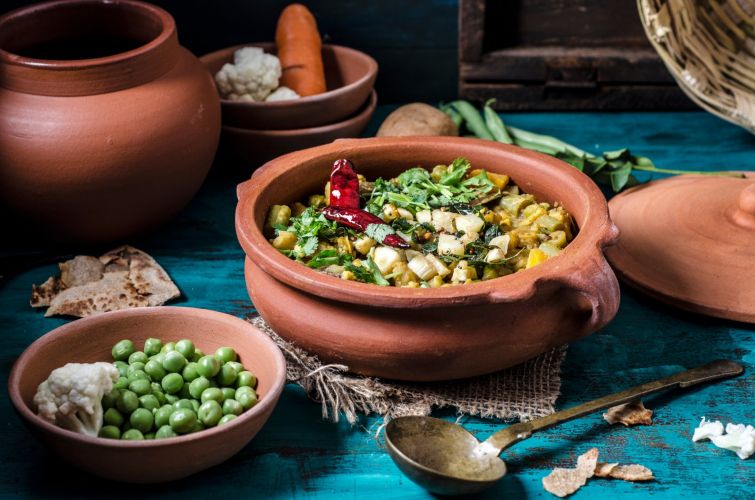
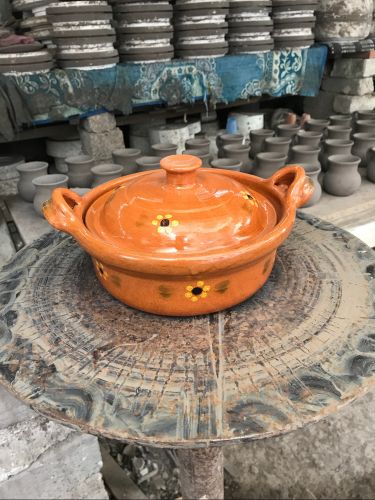
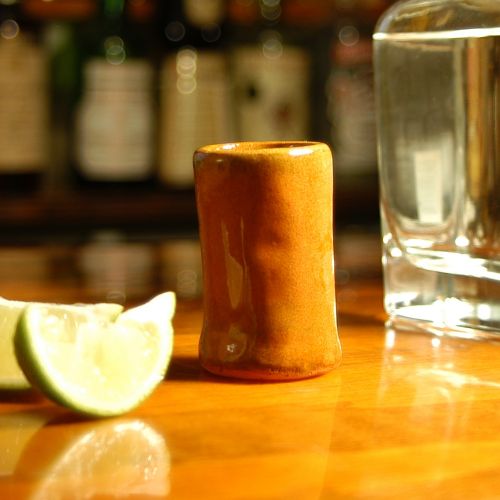
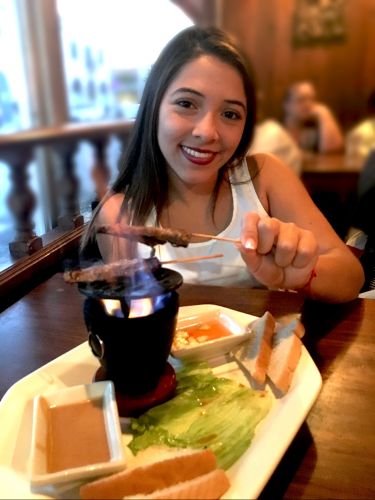
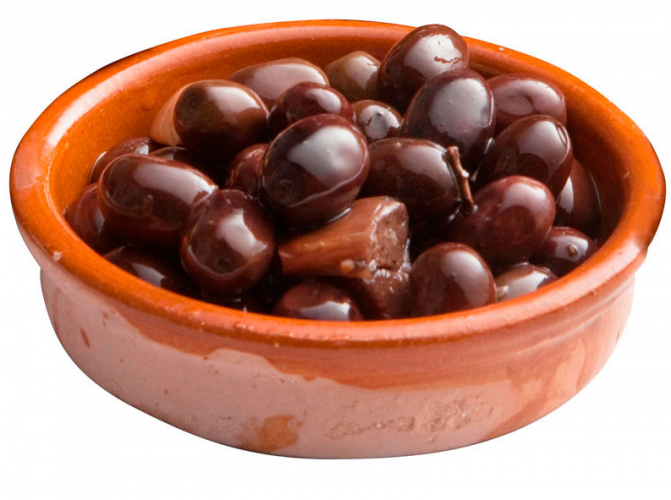
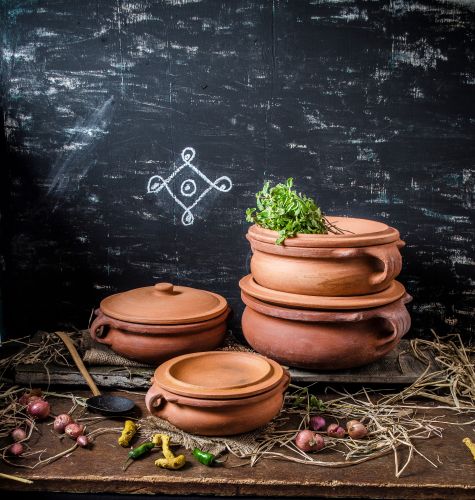
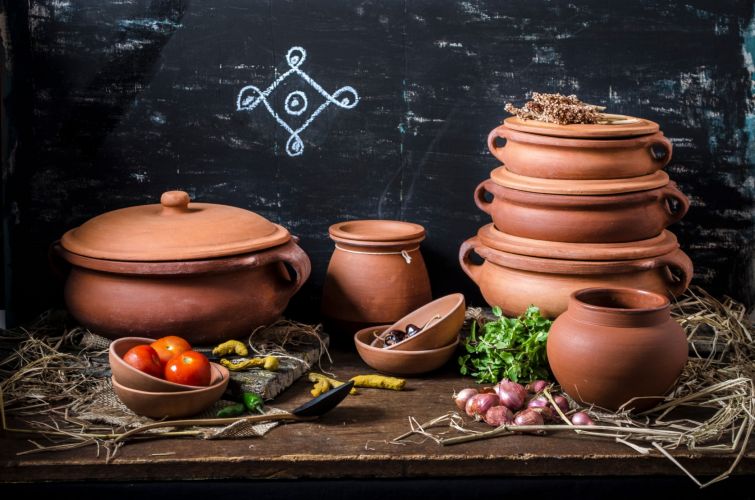
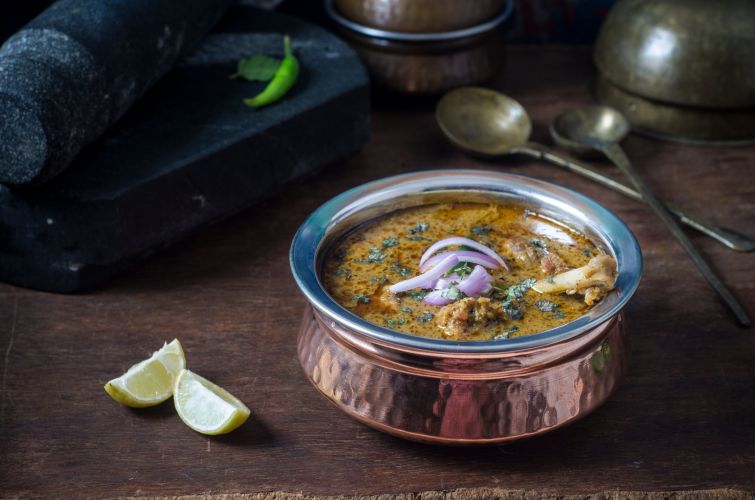
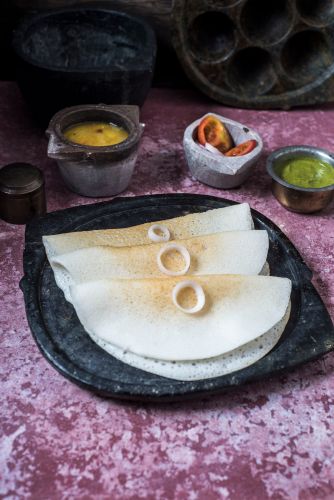
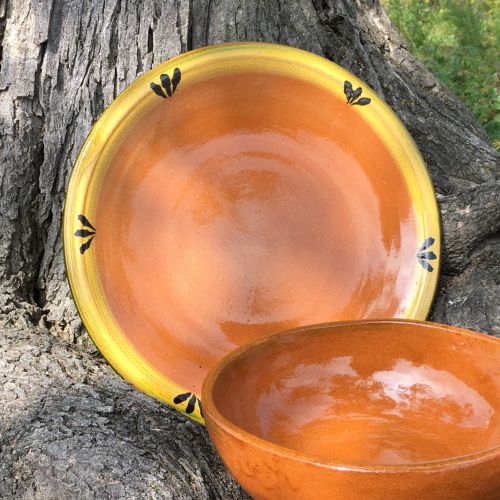
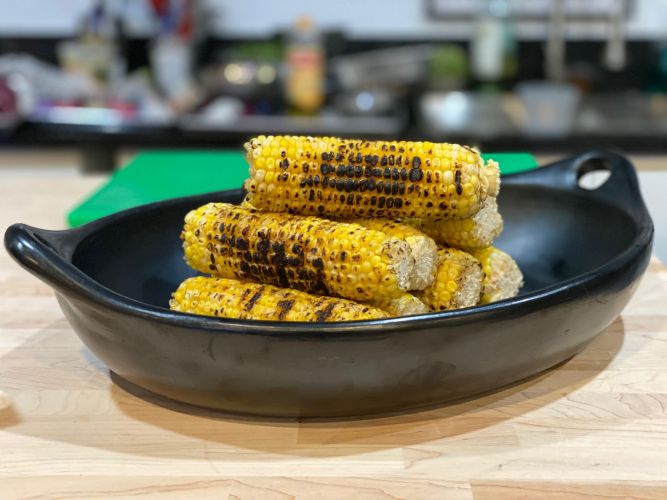
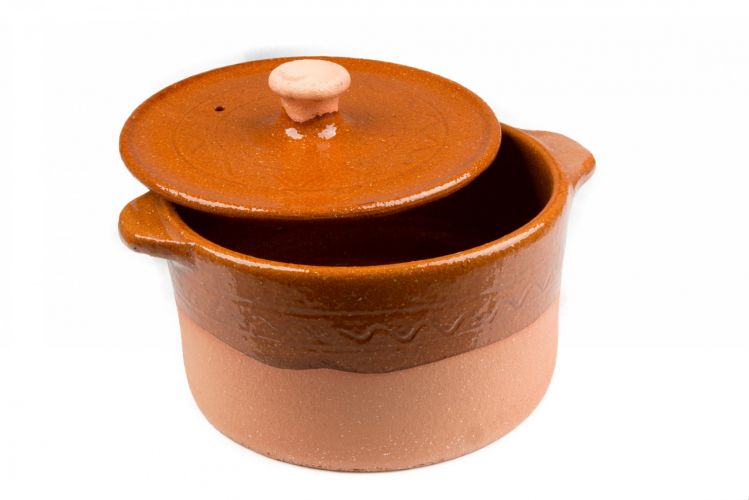
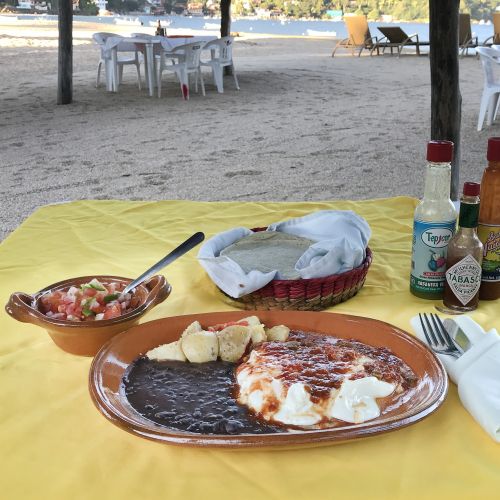
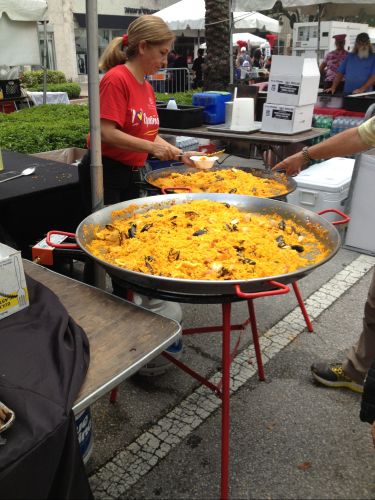
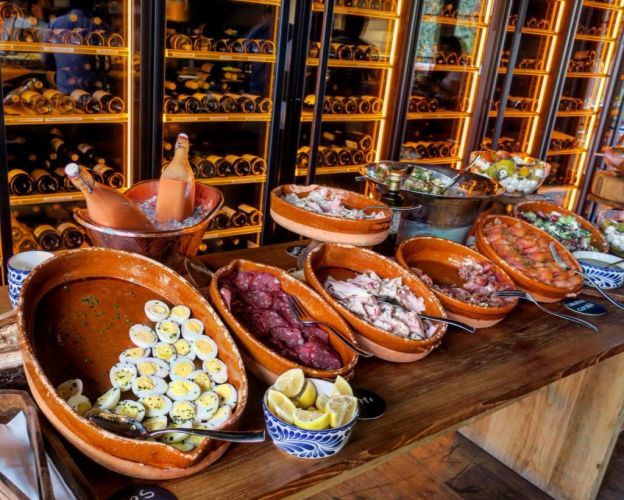
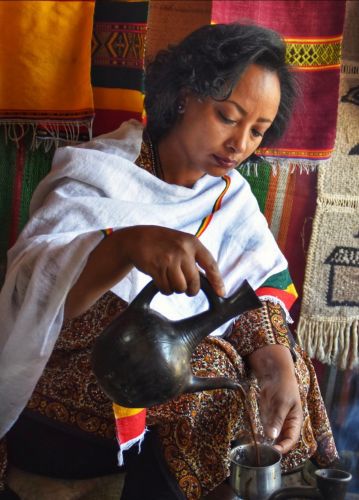
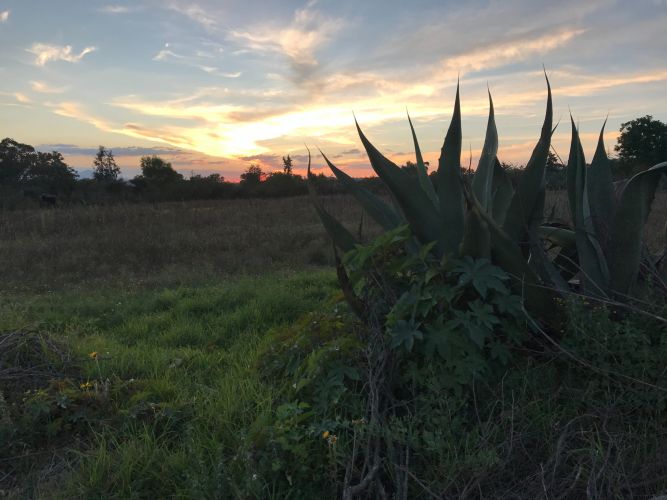
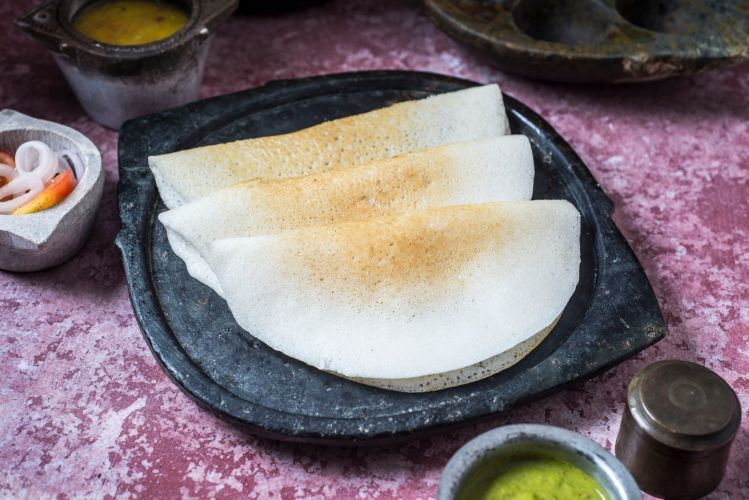
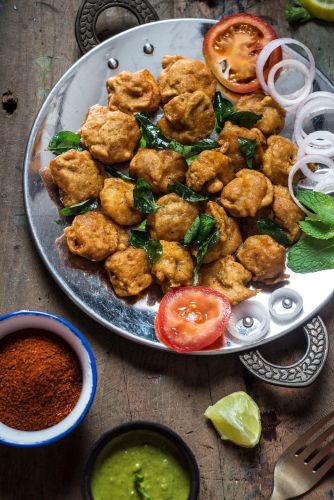
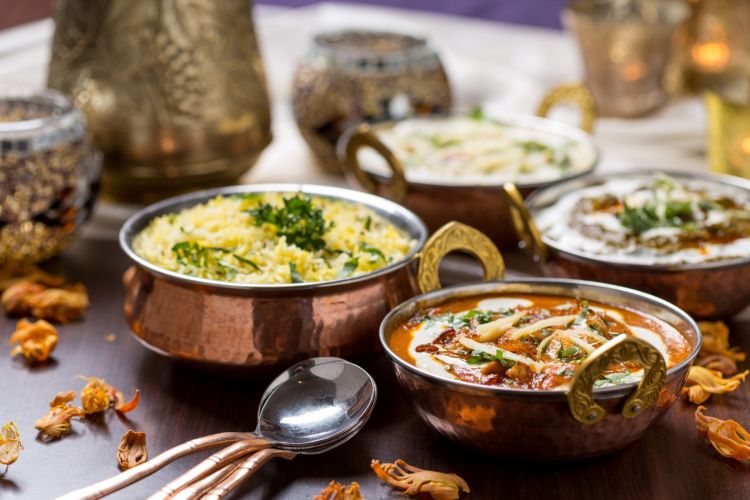
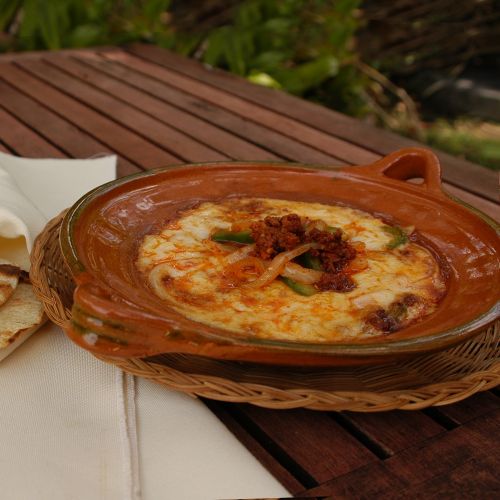
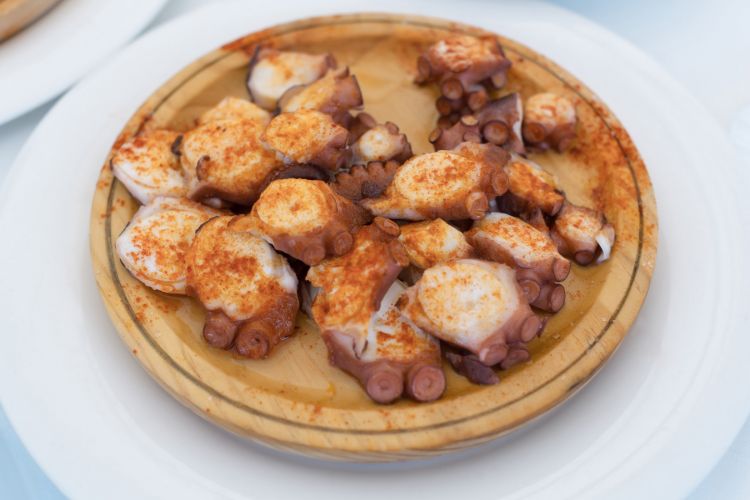
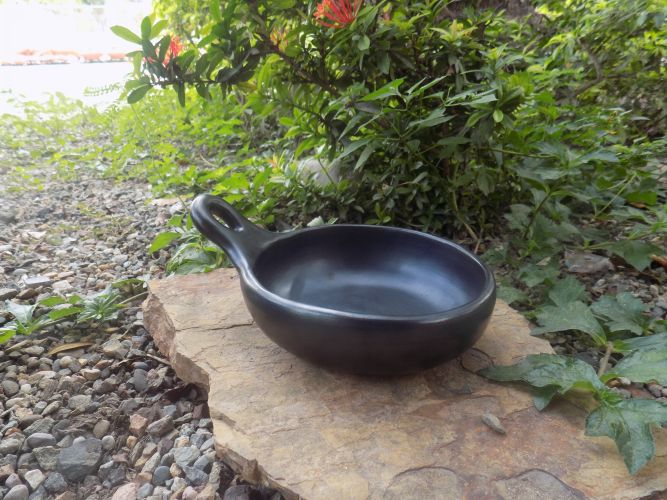
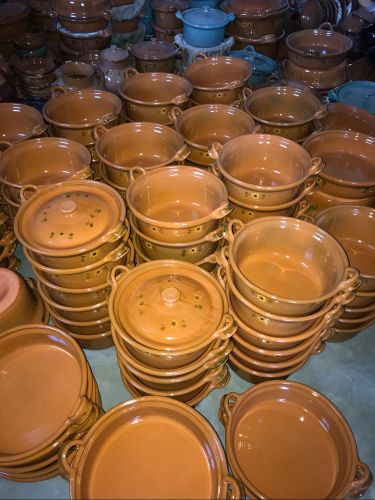
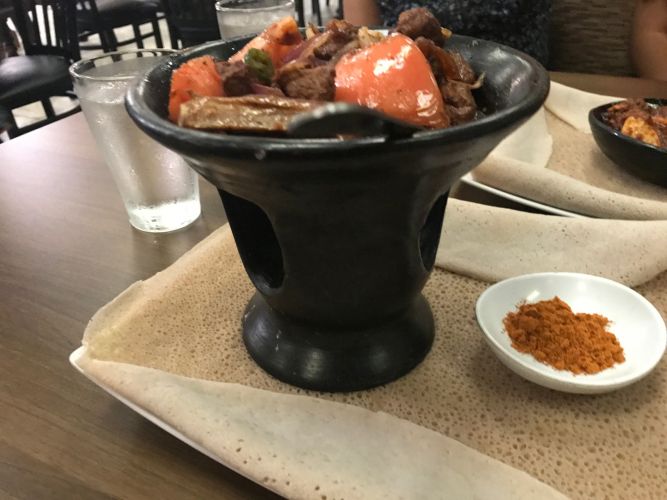
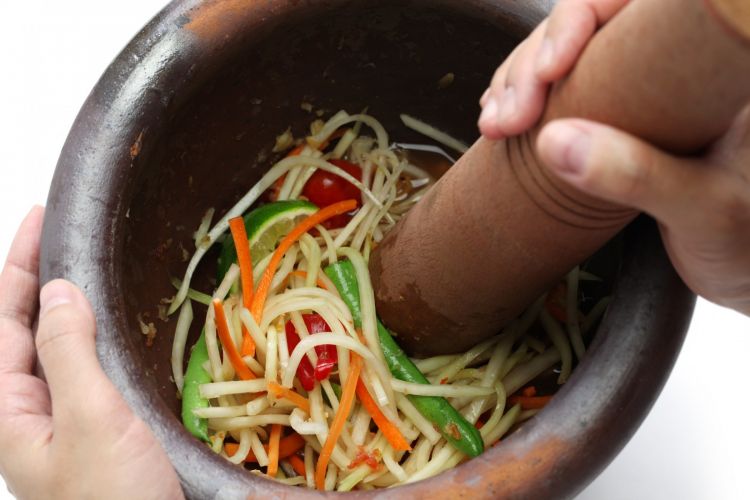
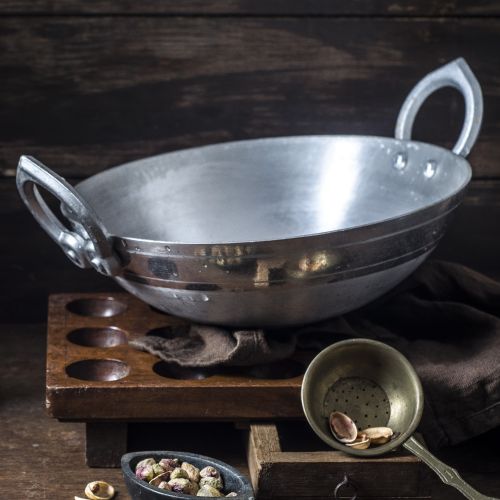
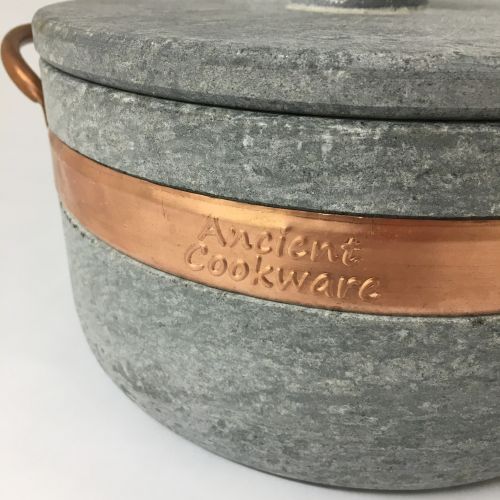
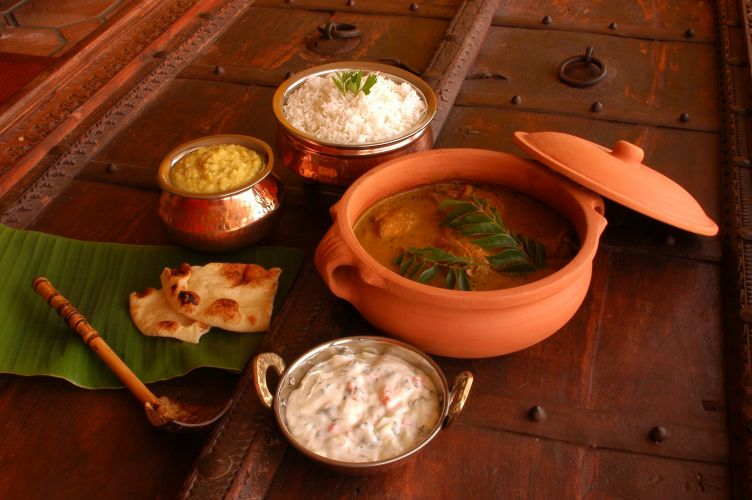
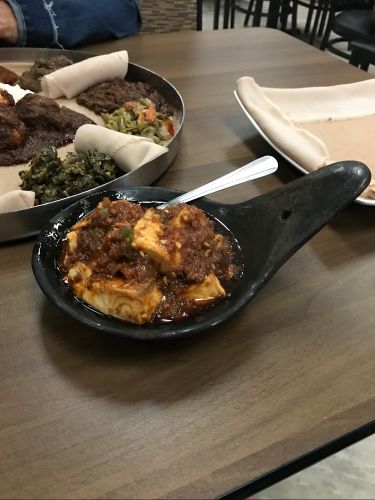
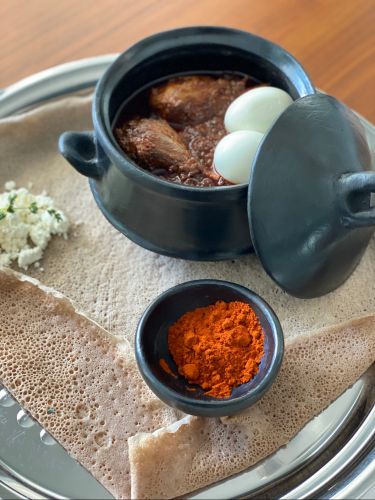
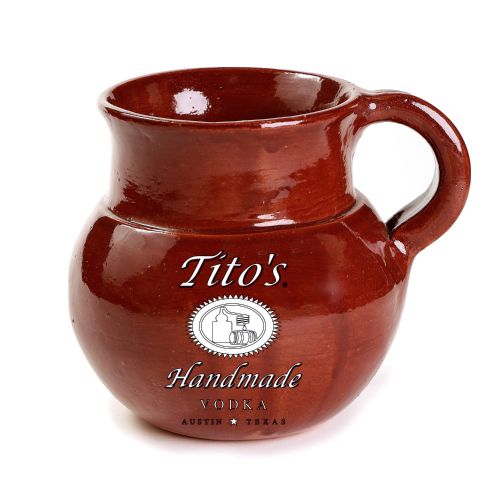
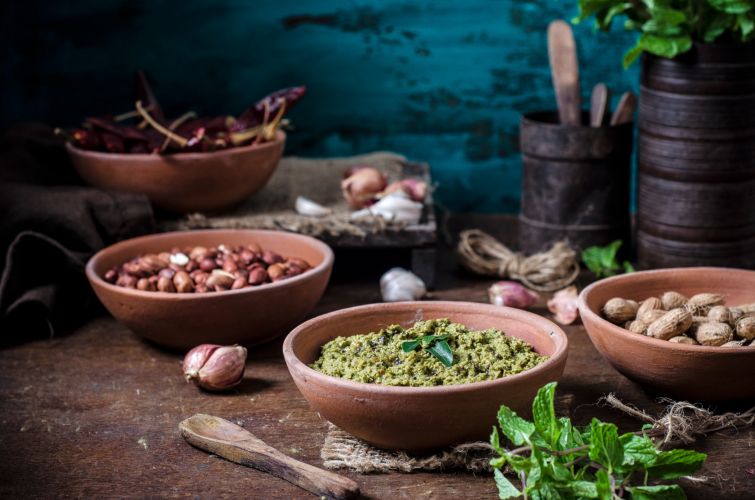
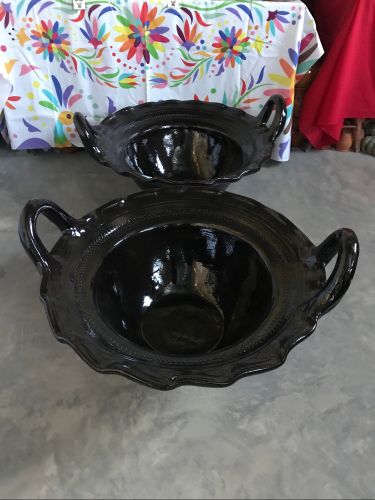
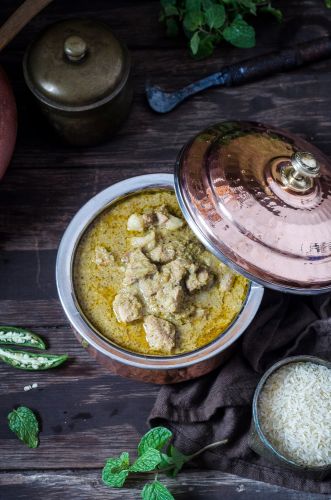
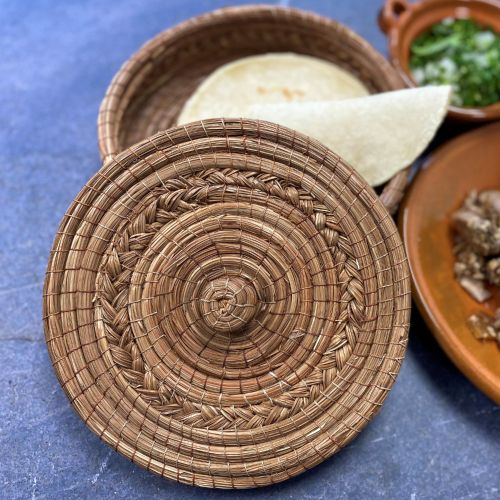
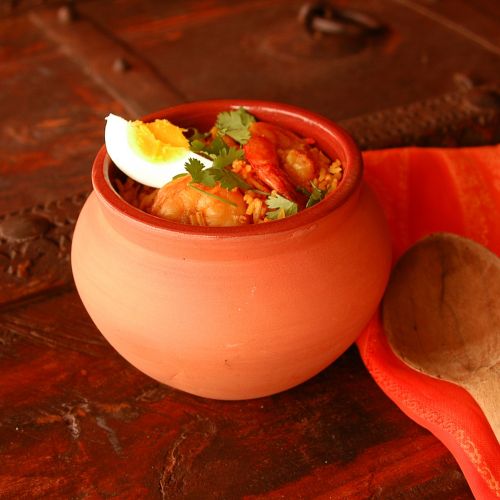
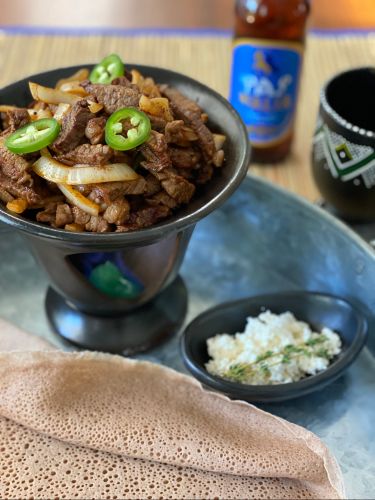
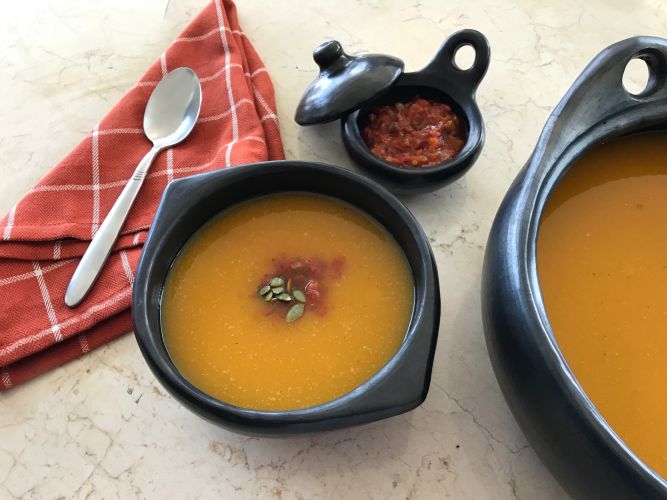
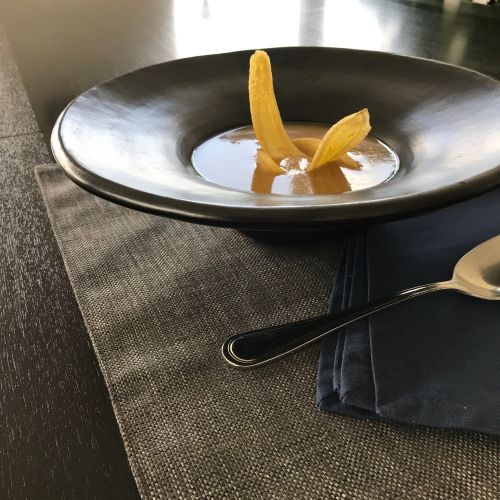
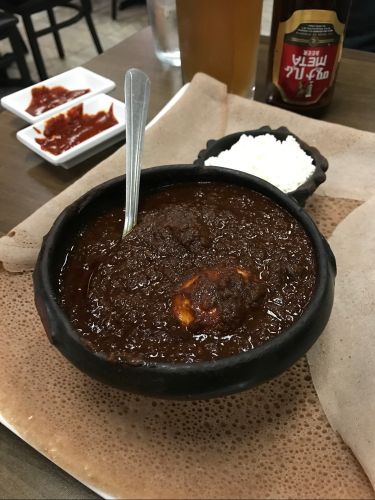
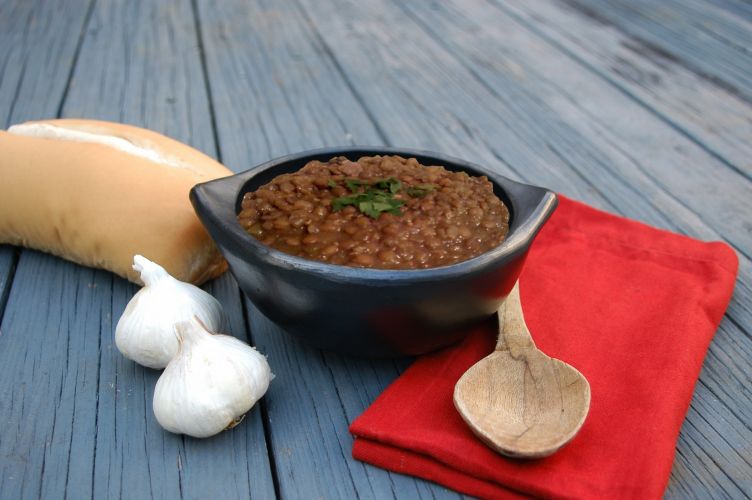
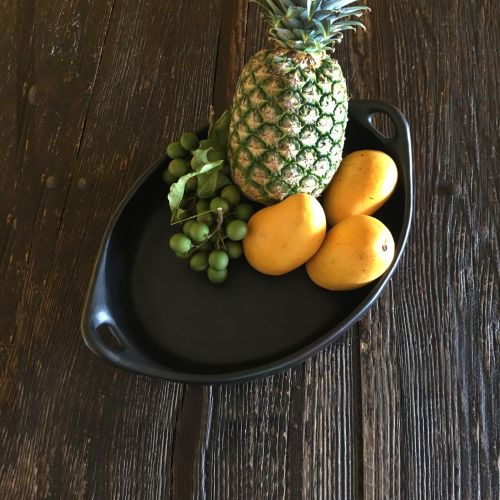
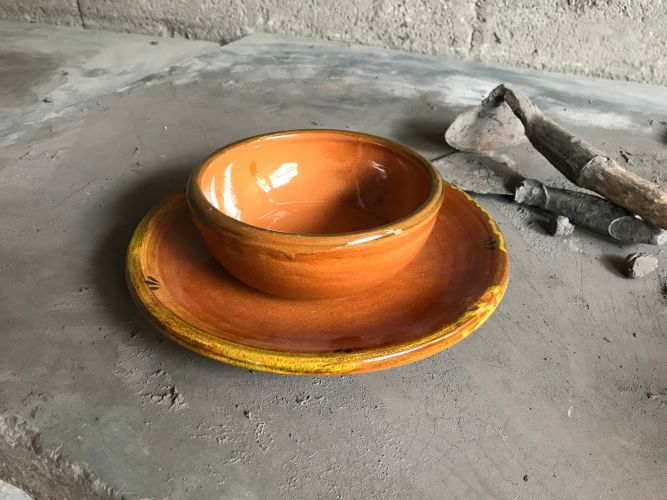
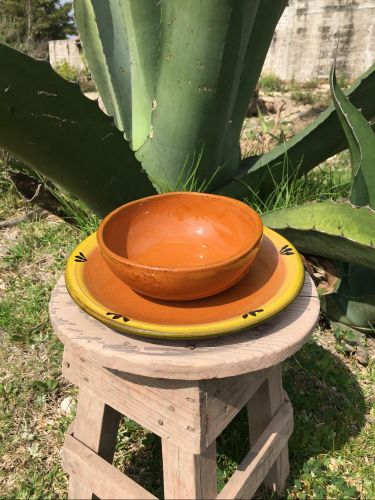
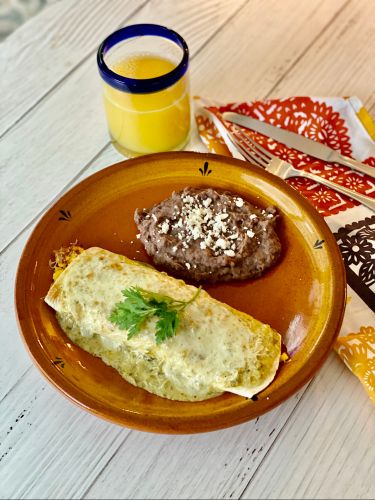
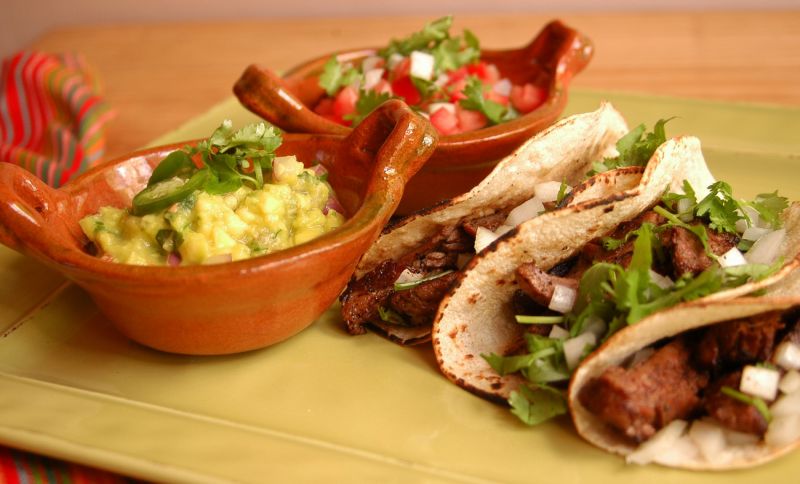
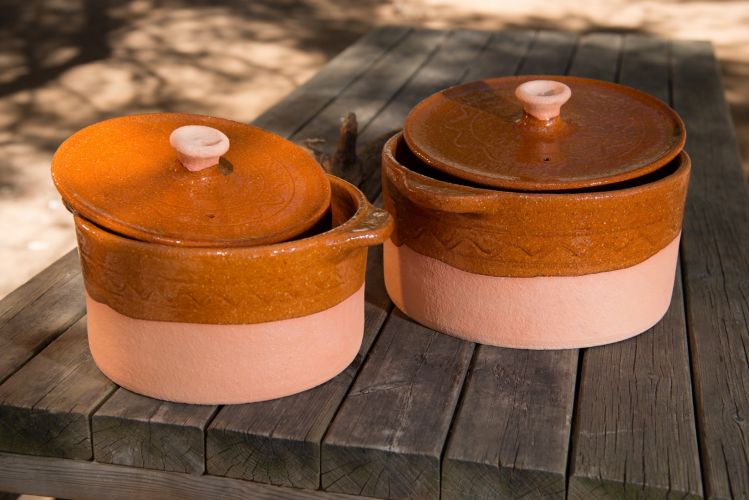
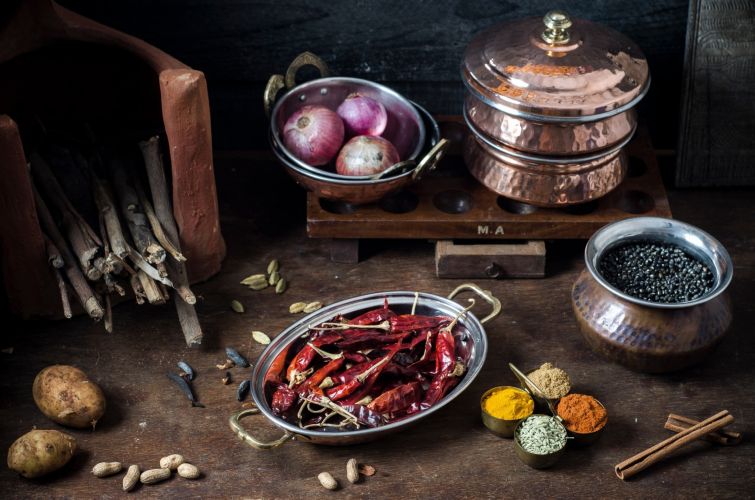
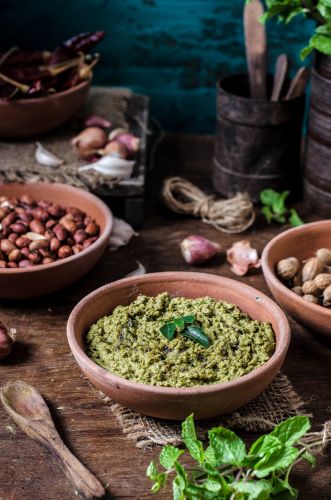
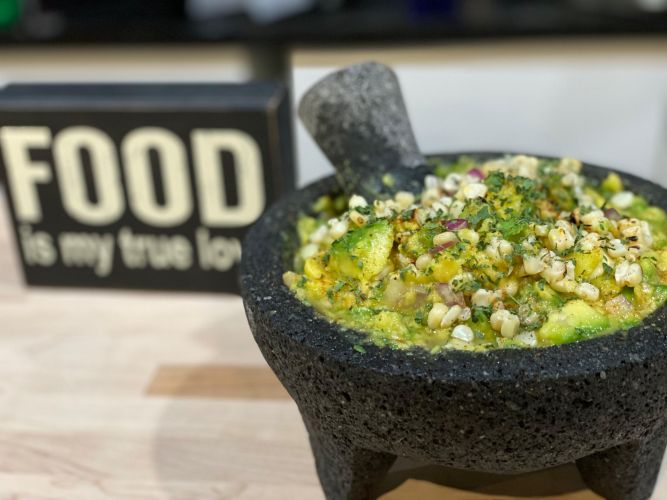
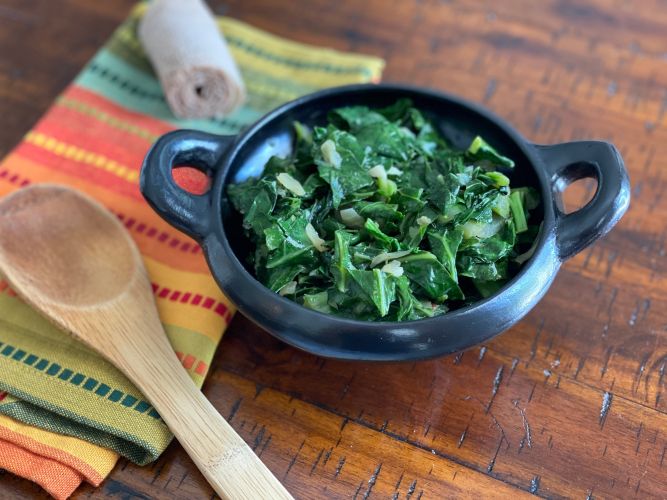
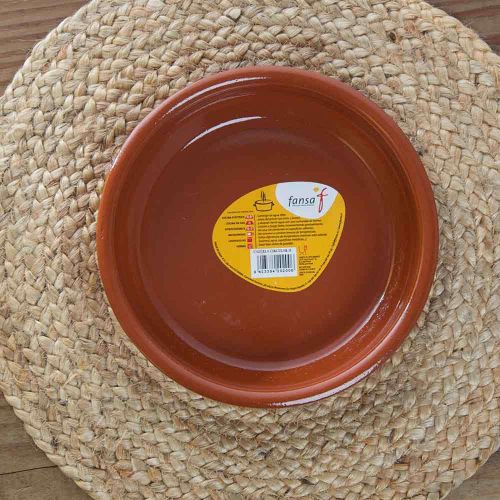
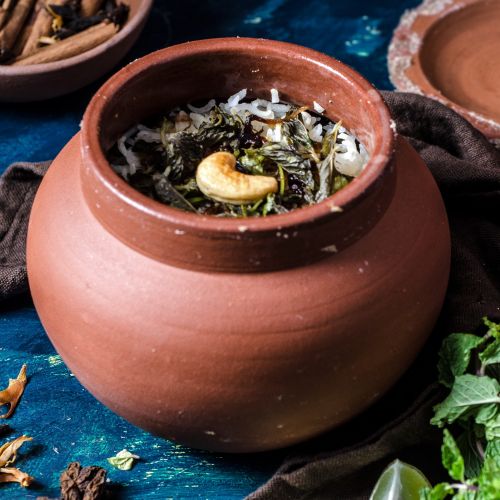
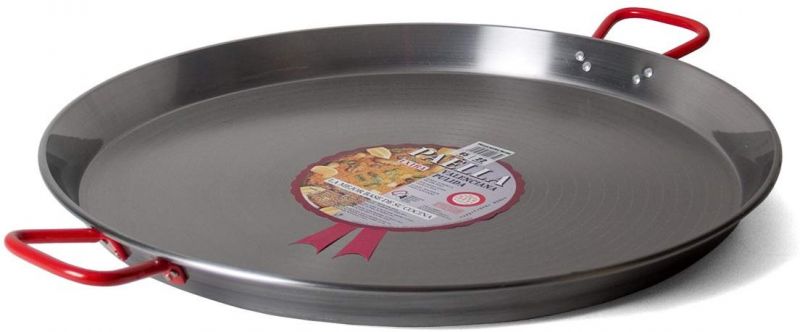
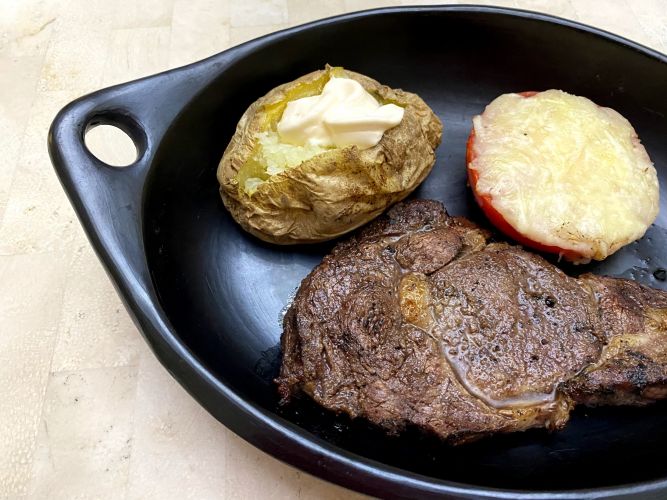
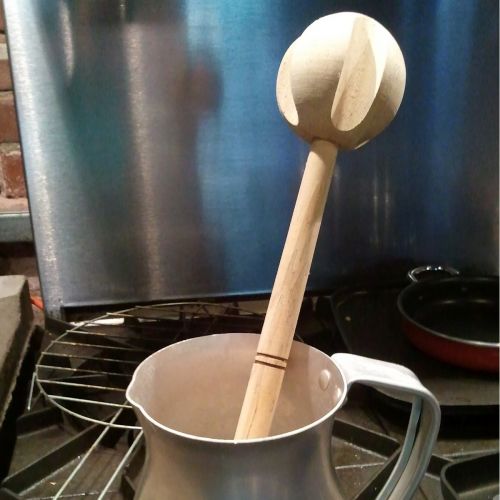
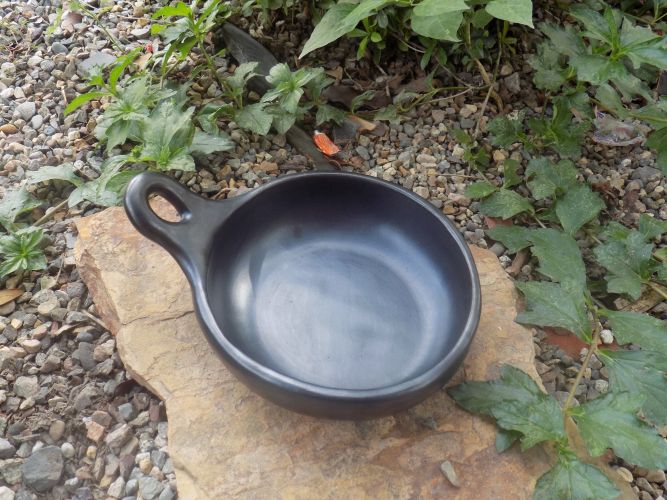
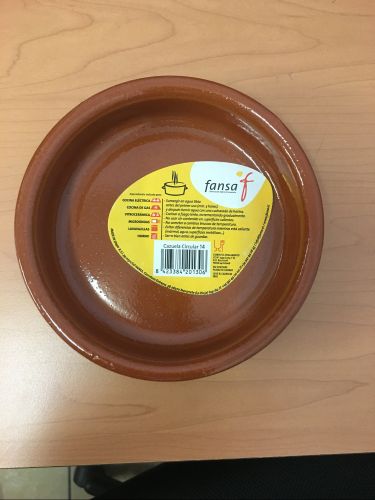
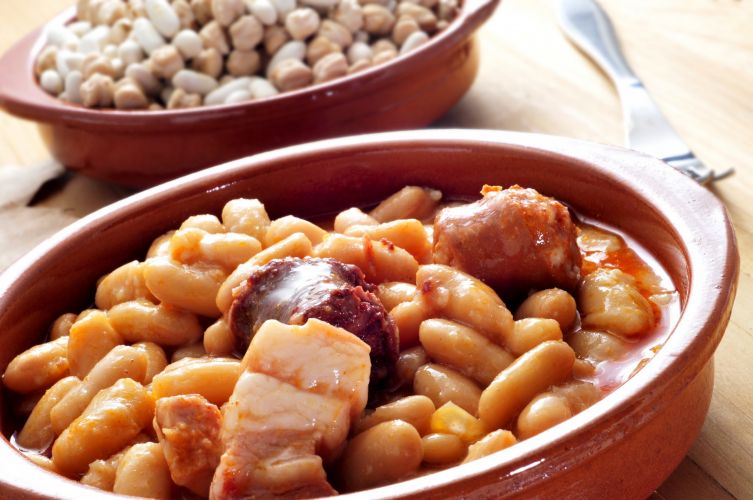
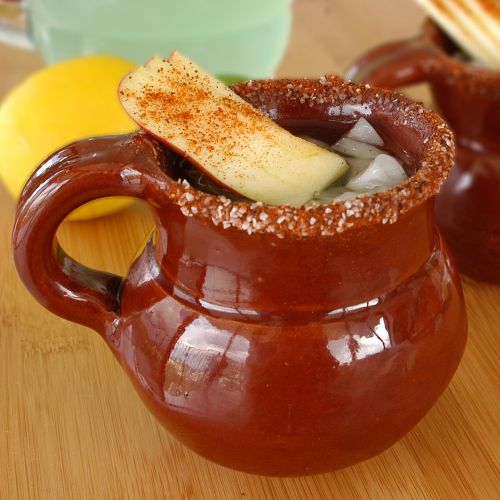
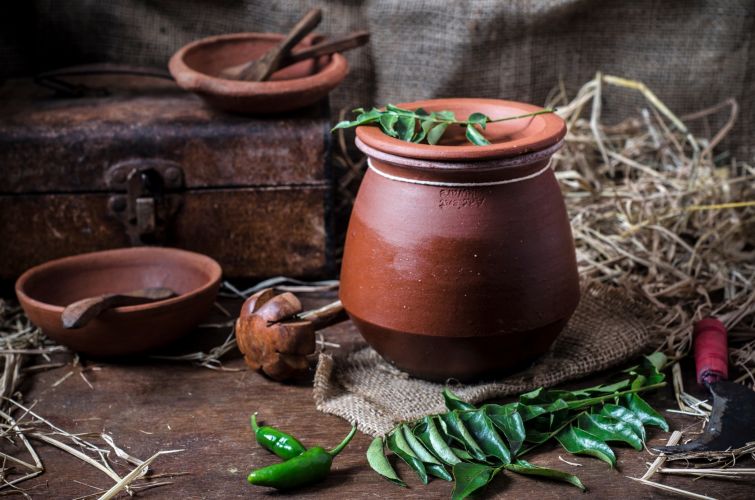
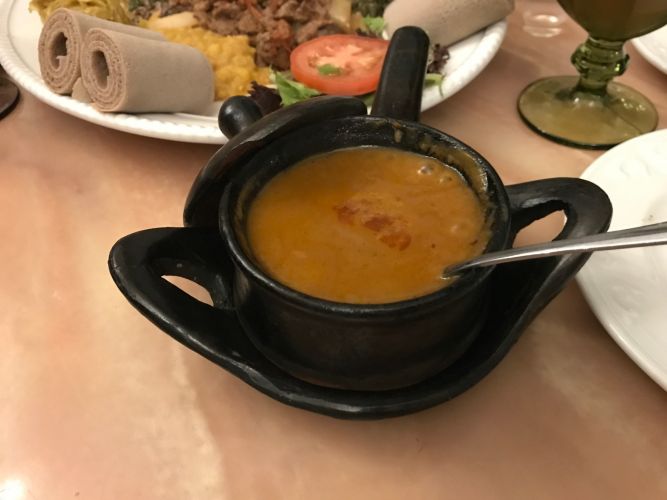
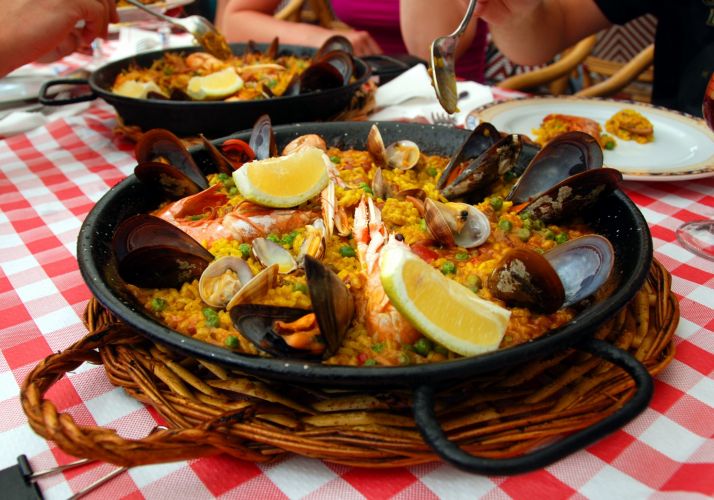
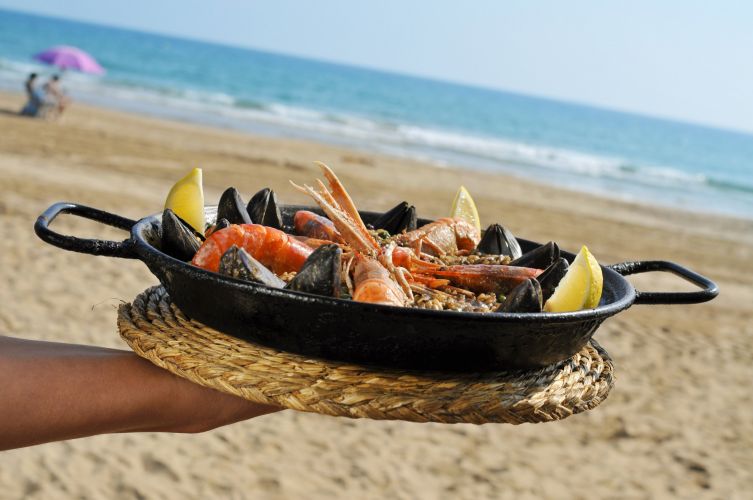
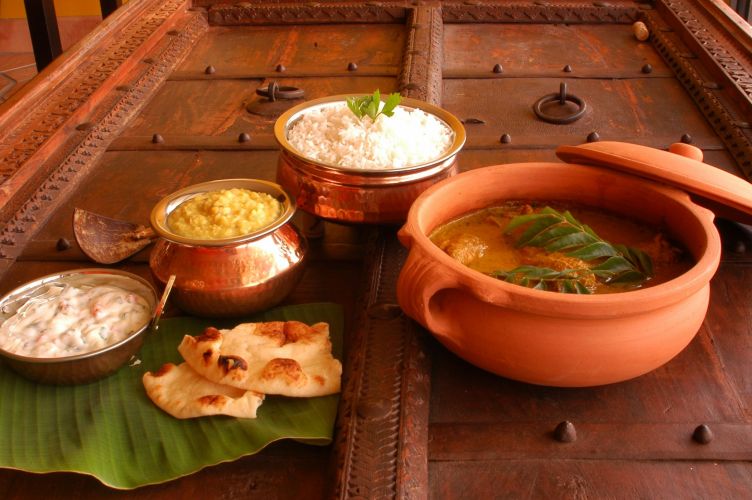
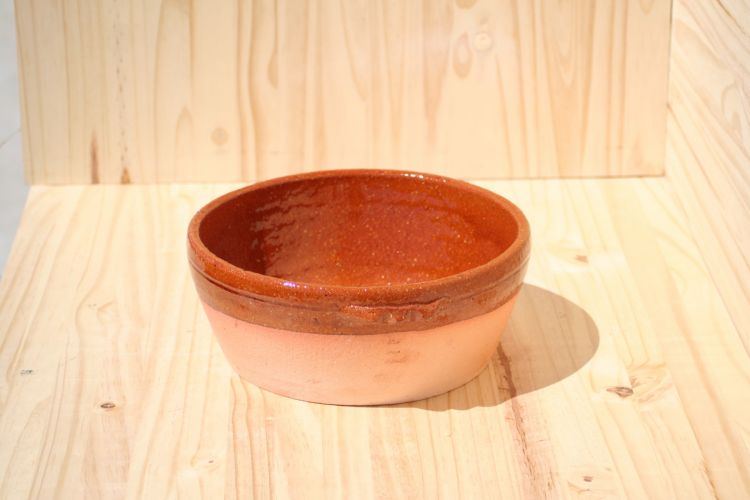
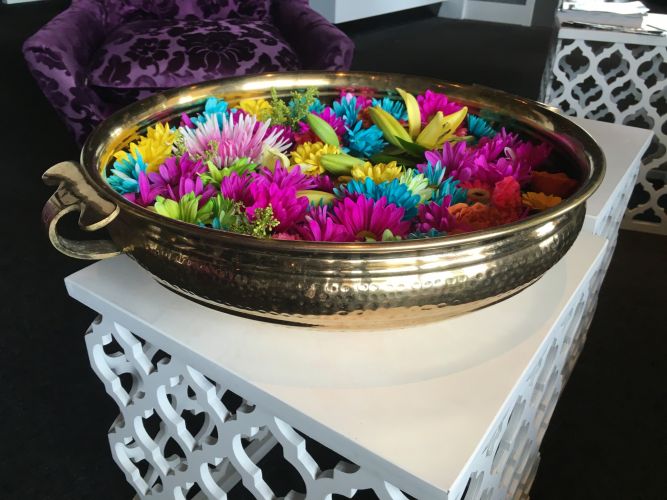
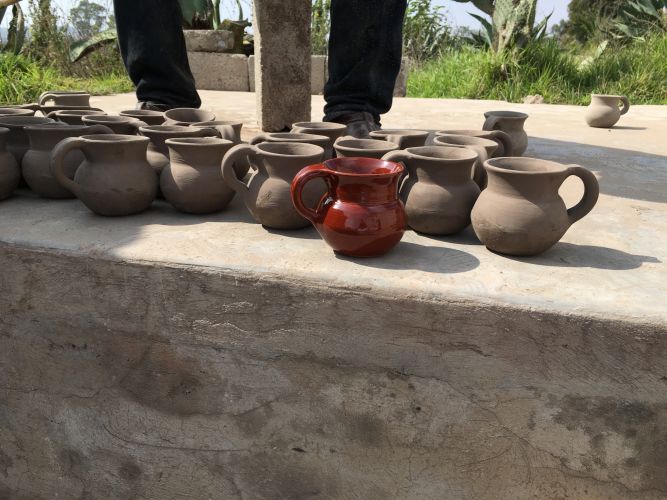
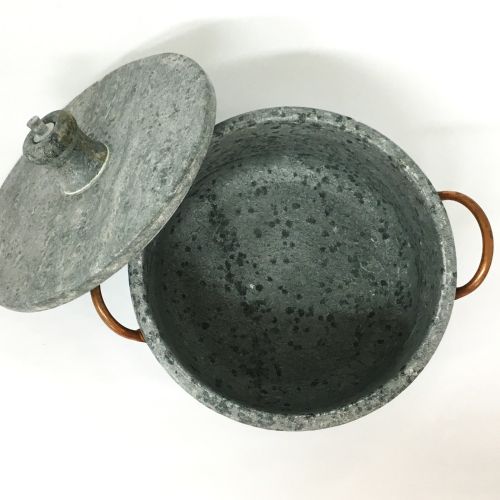
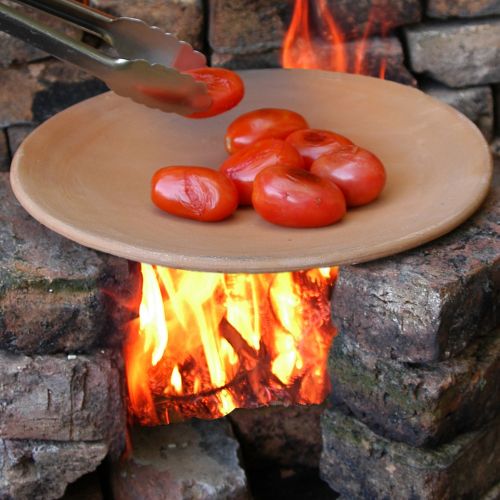
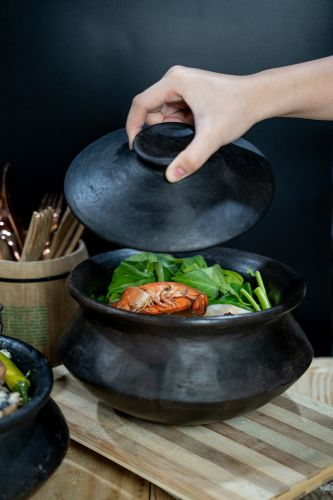
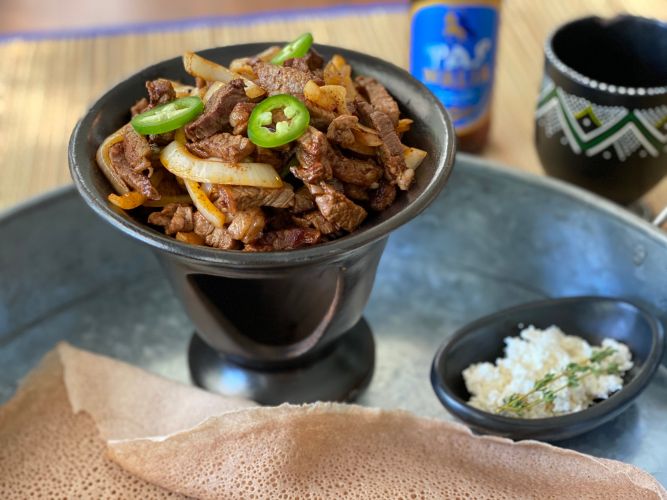
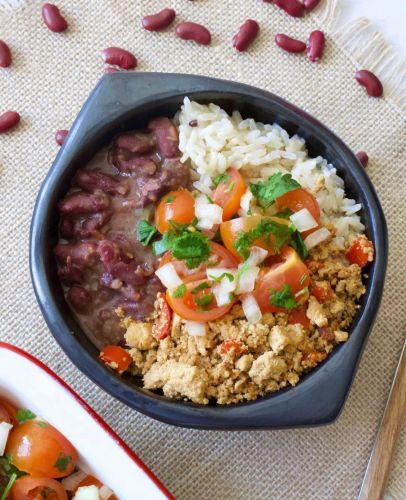
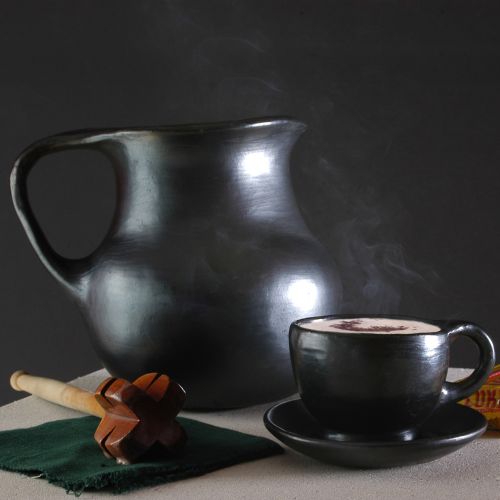
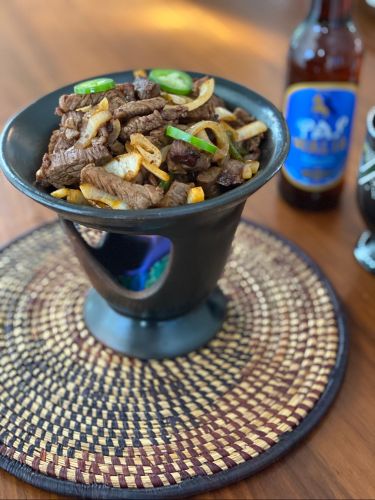
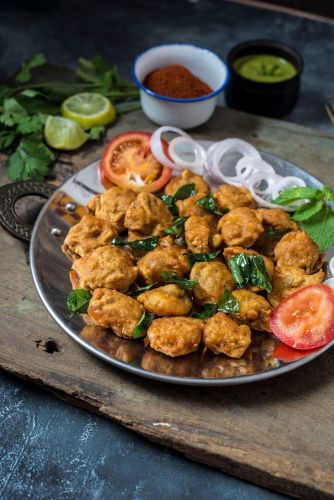
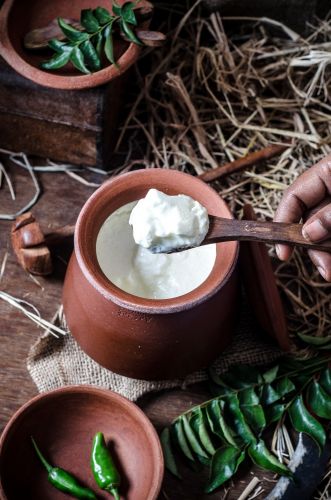
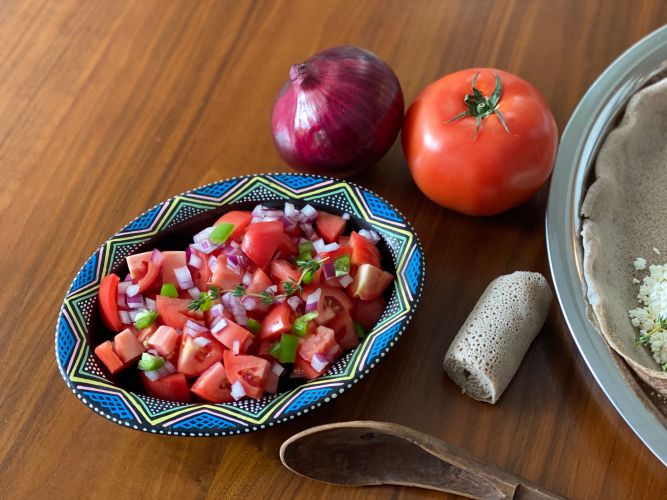
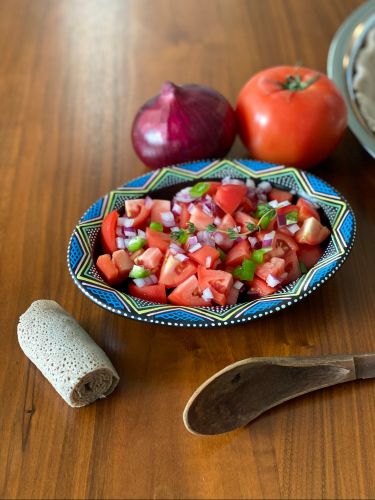
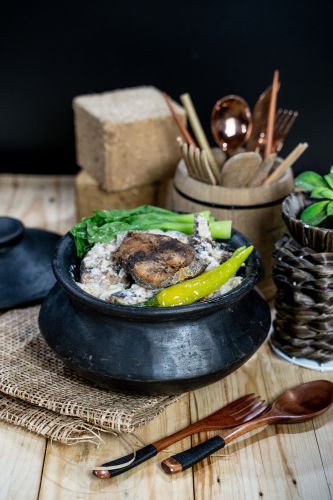
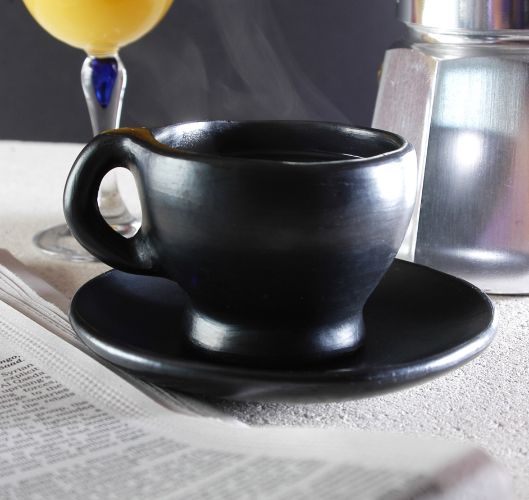
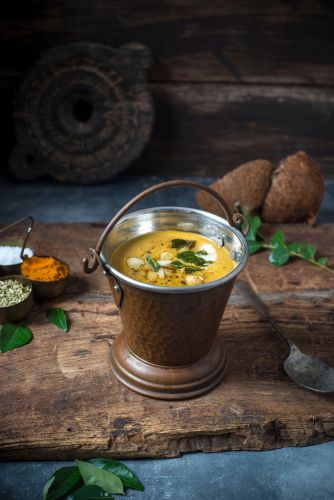
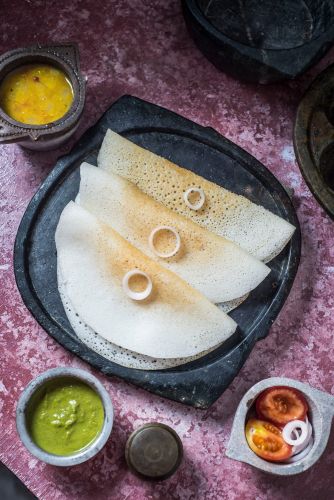
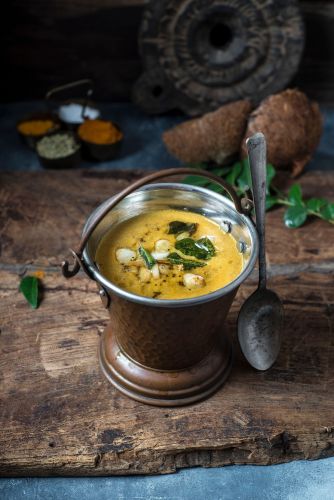
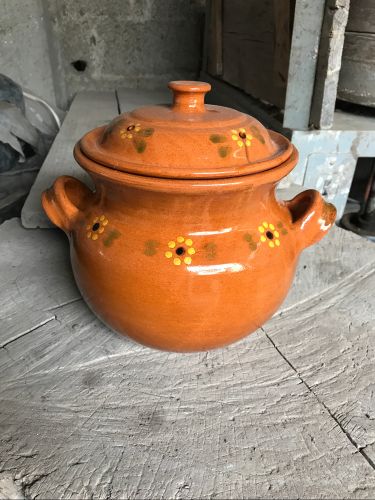
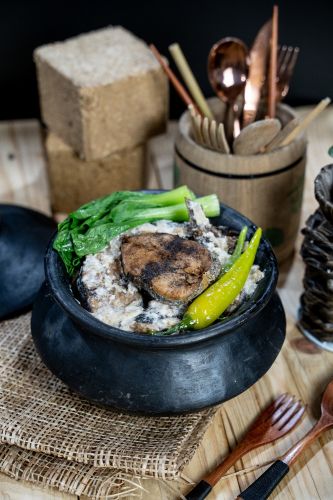
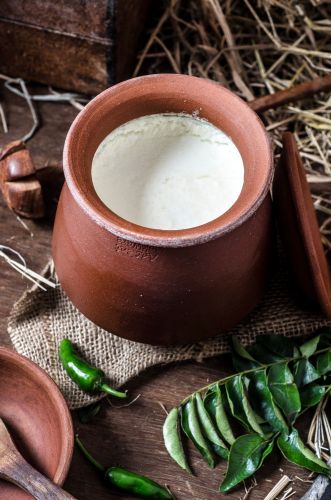
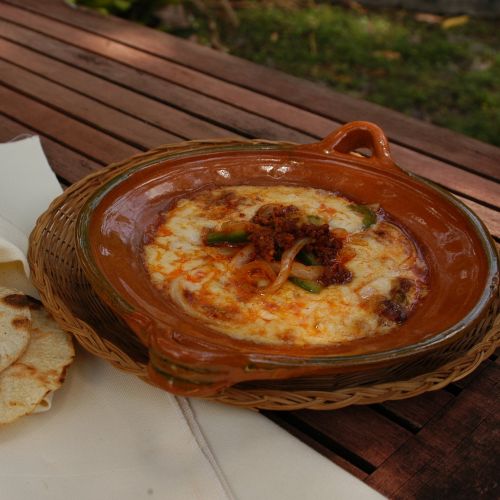
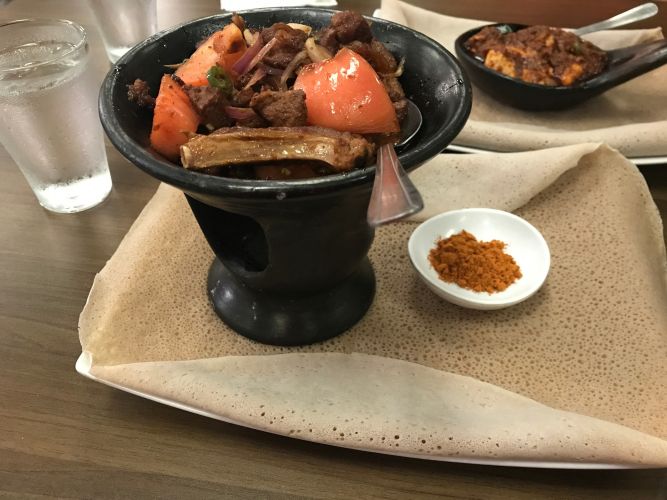
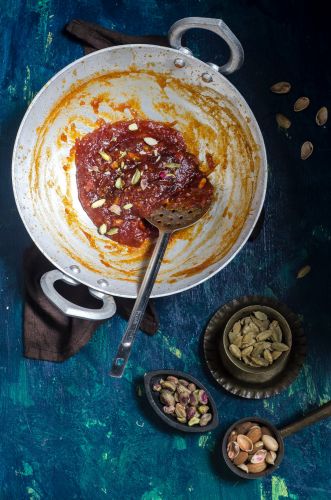
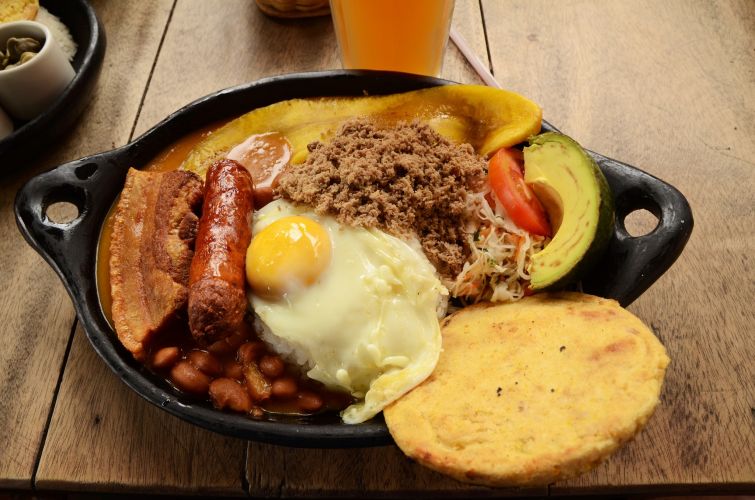
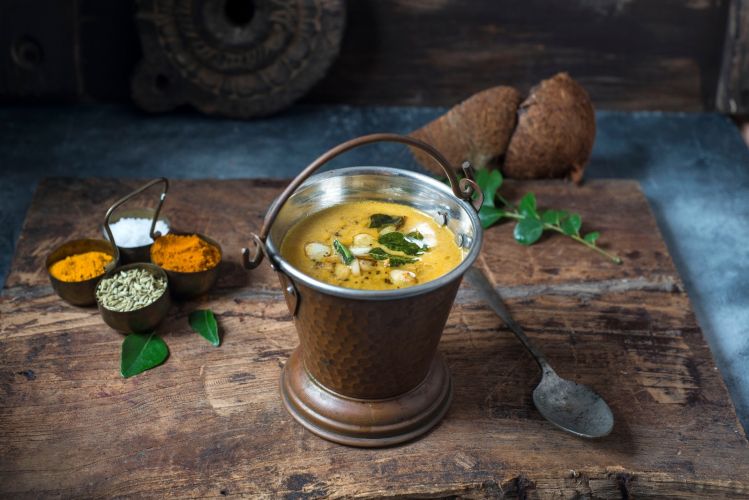
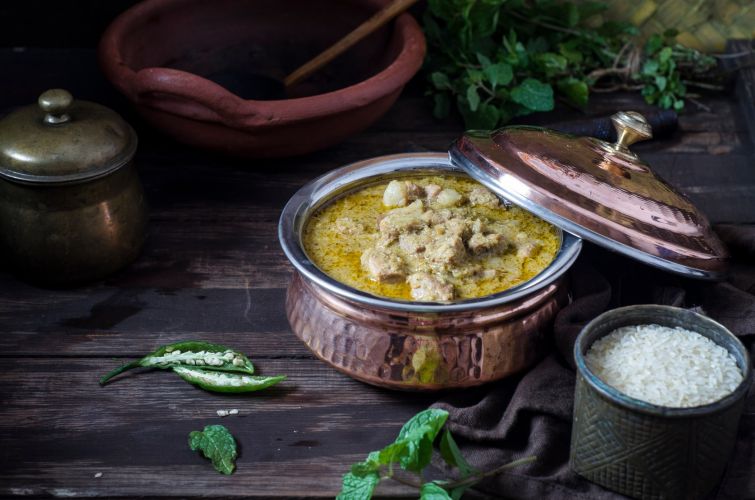
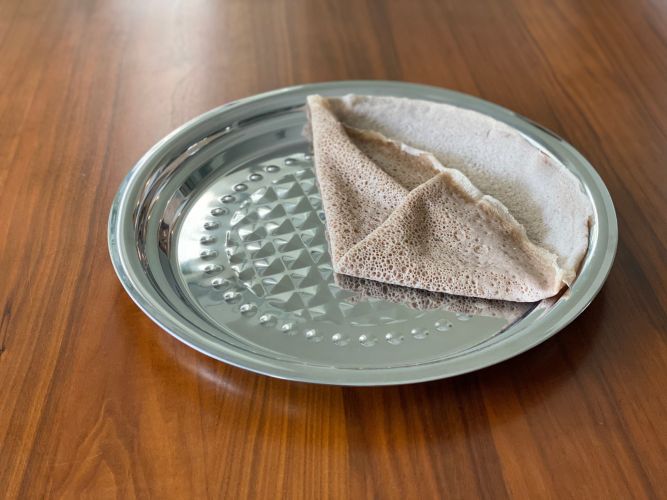
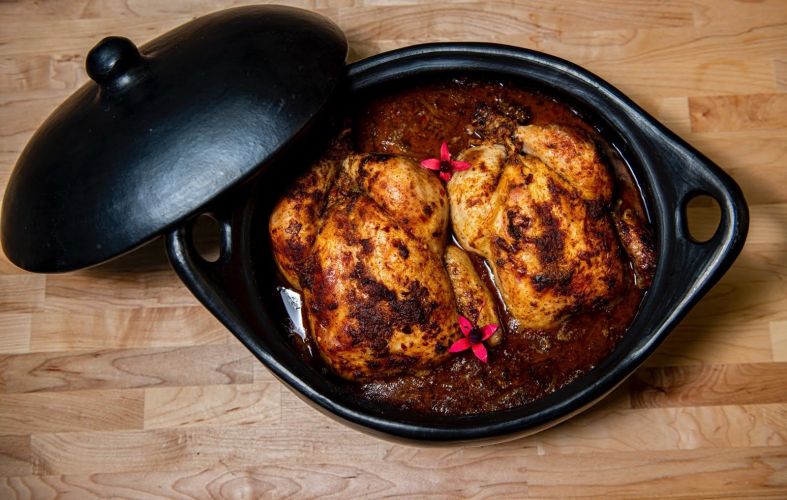
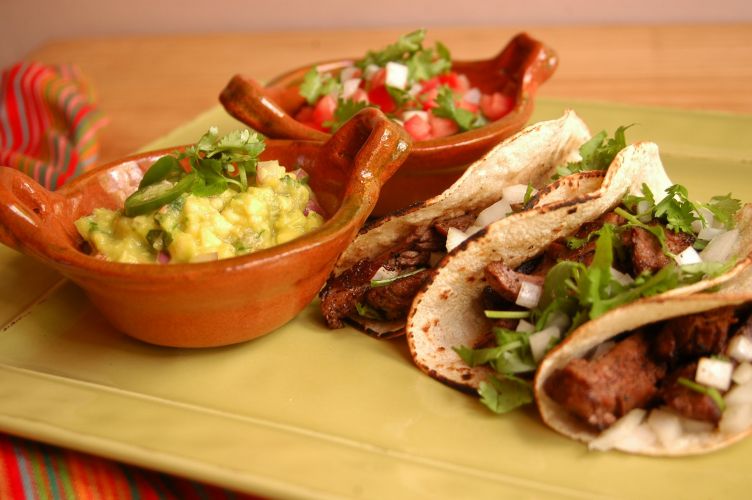
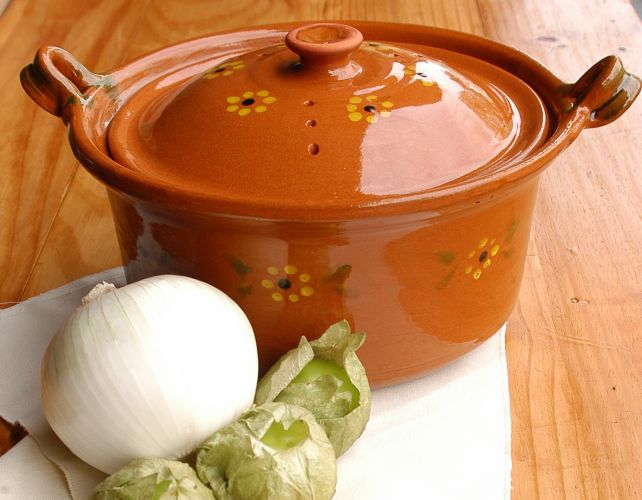
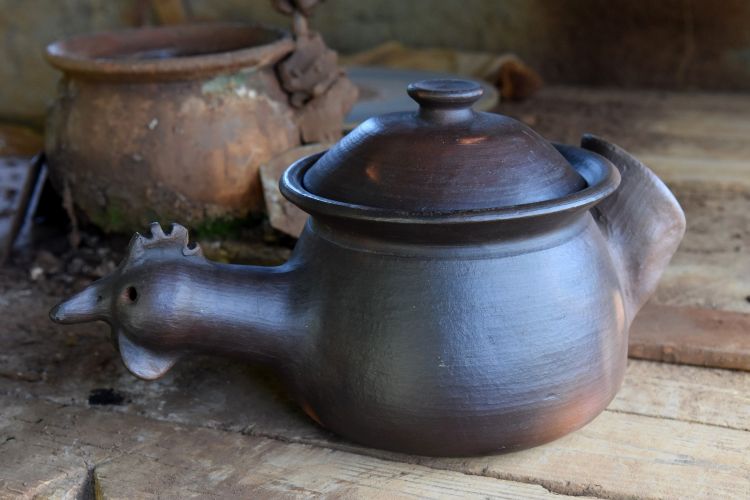
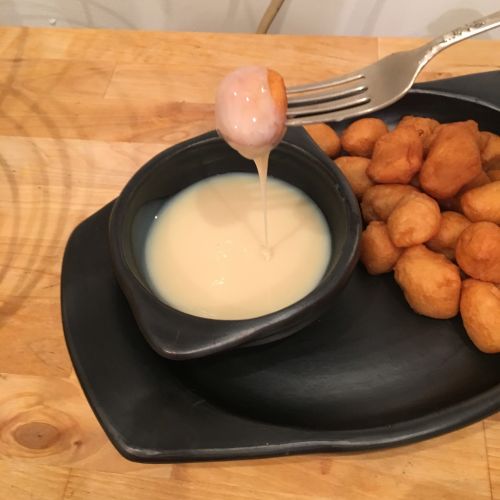
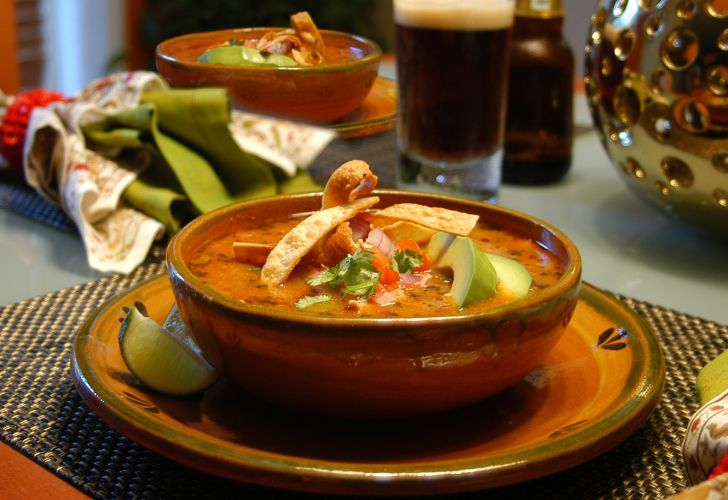
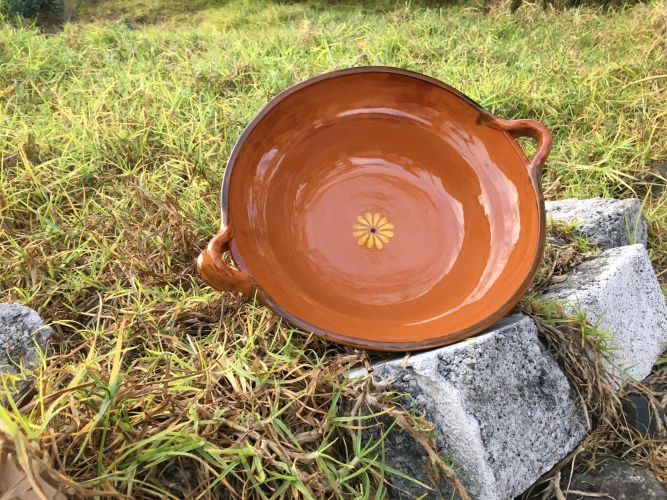
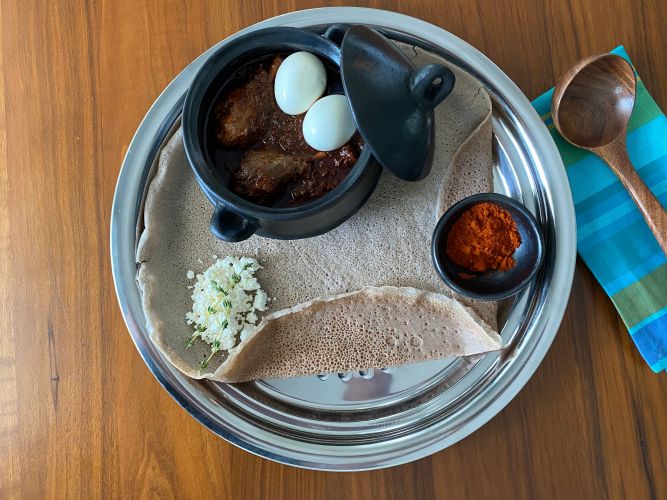
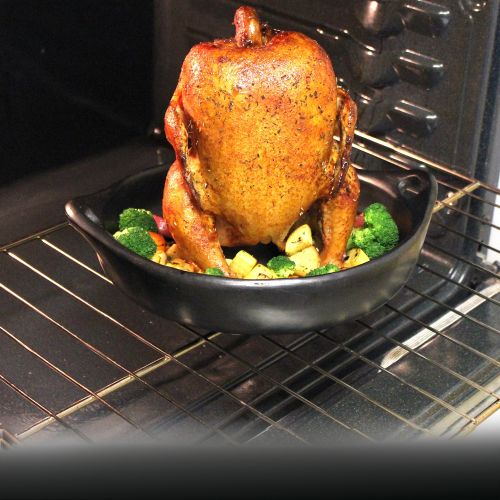
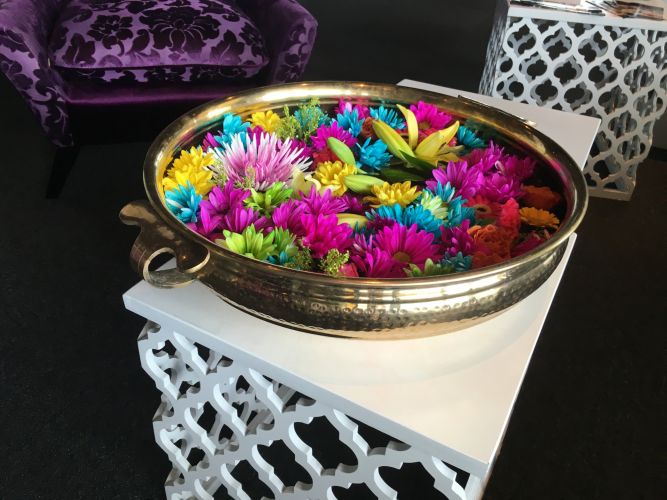
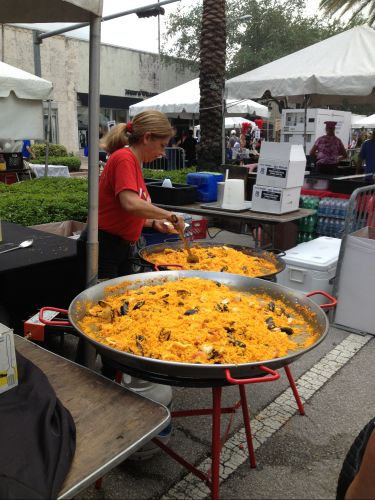
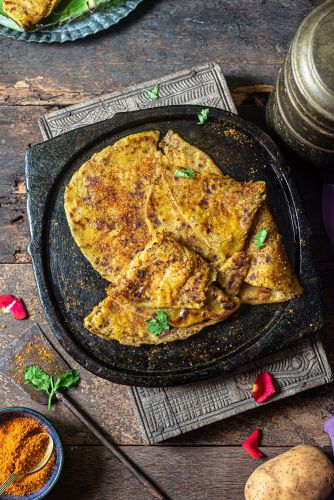
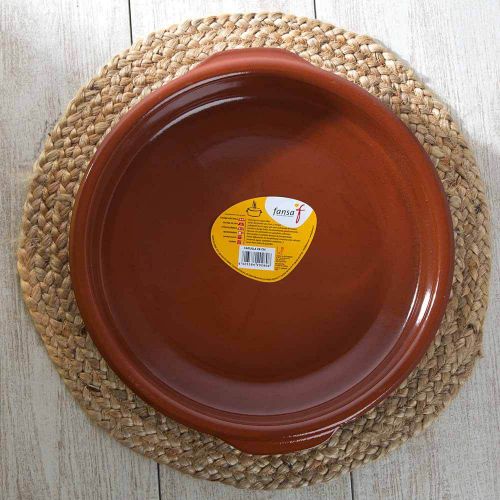
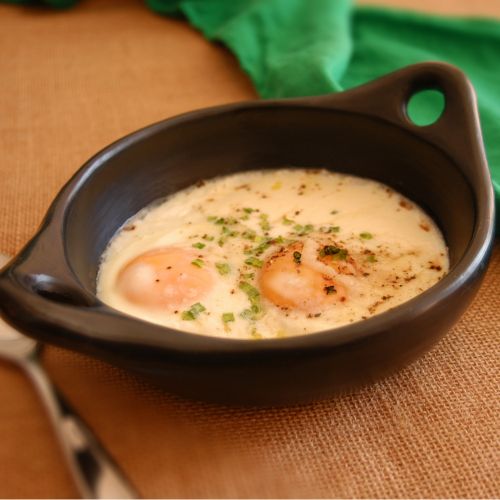
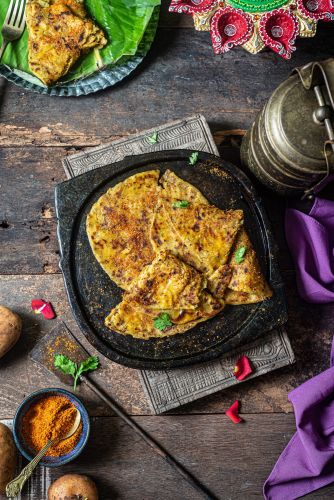
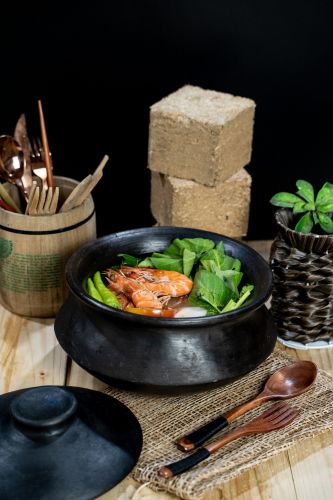
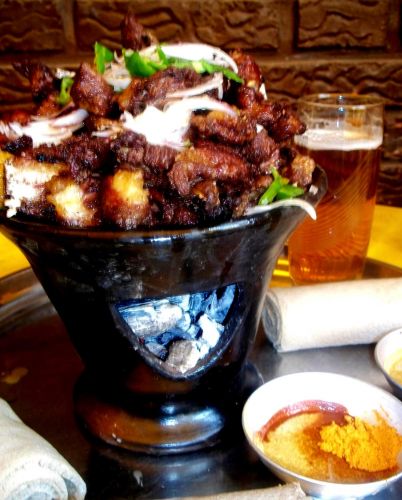
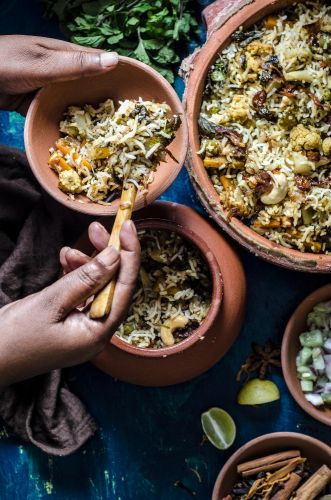
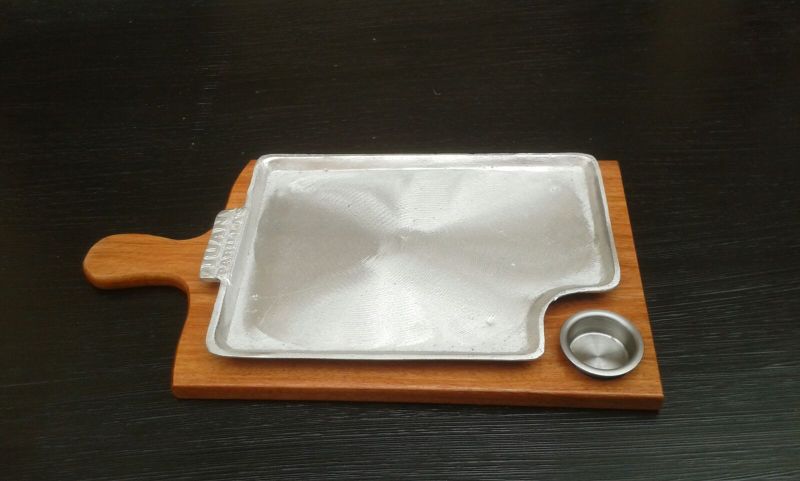
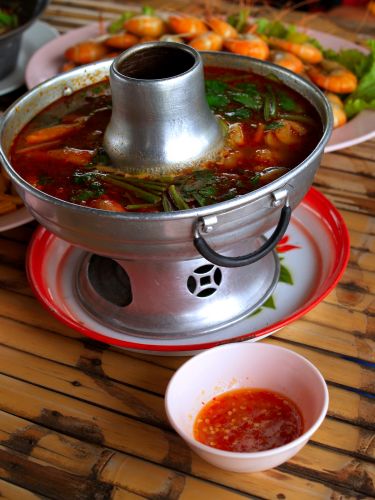
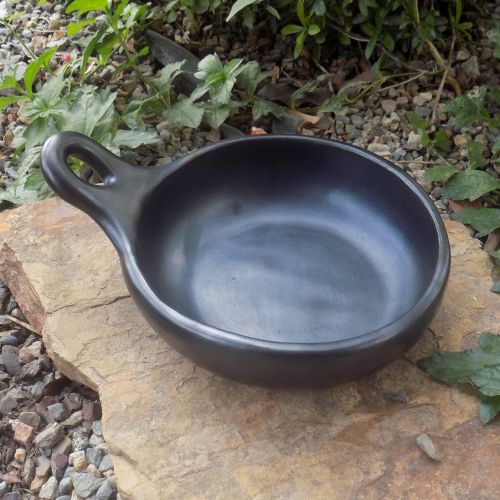
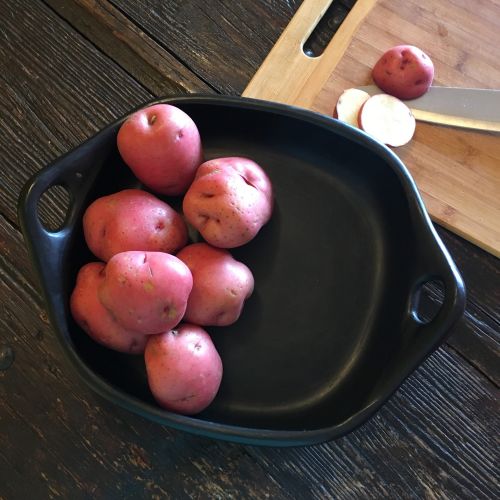
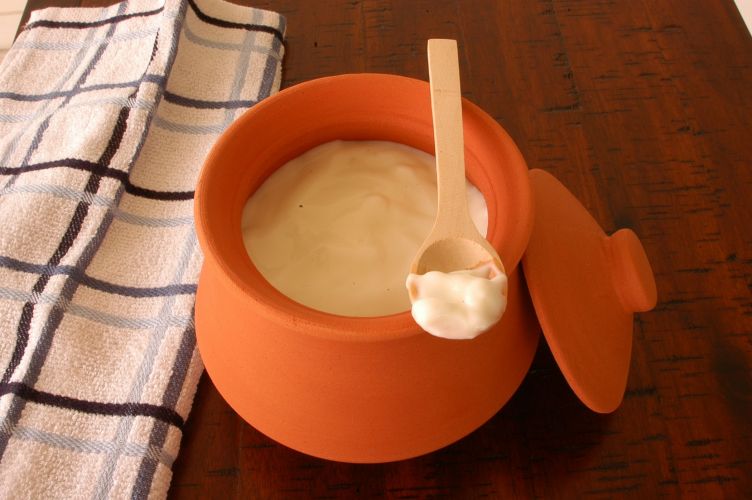
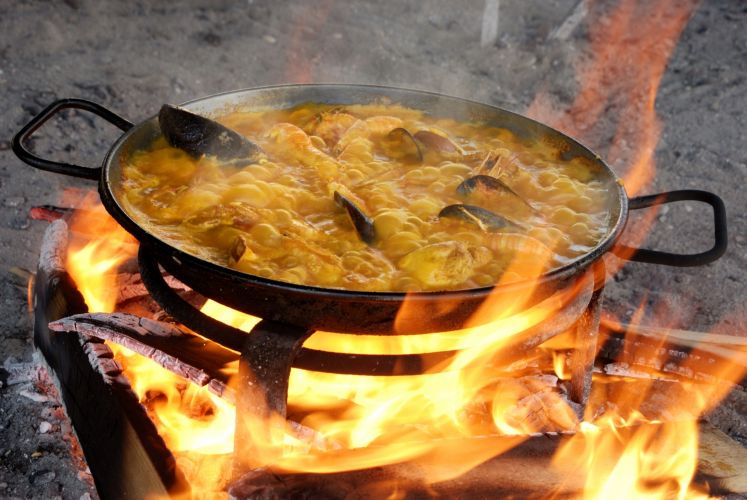
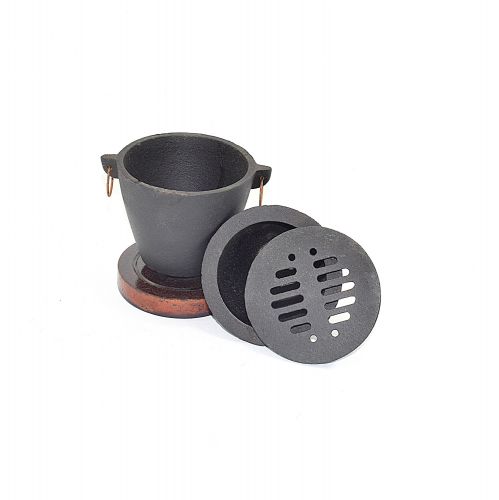
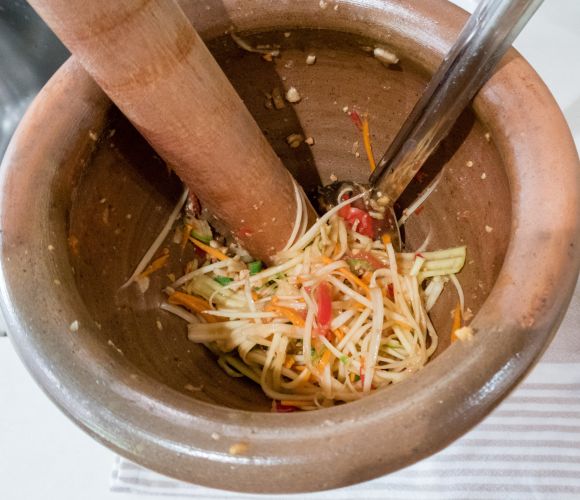
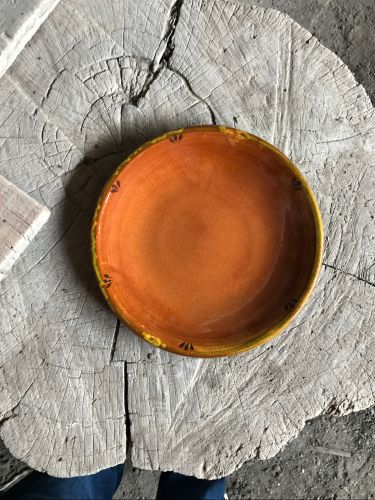
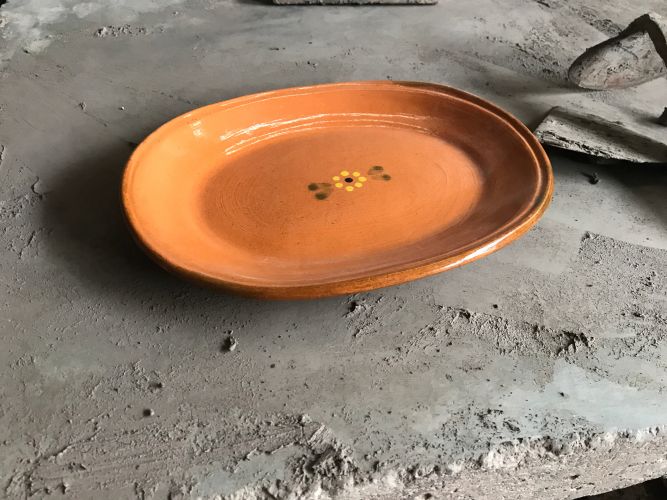
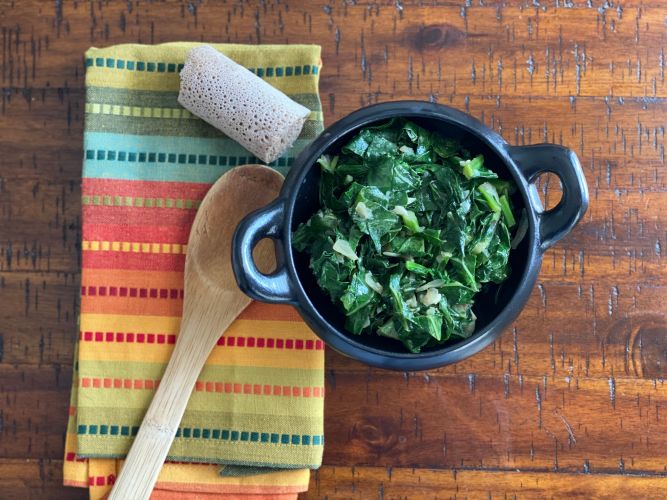
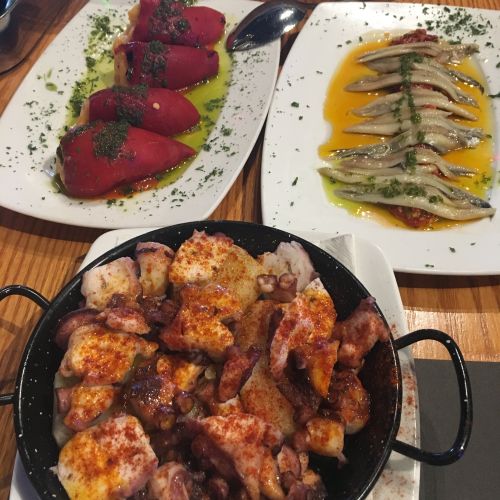
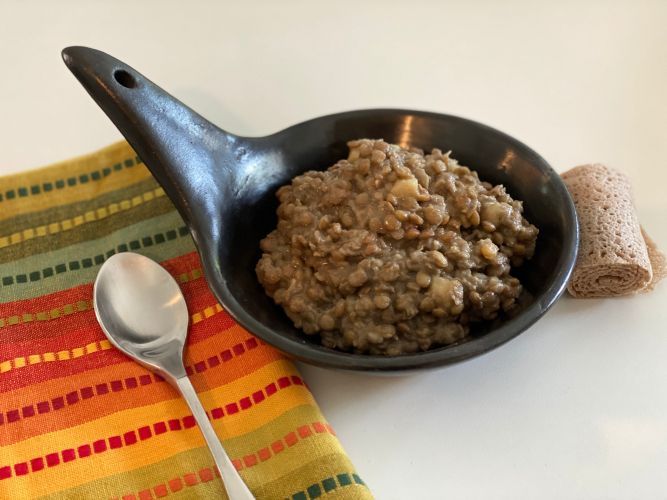
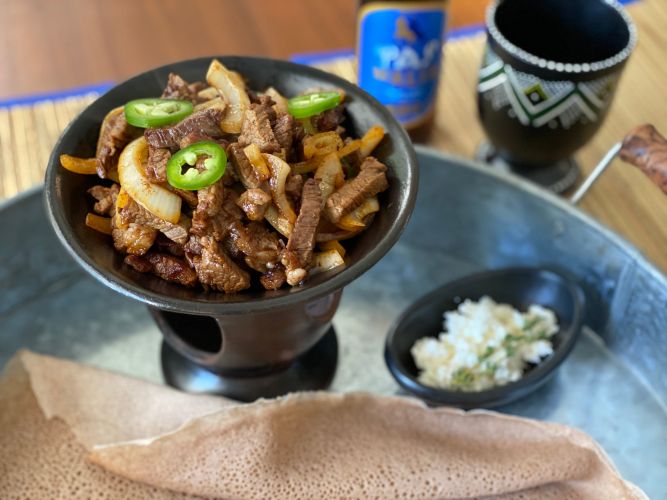
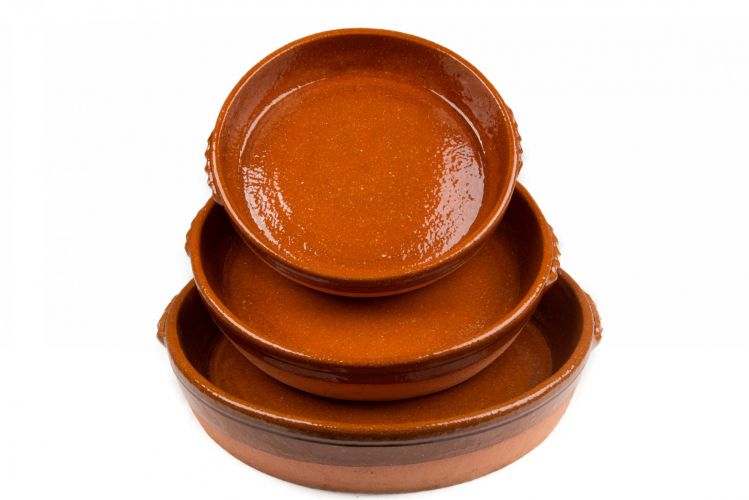
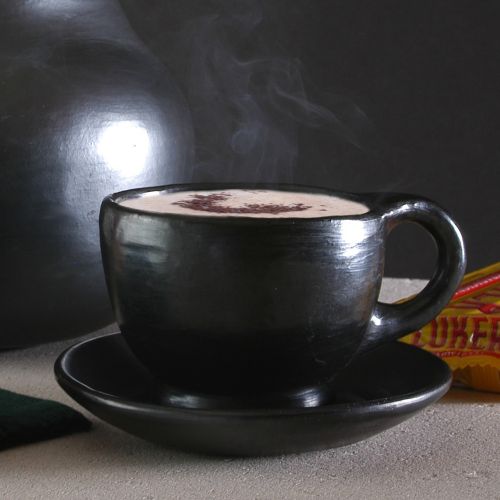
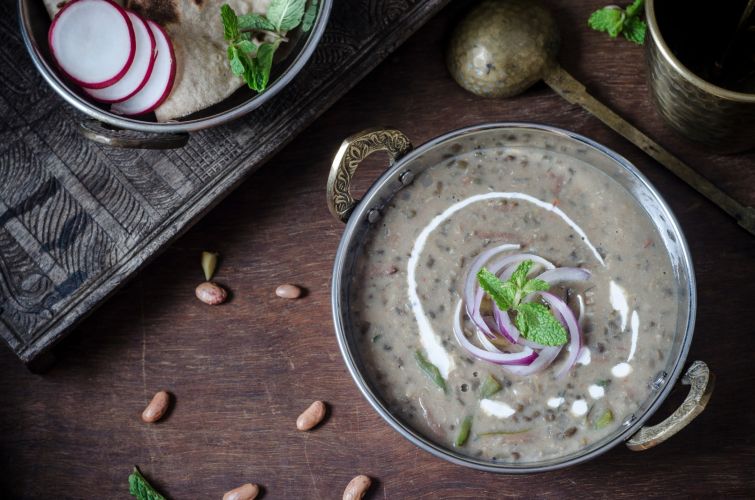
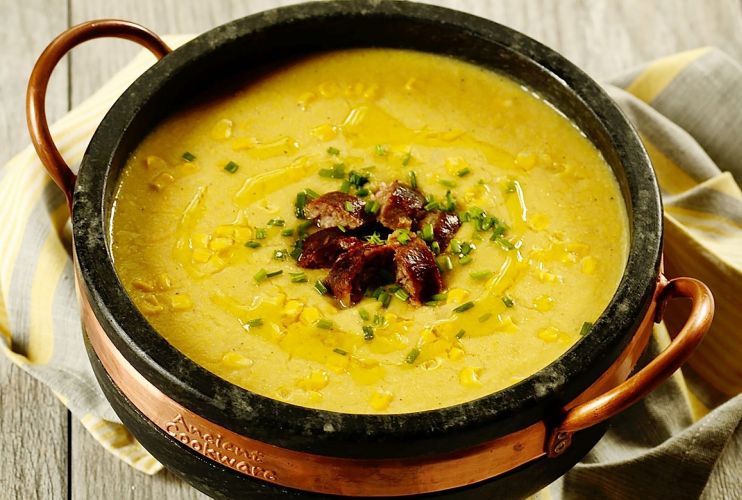
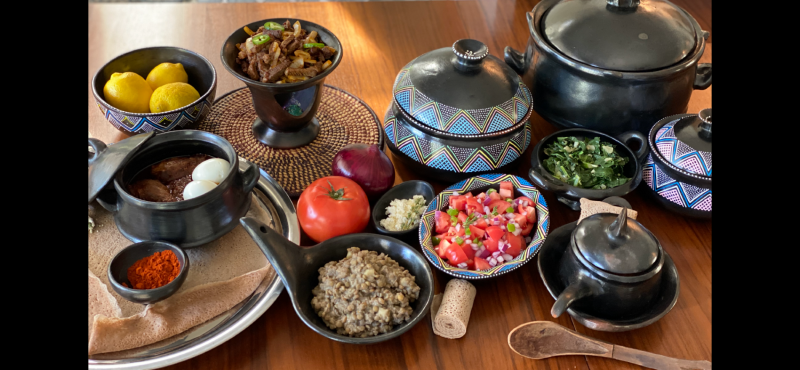
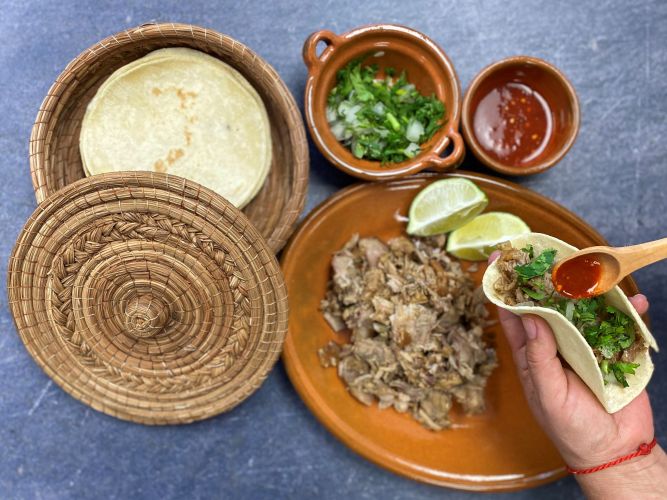
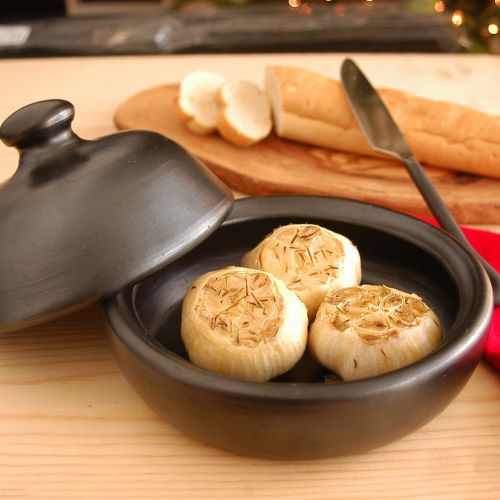
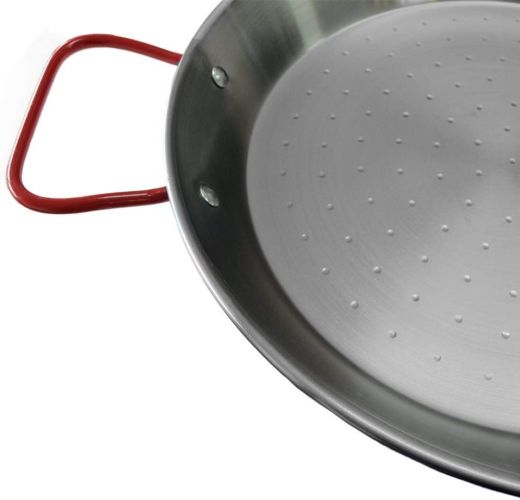
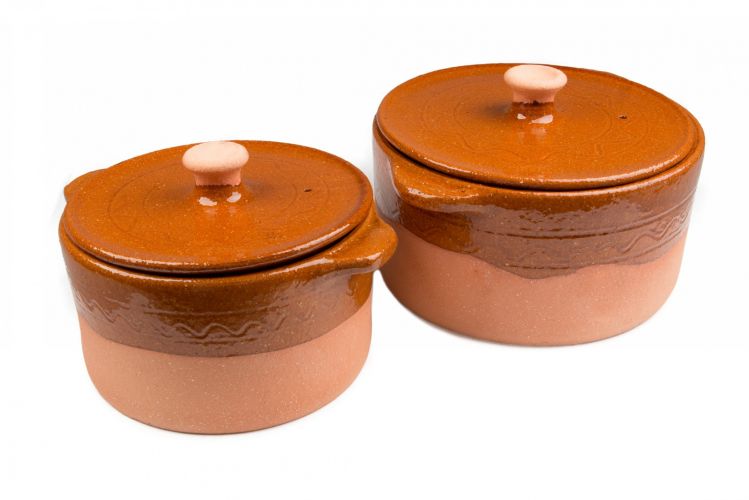
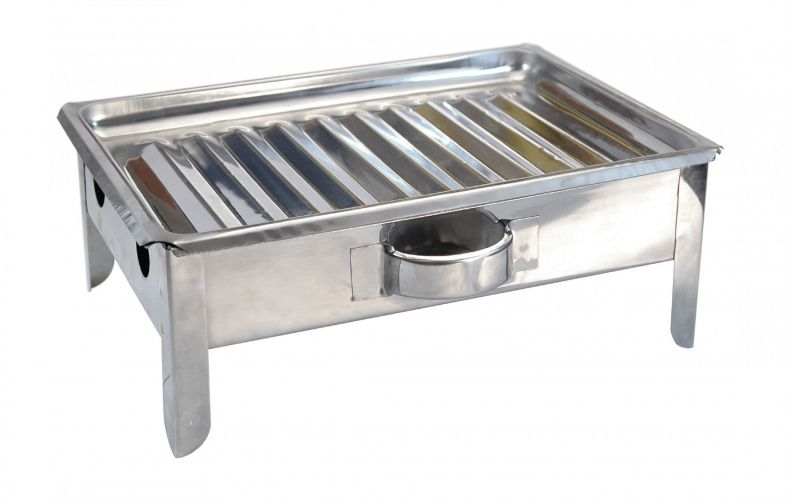
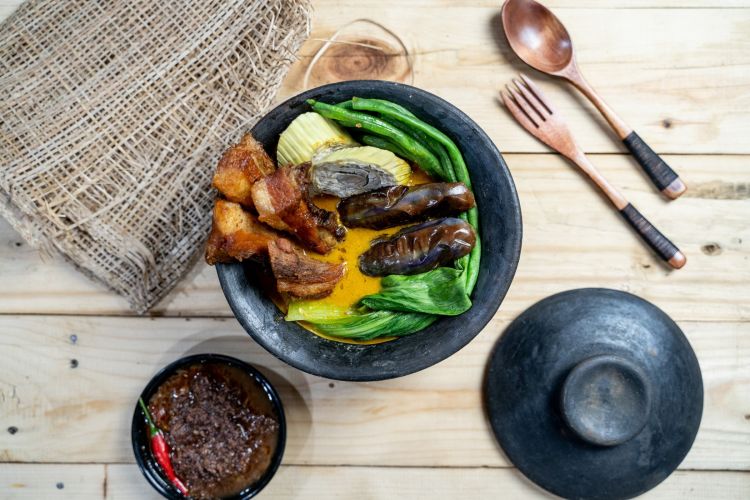
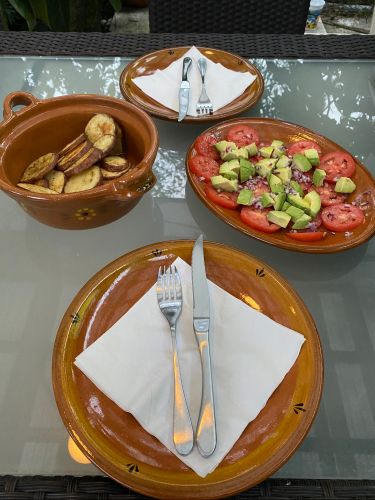
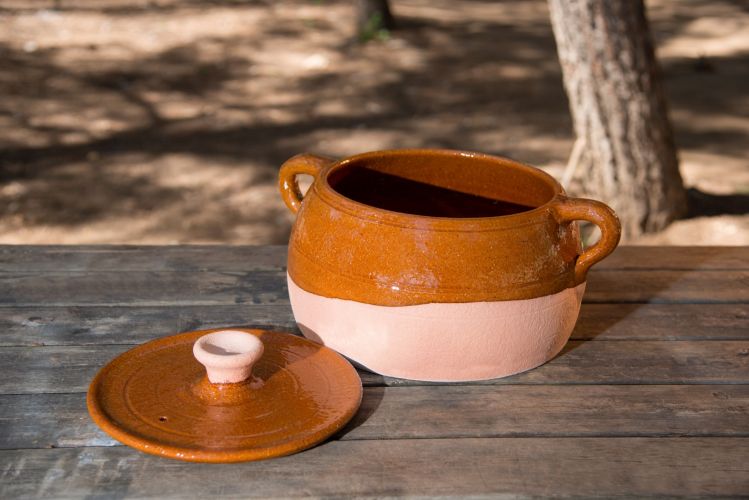
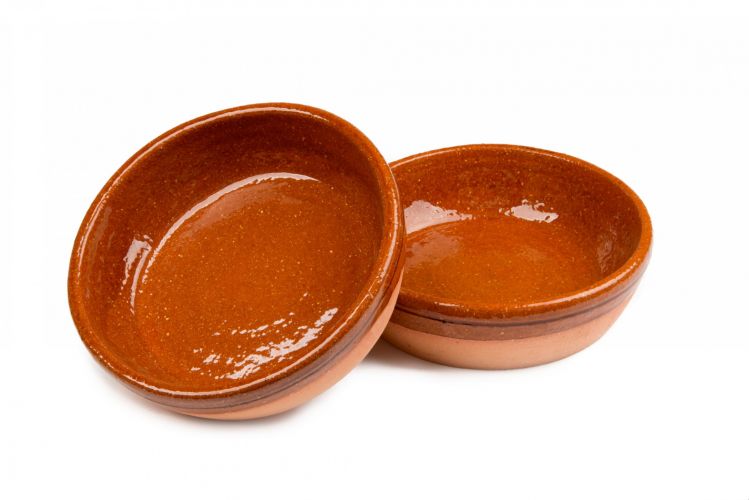
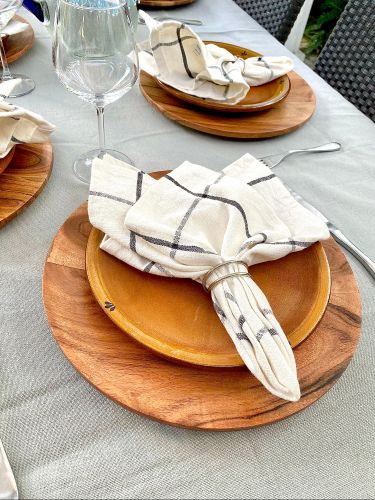
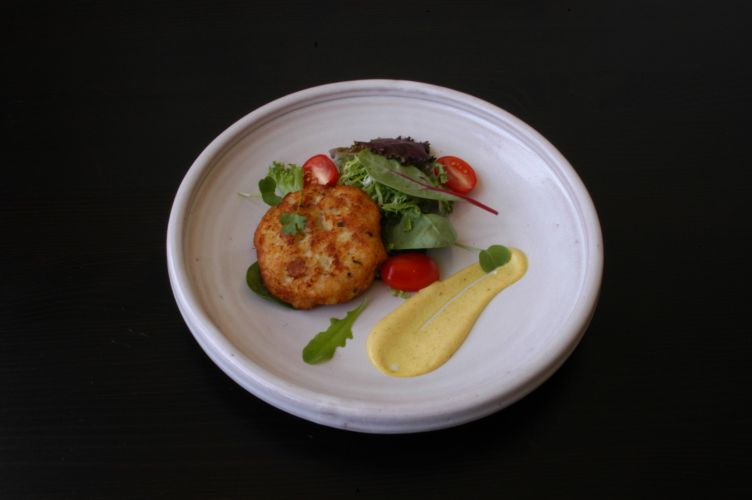
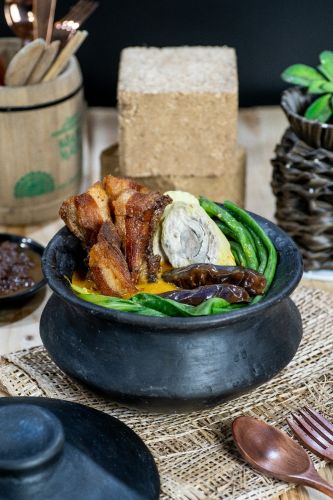
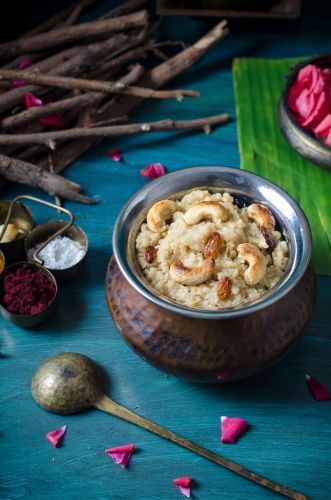
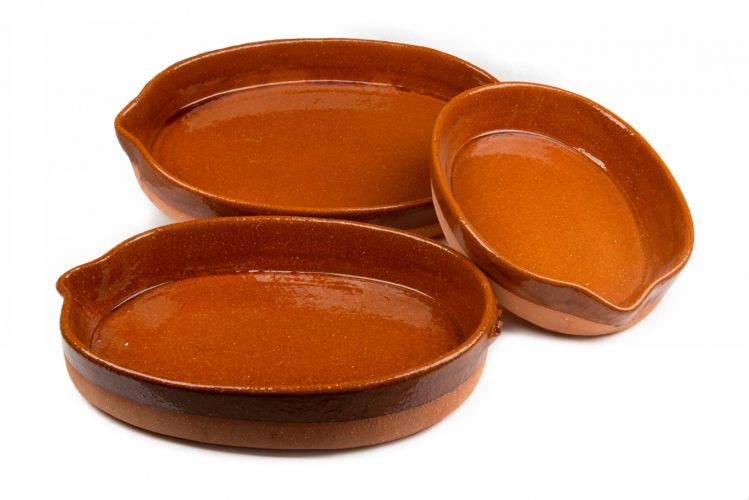
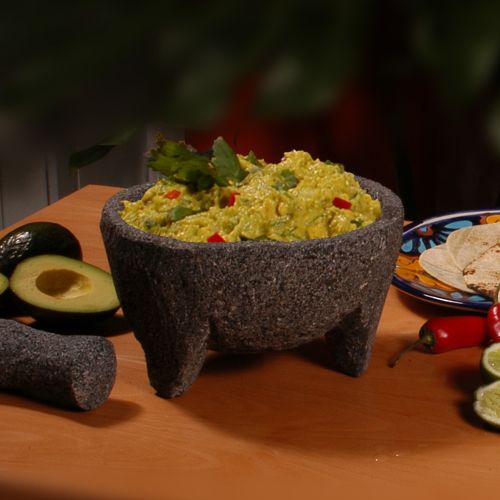
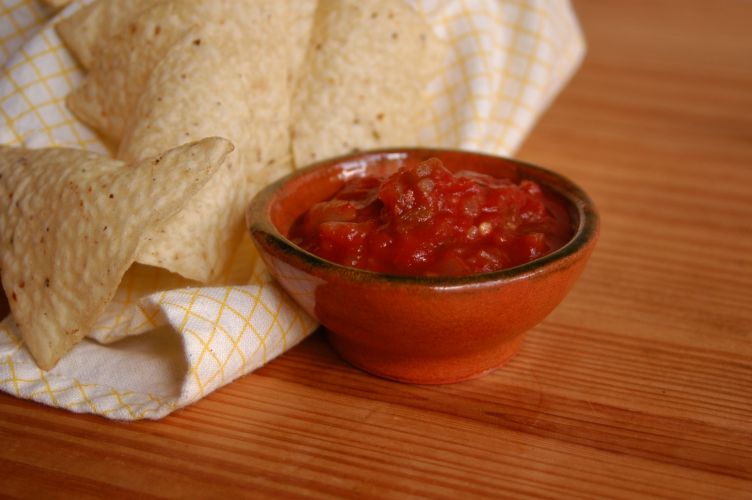
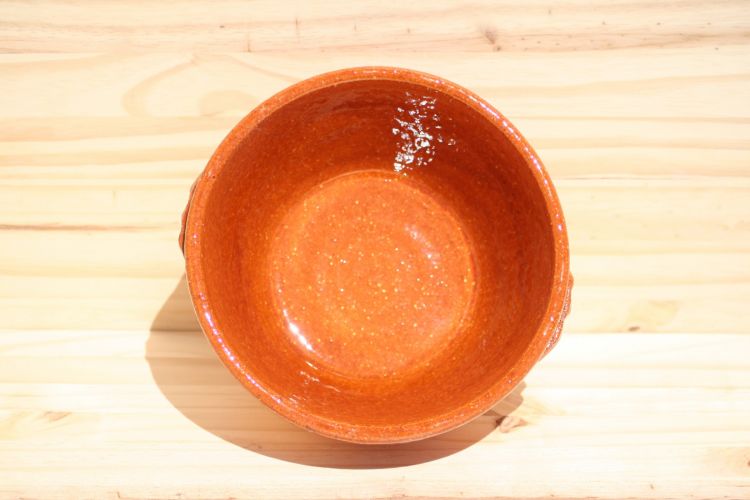
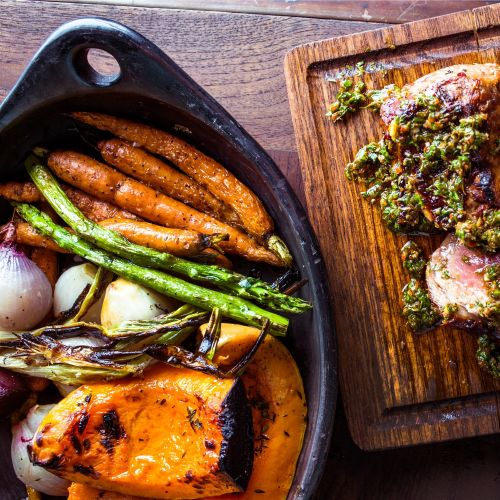
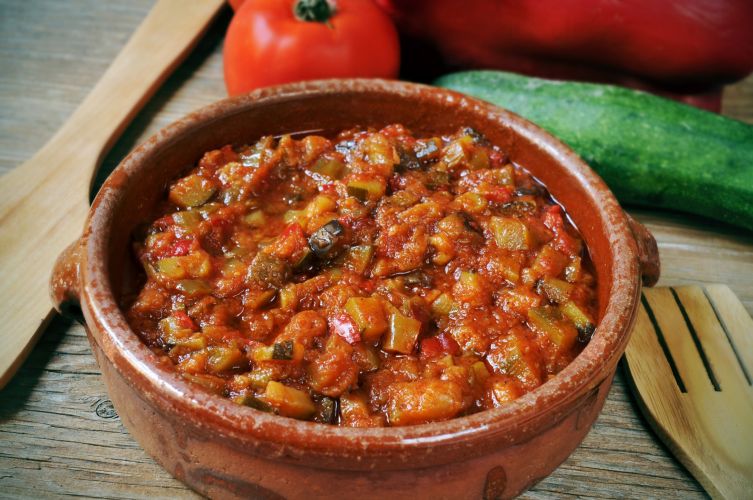
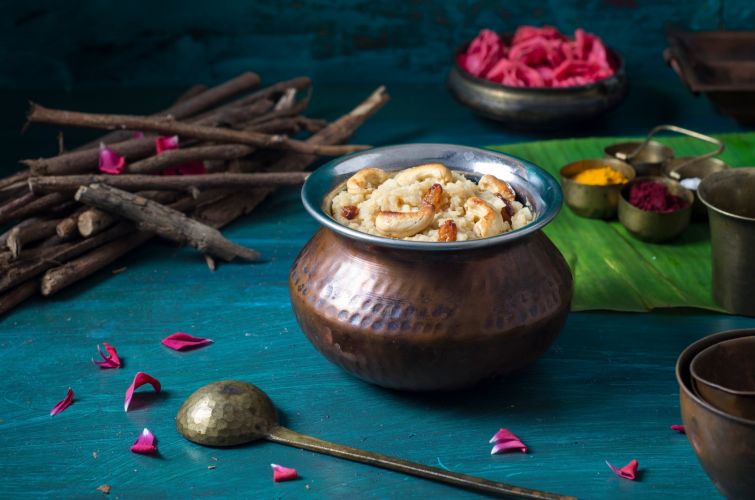
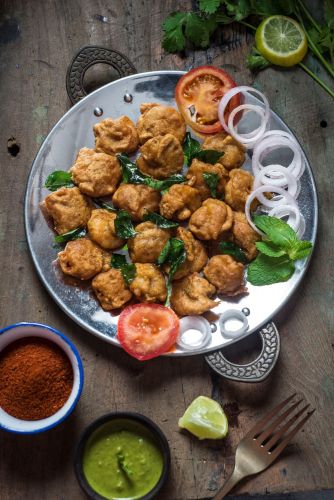
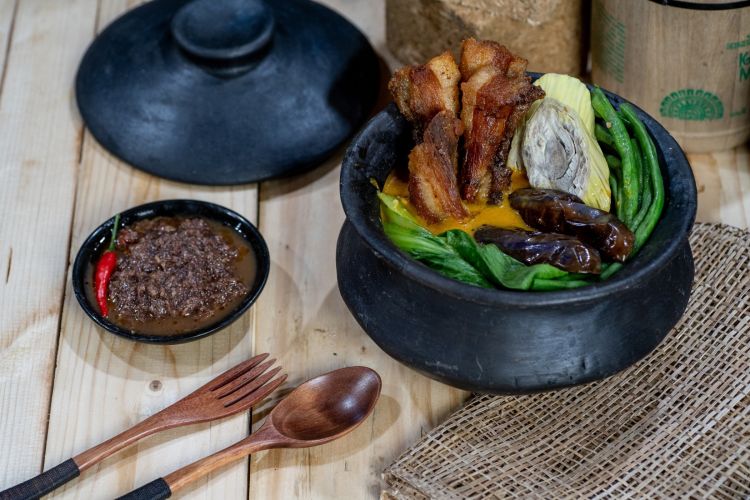
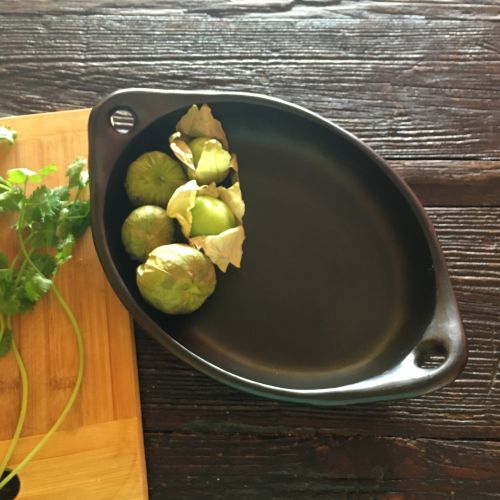
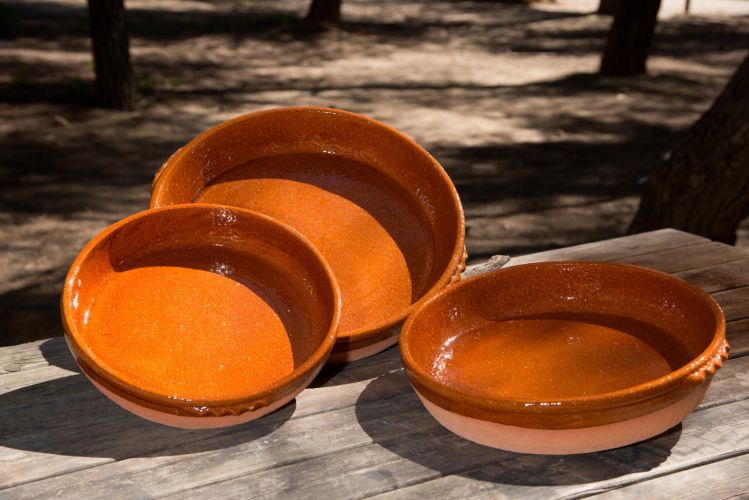
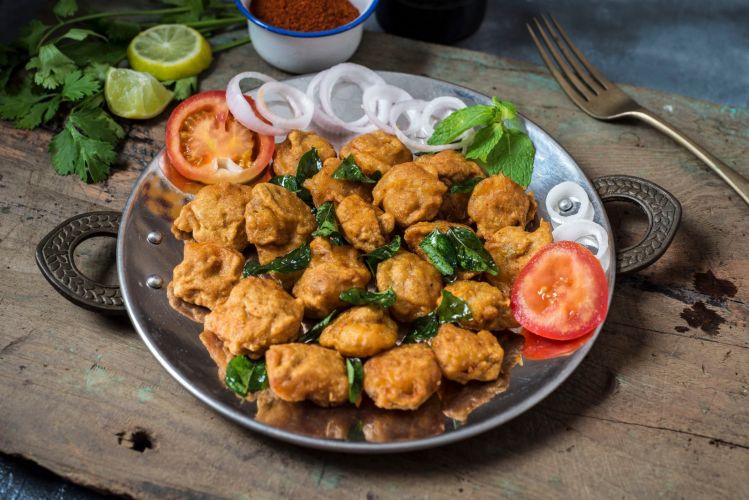
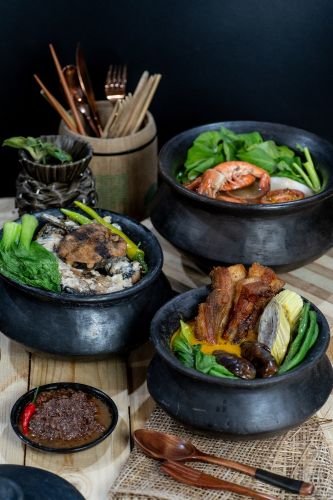
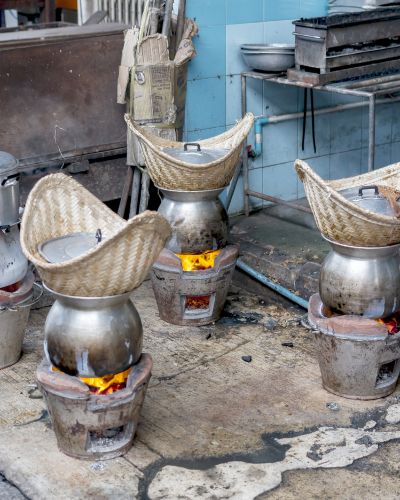
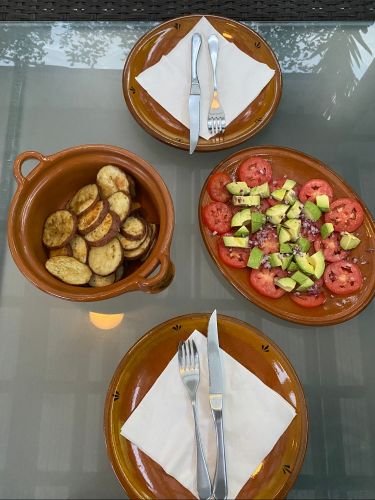
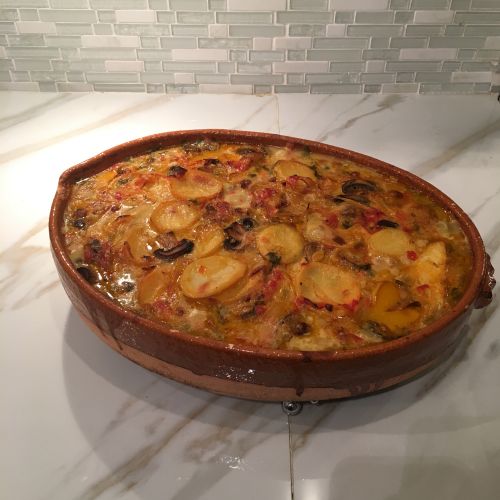
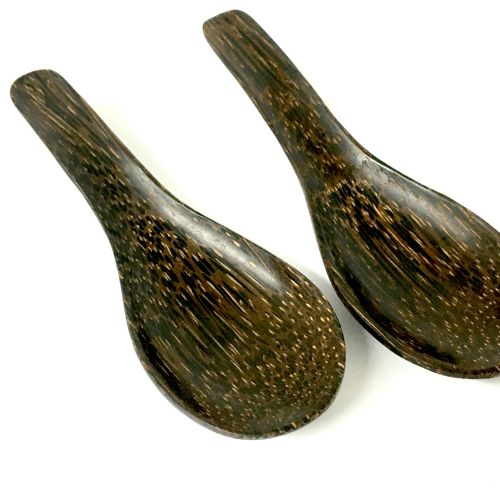
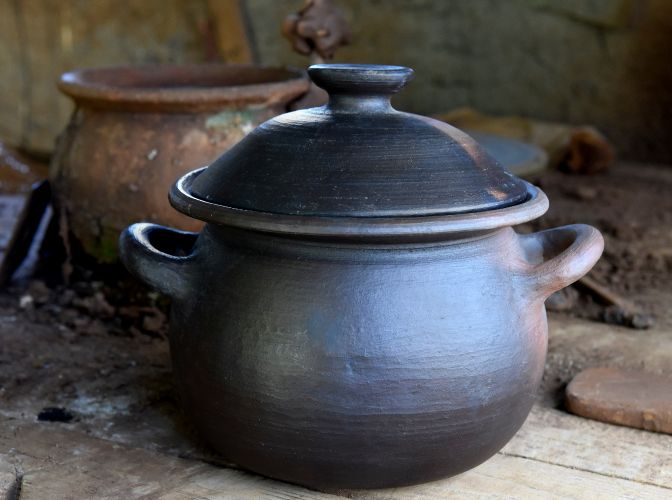
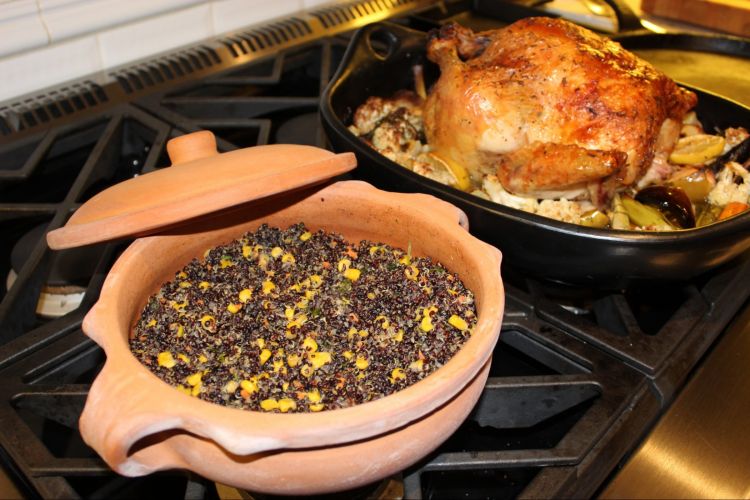
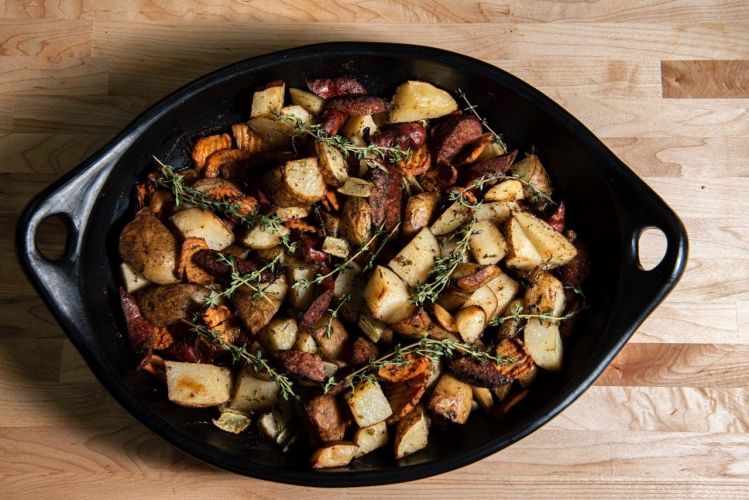
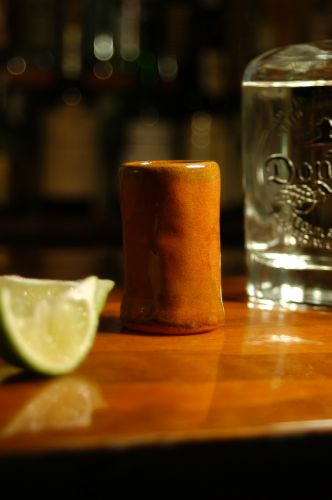
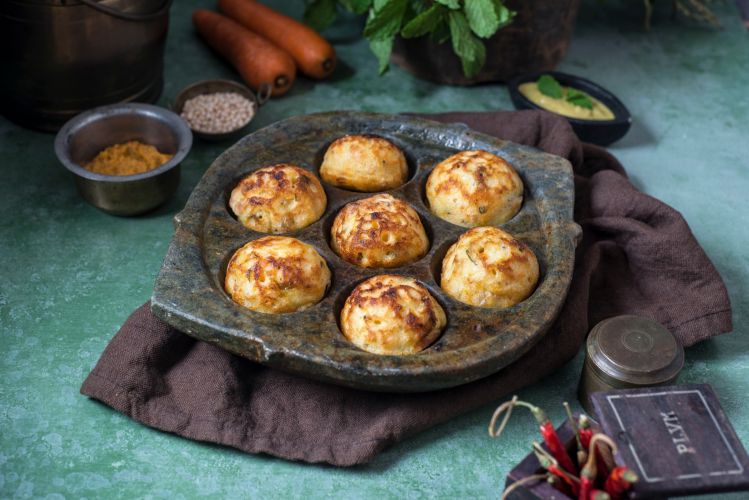
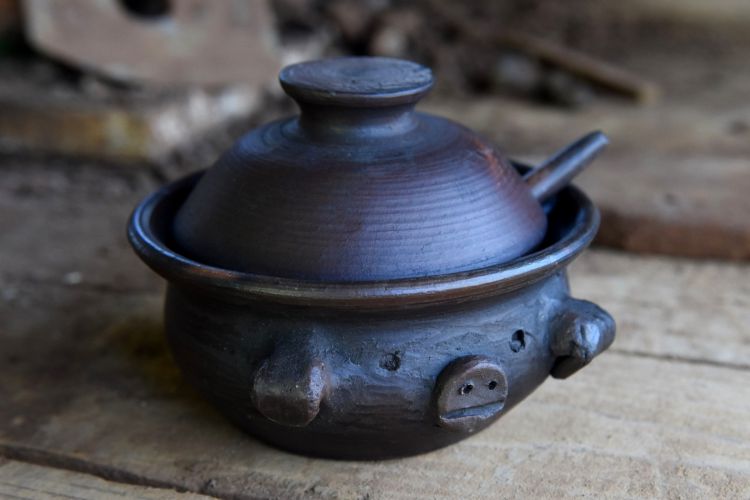
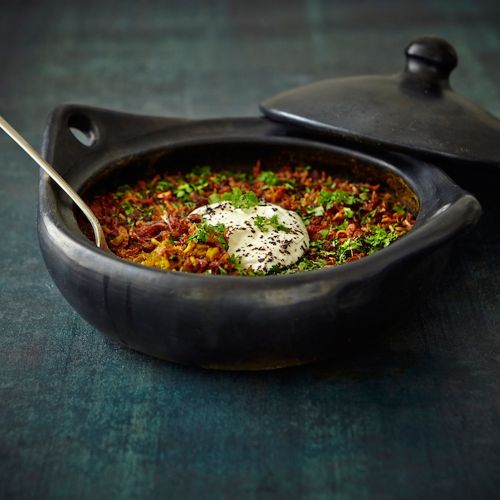
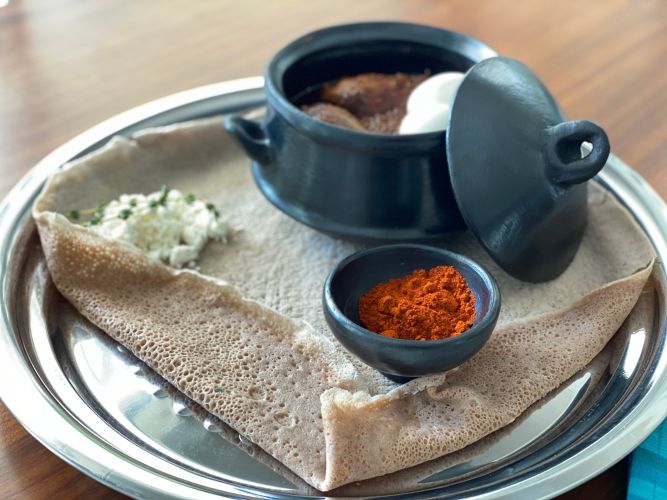
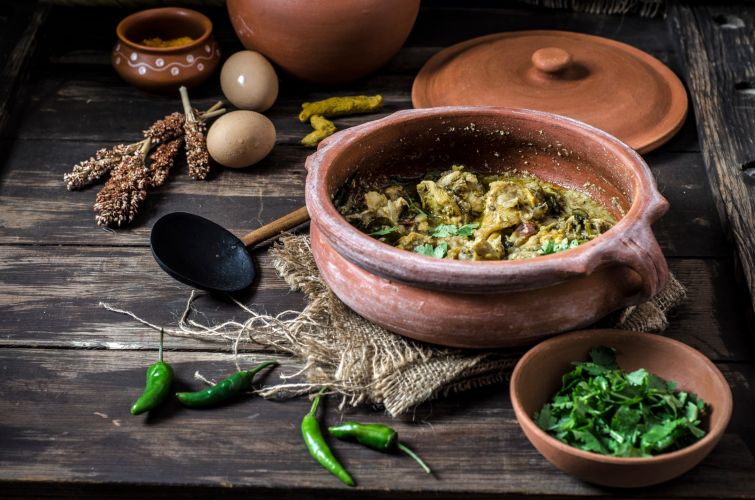
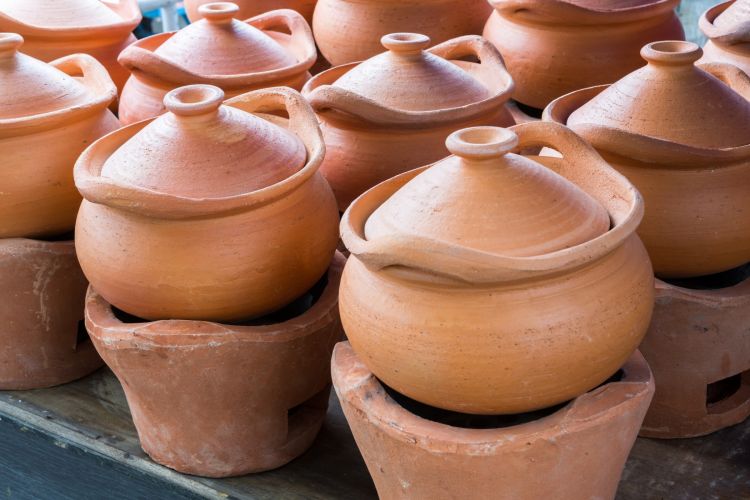
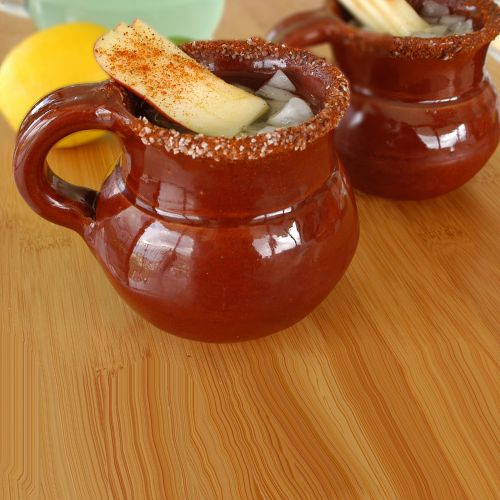
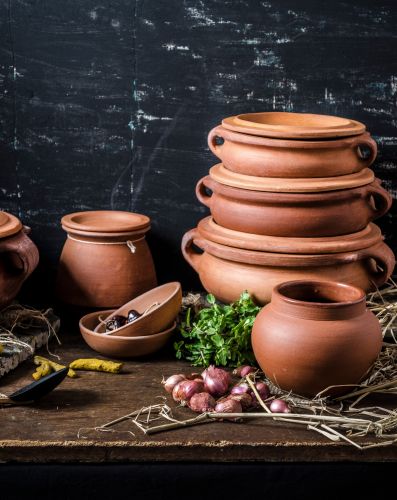
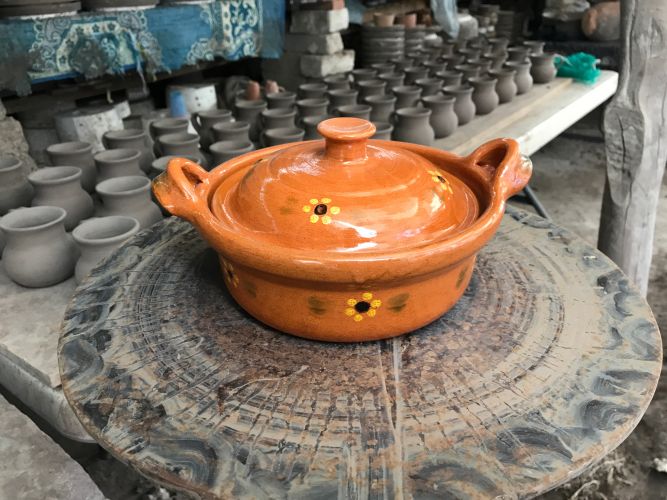
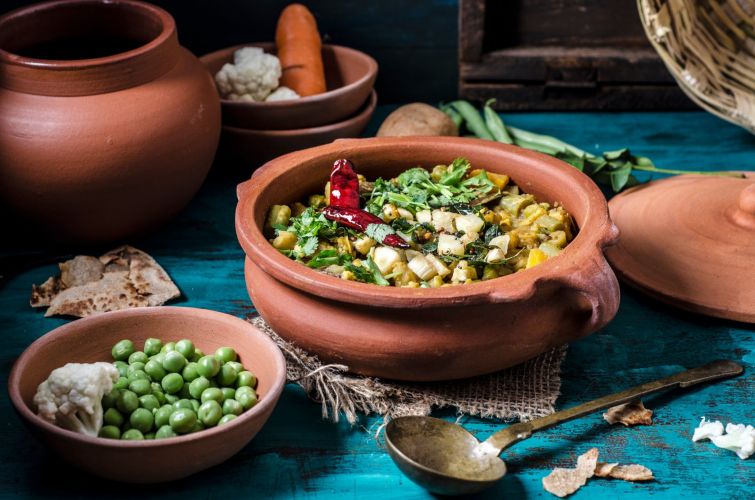
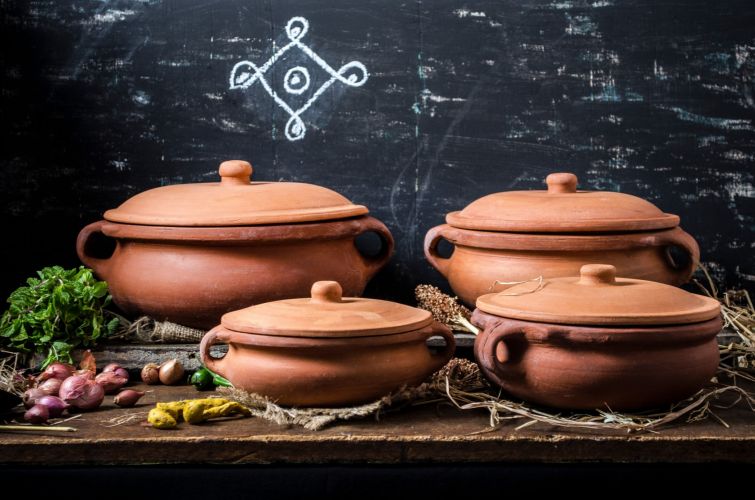
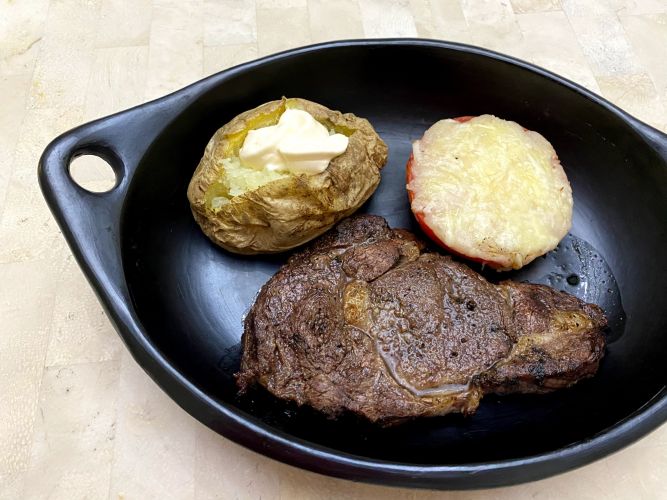
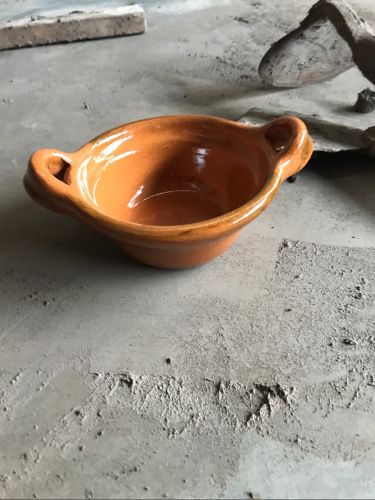
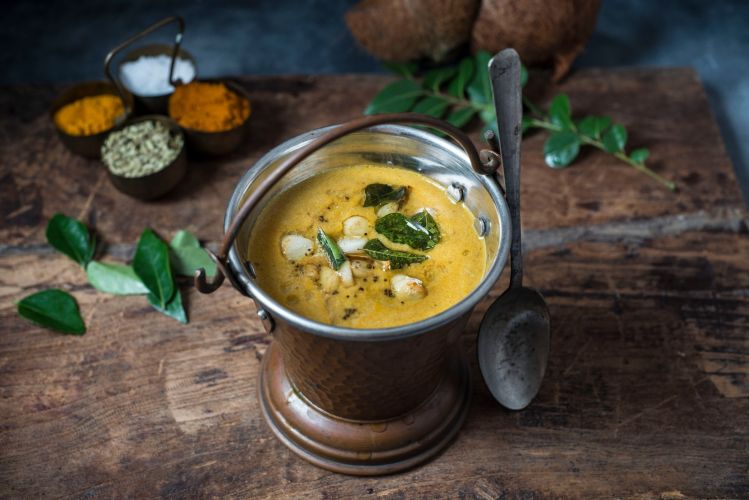
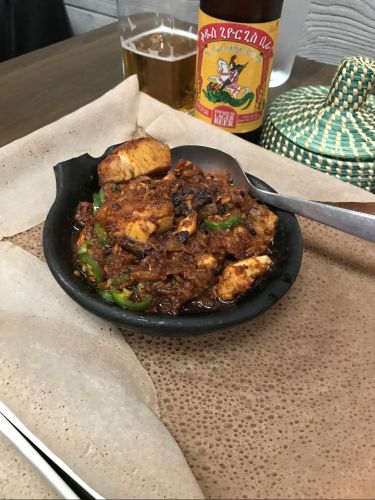
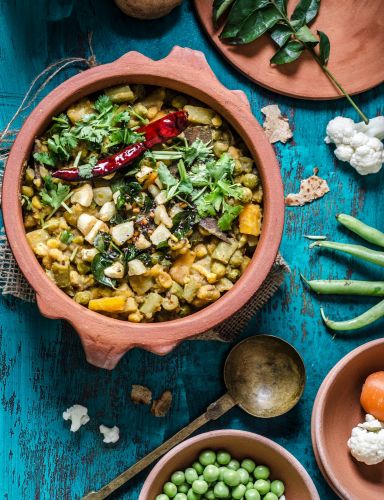
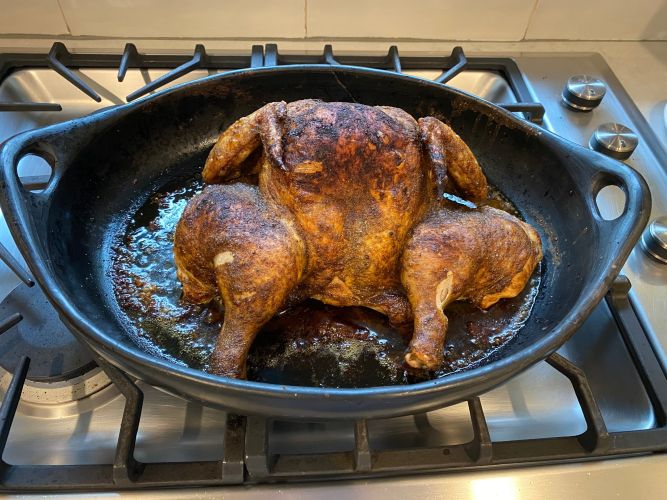
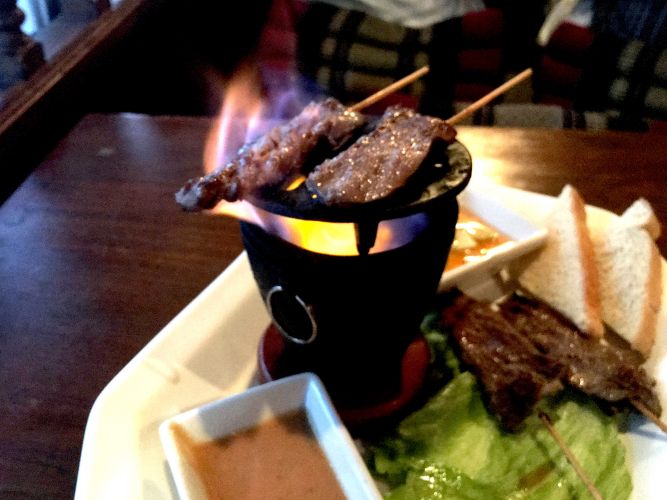
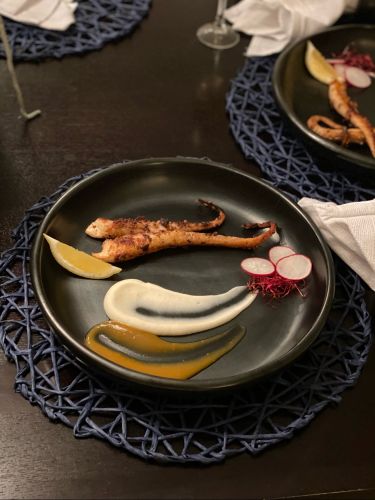
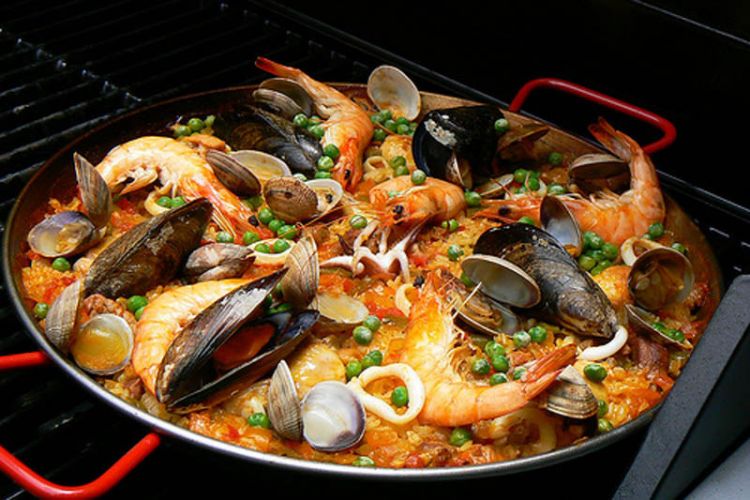
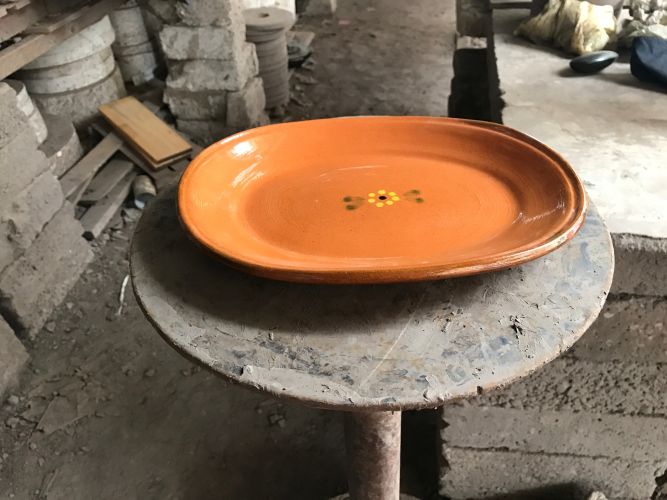
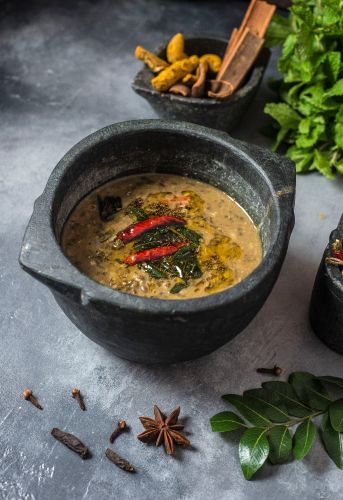
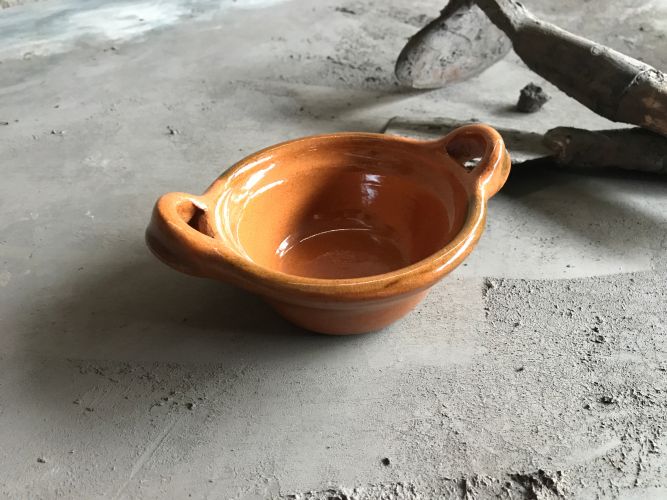
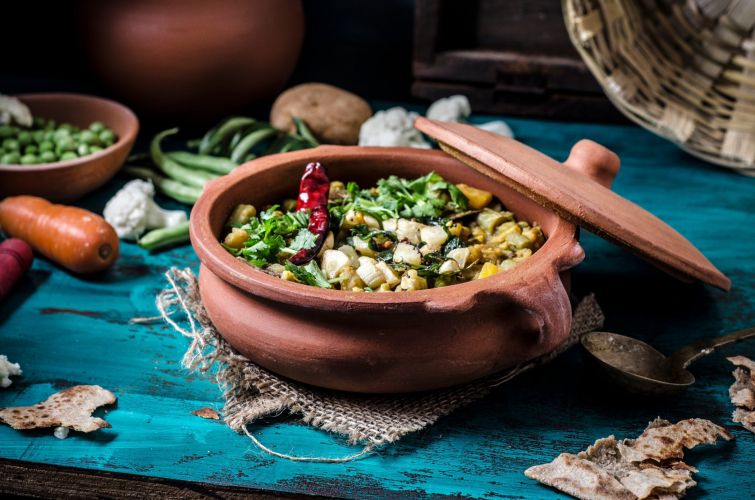
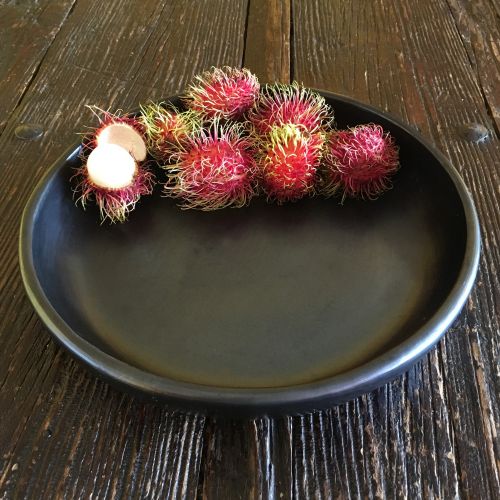
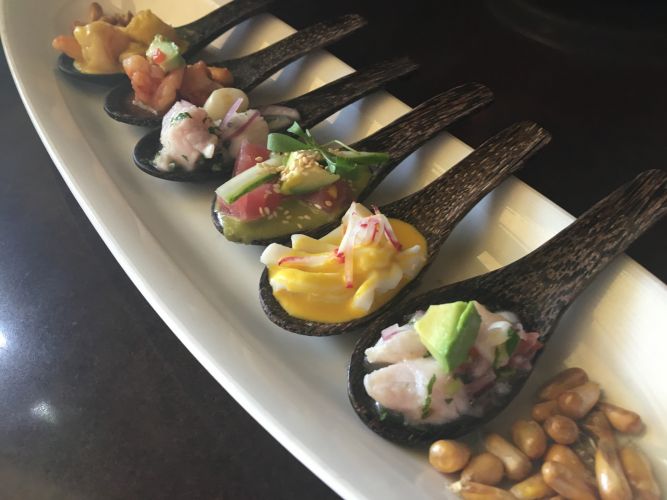
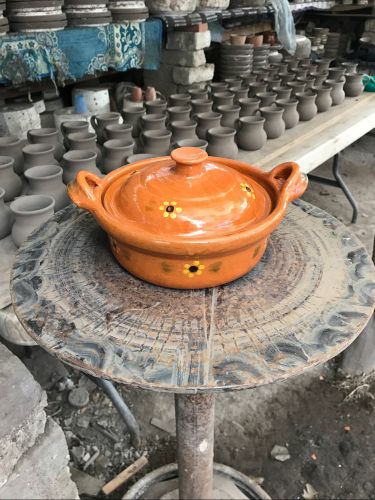
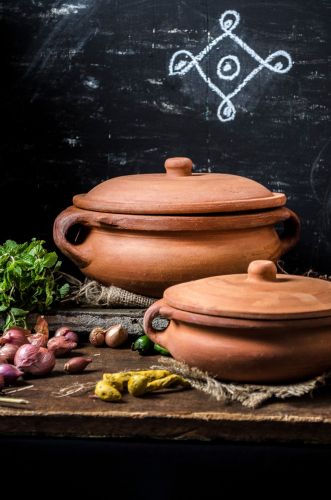
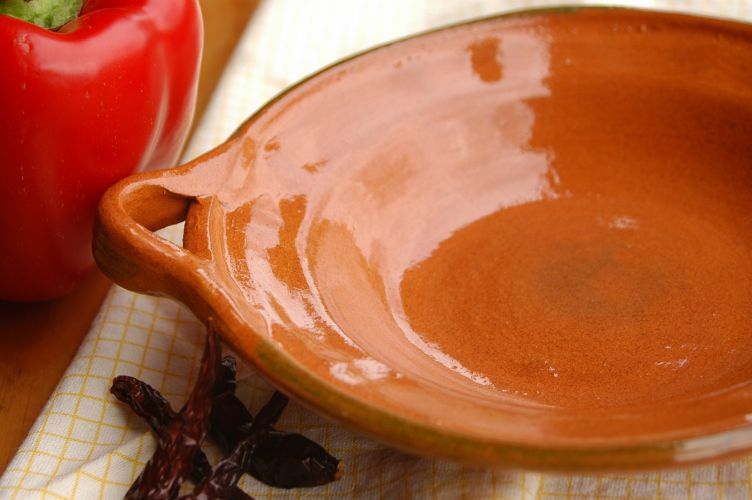
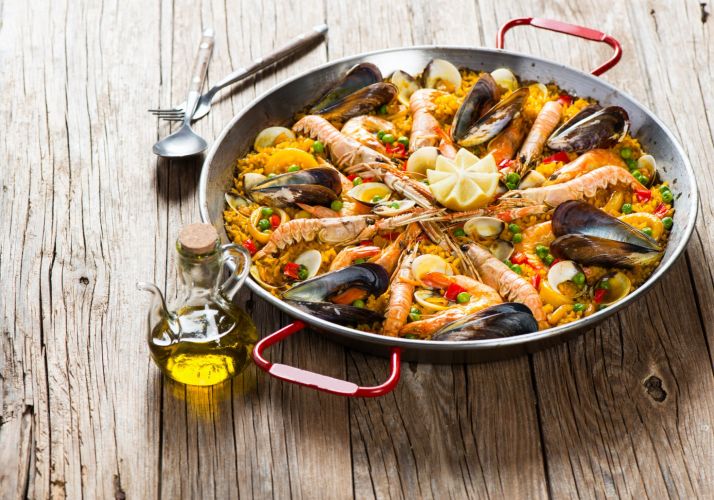
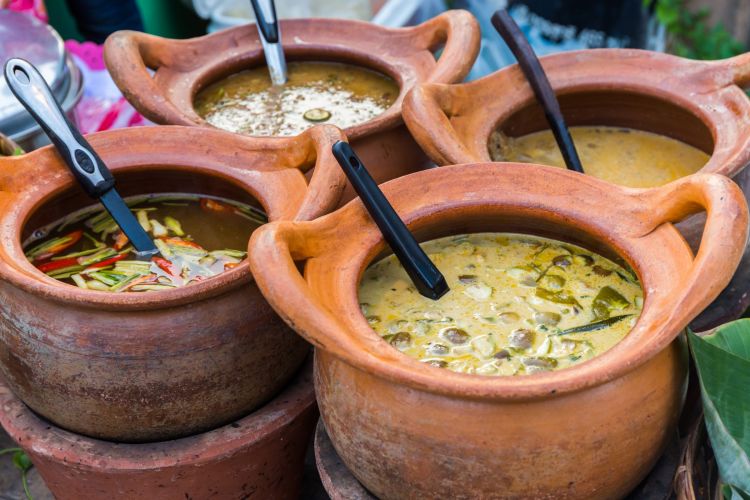
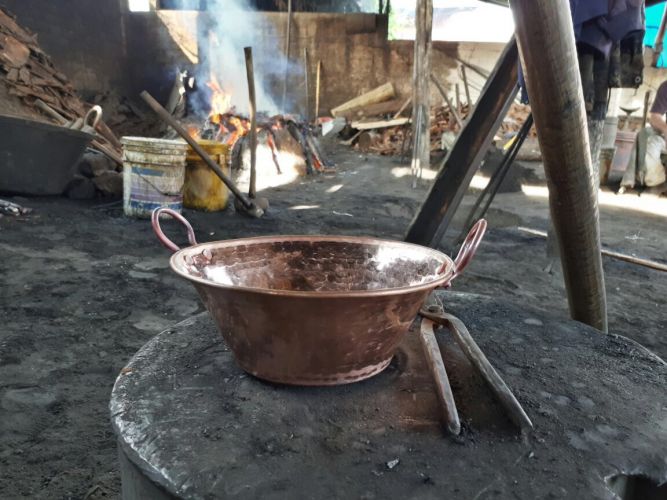
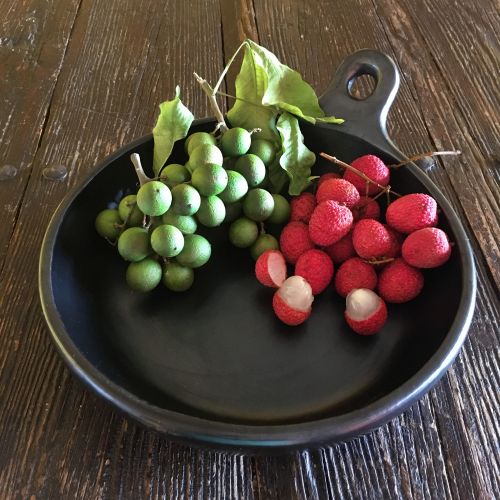
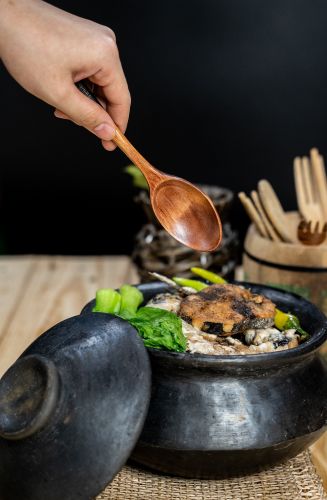
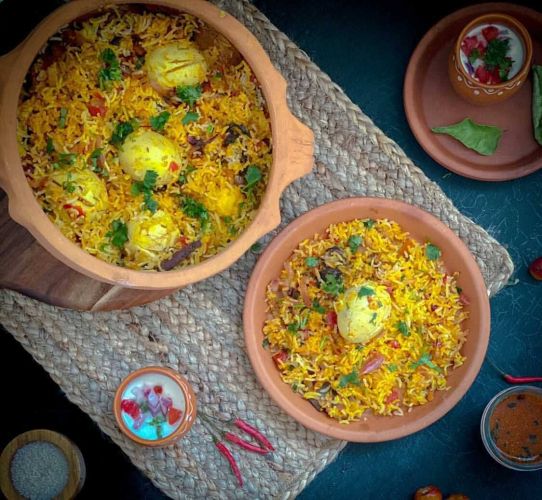
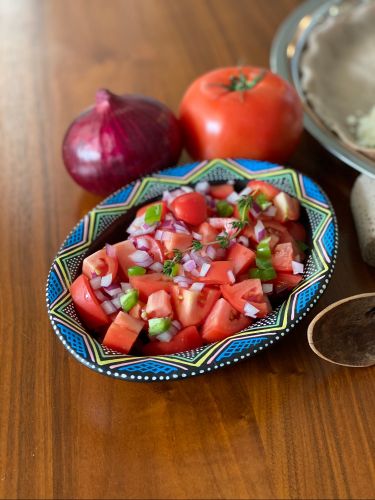
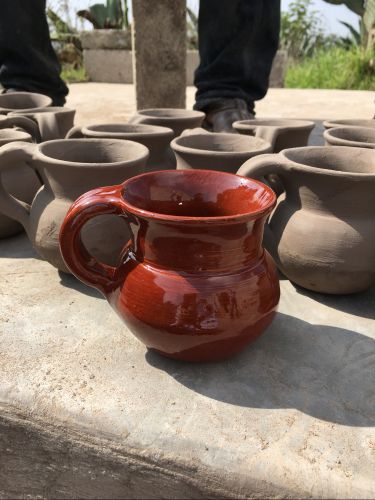
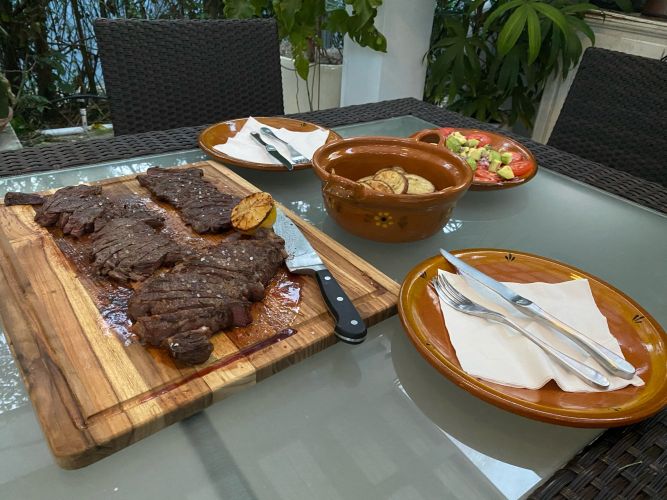
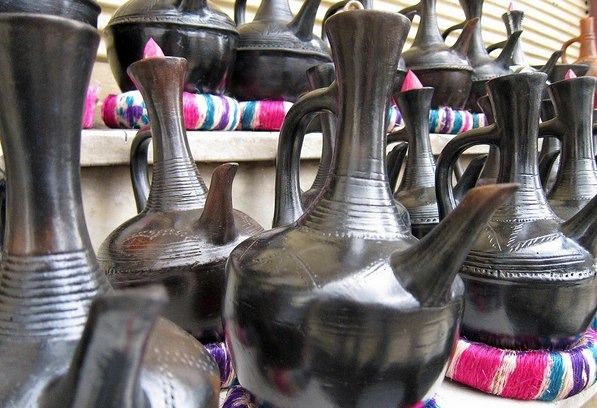
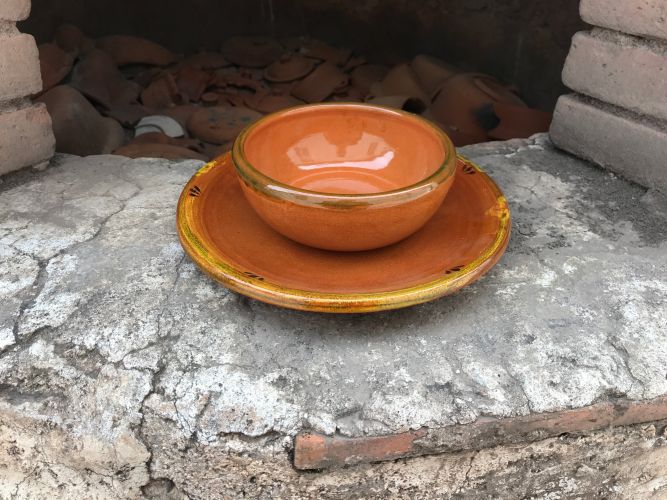
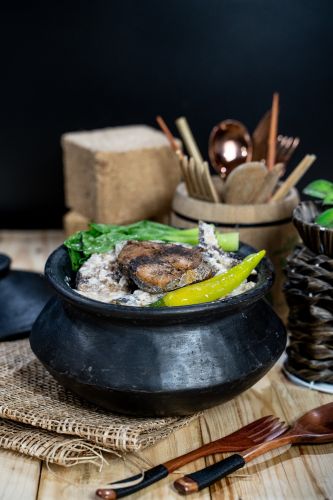
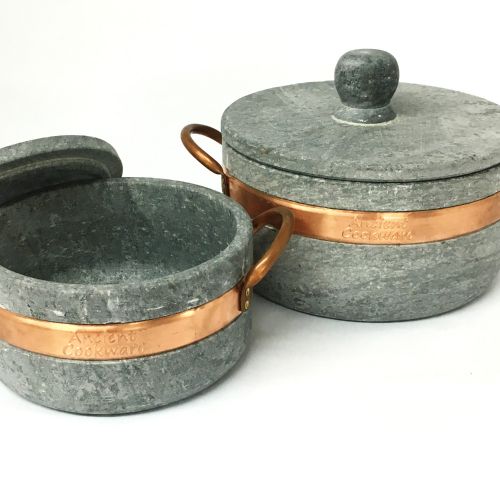
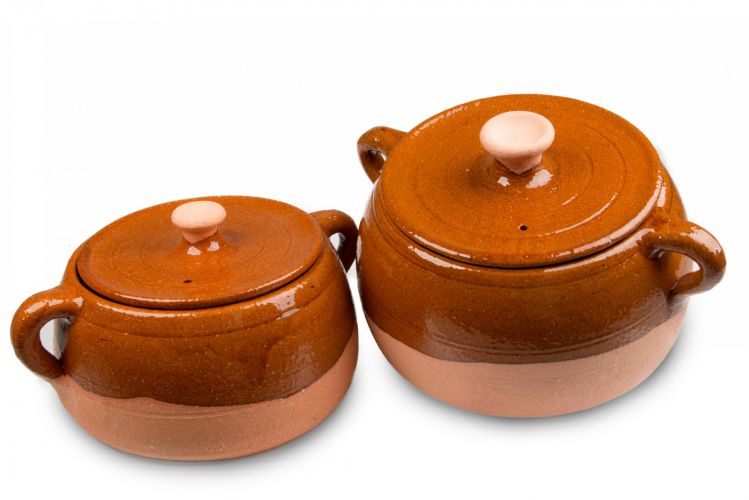
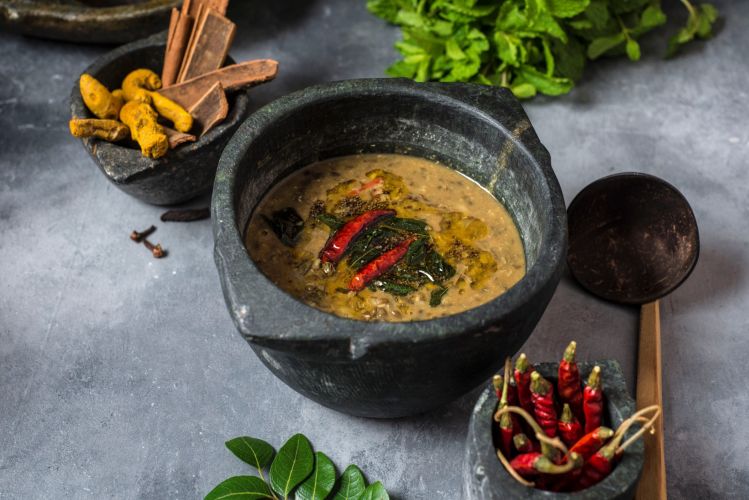
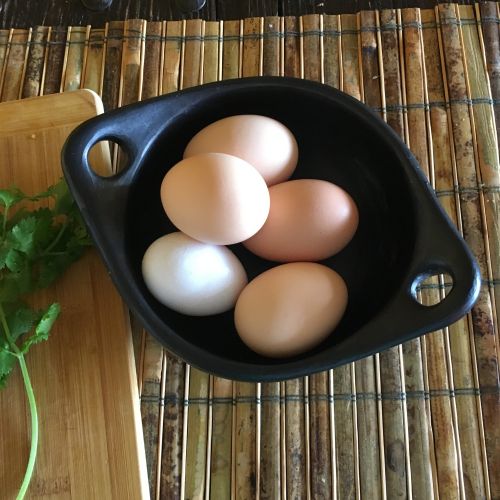
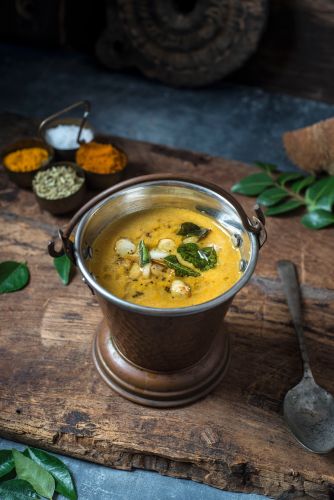
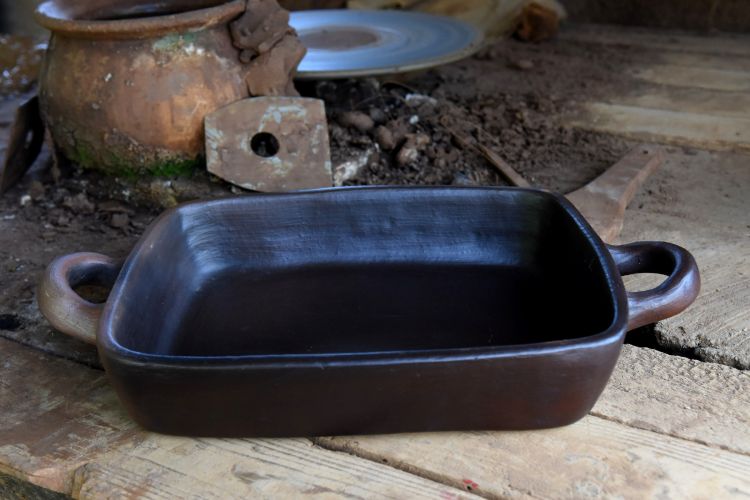
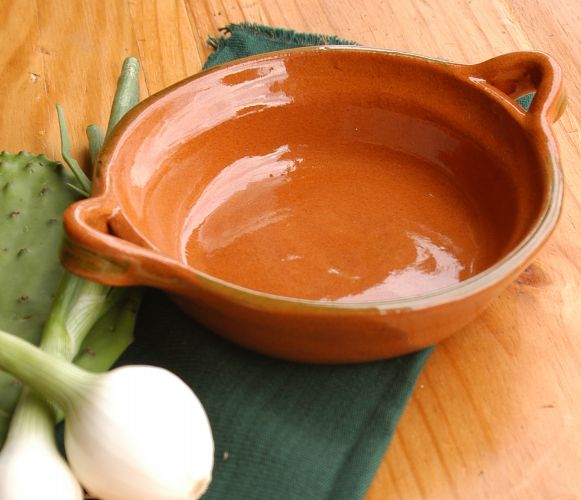
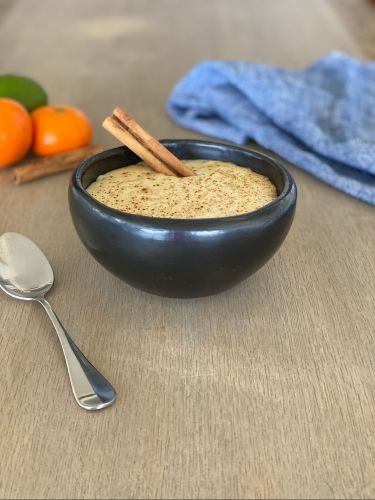
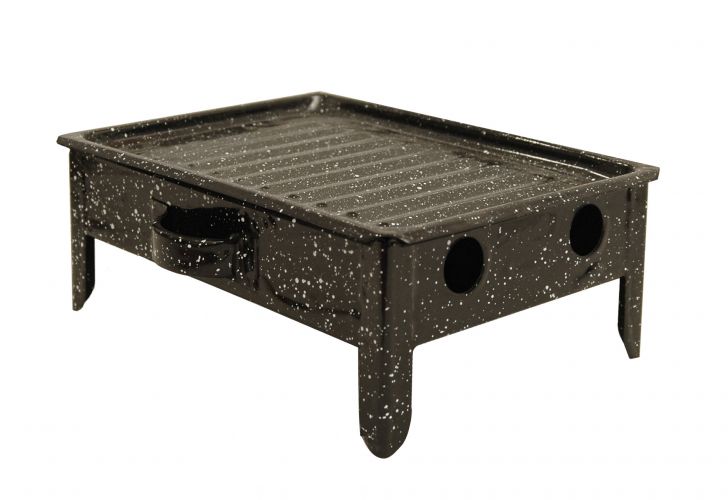
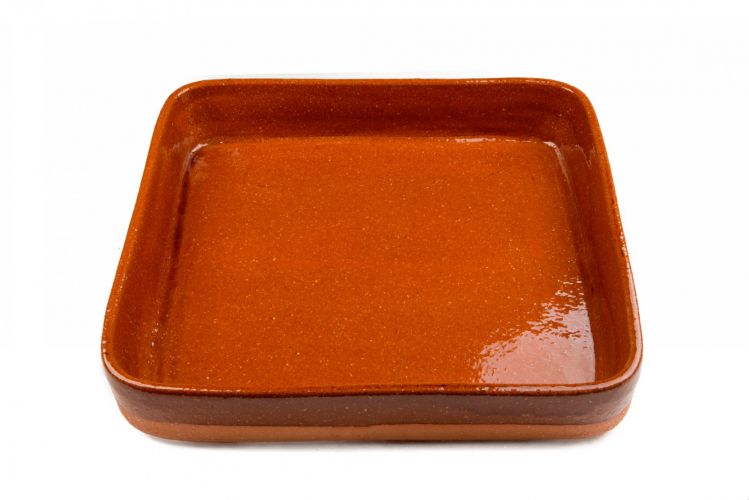
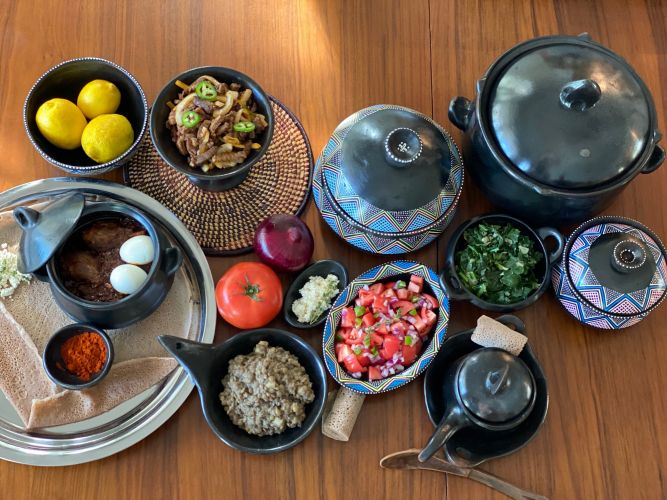
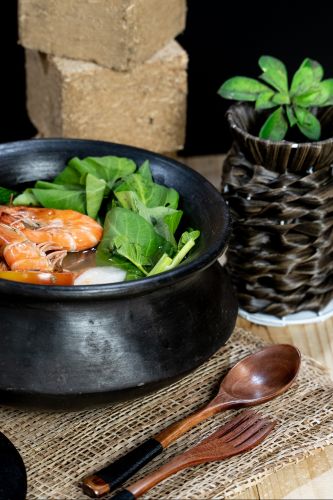
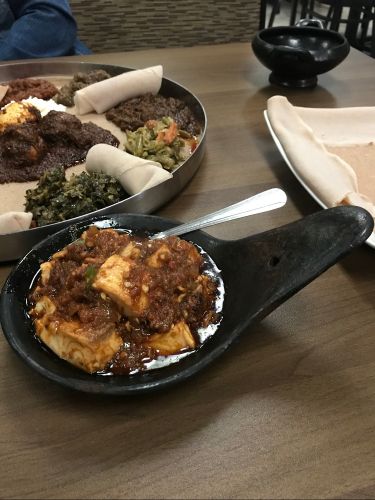
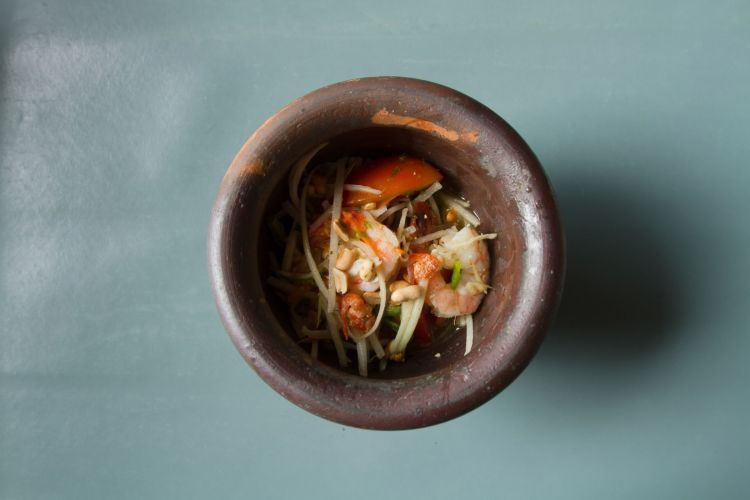
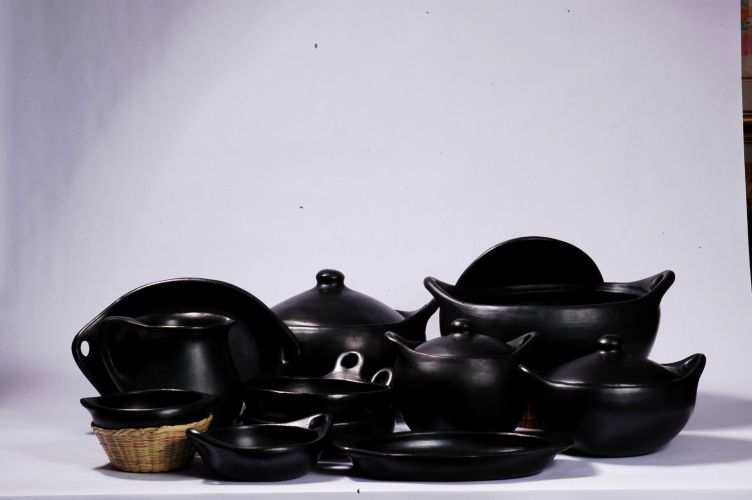
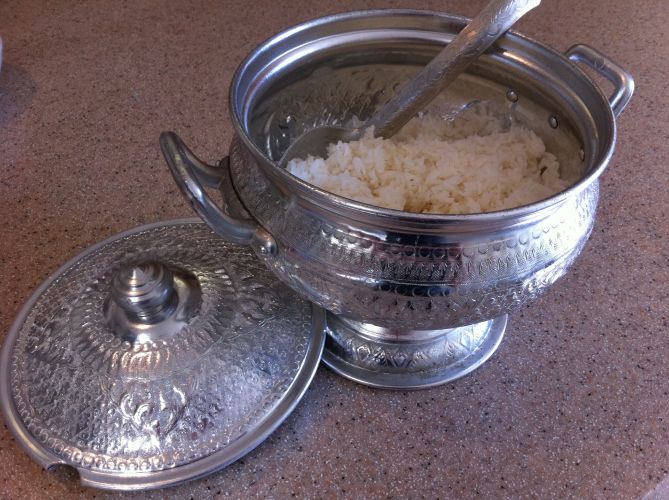
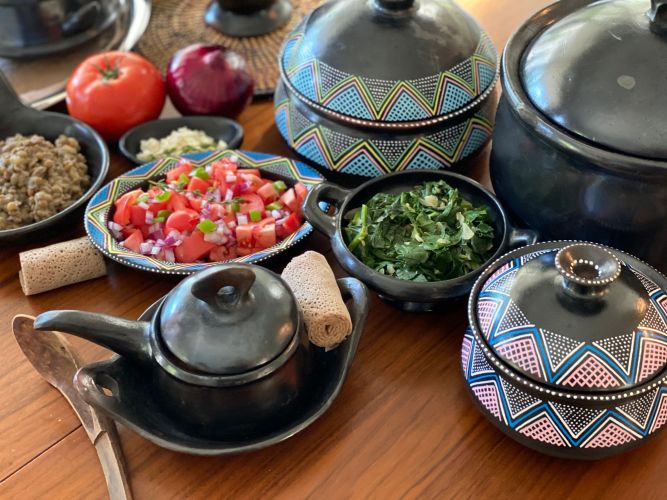

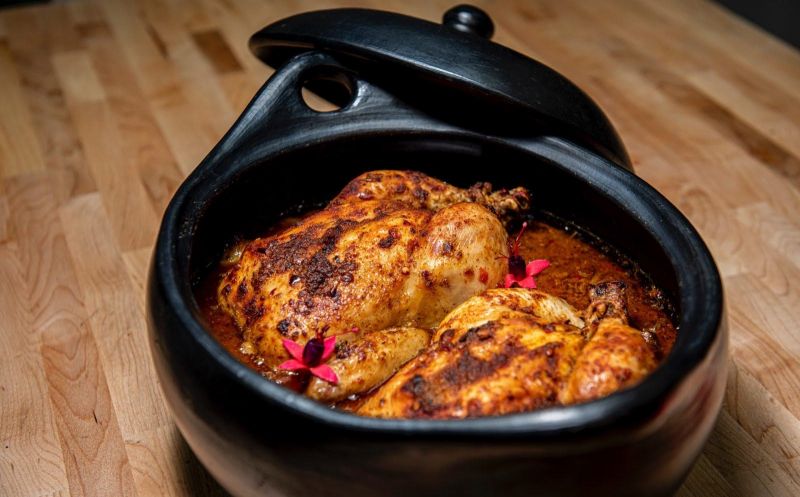
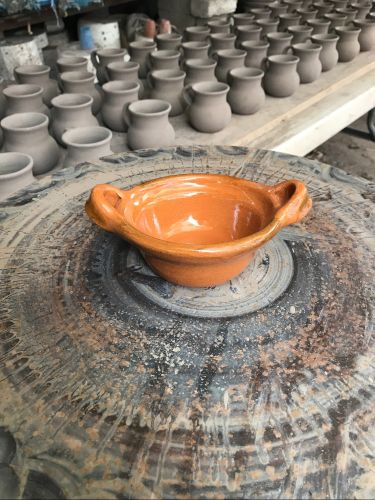
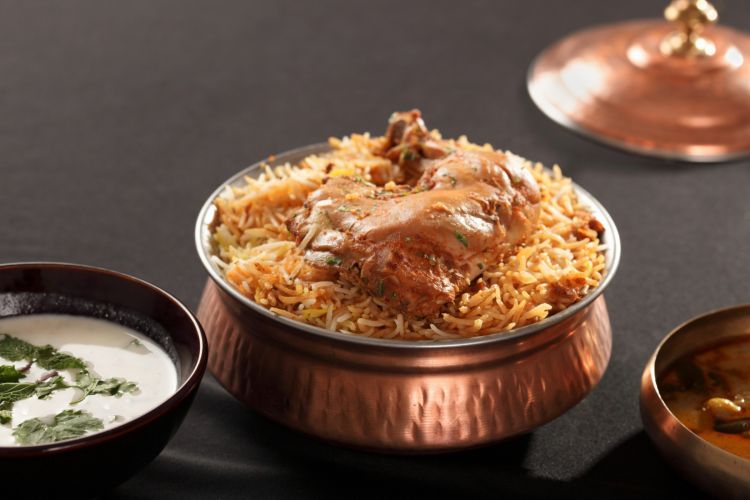
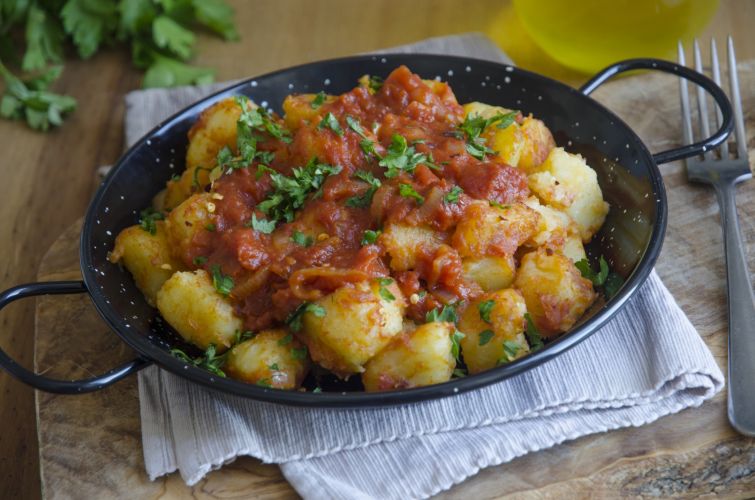
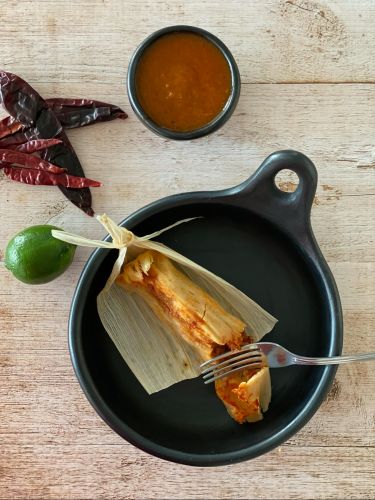
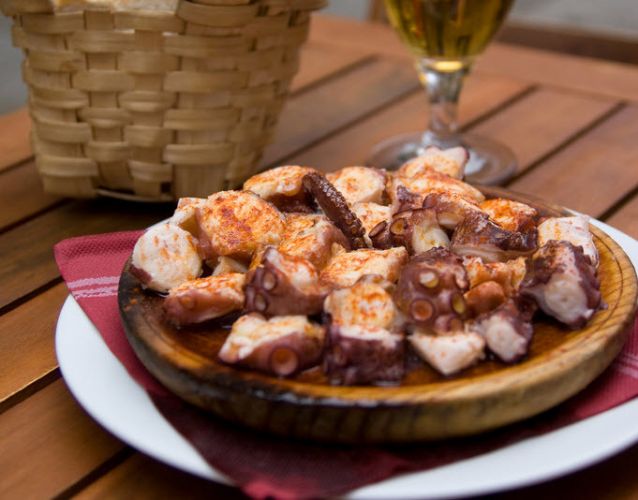
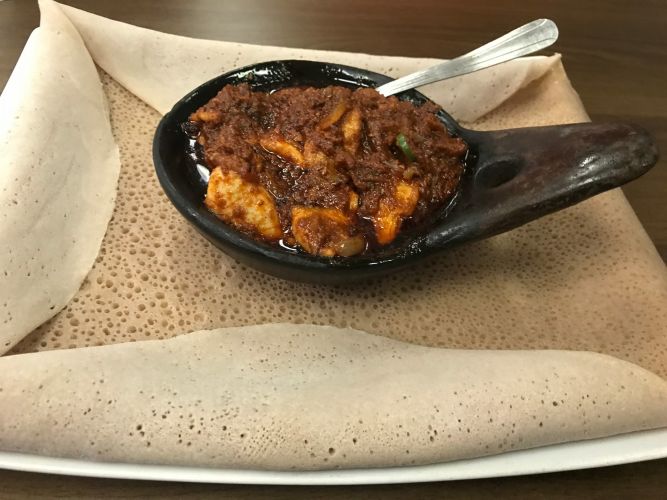
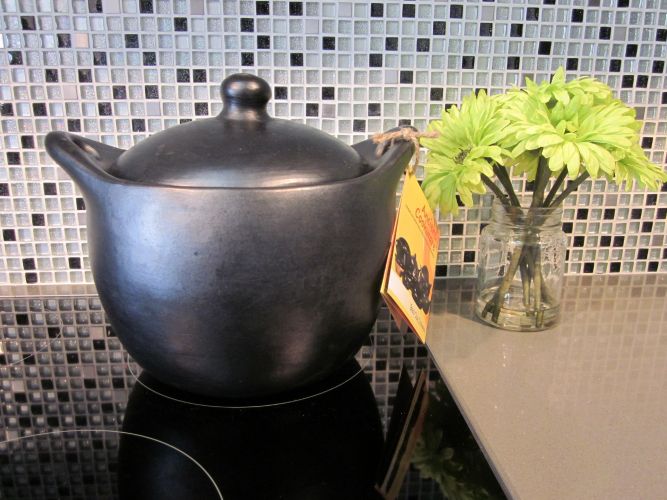
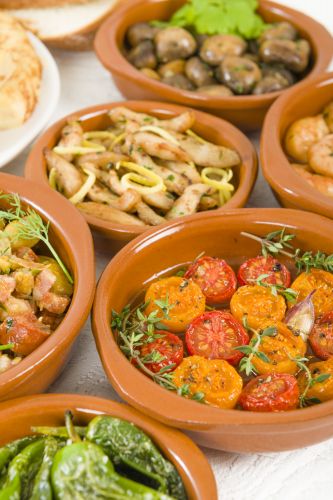
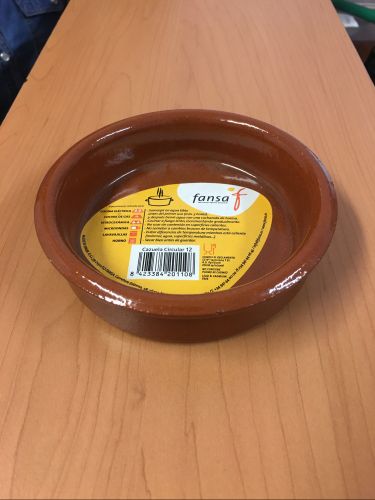
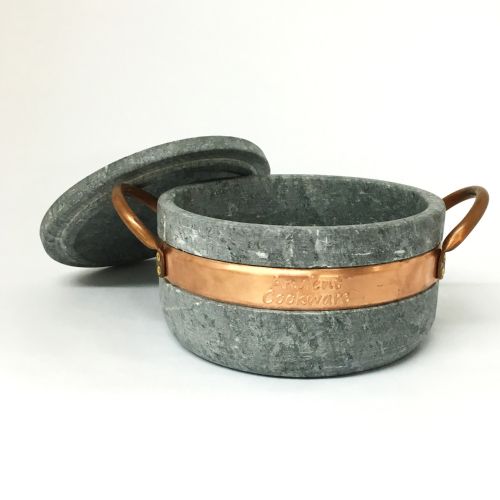
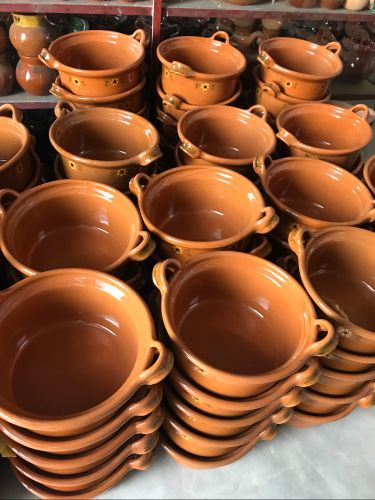
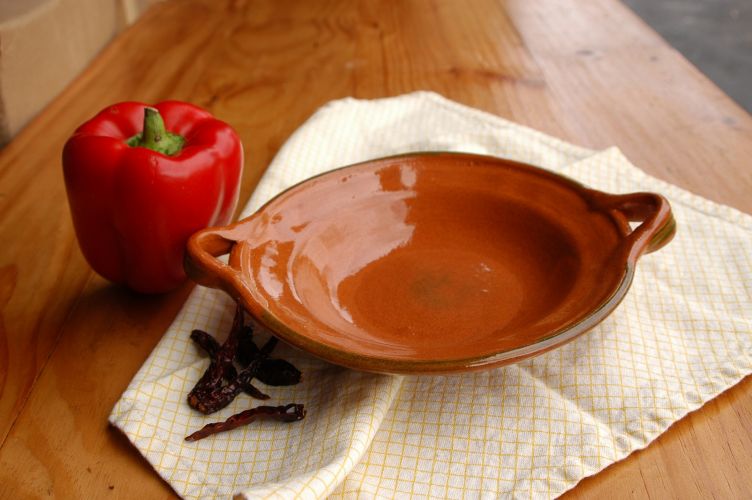
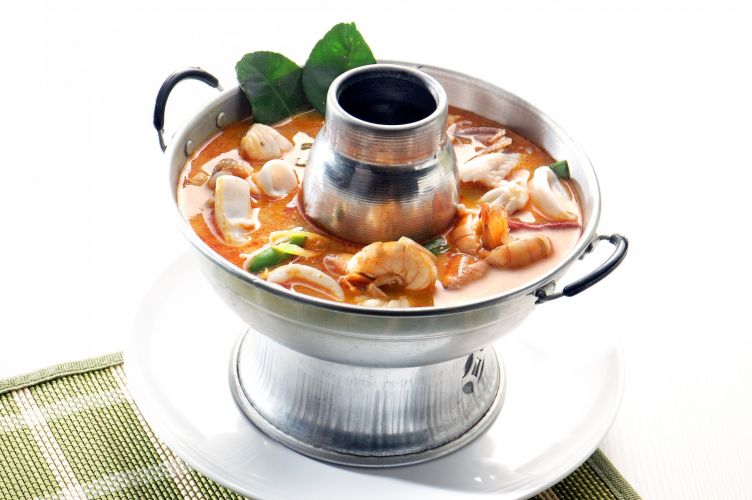
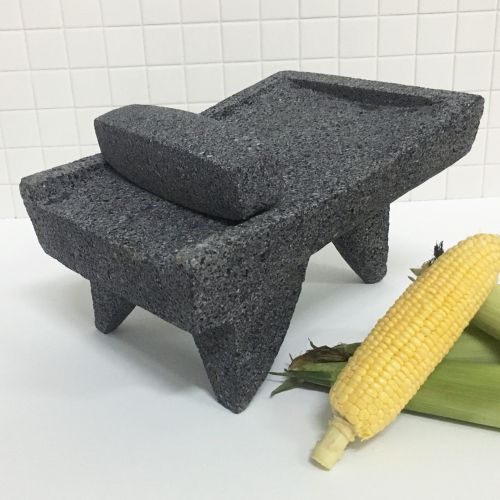
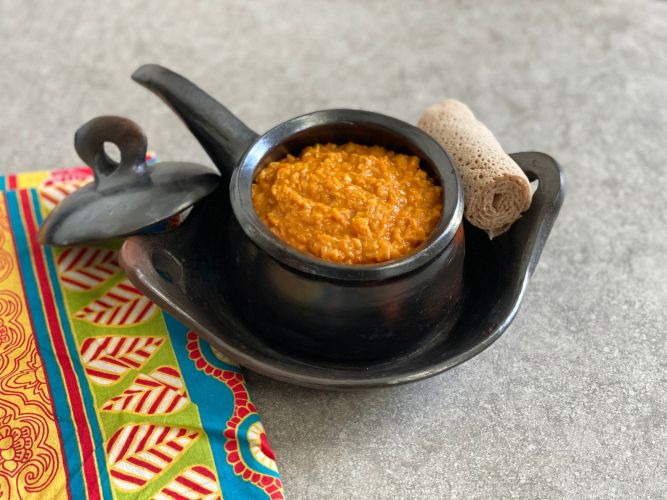
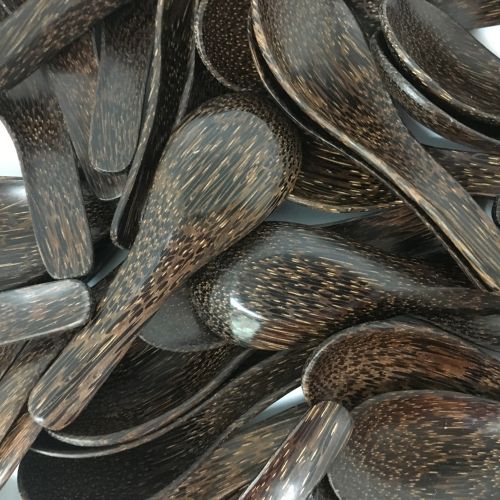
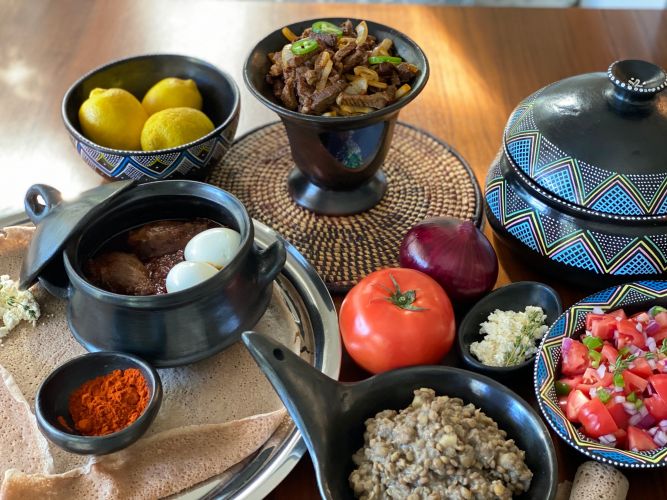
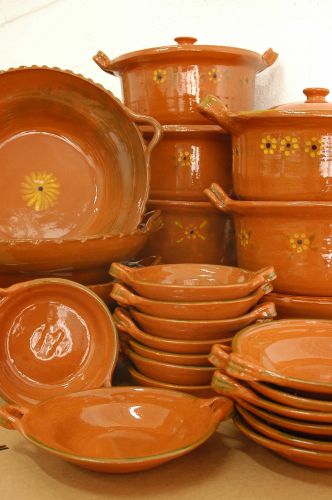
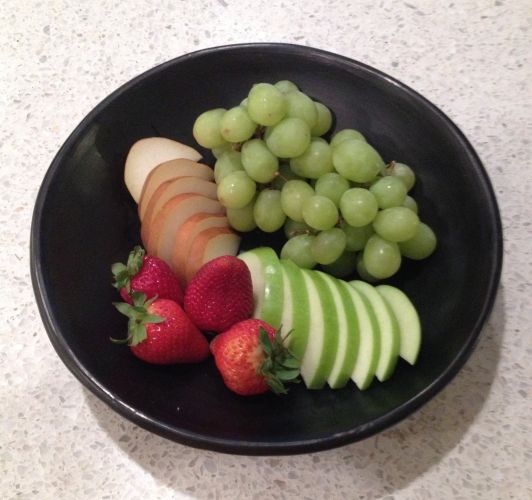
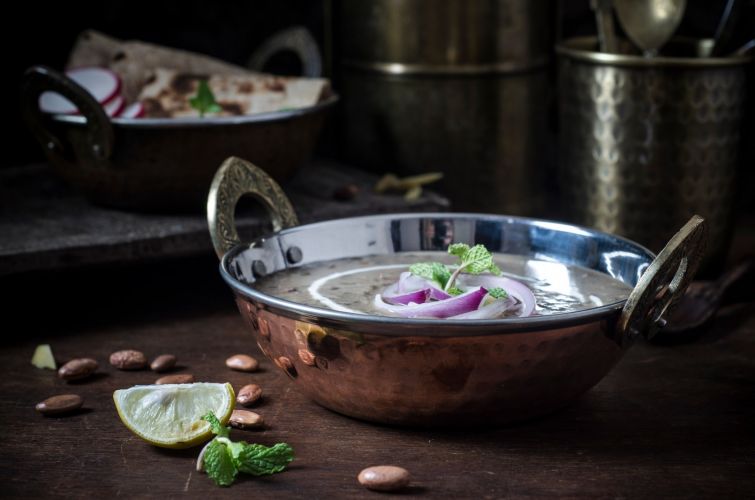
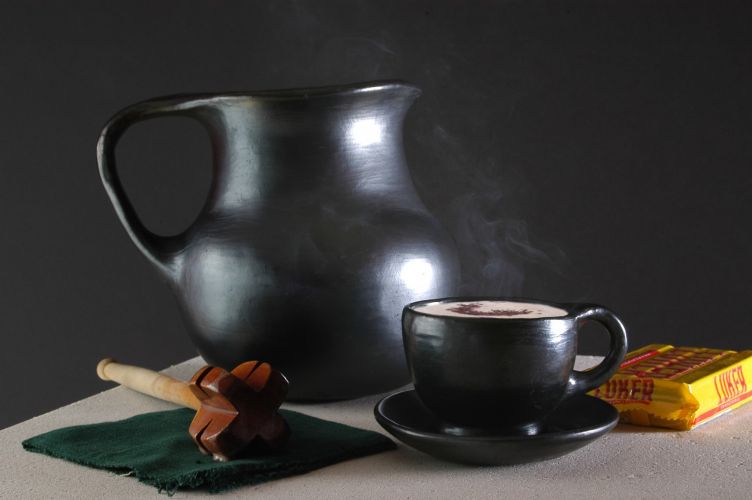
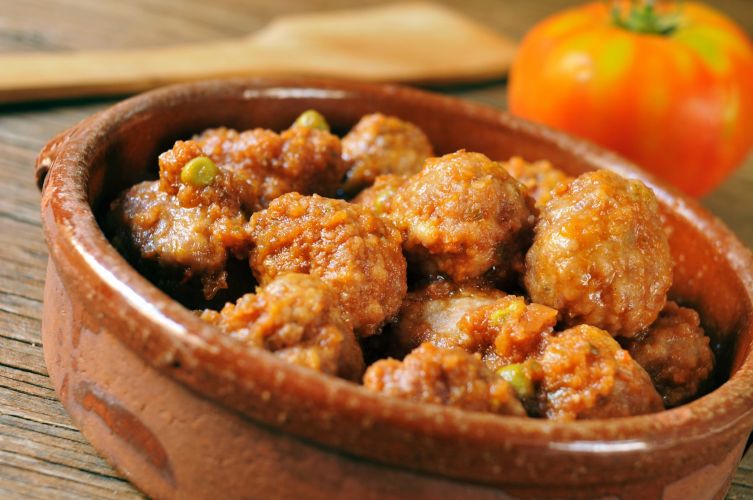
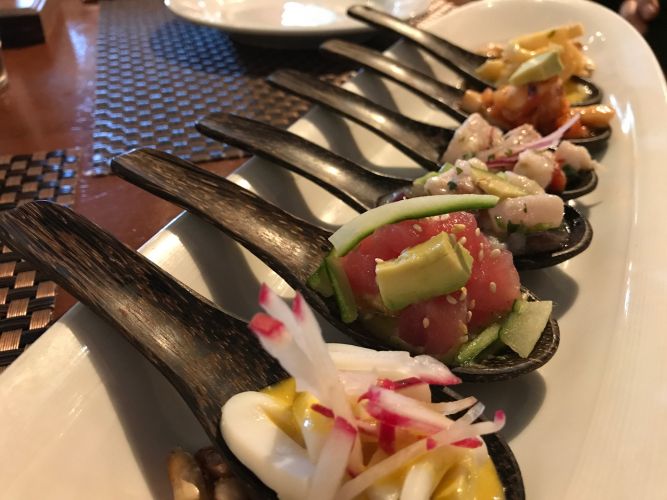
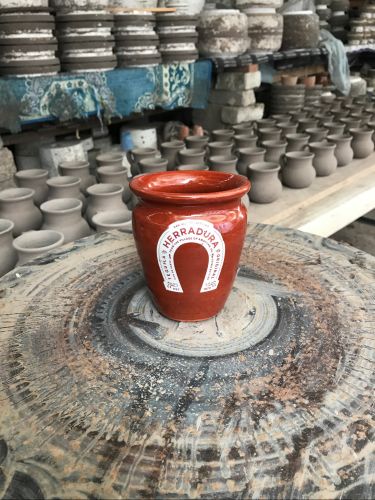
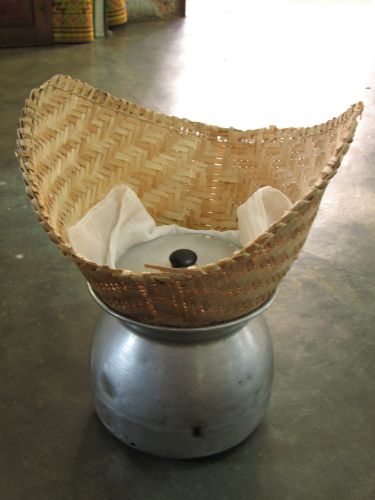
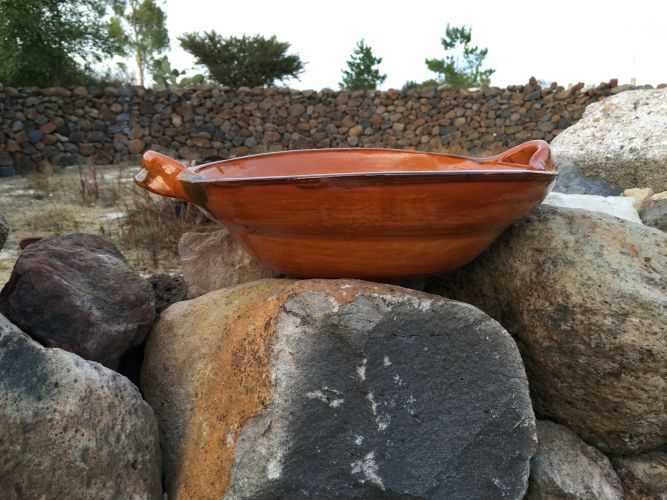
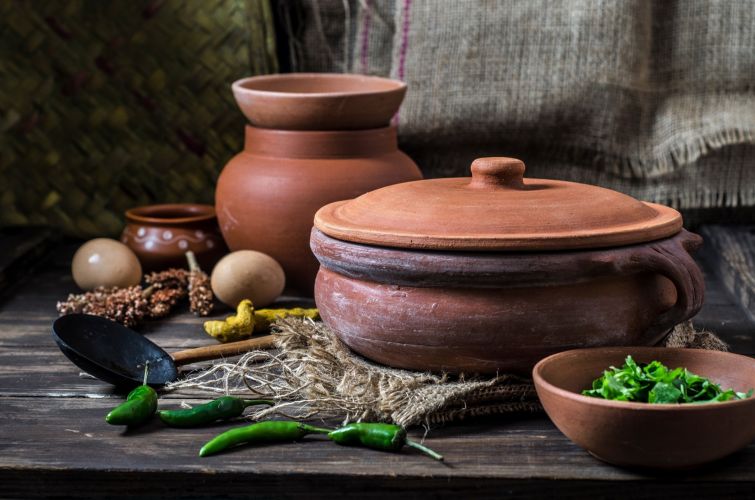
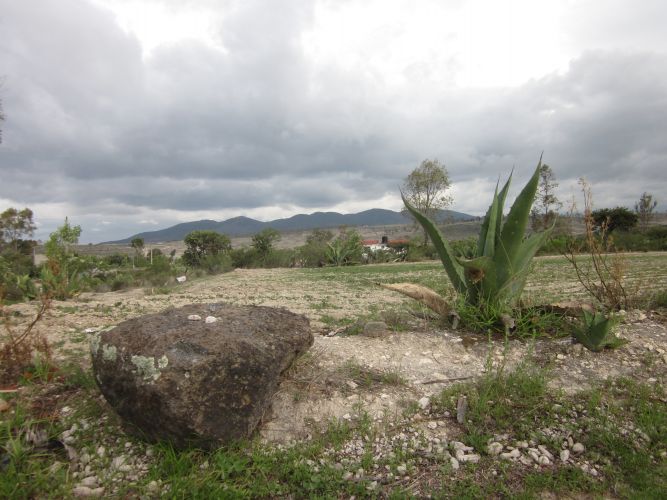
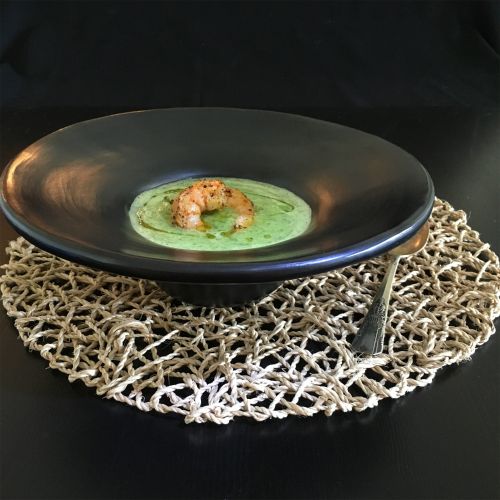
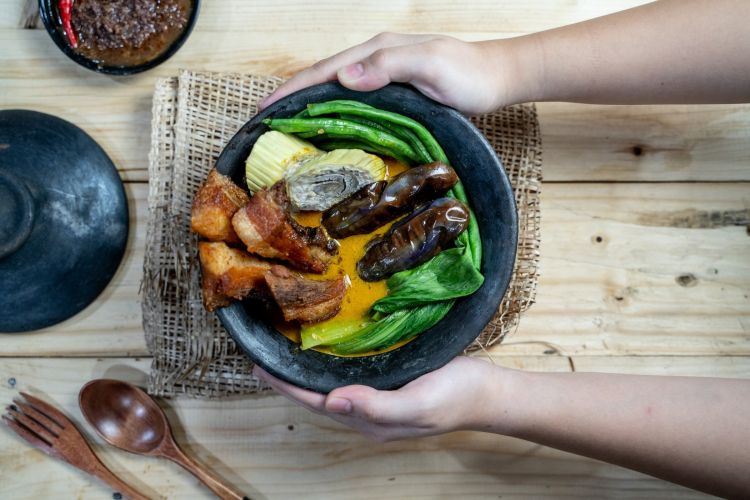
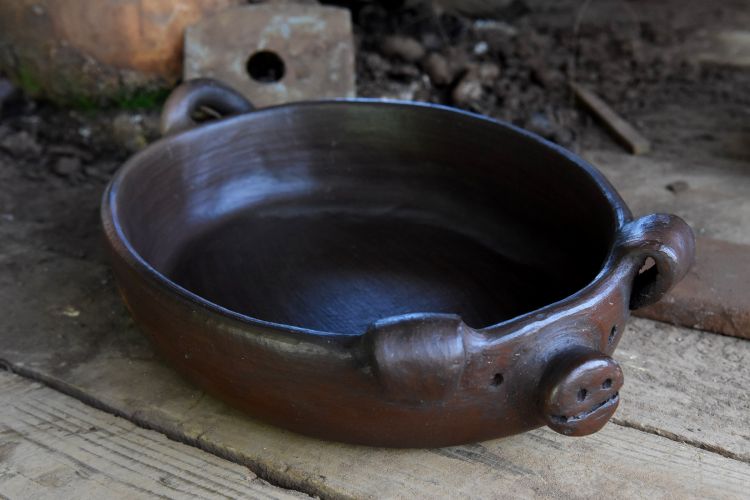
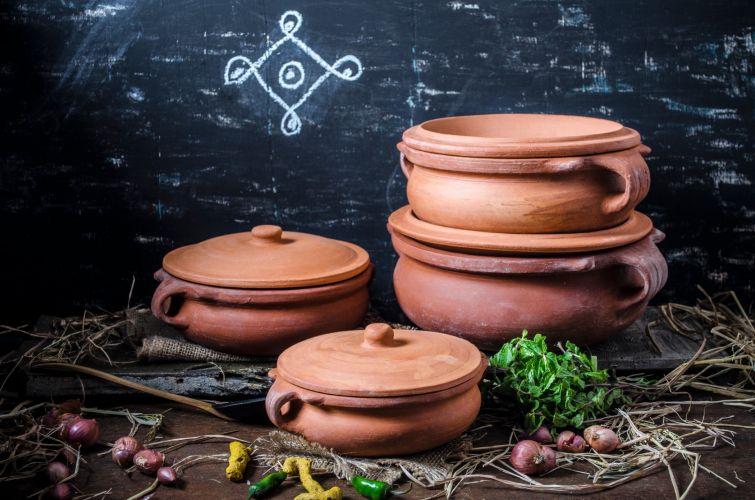
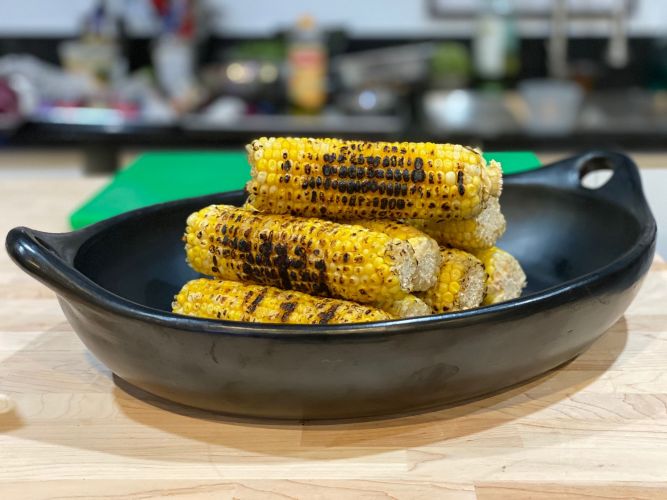
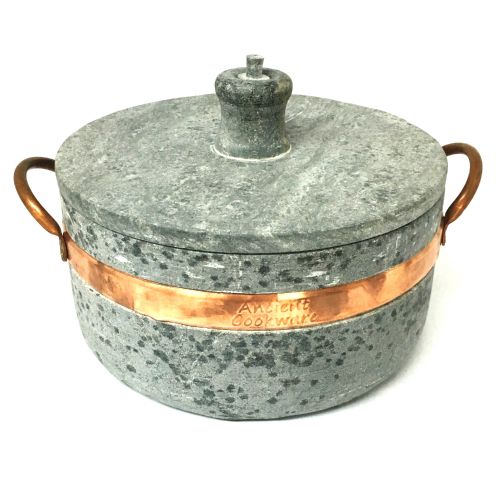
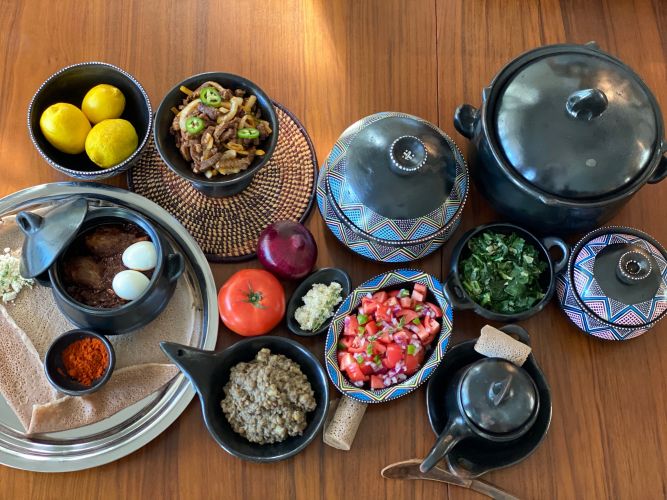
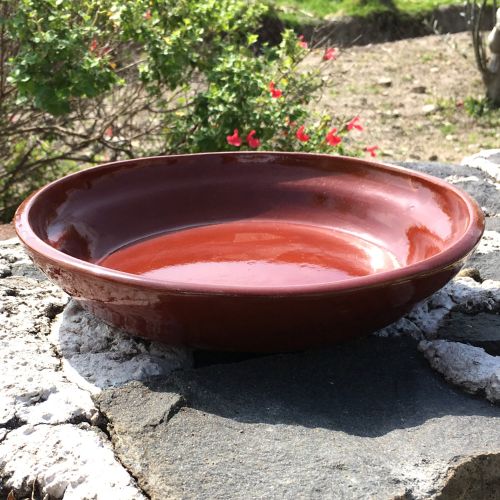
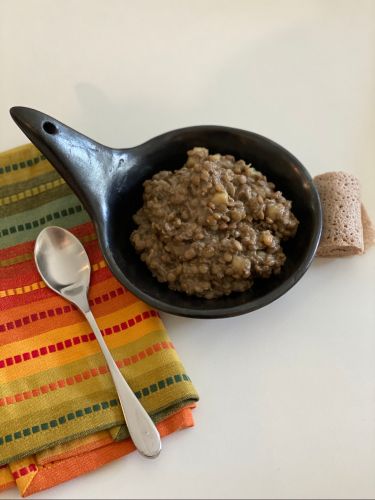
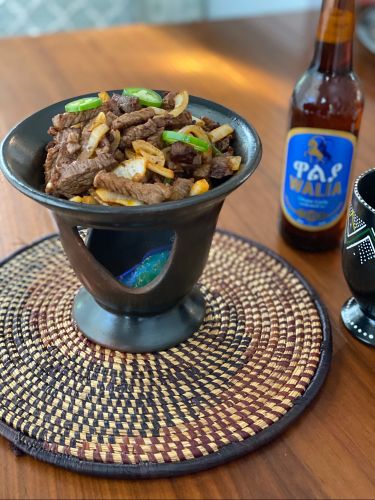
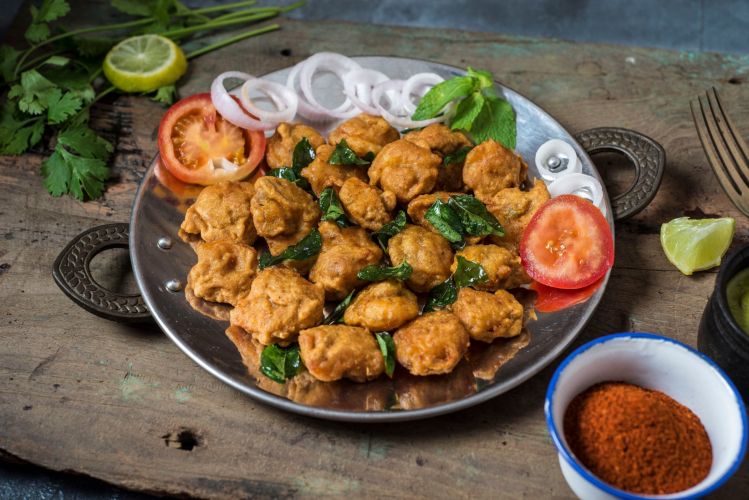
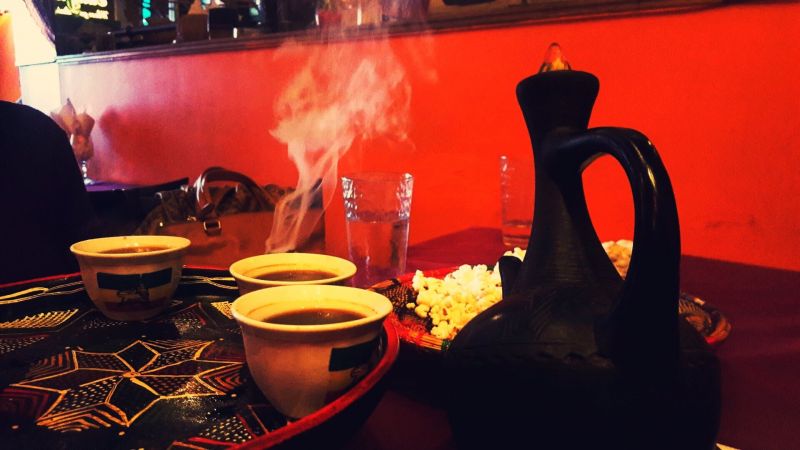
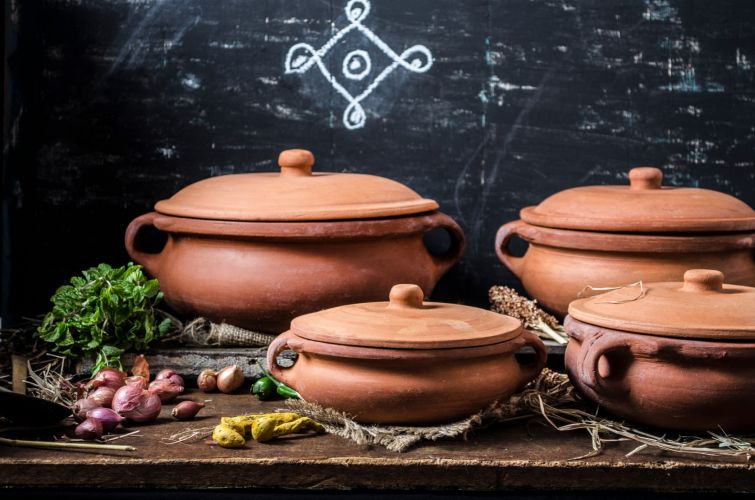
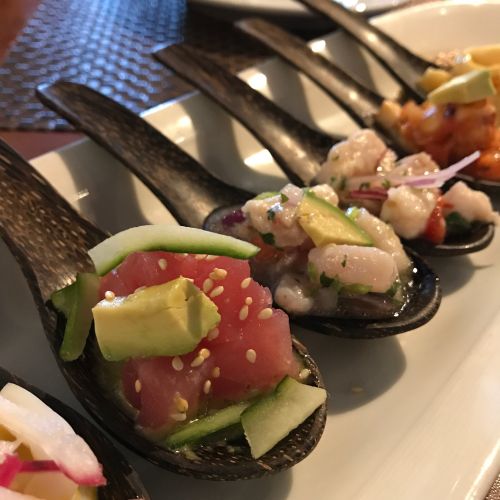
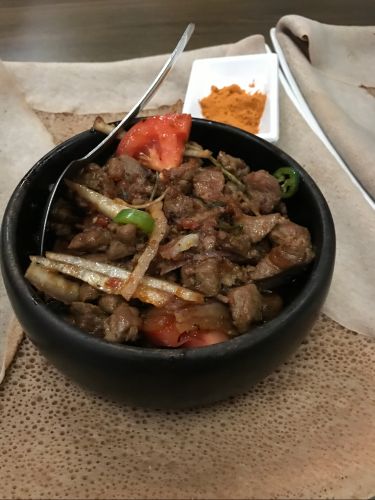
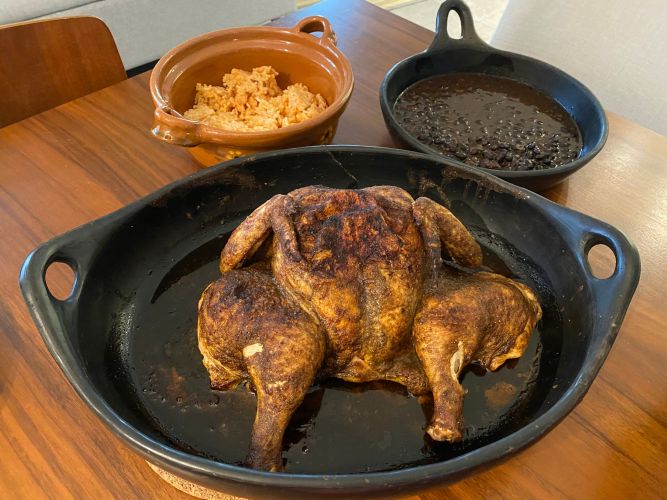
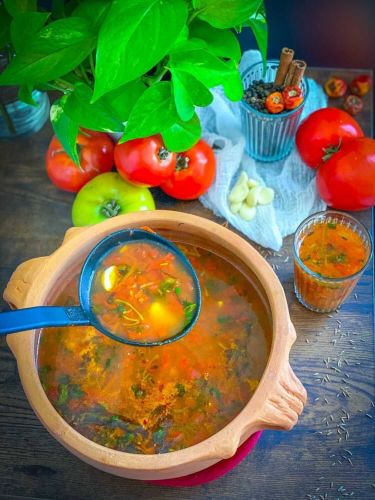
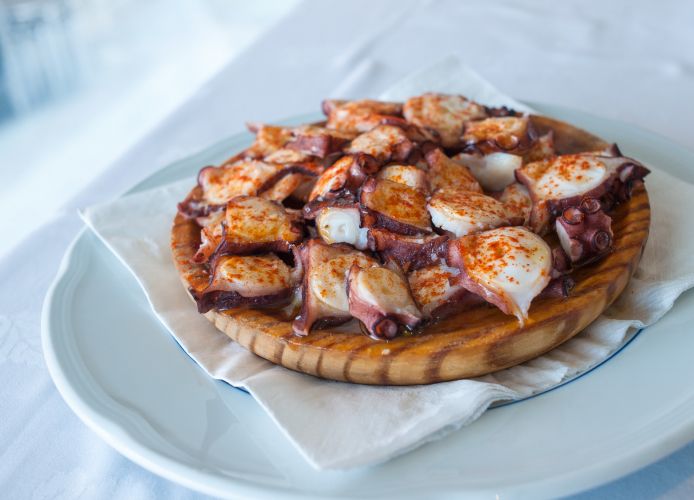
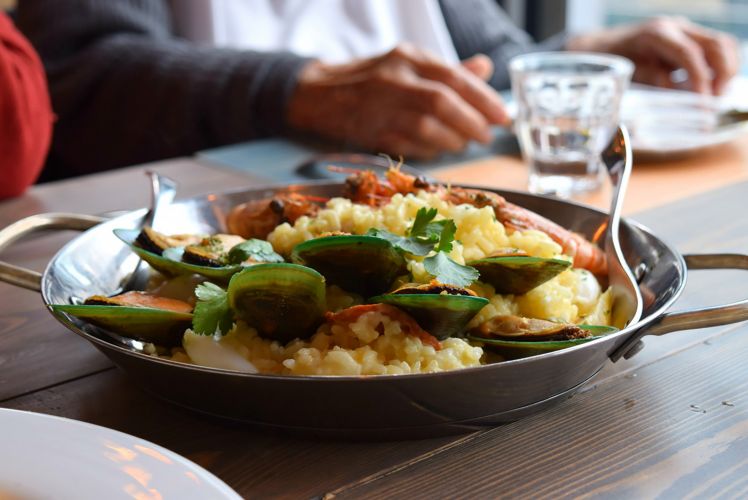
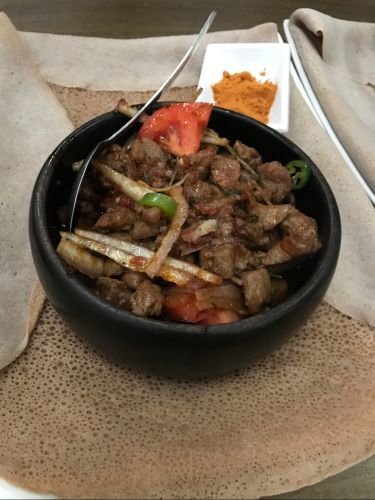
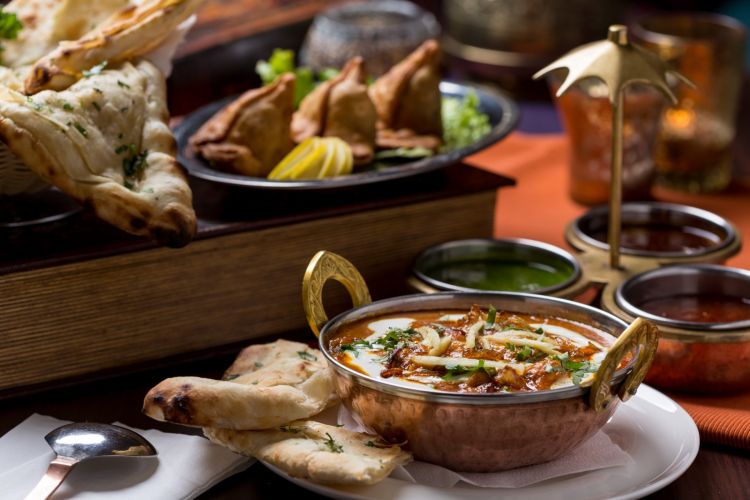
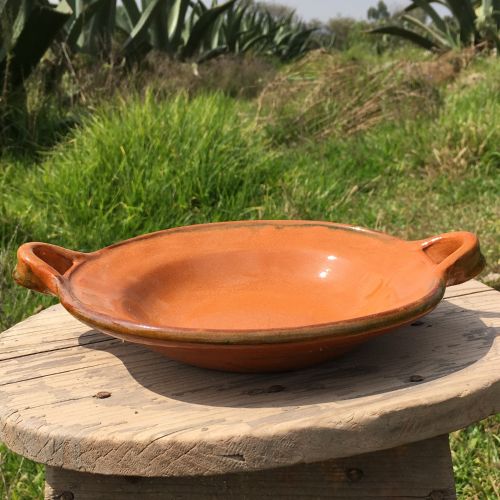
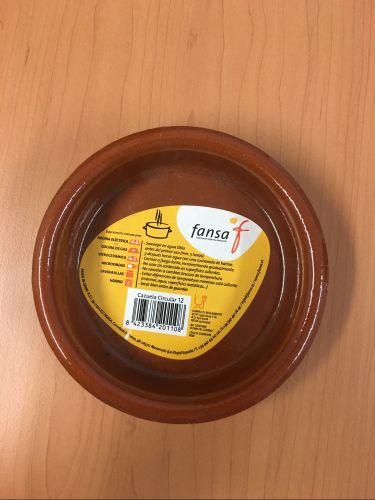
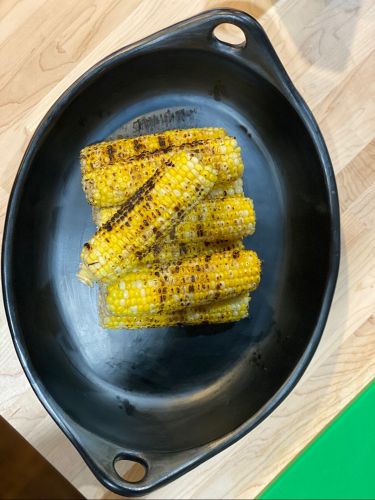
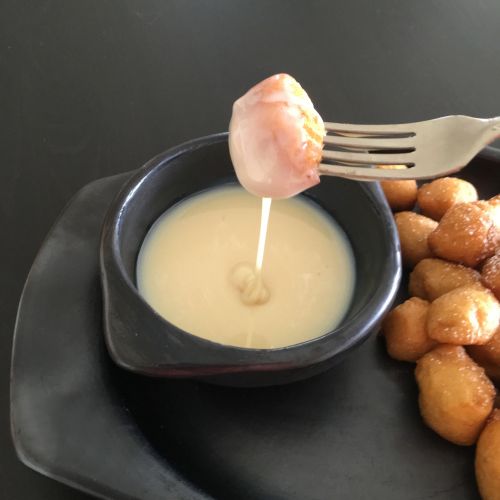
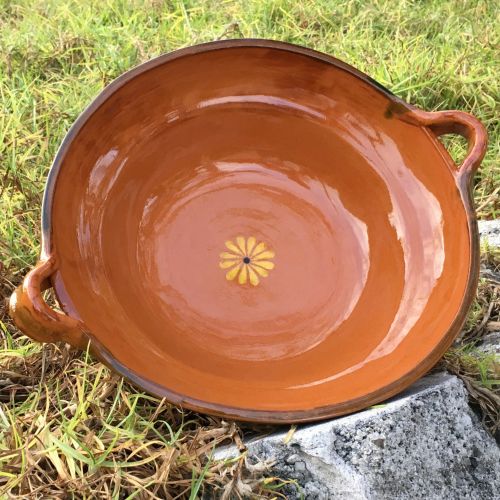
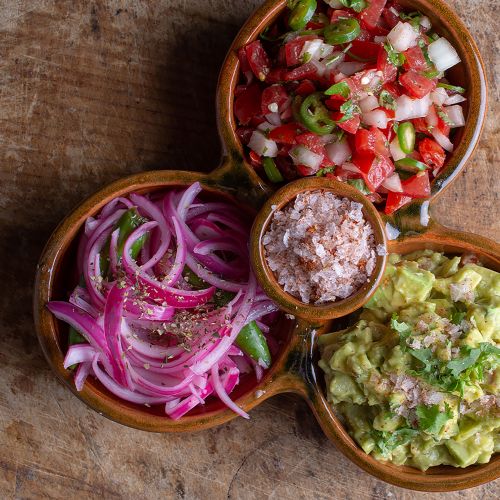
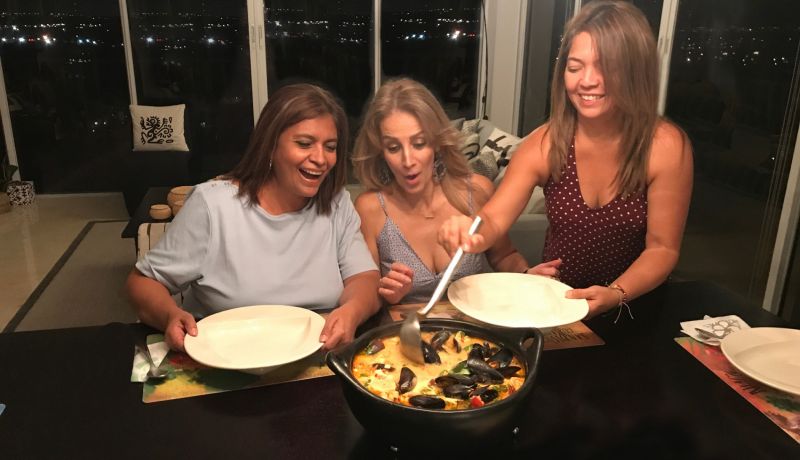
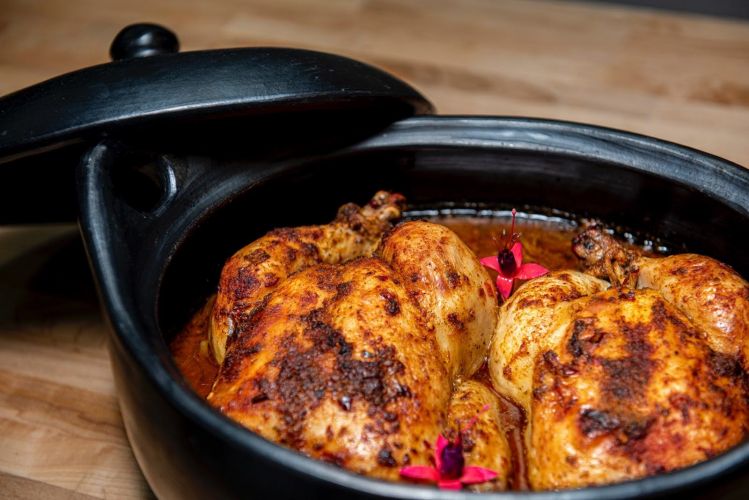
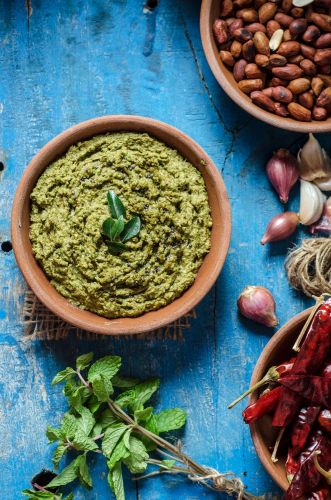
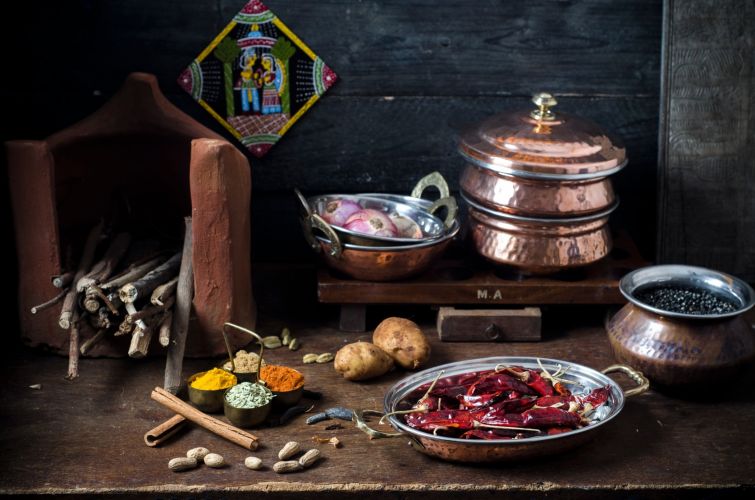
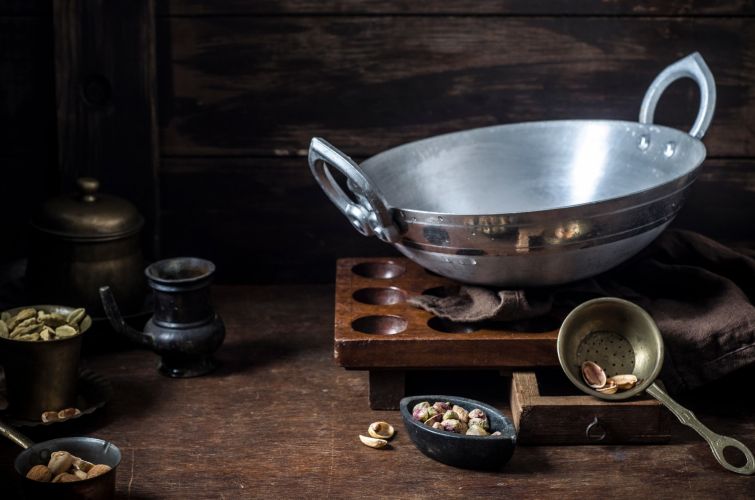
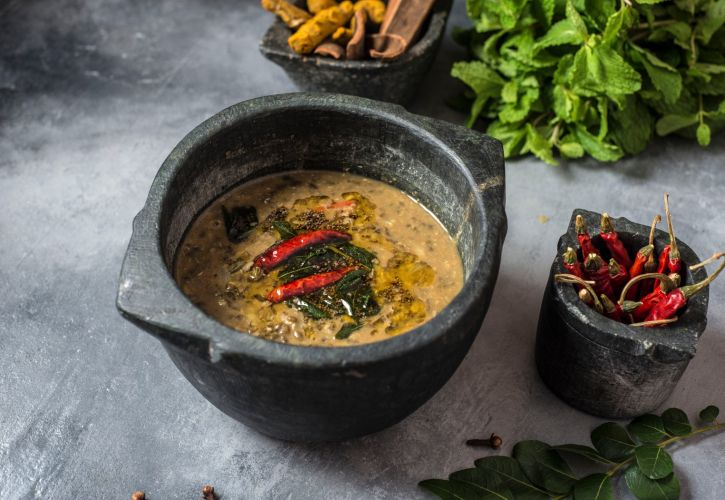
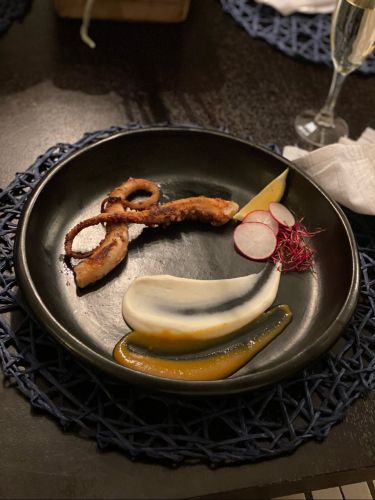
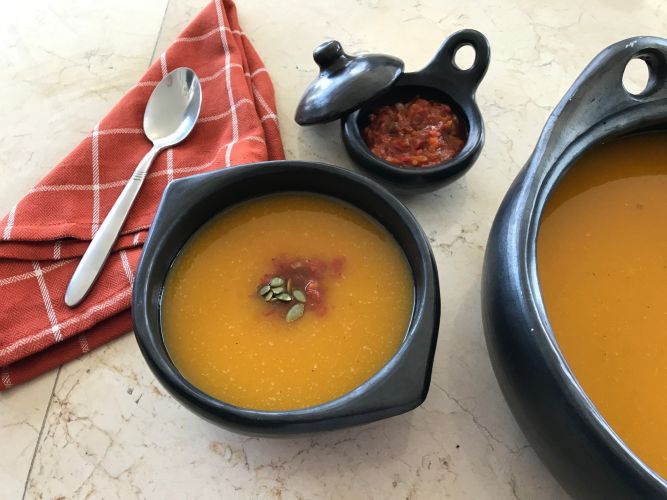
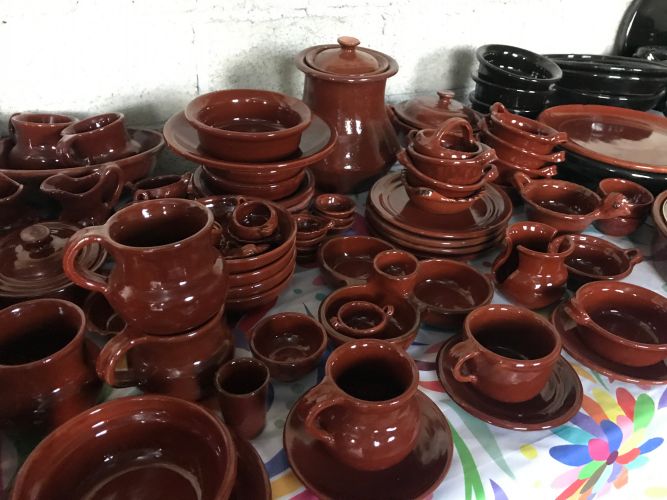
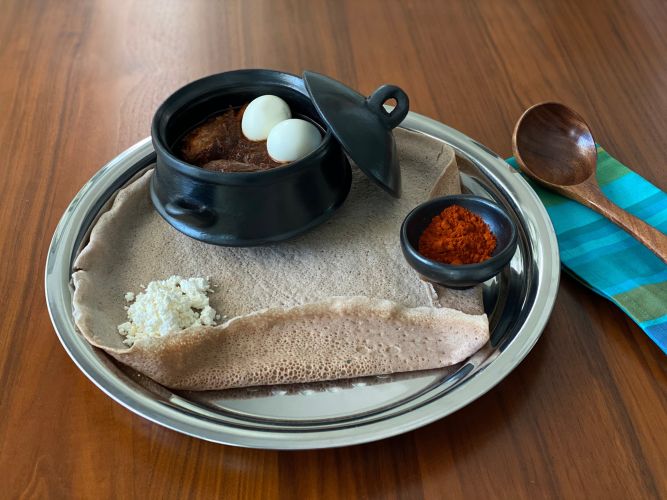
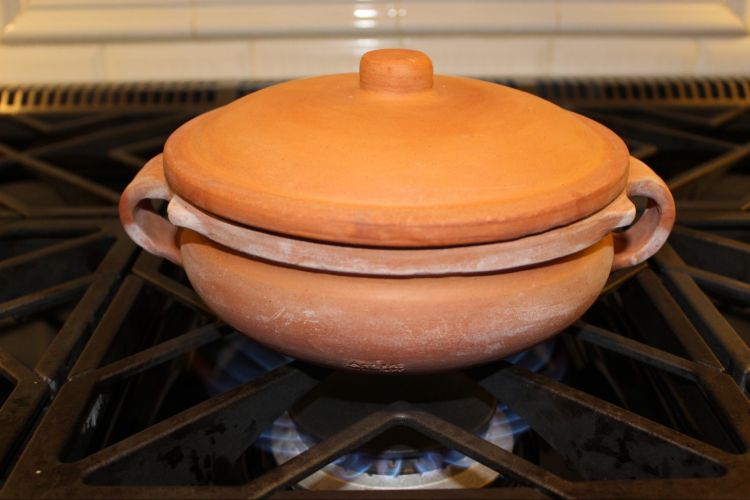
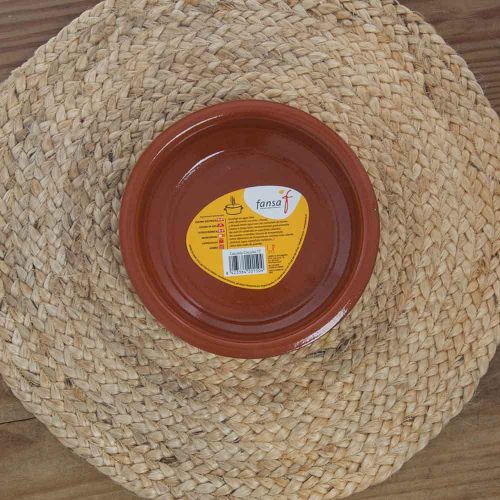
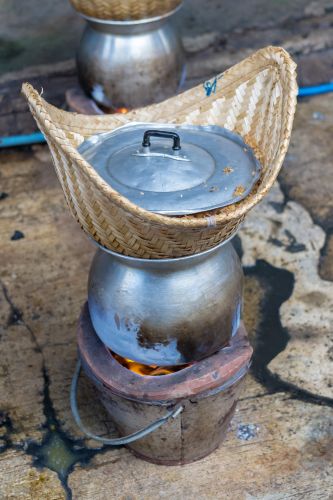
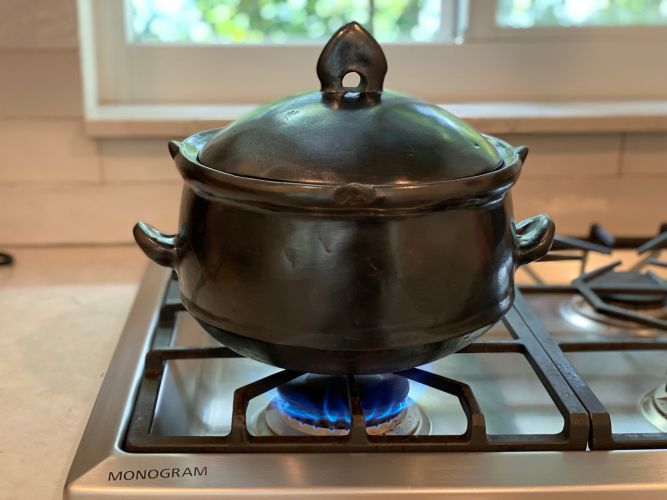
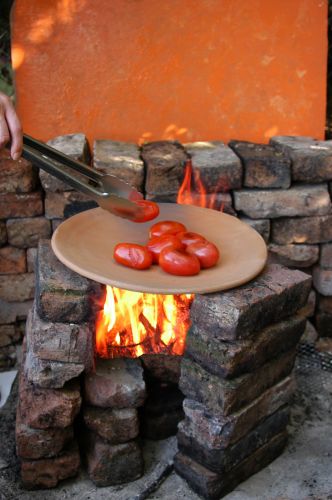
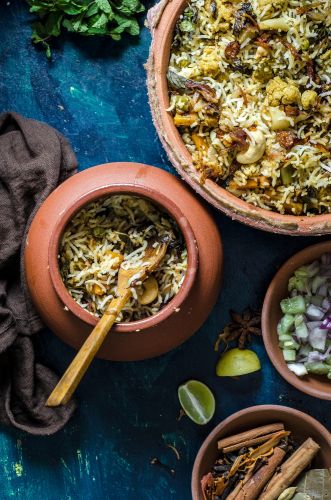
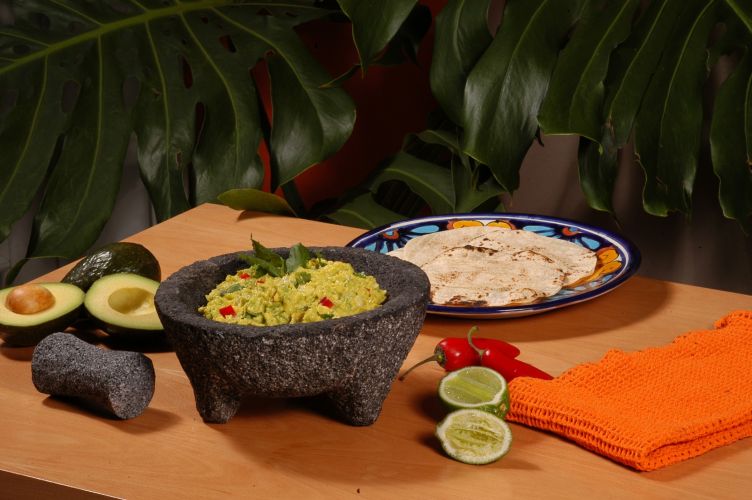
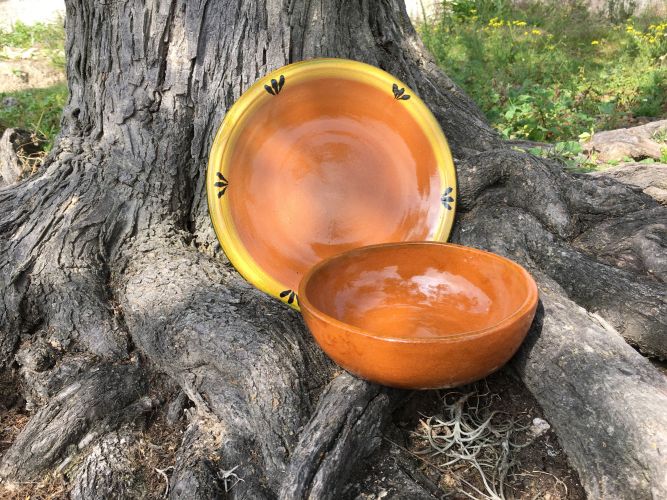
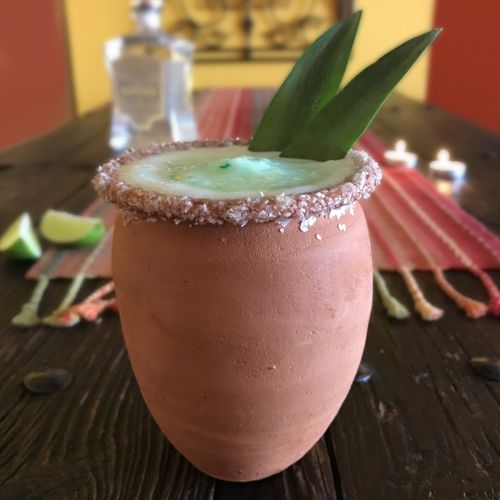
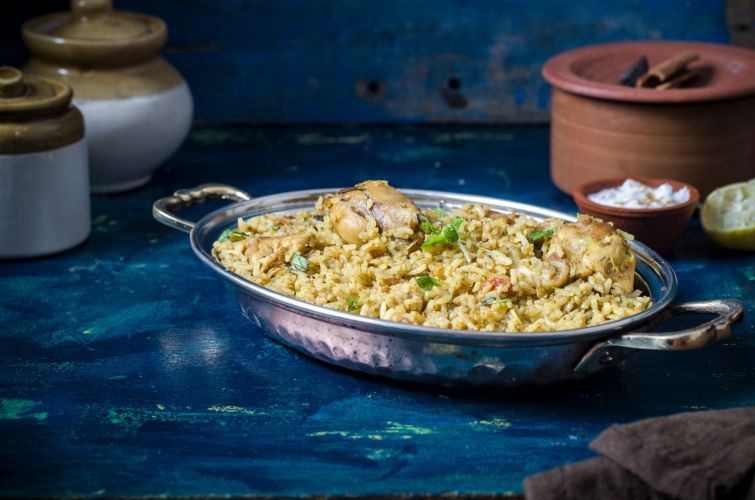
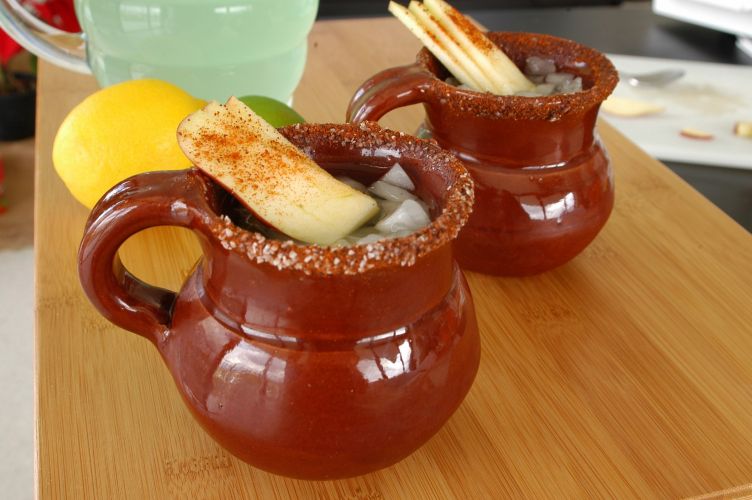
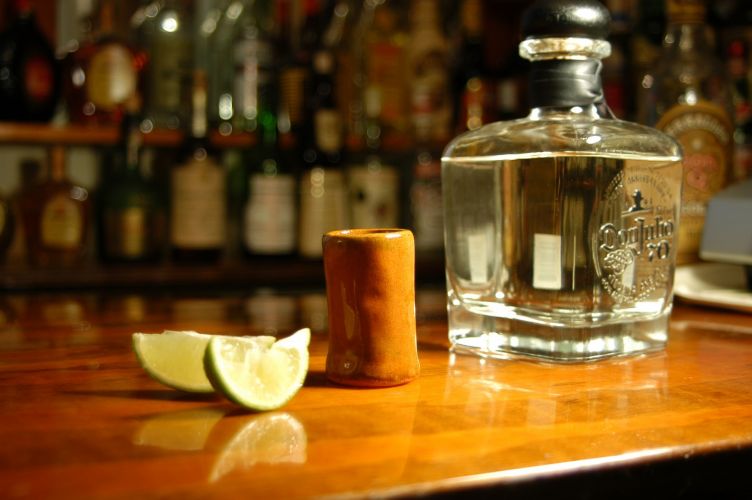
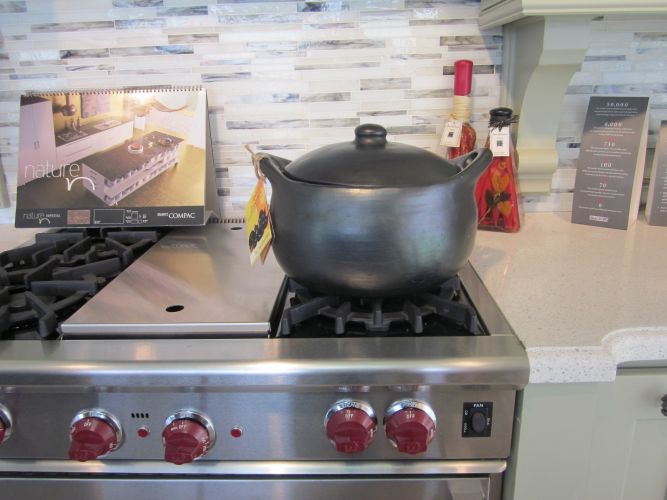
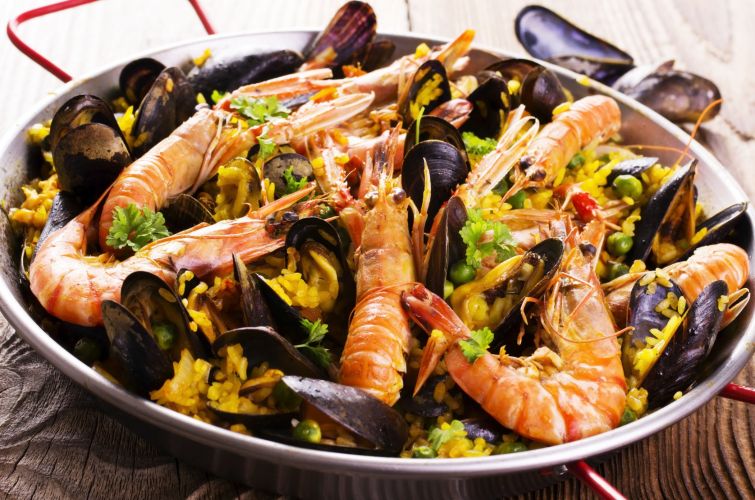
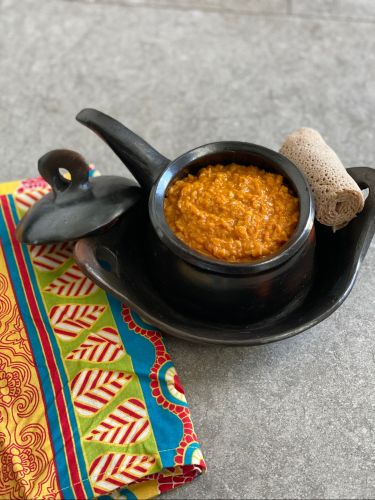
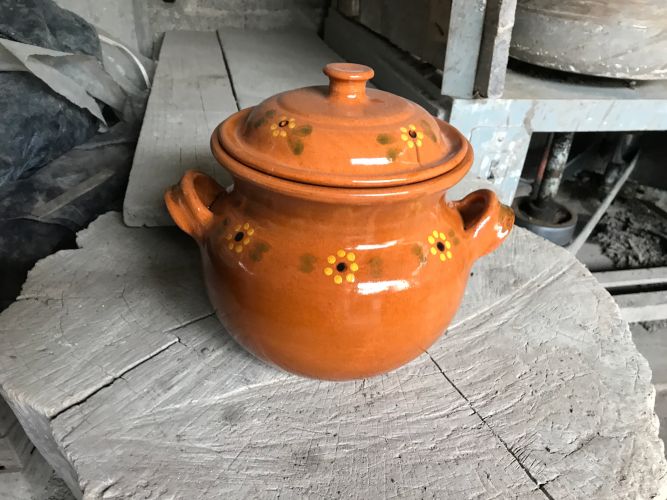
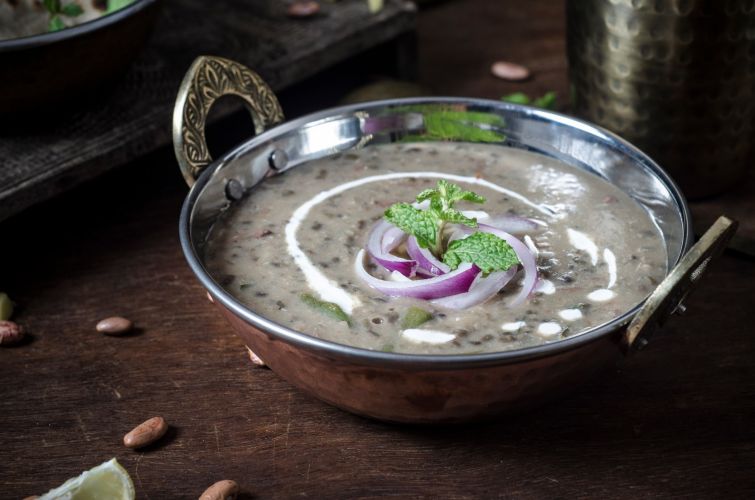
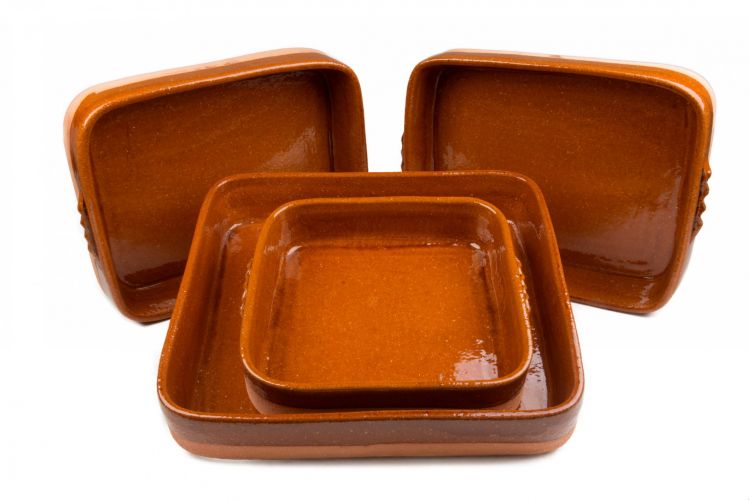
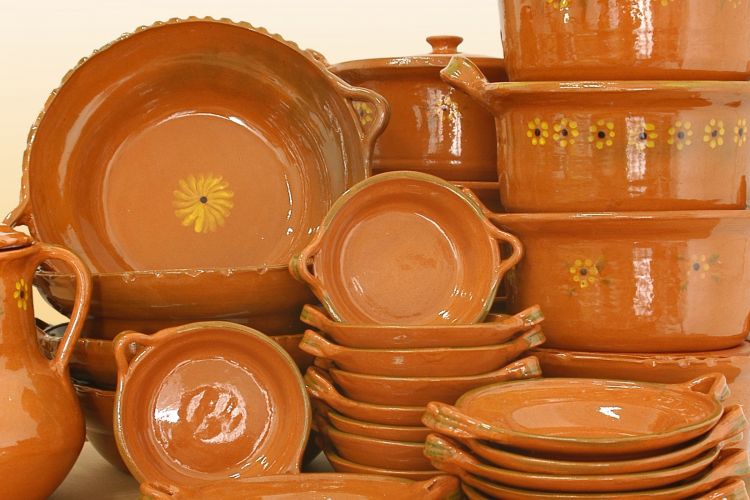
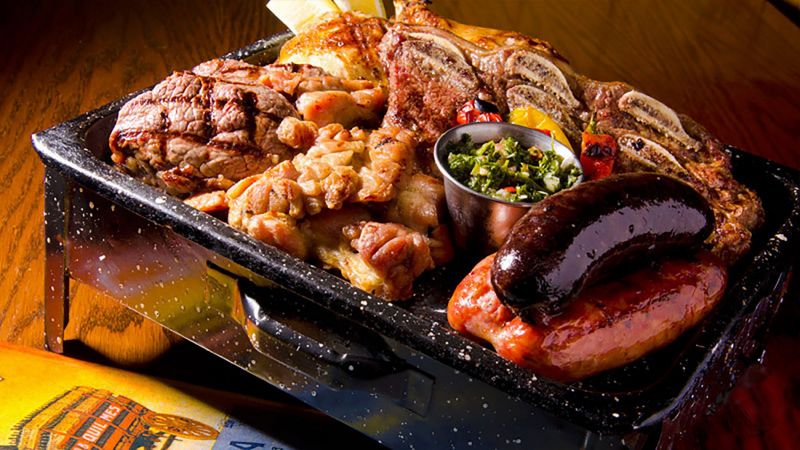
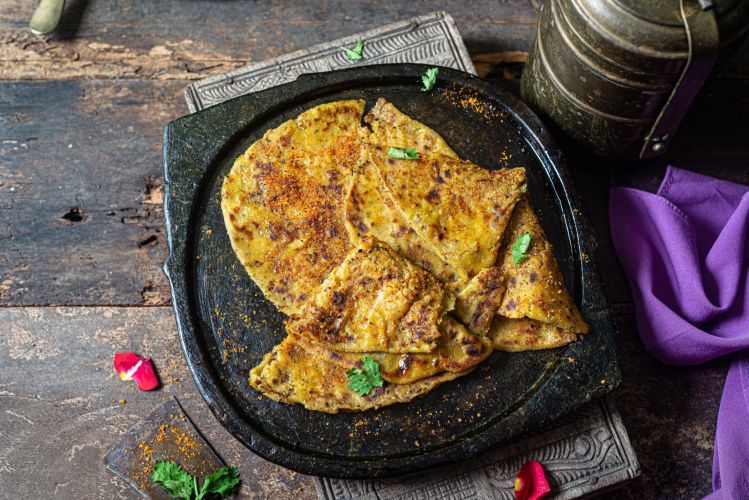
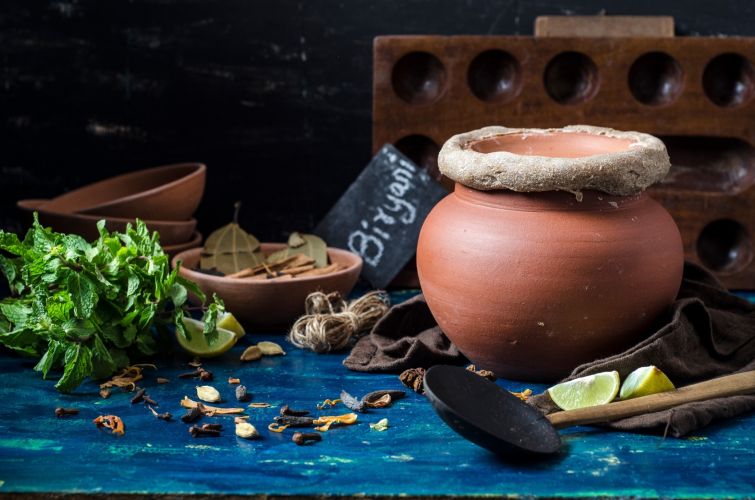
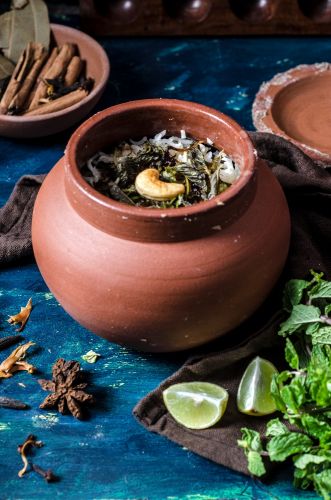

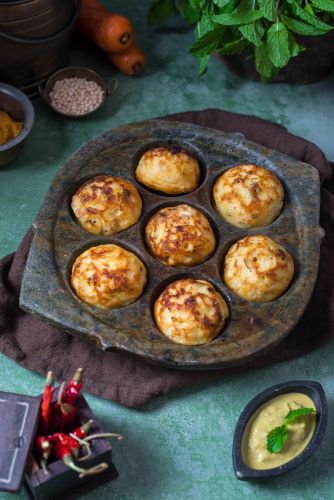
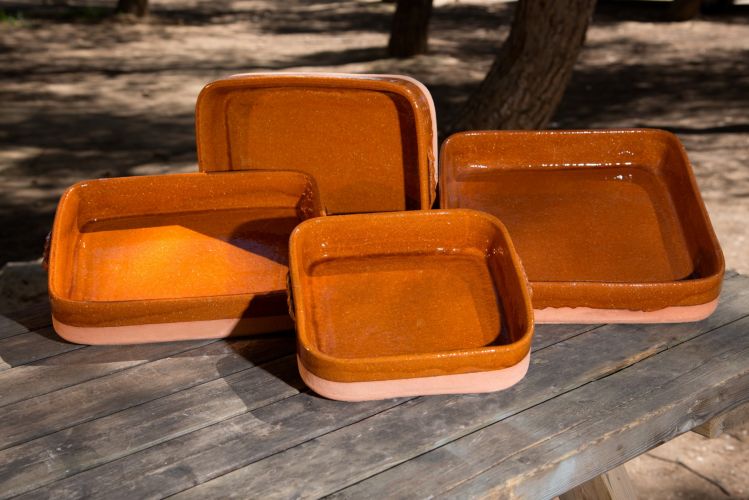
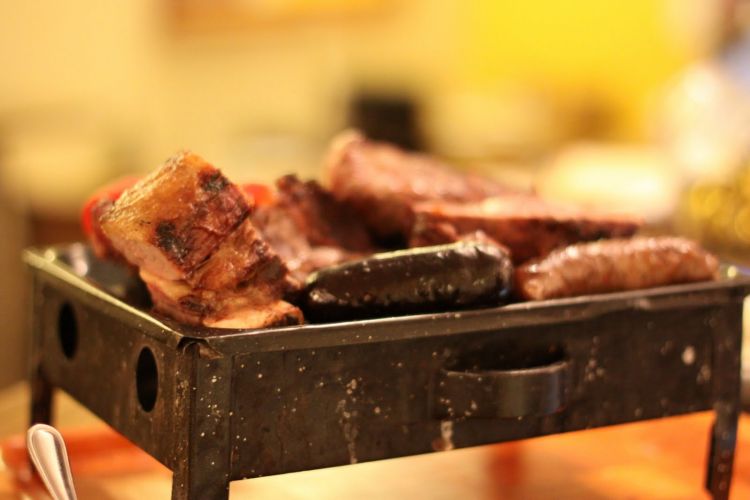
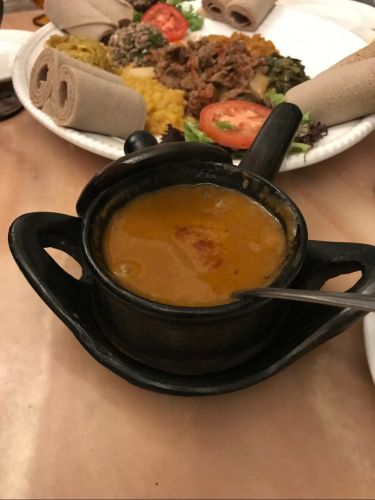
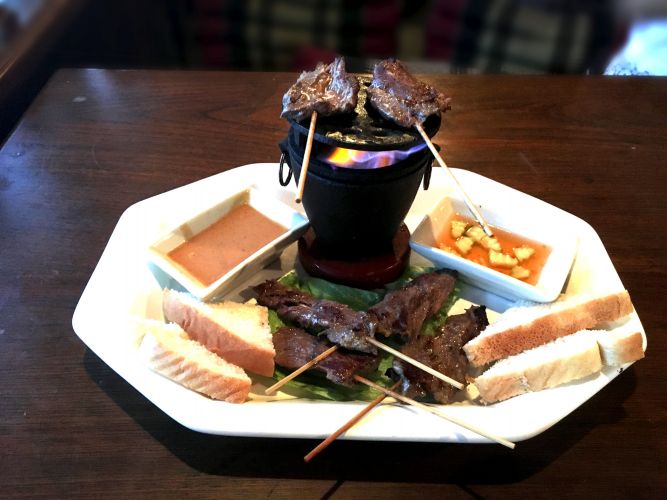
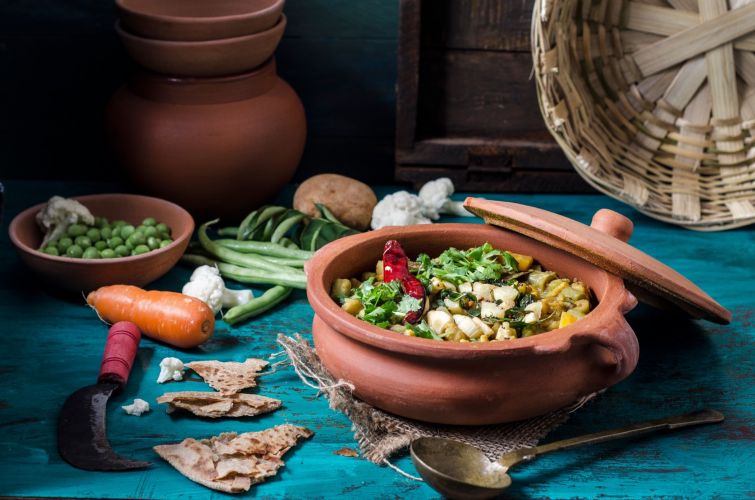
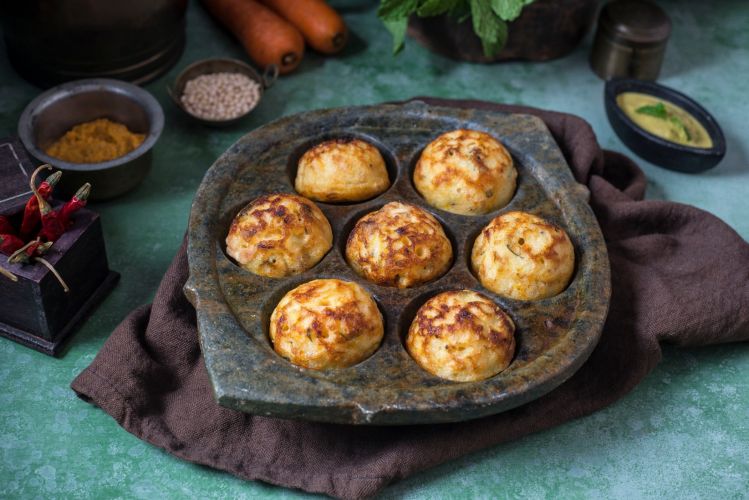
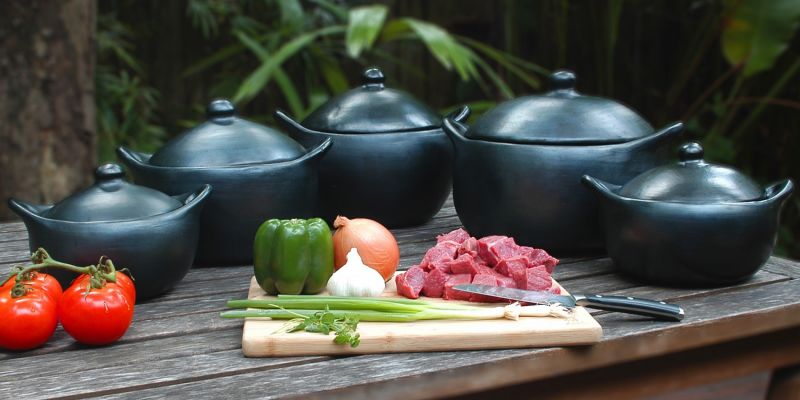
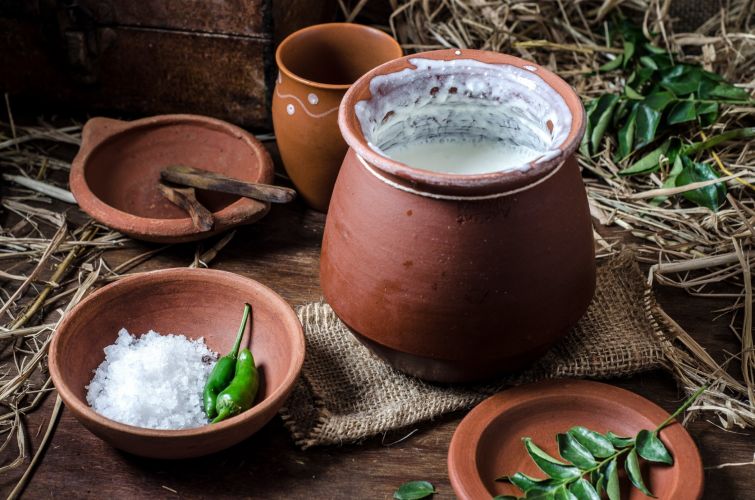
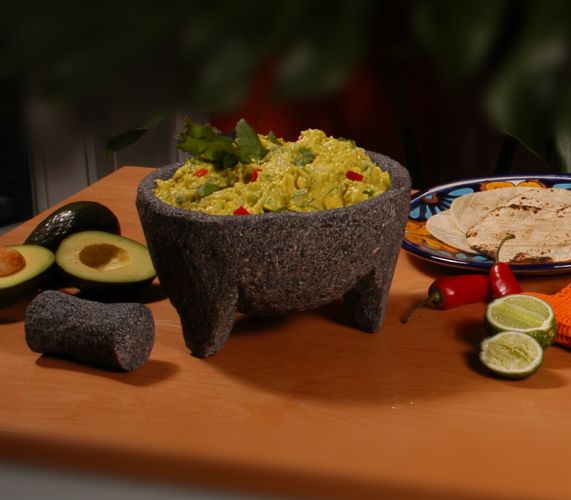
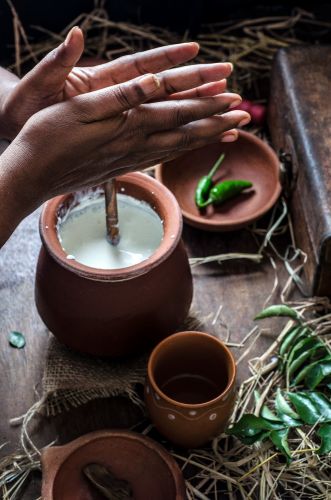
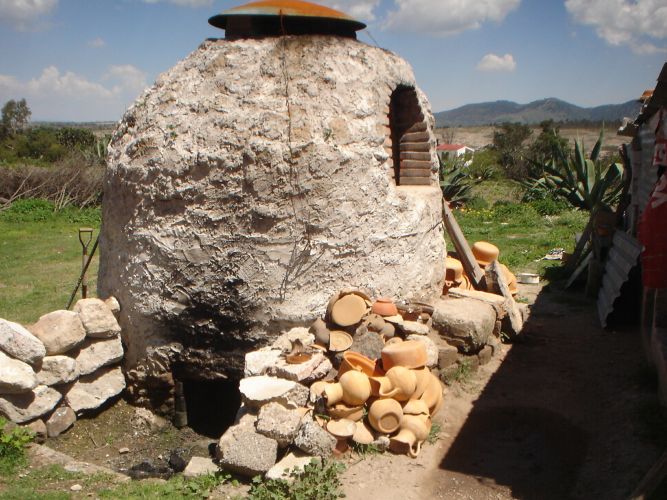
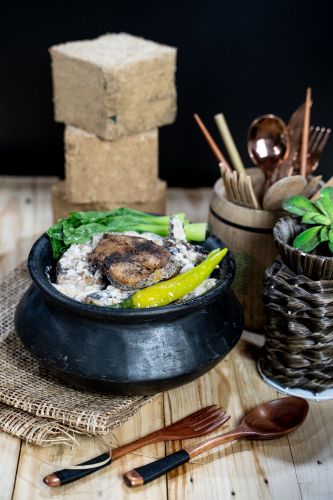
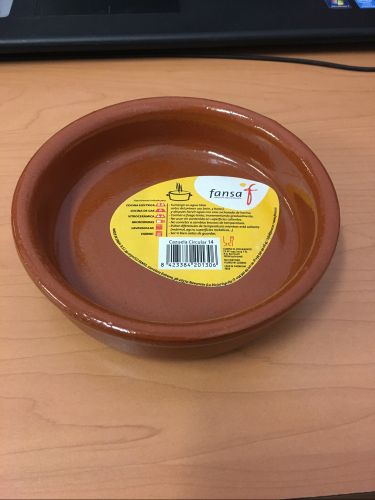
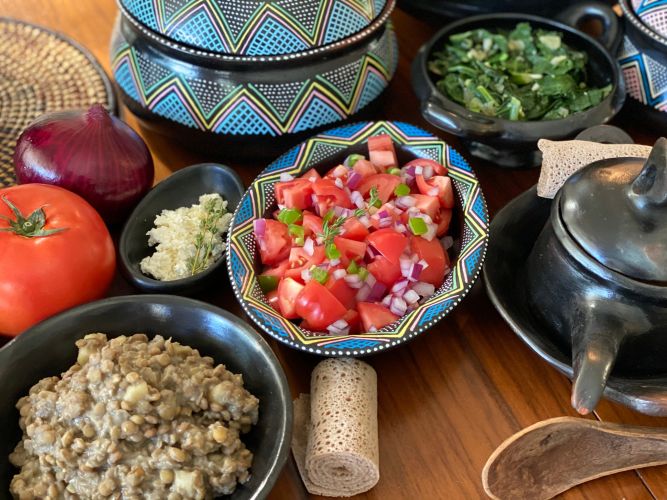
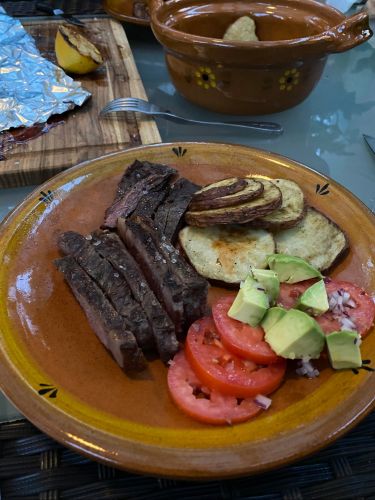
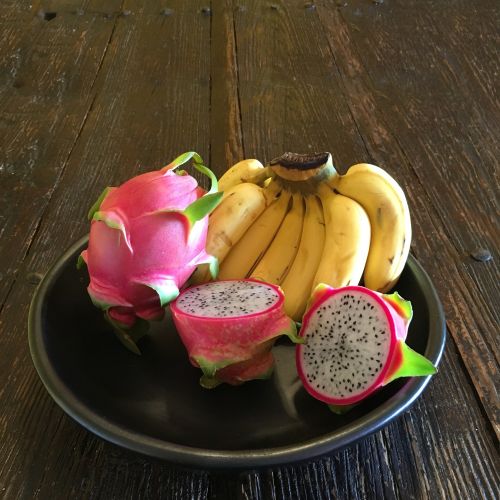
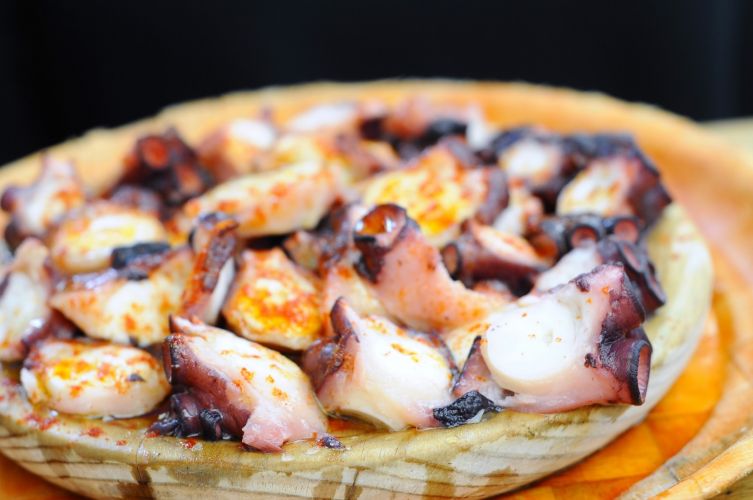
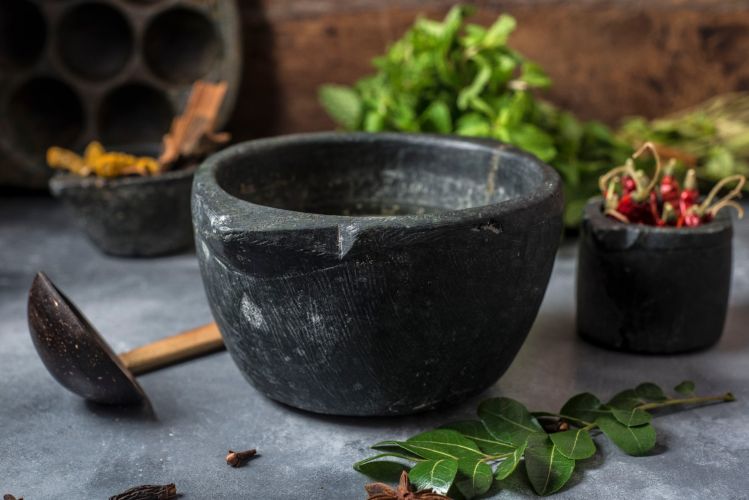
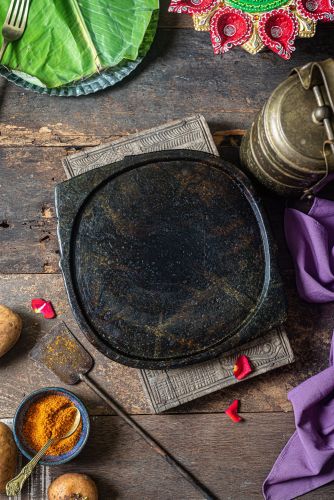
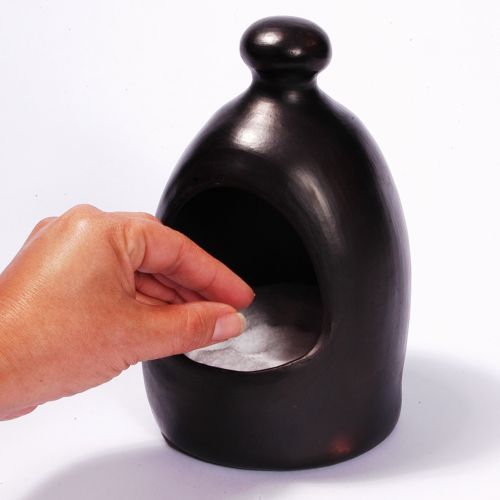
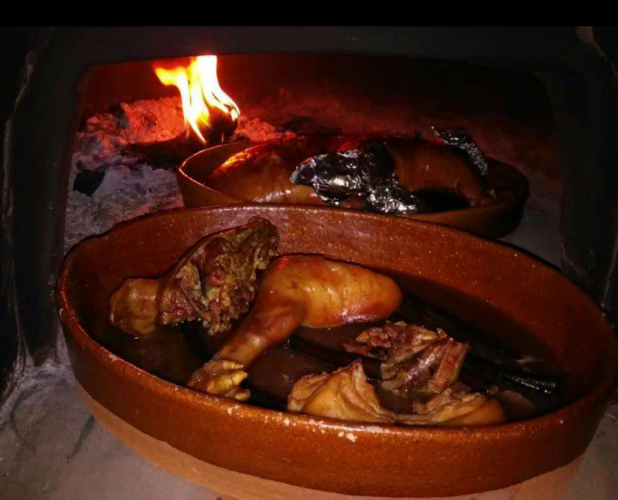
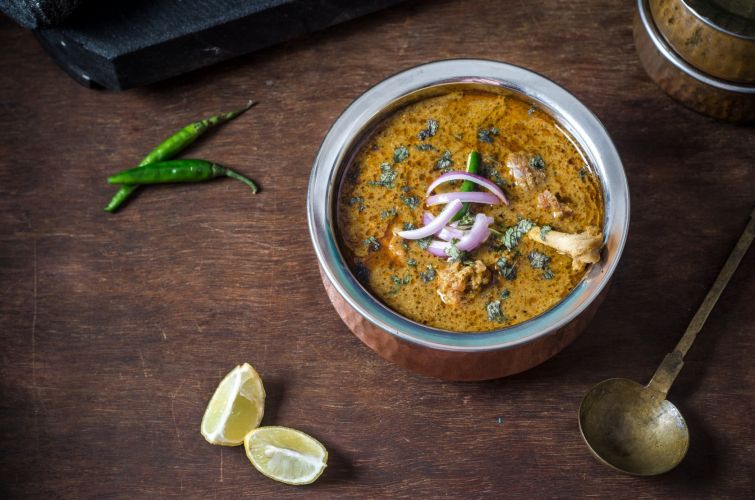
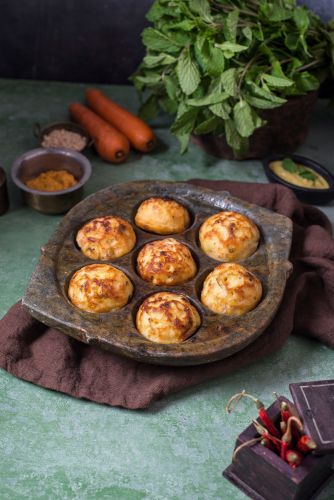
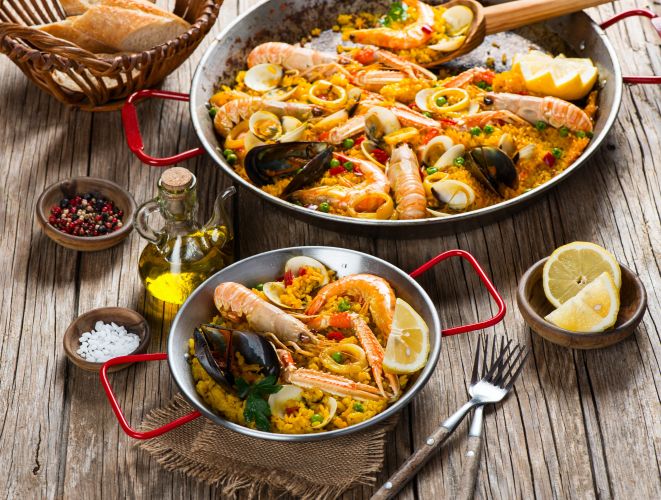
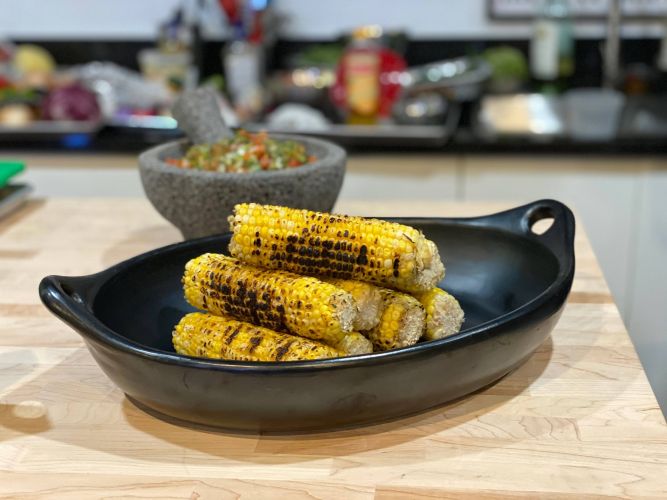
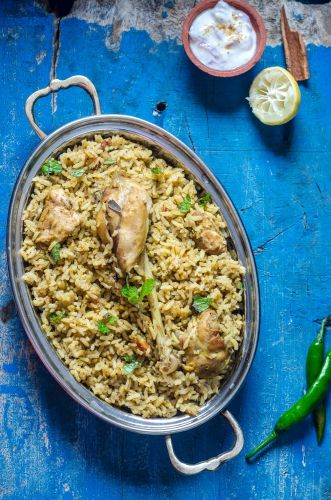
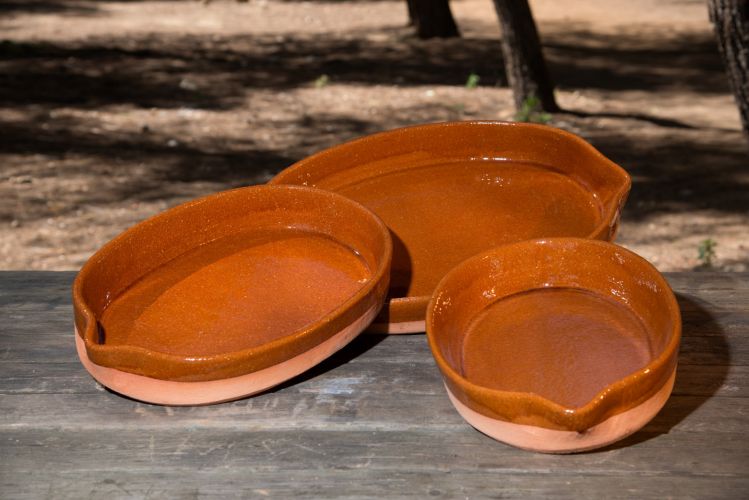
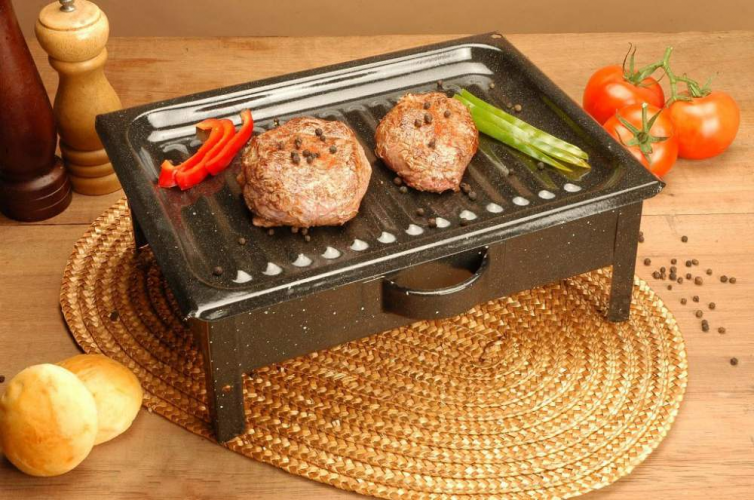
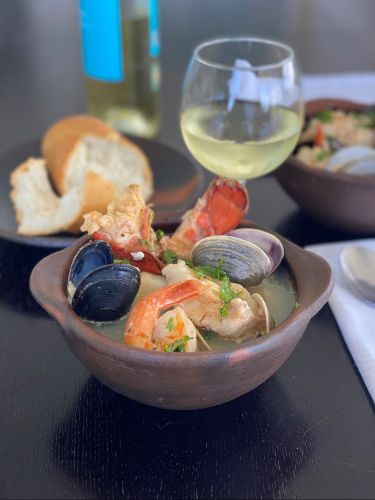
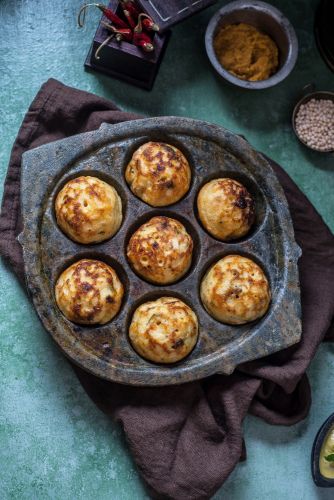
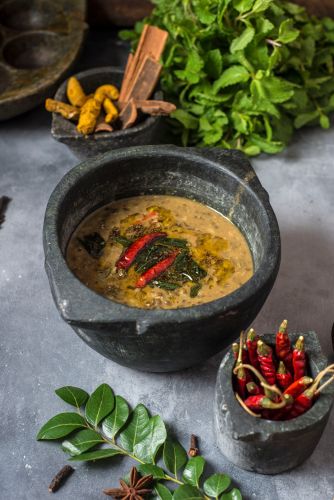
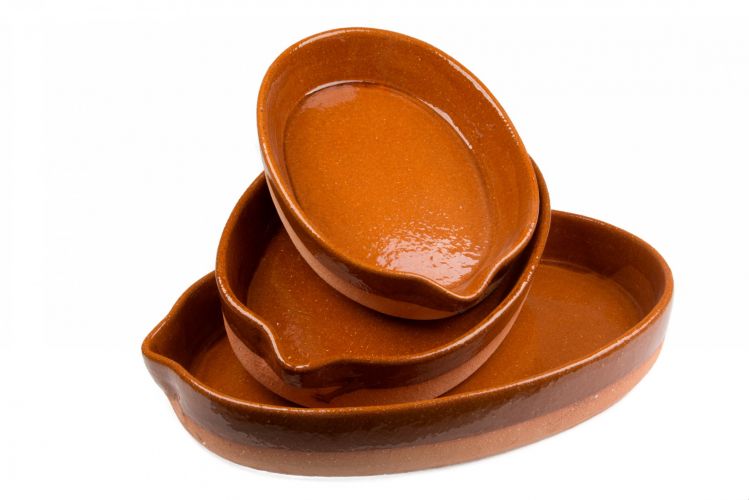
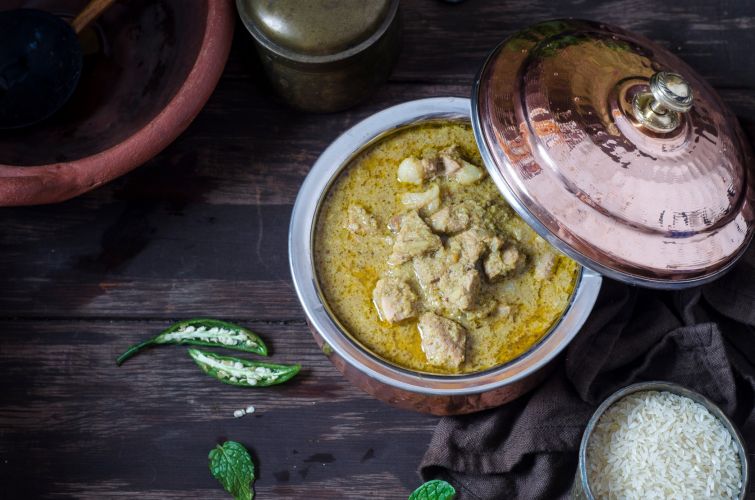
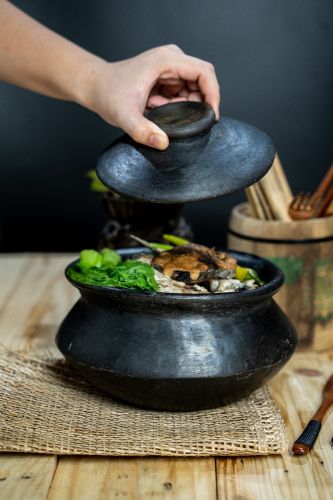
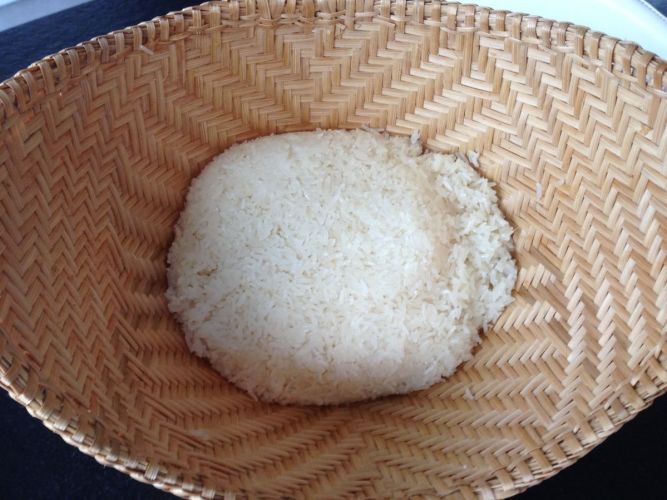
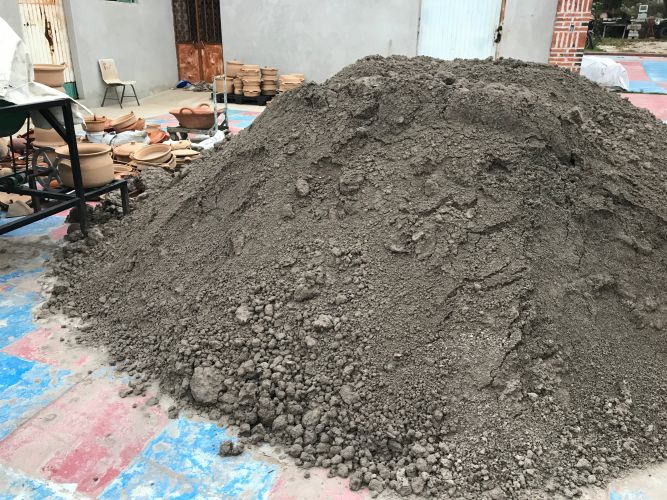
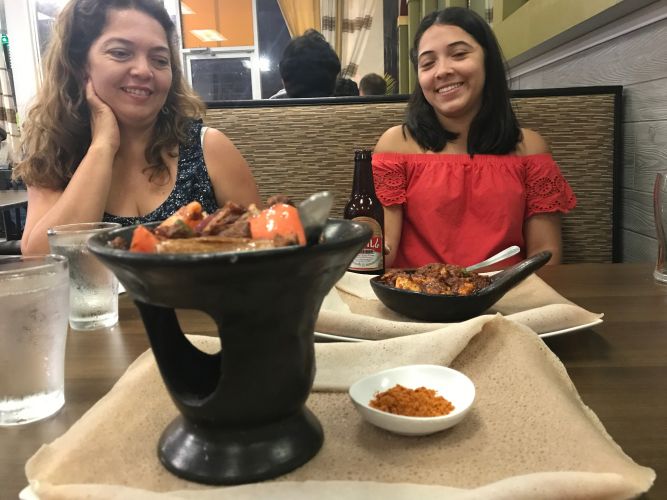
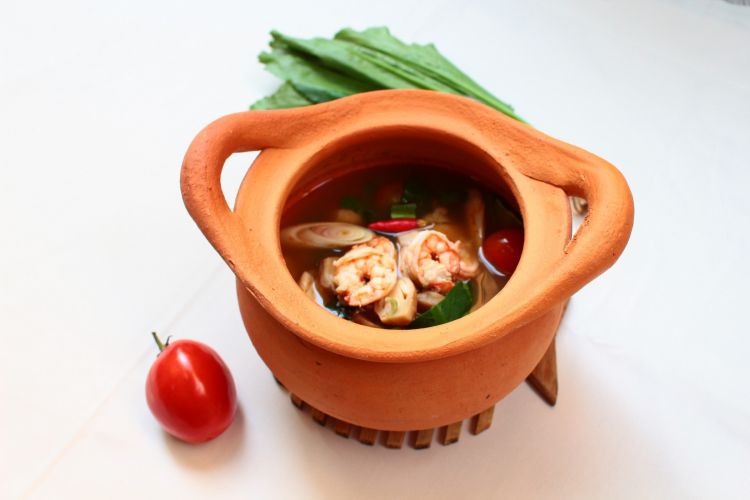
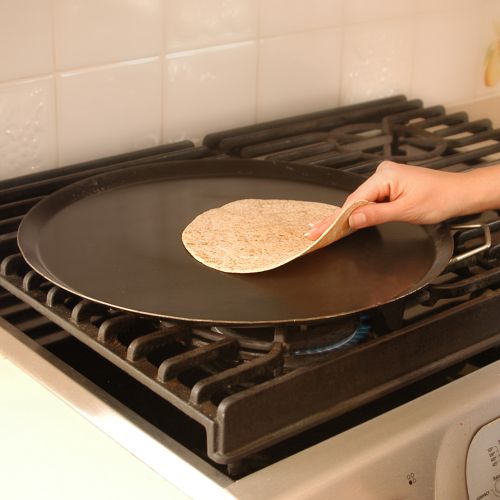
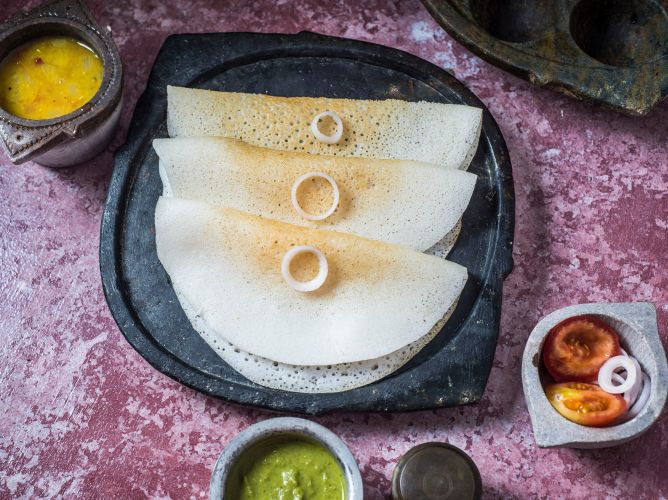
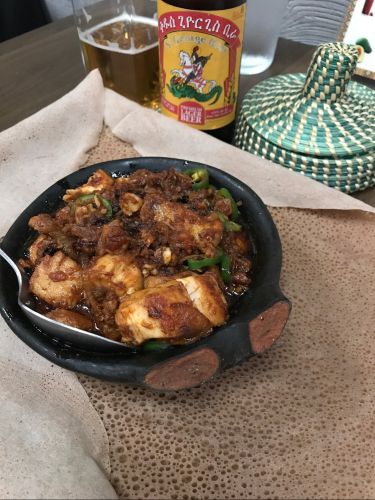
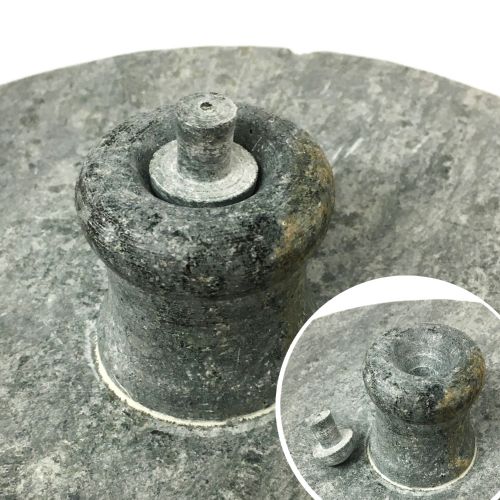
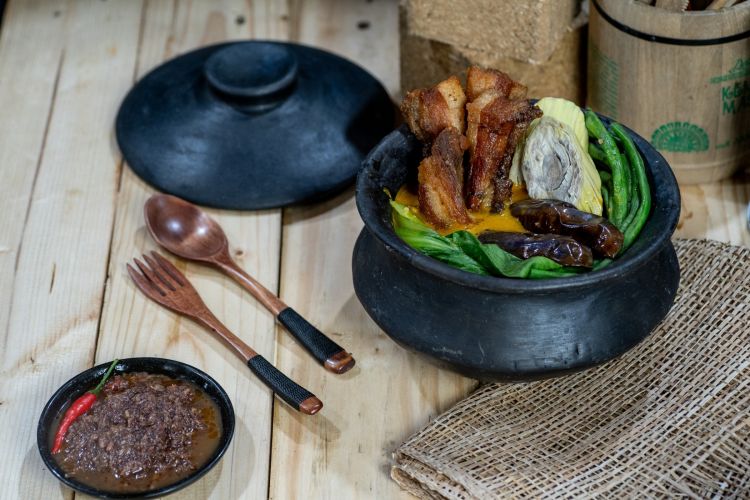
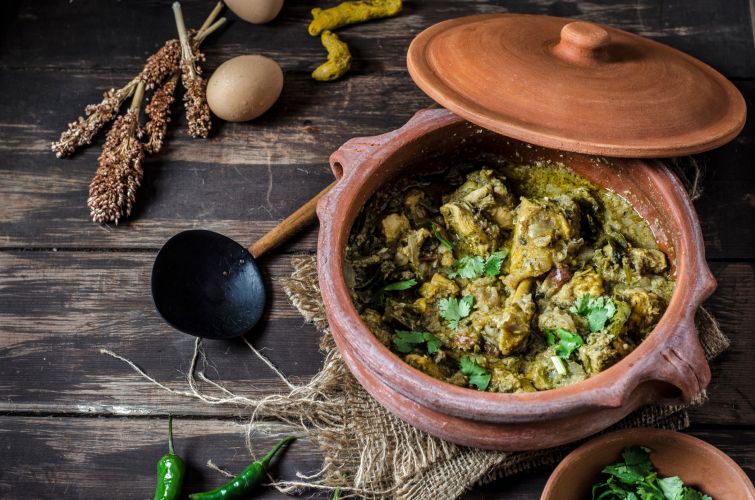
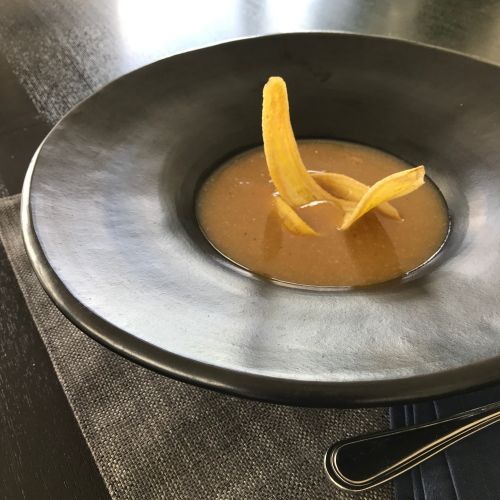
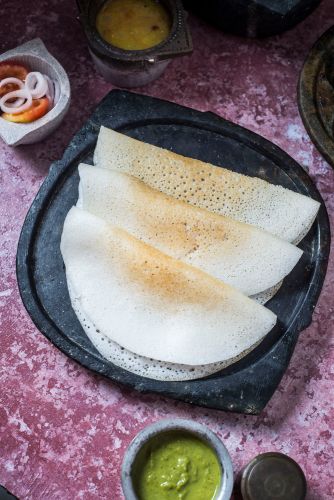
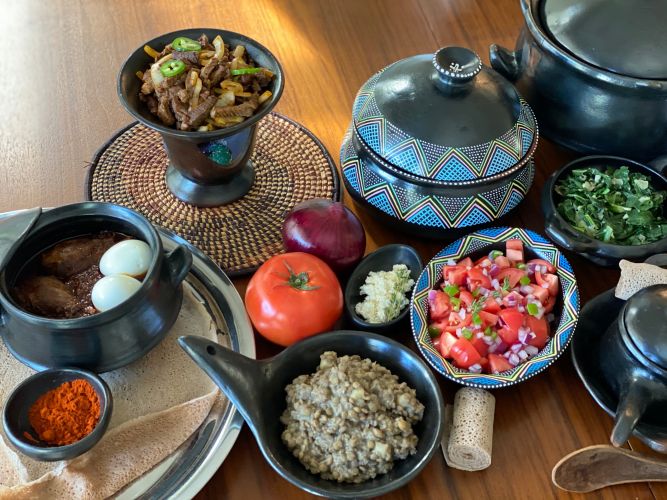
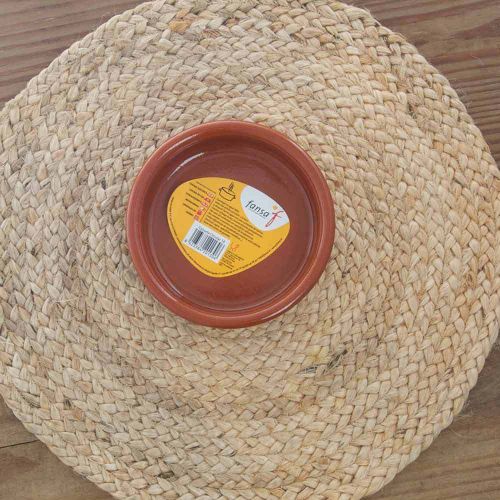
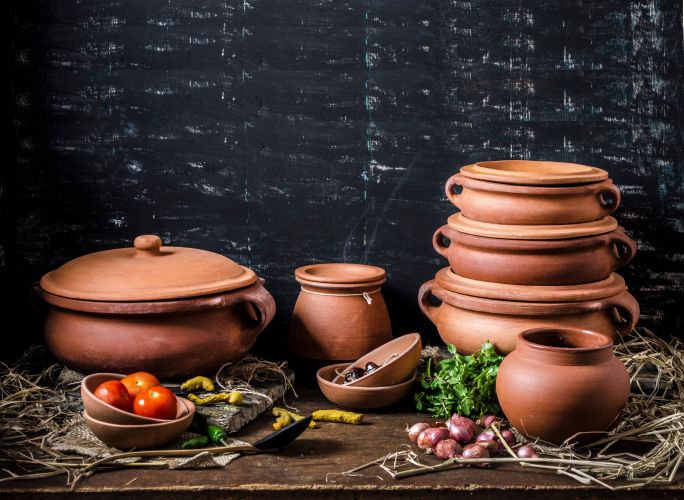
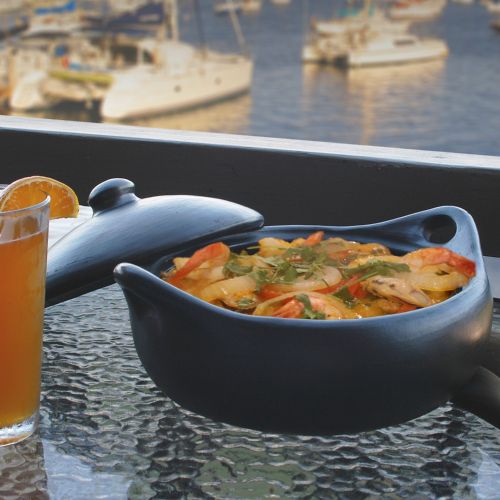
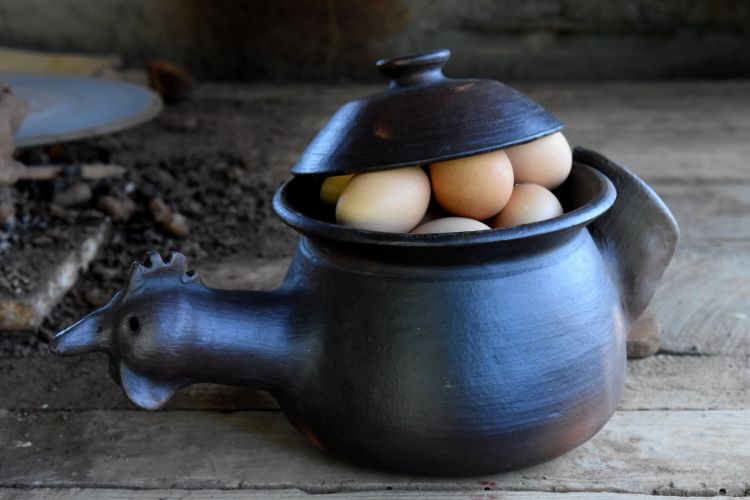
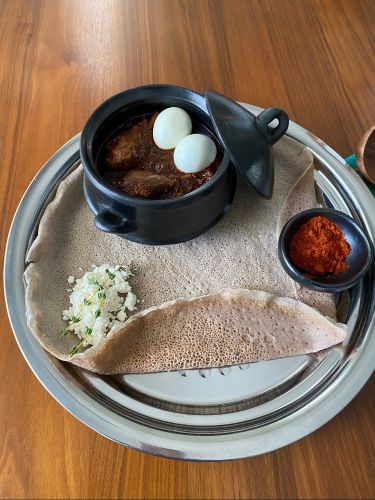
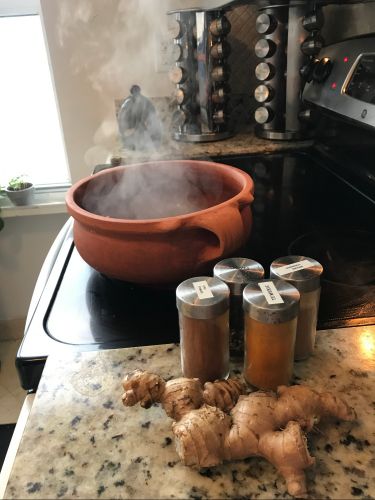
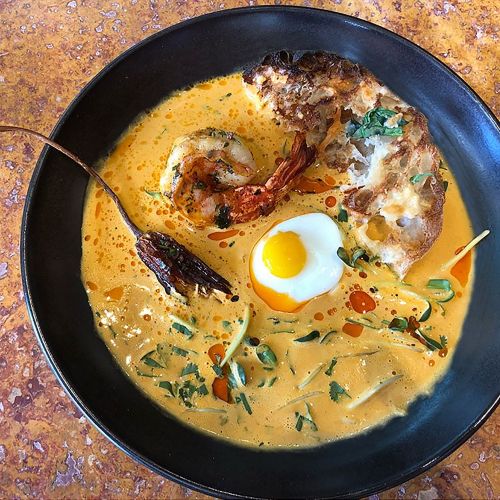
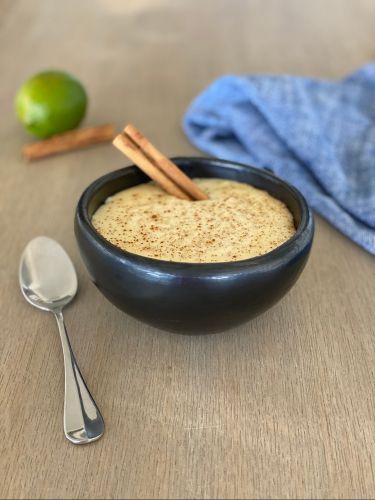

 Gallery
Gallery